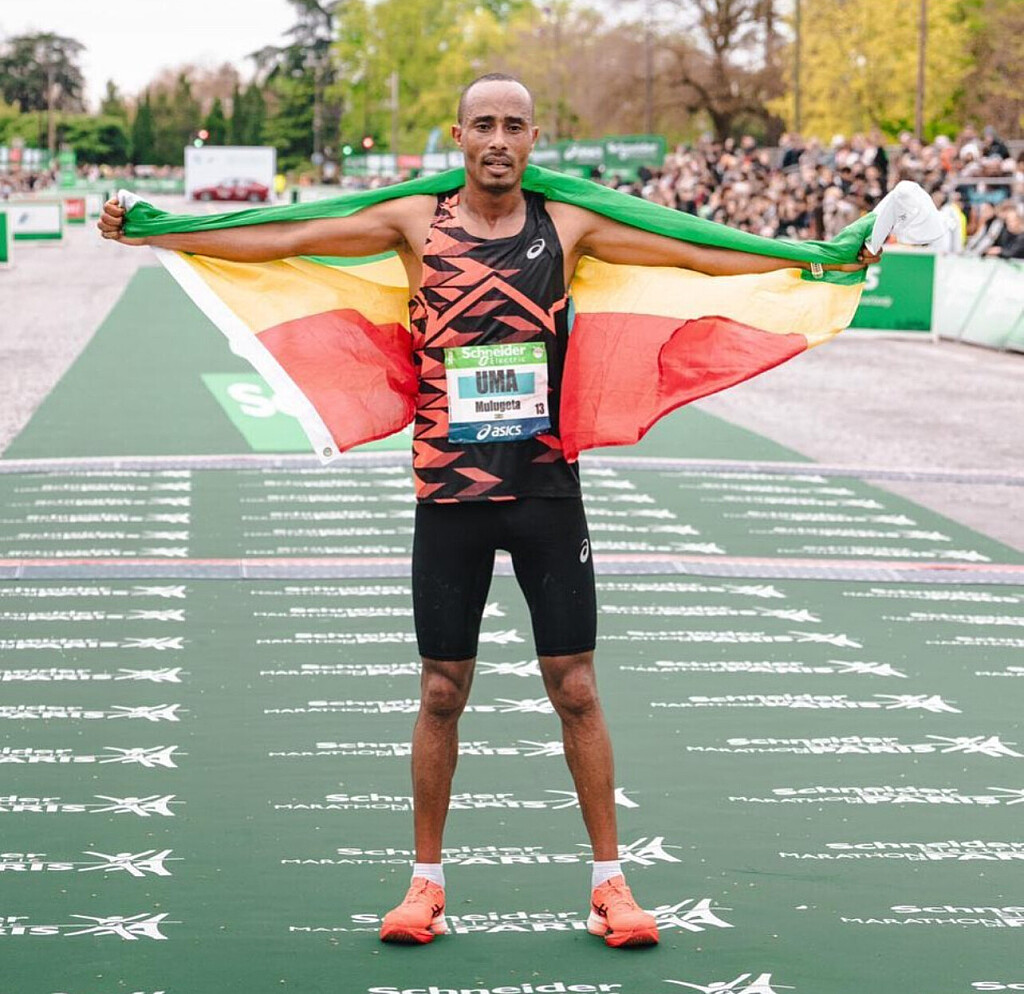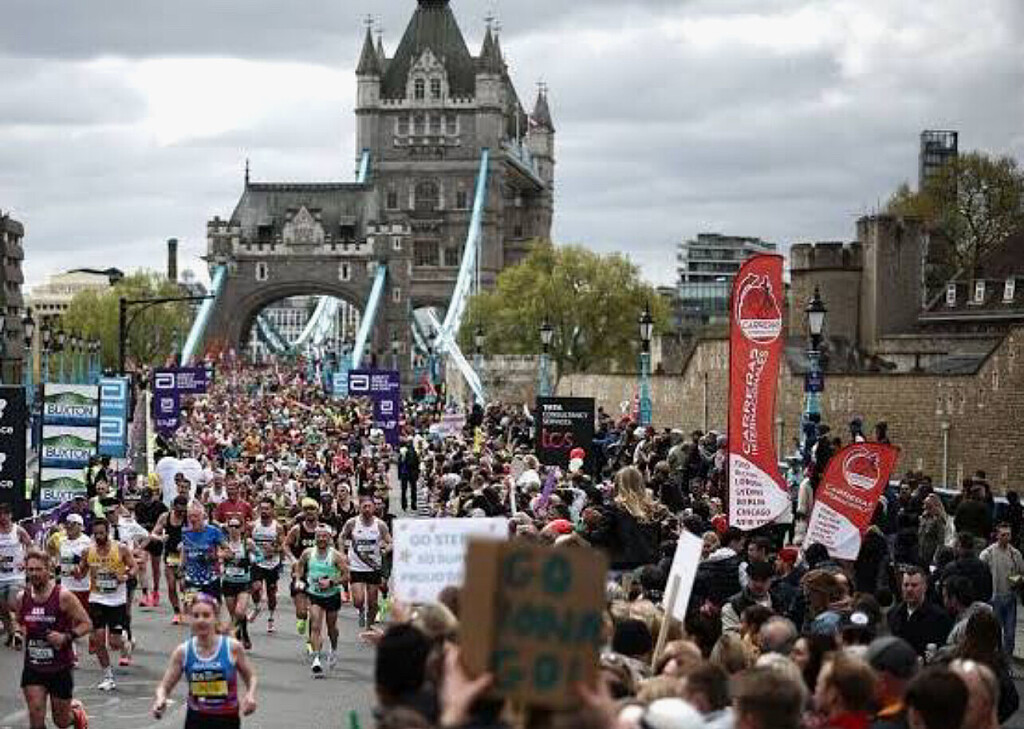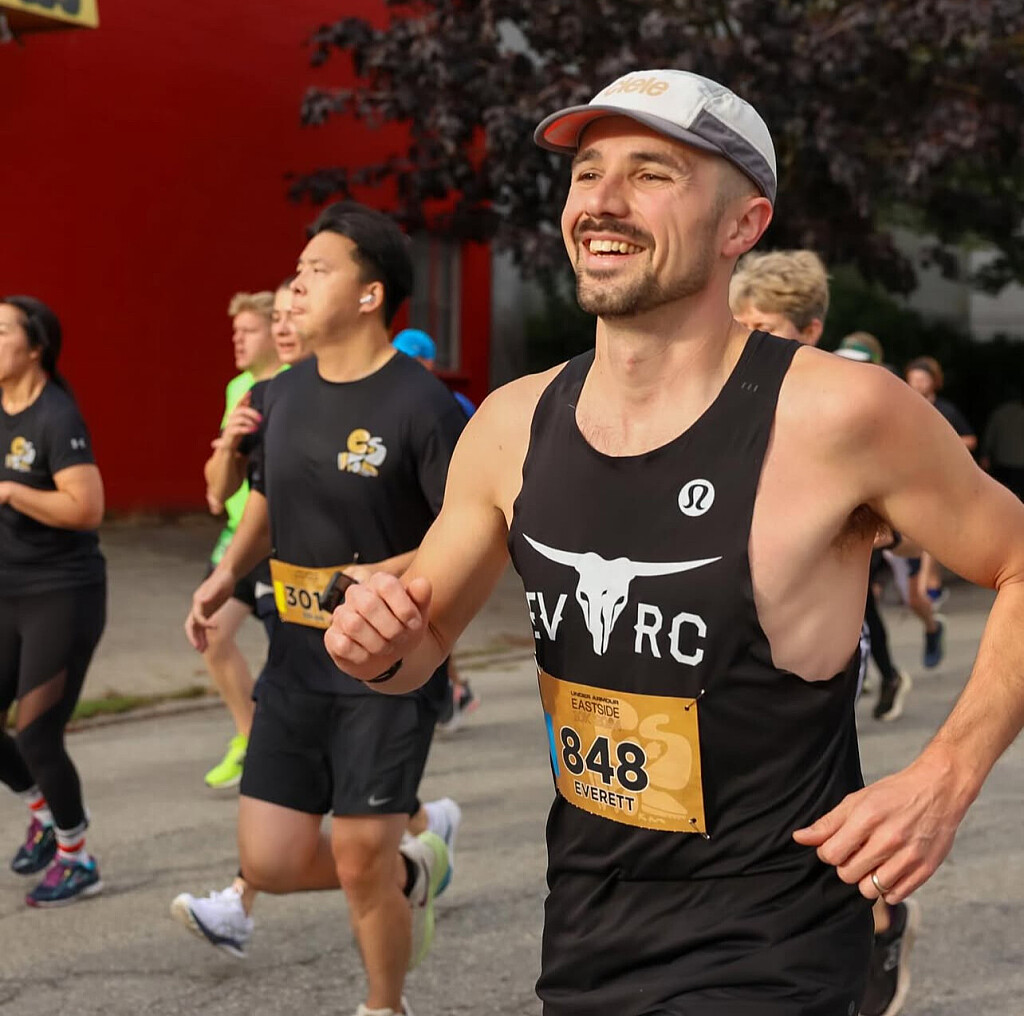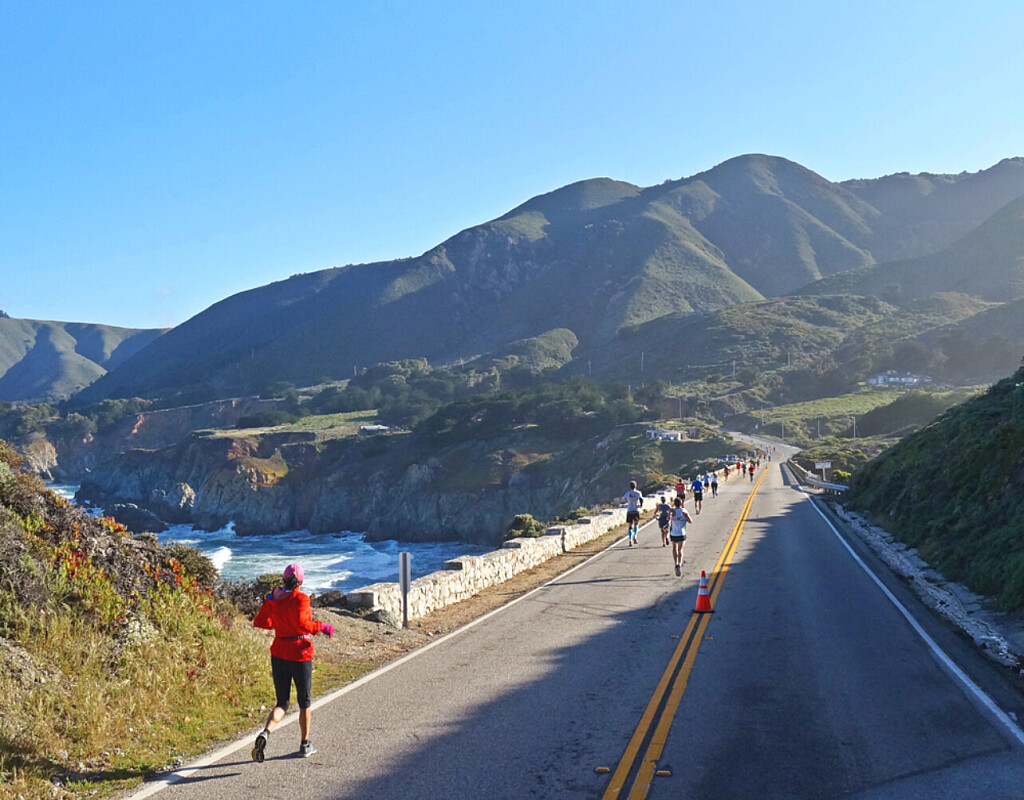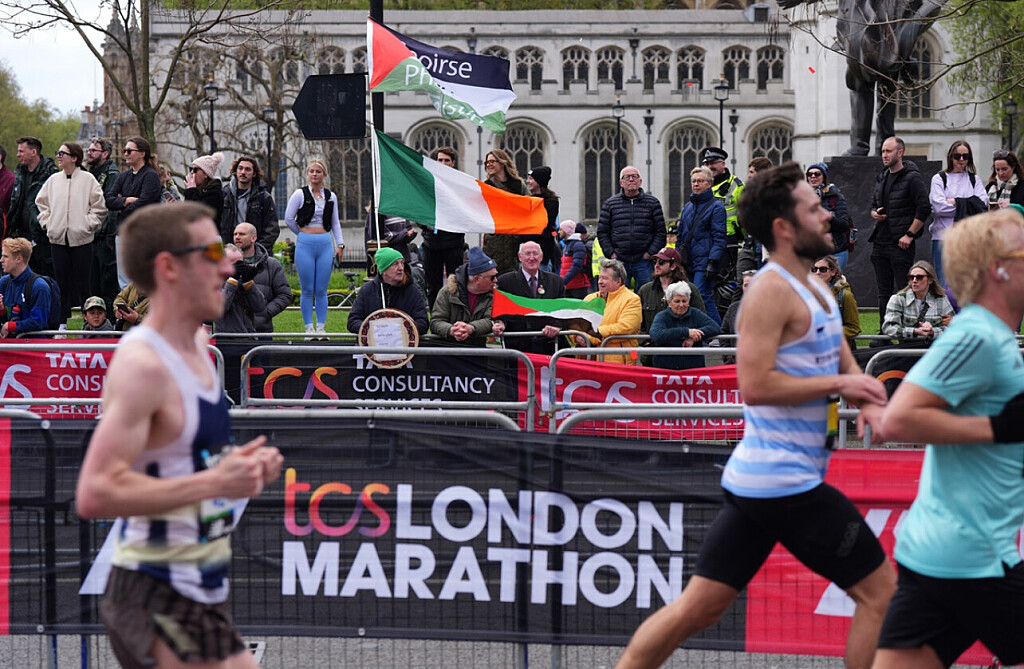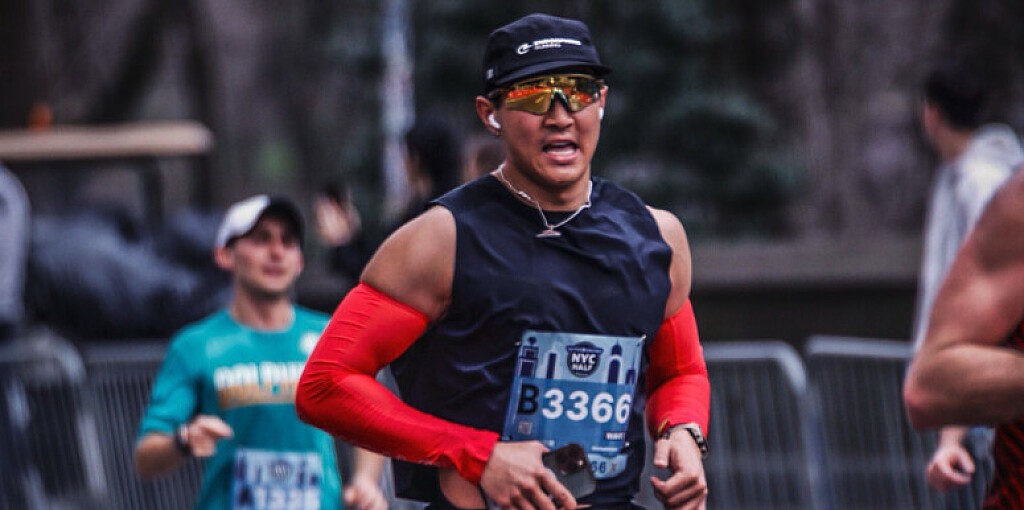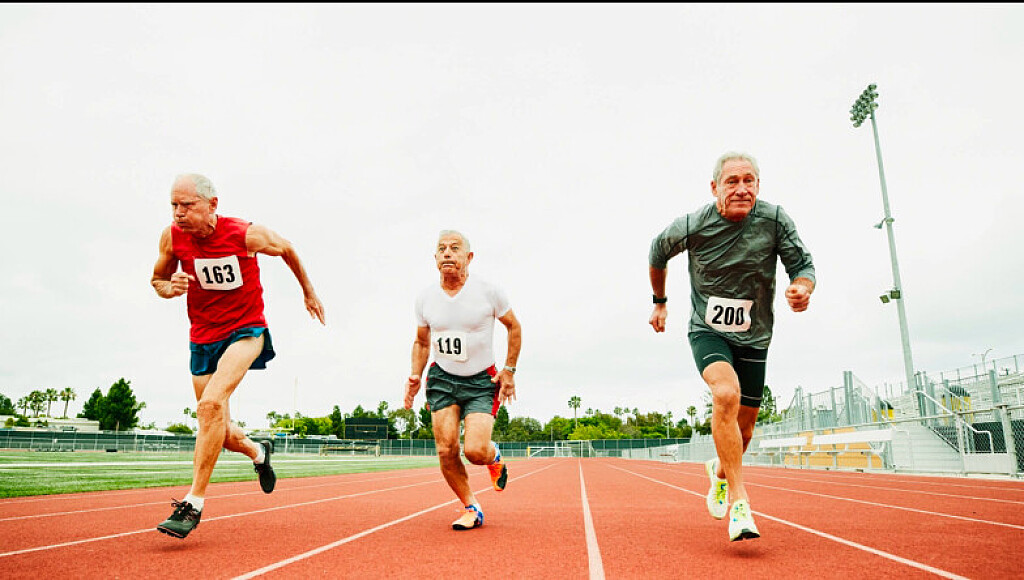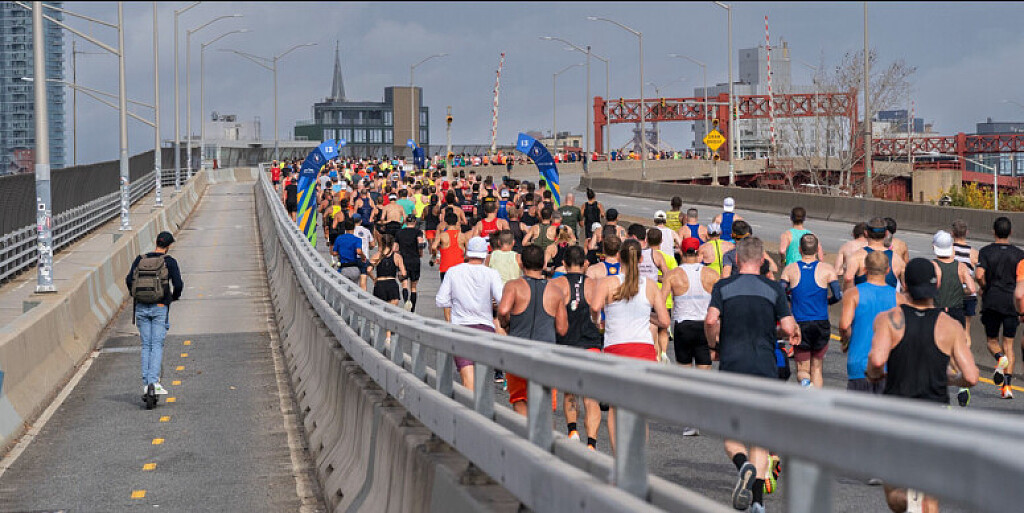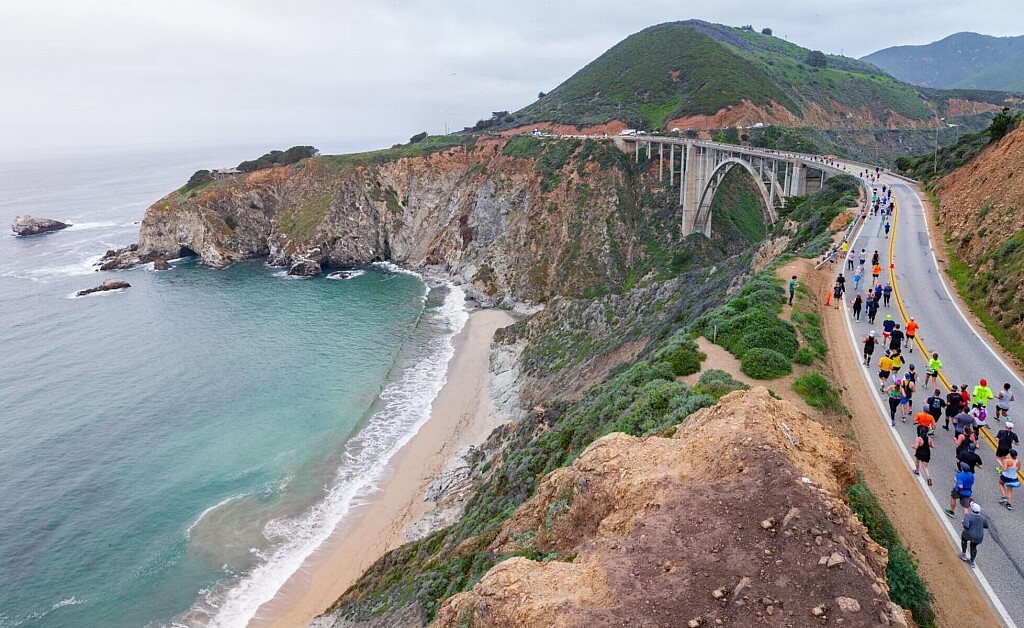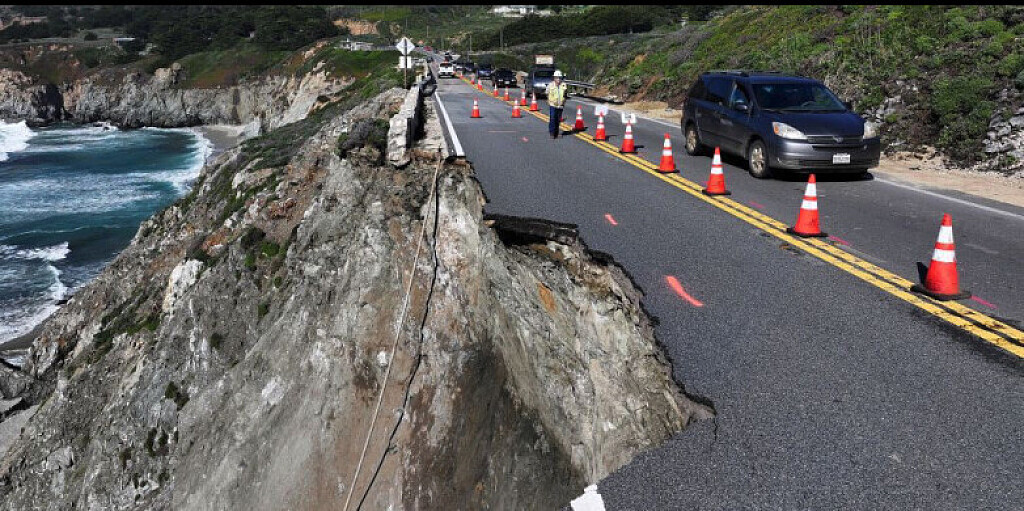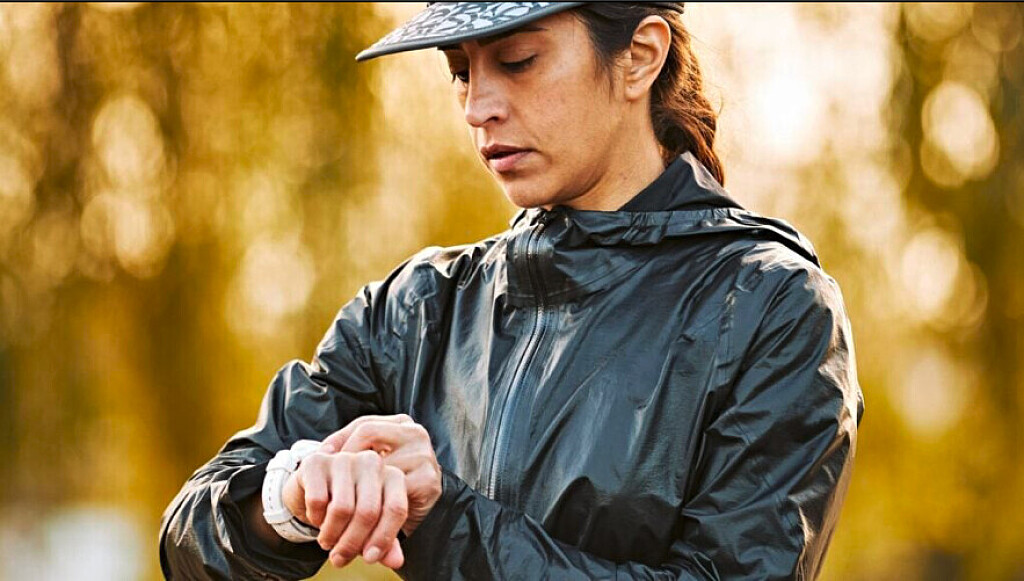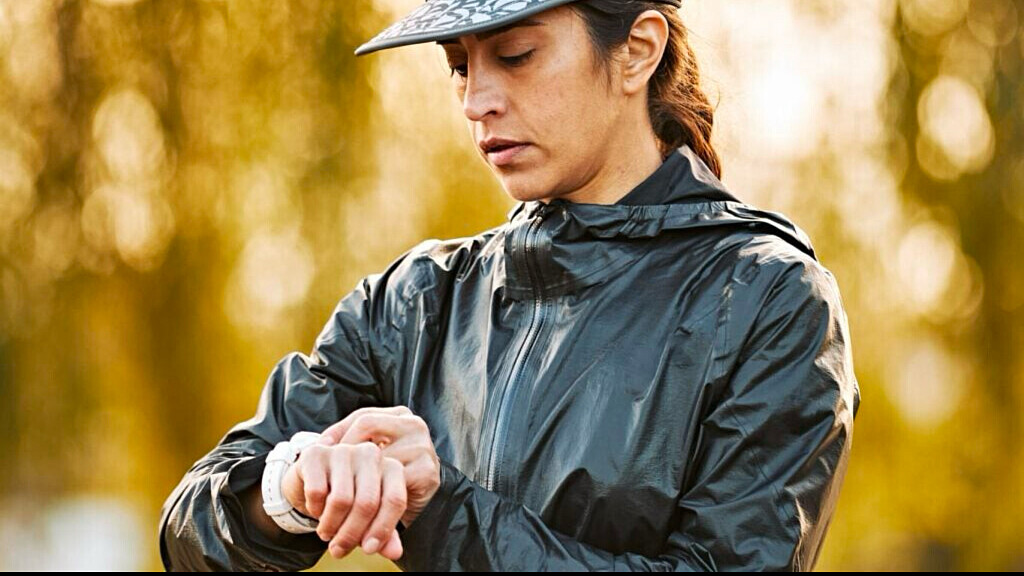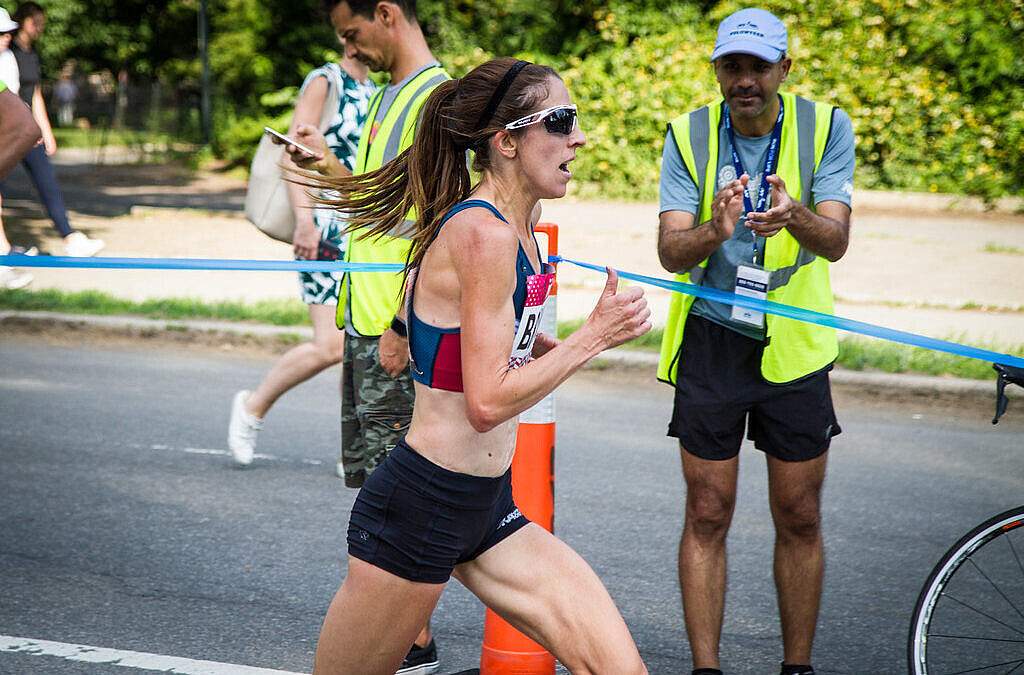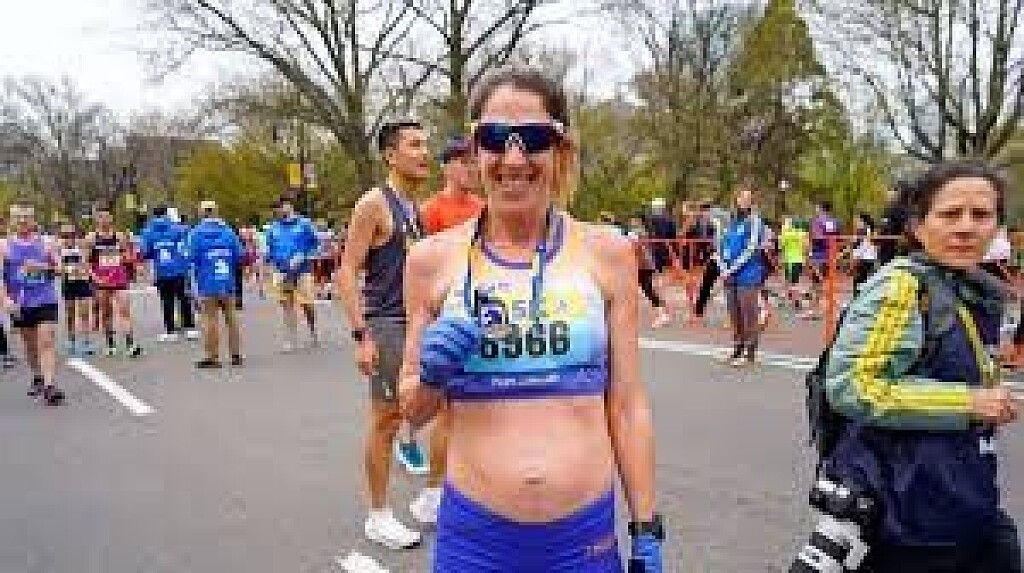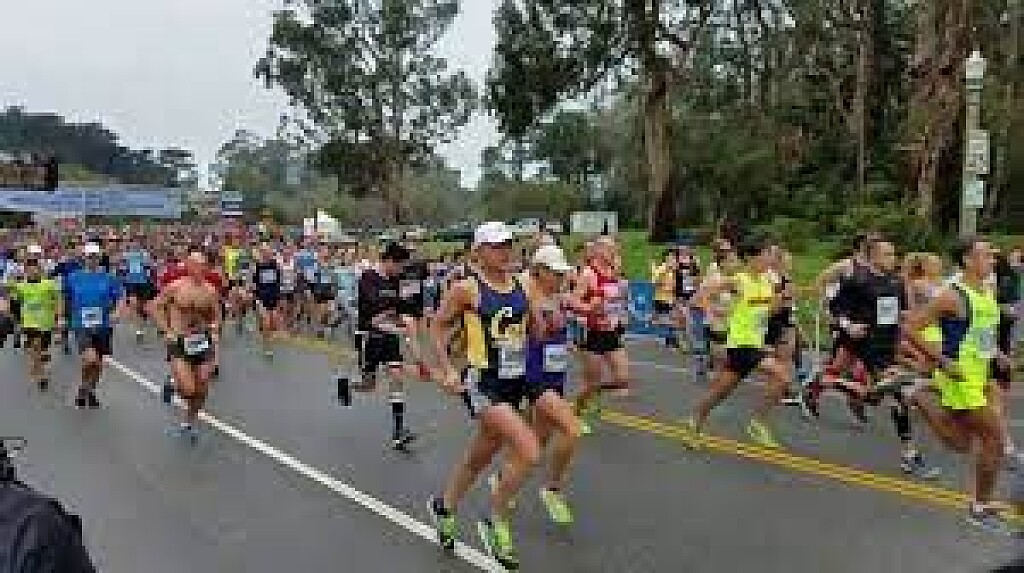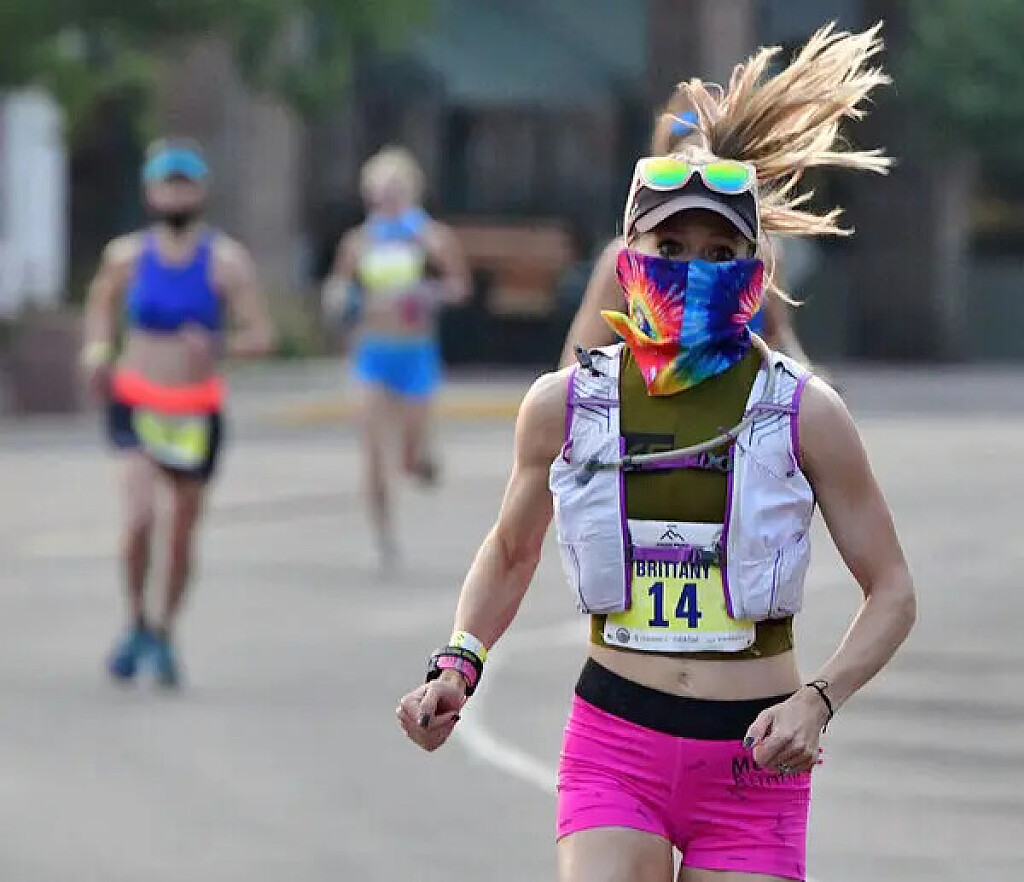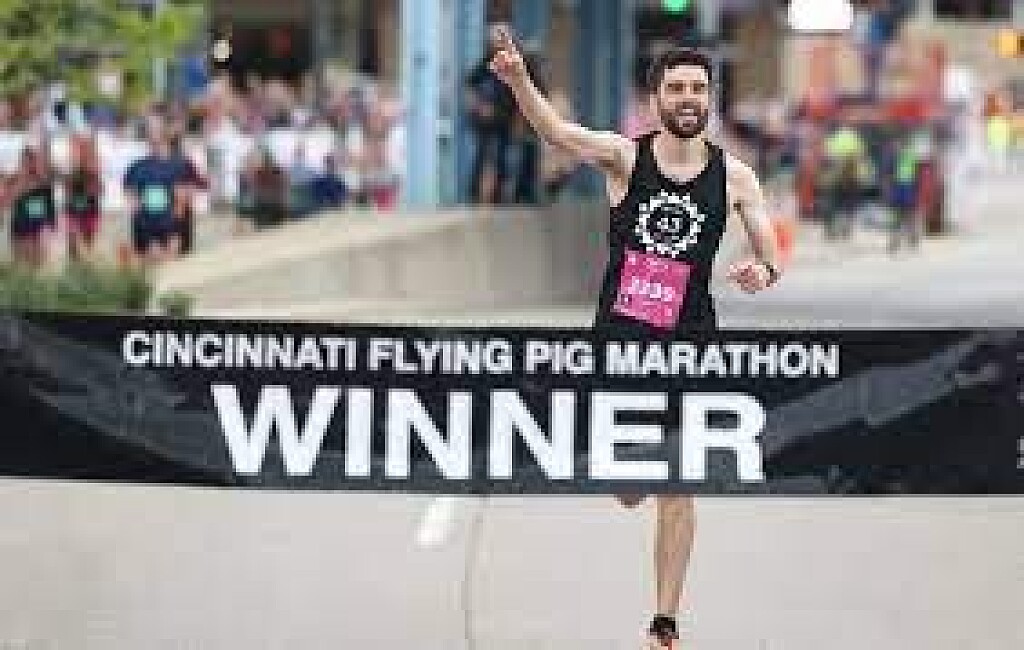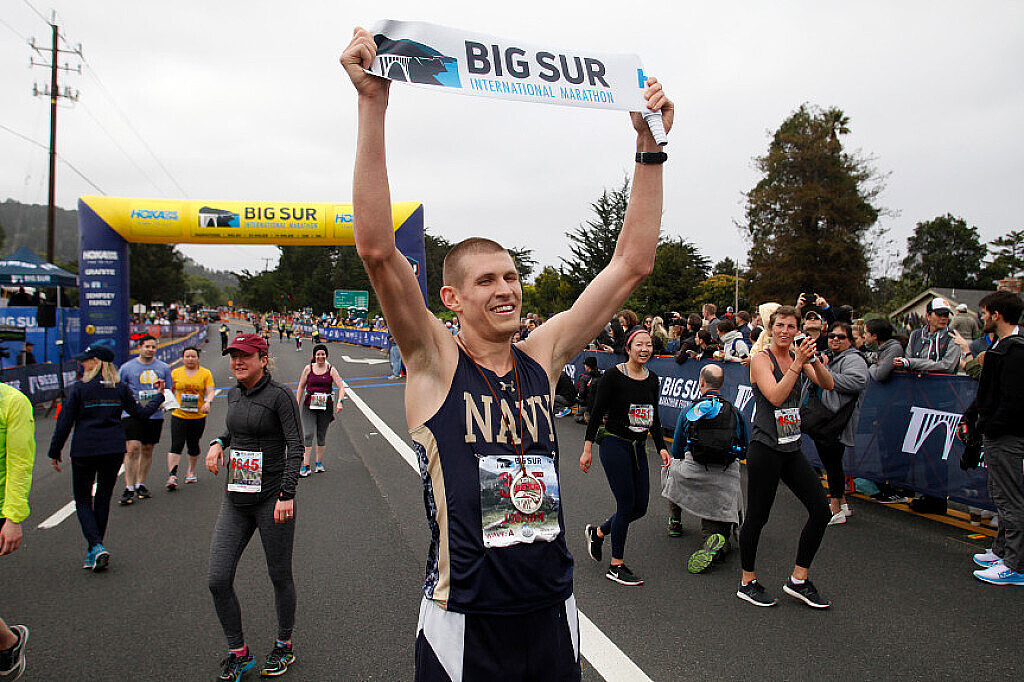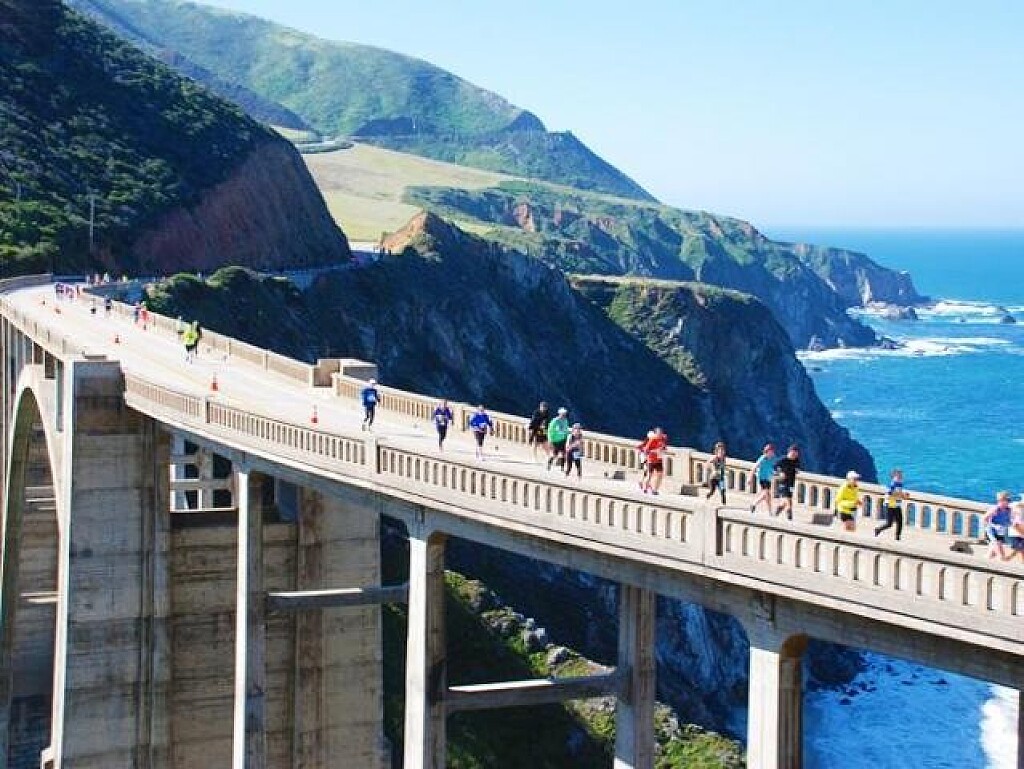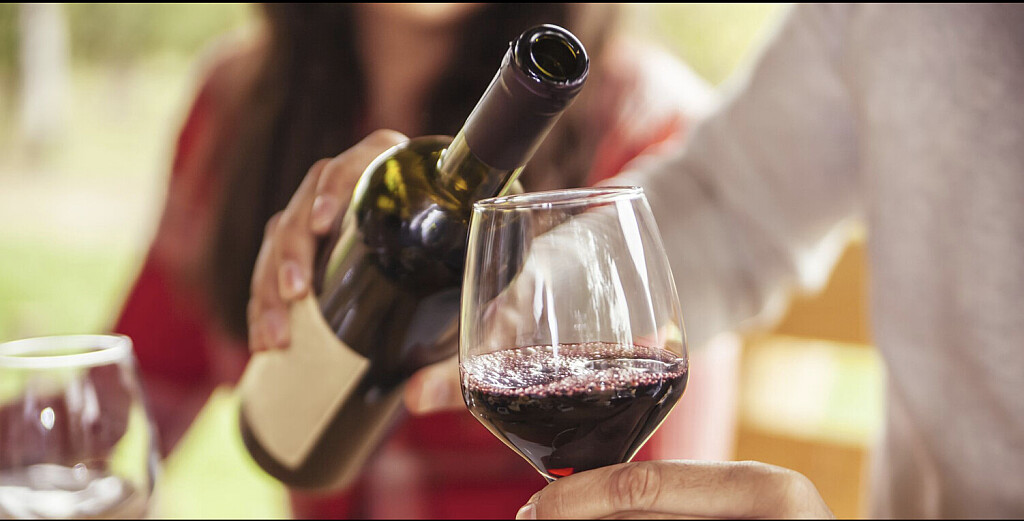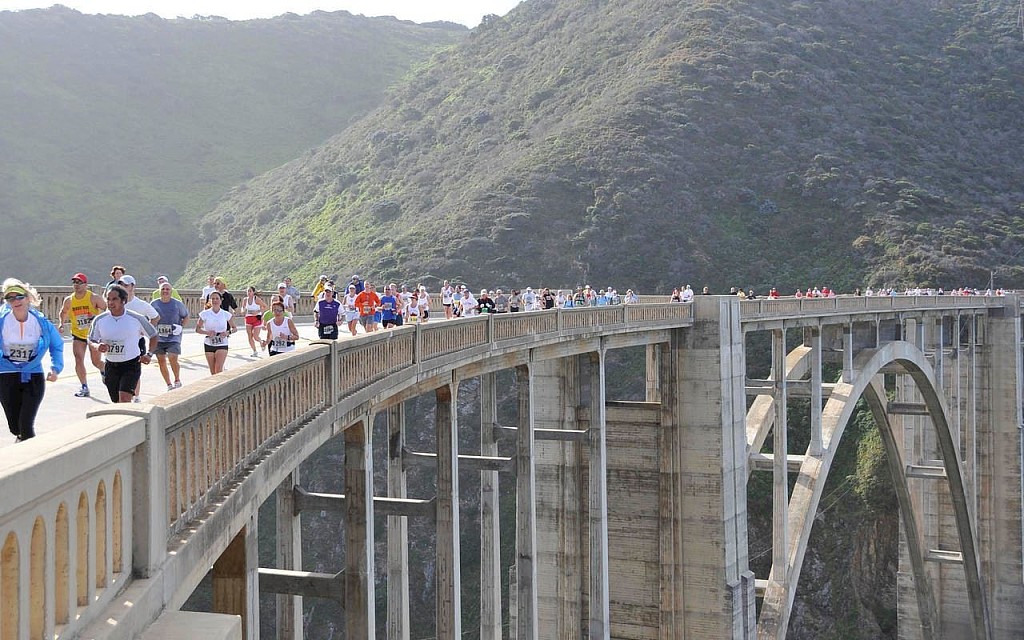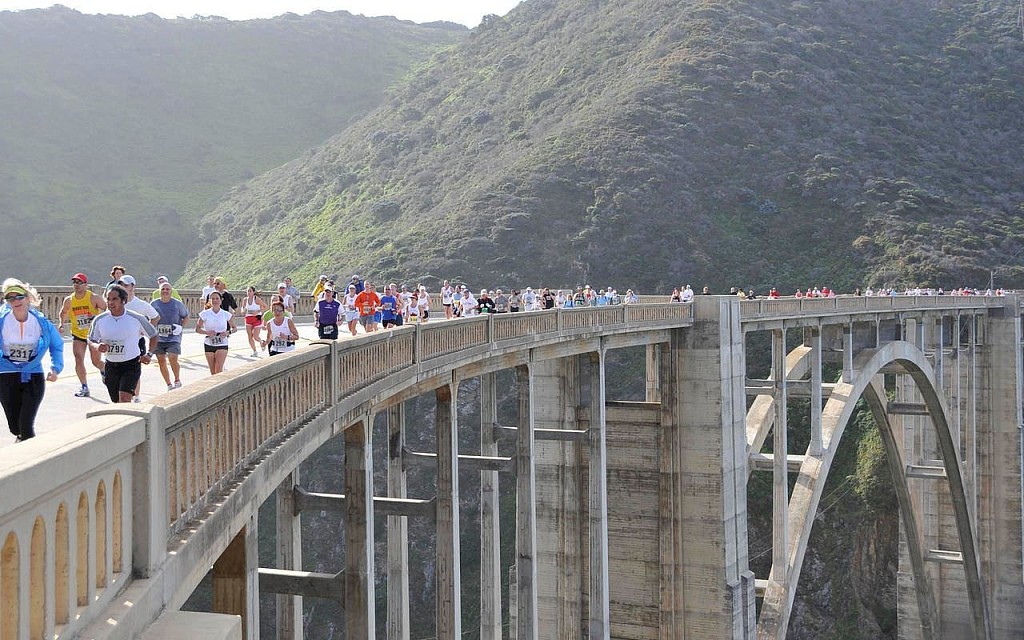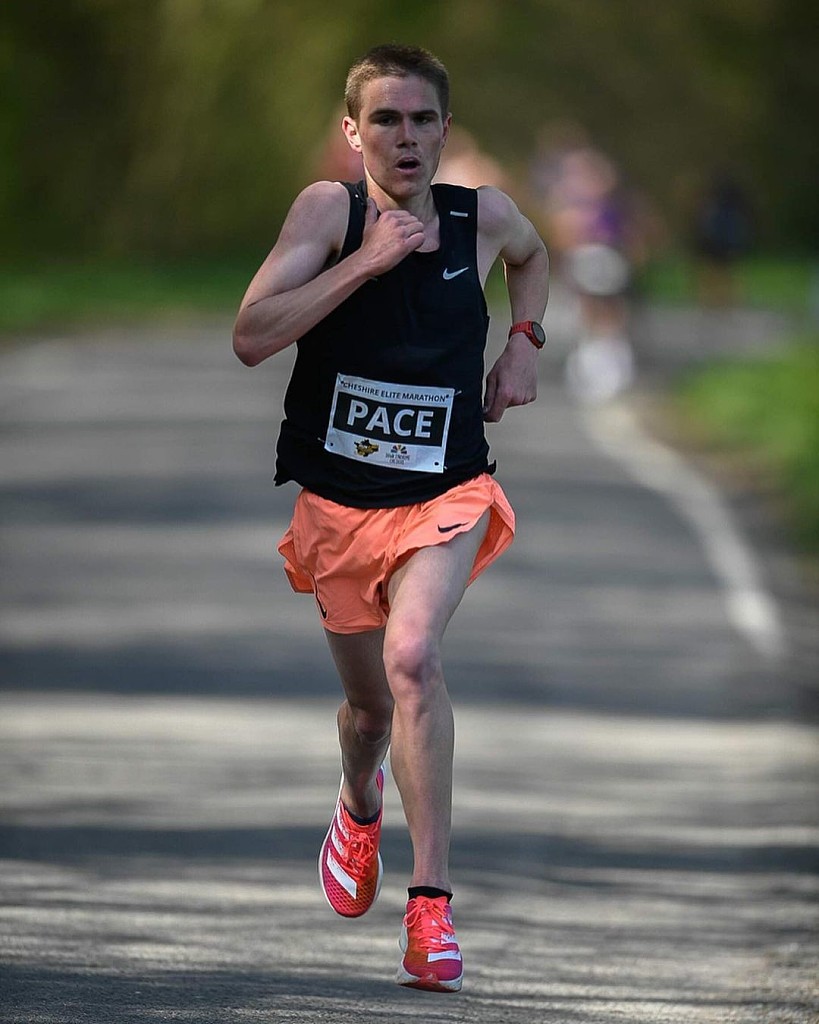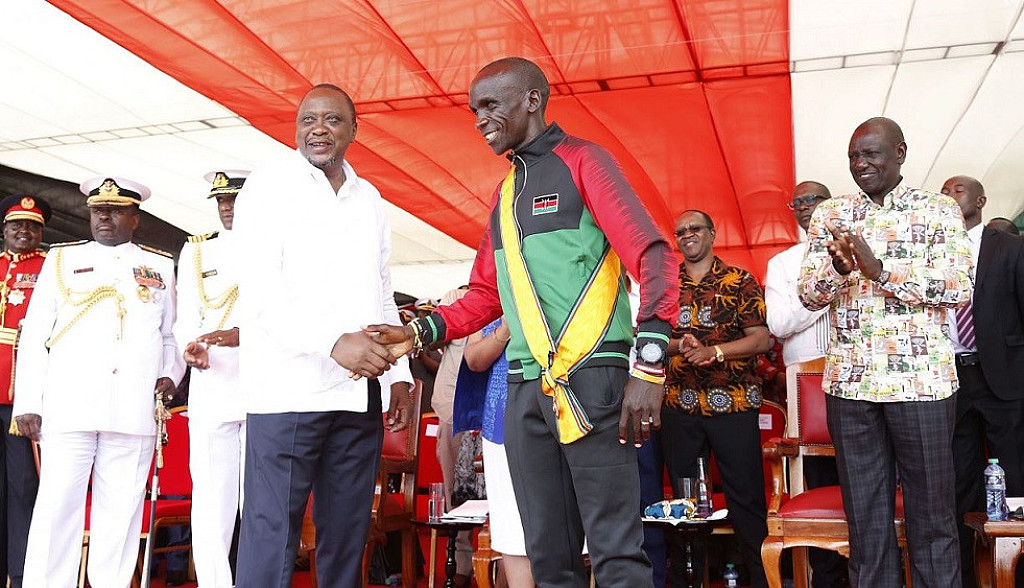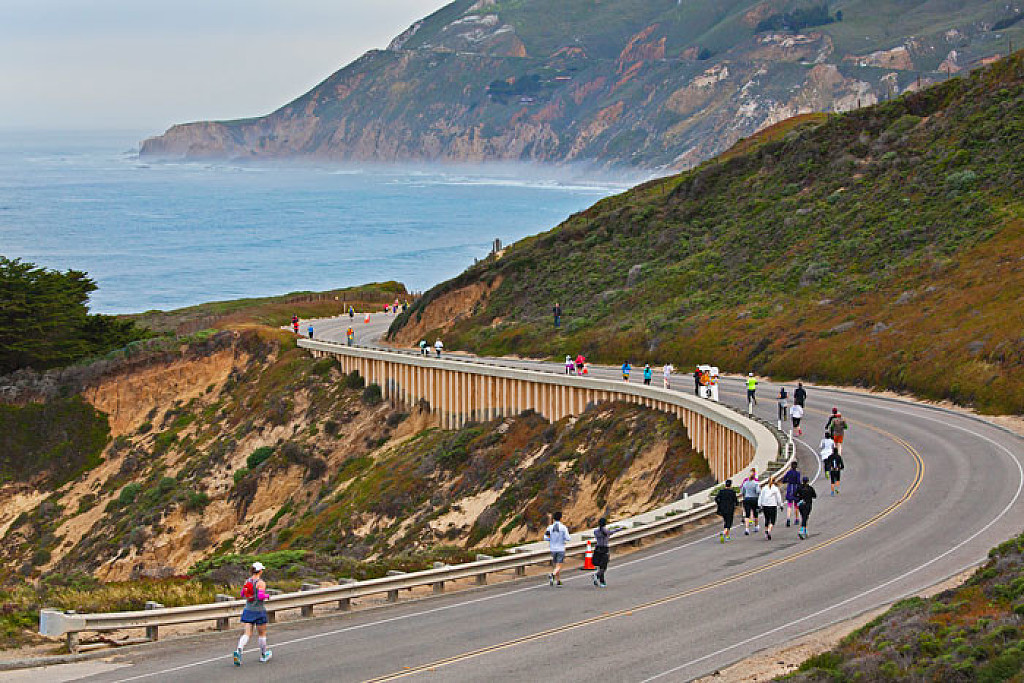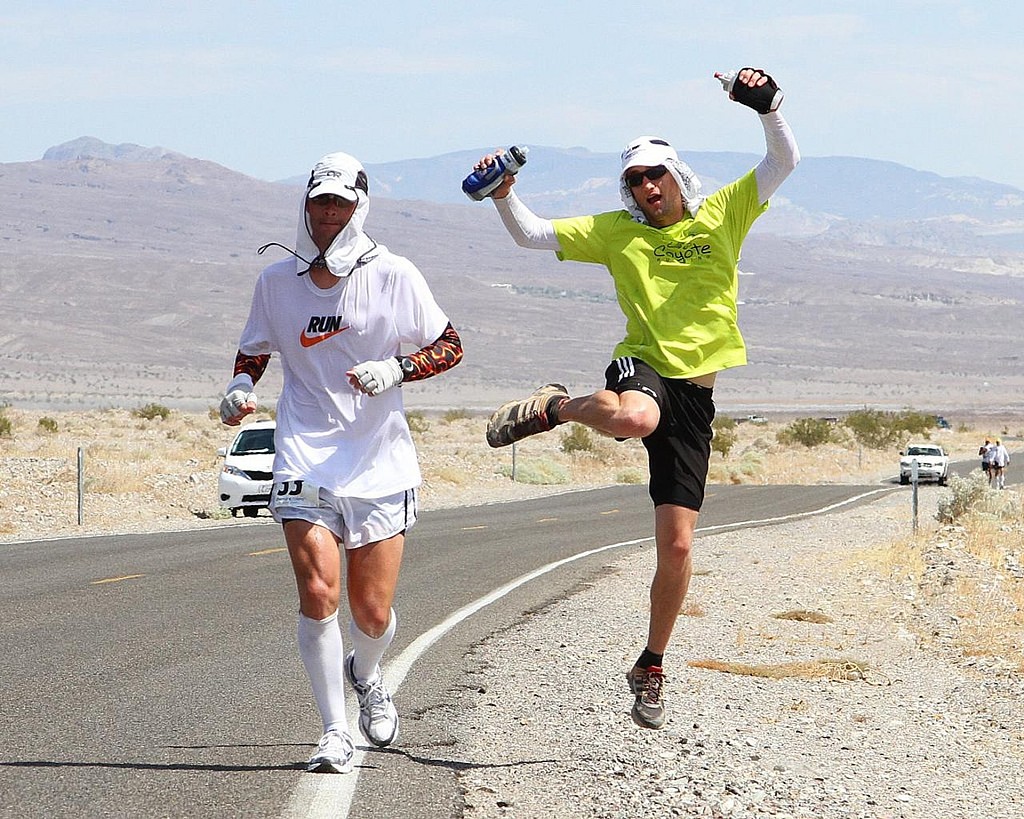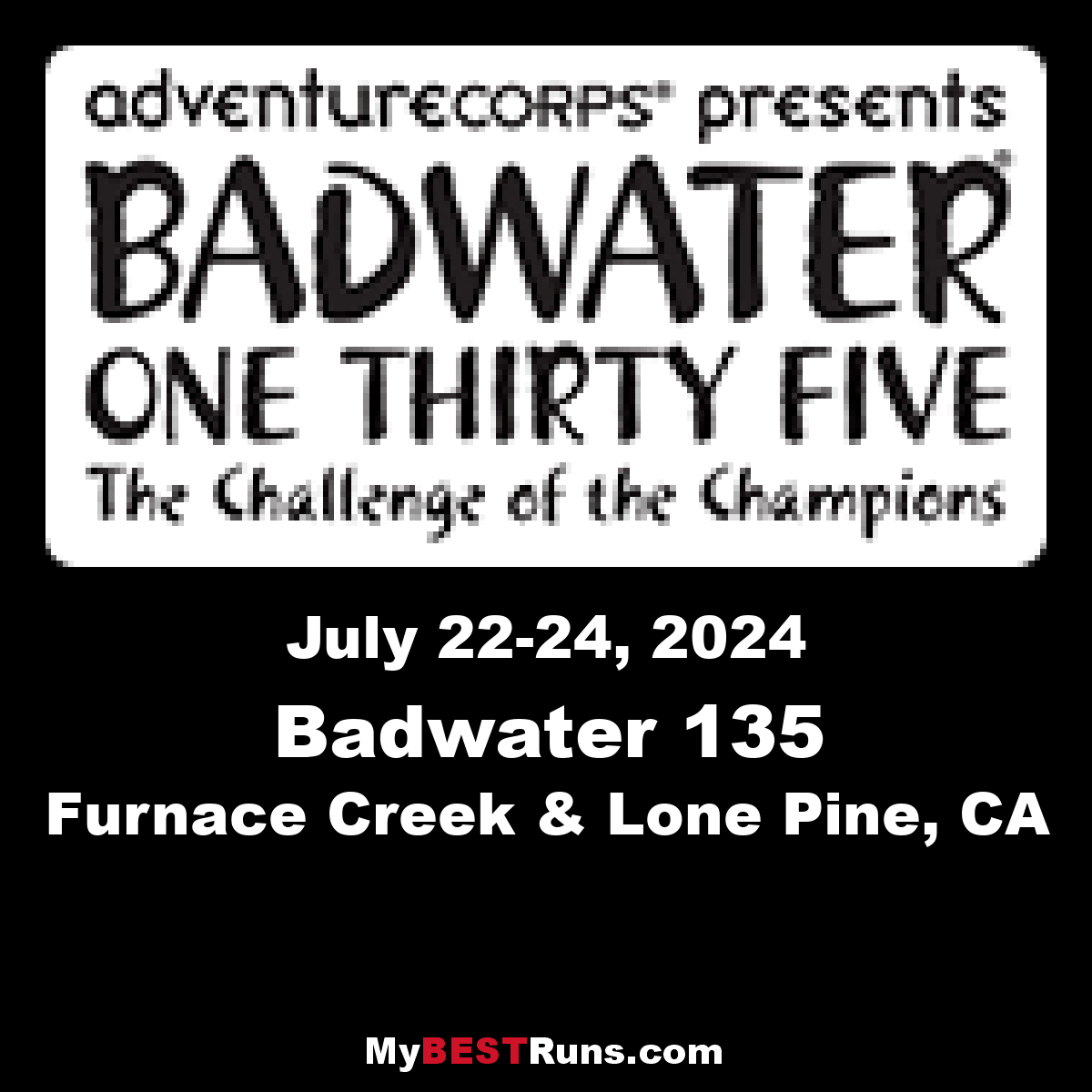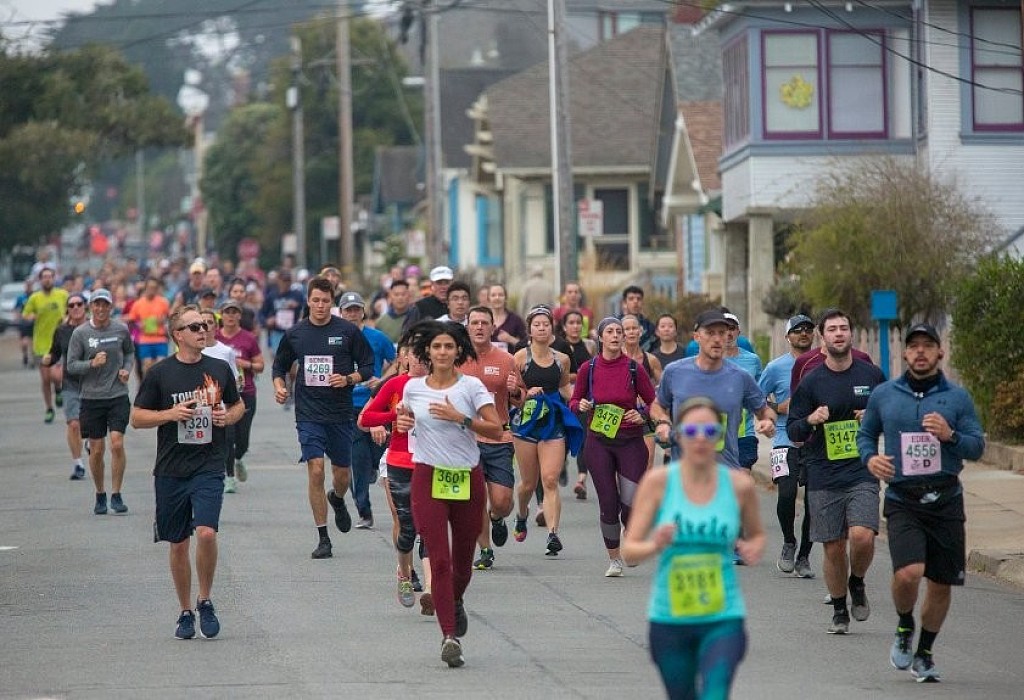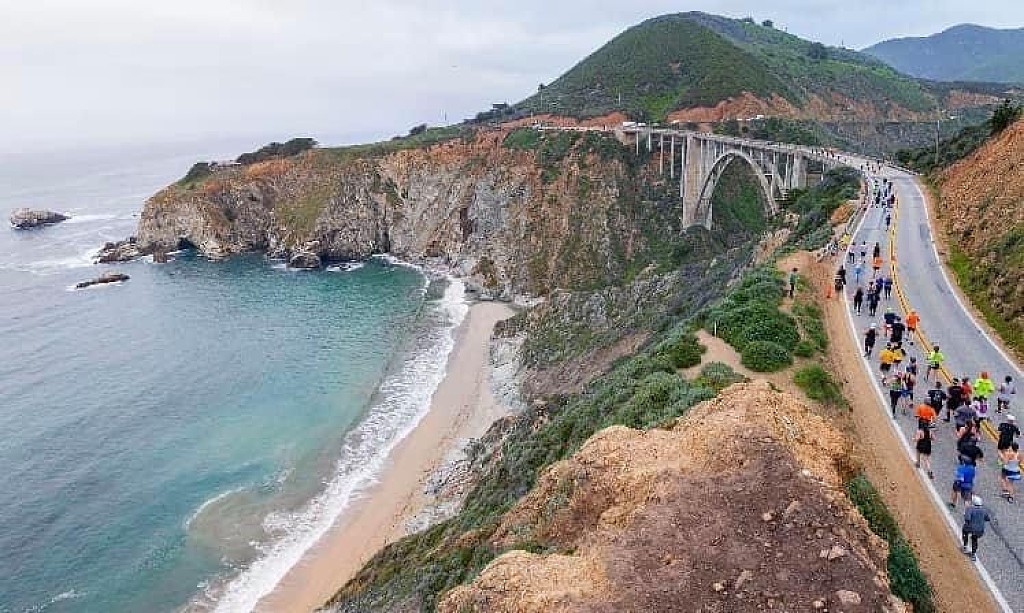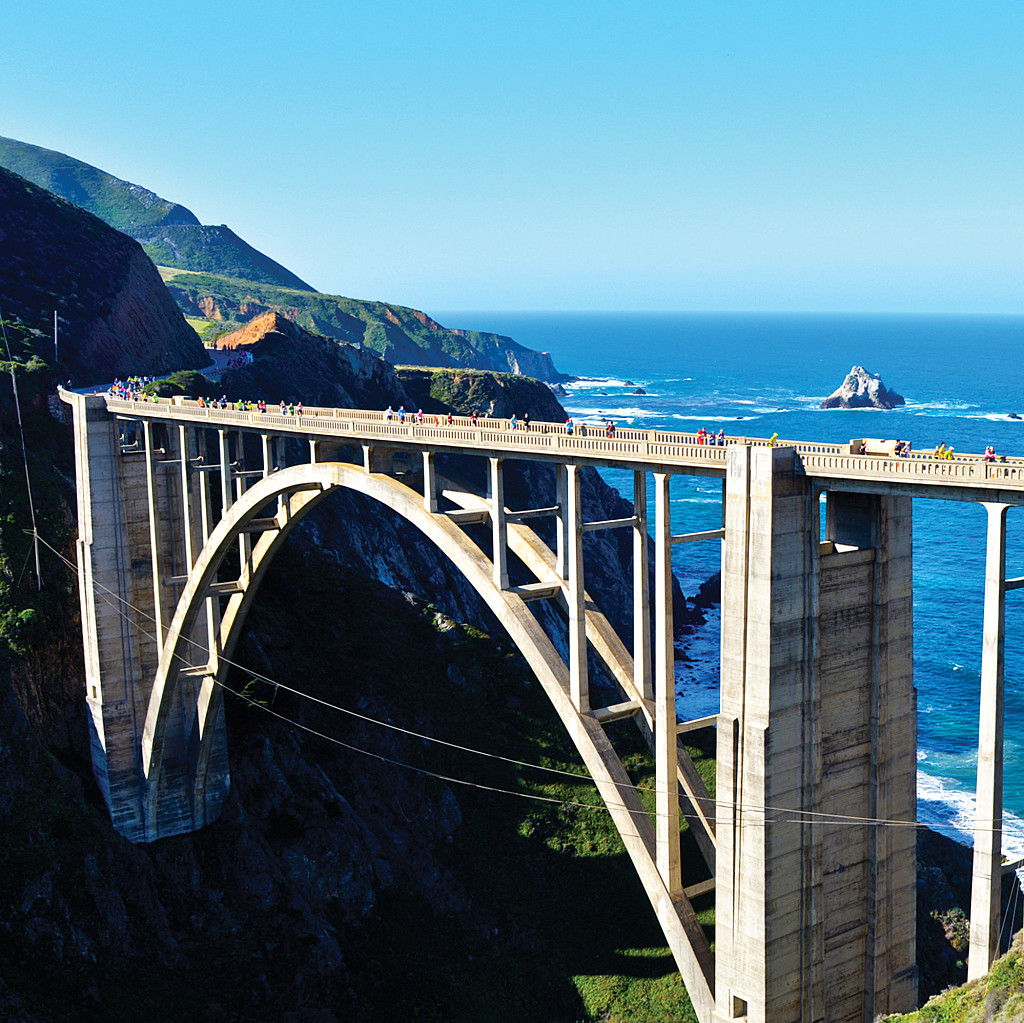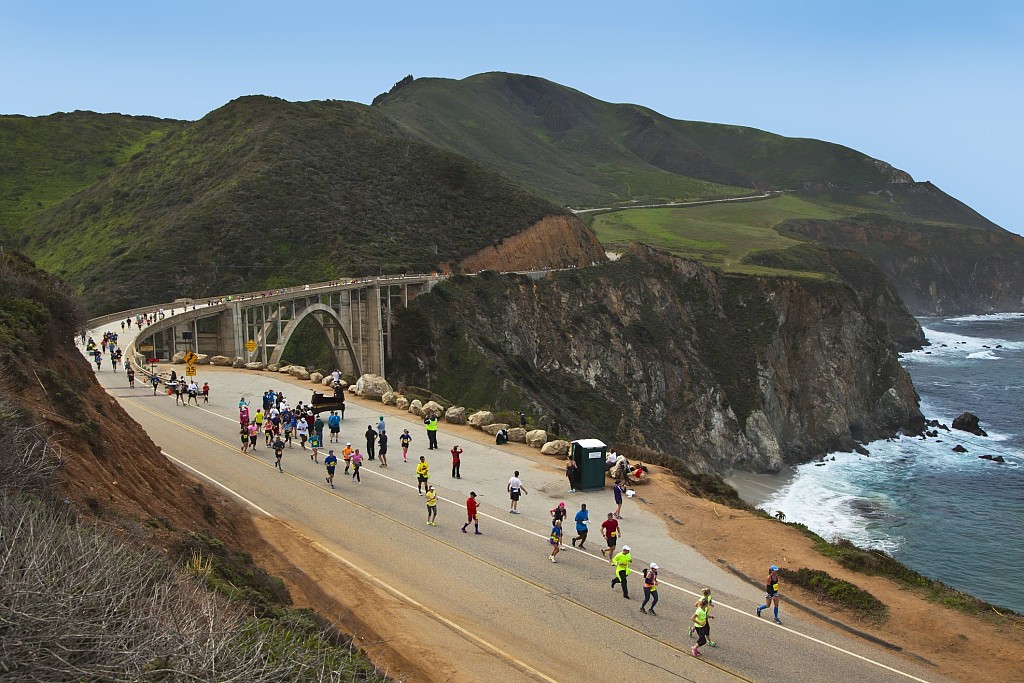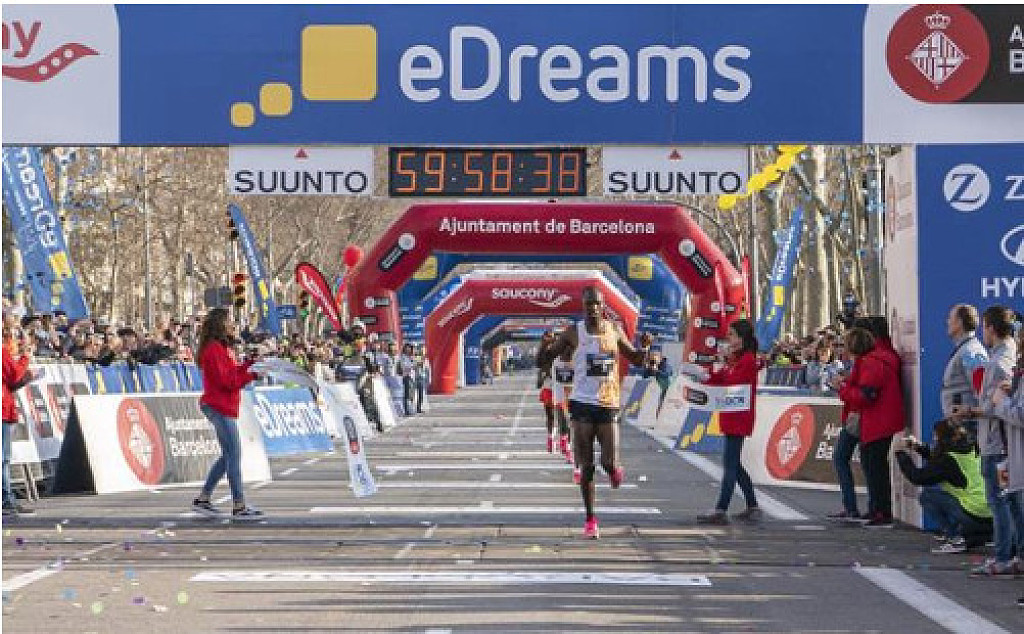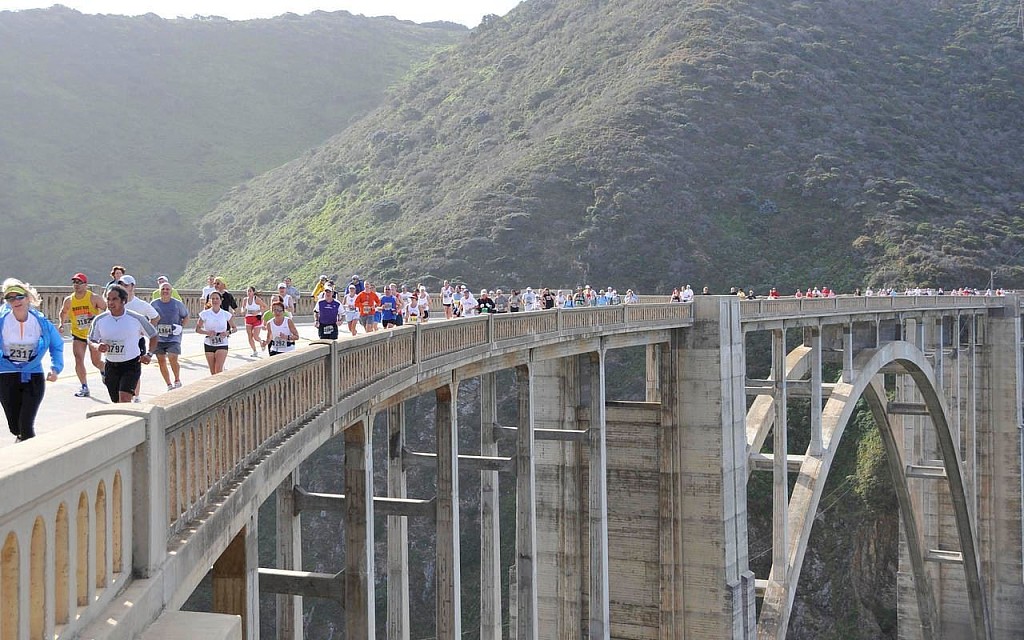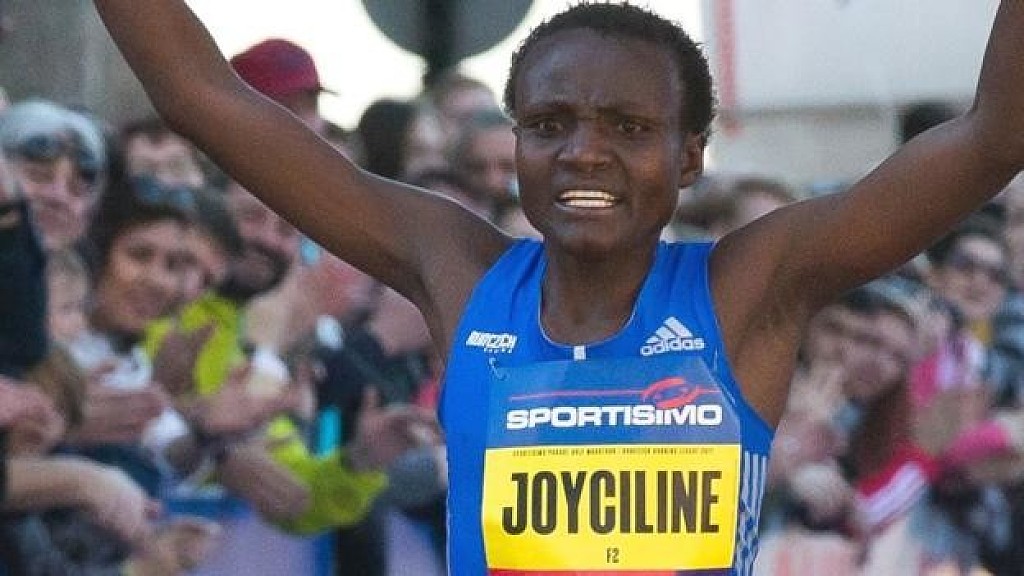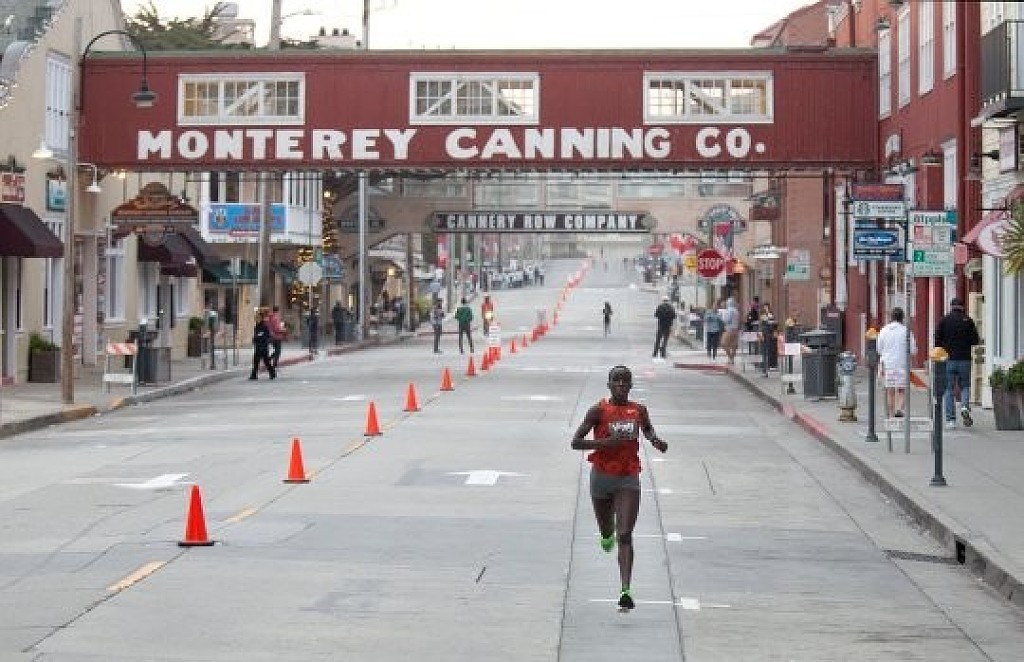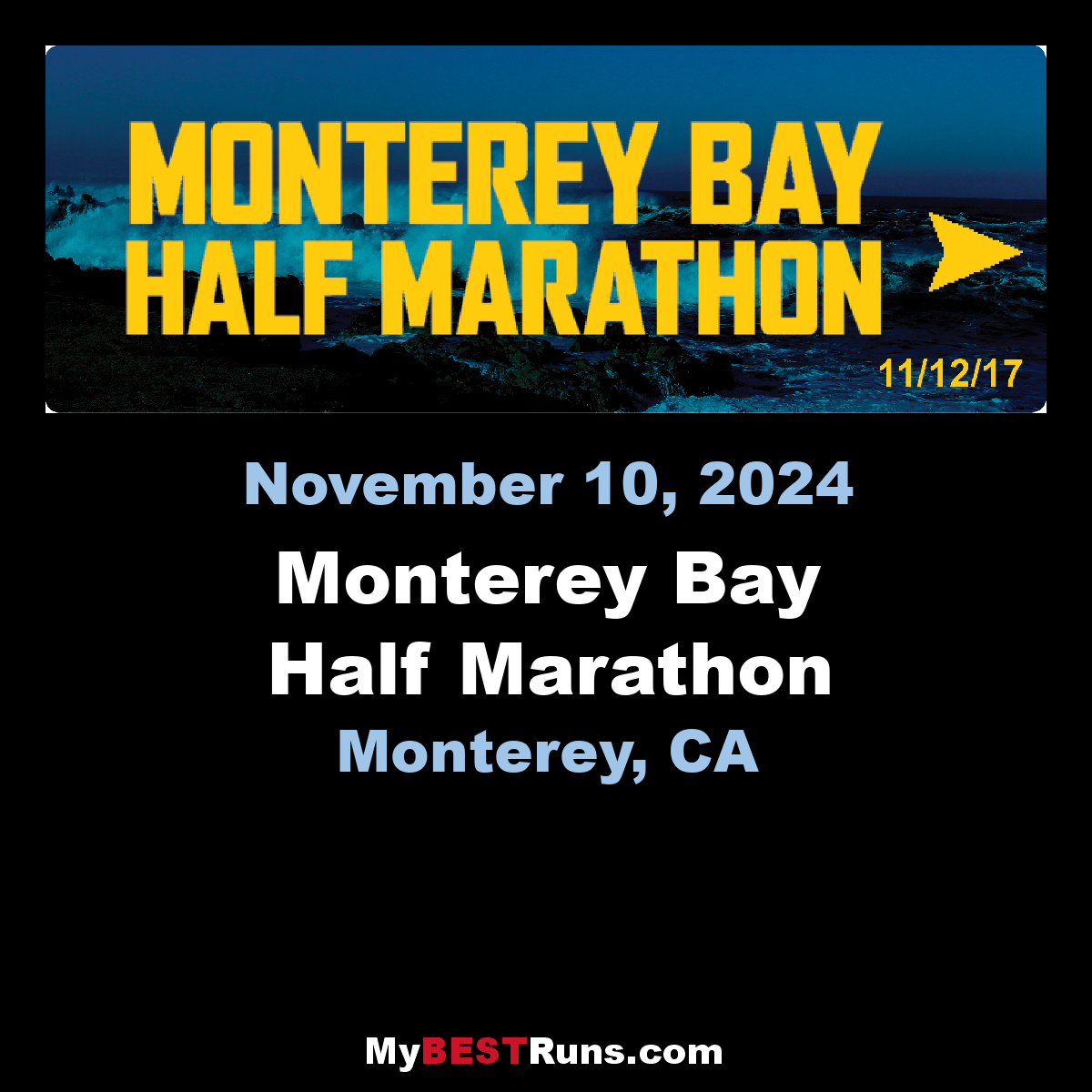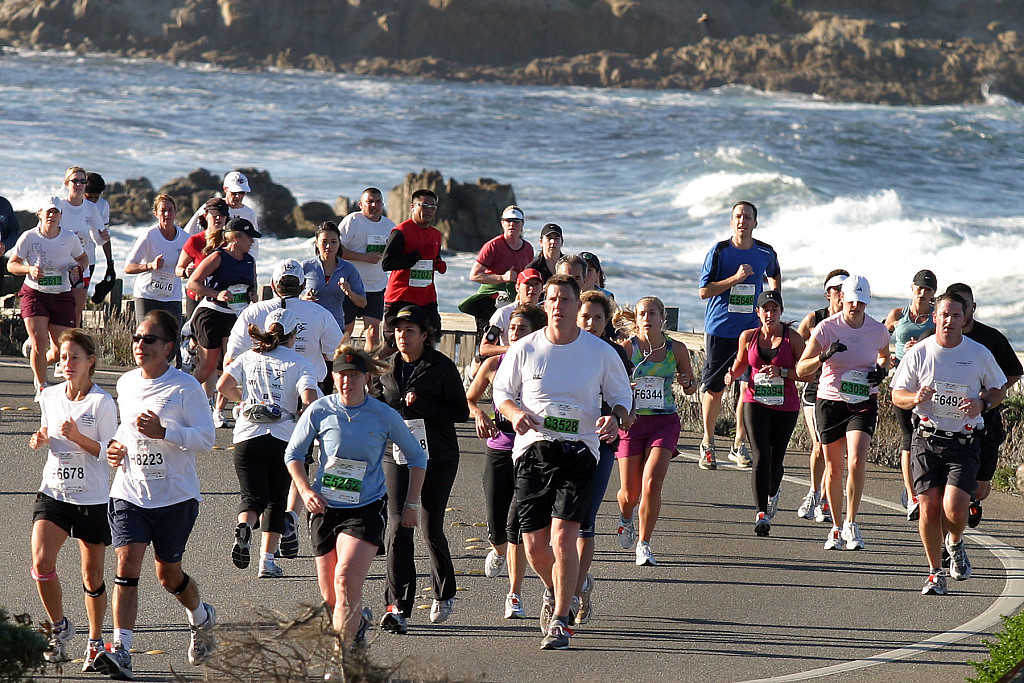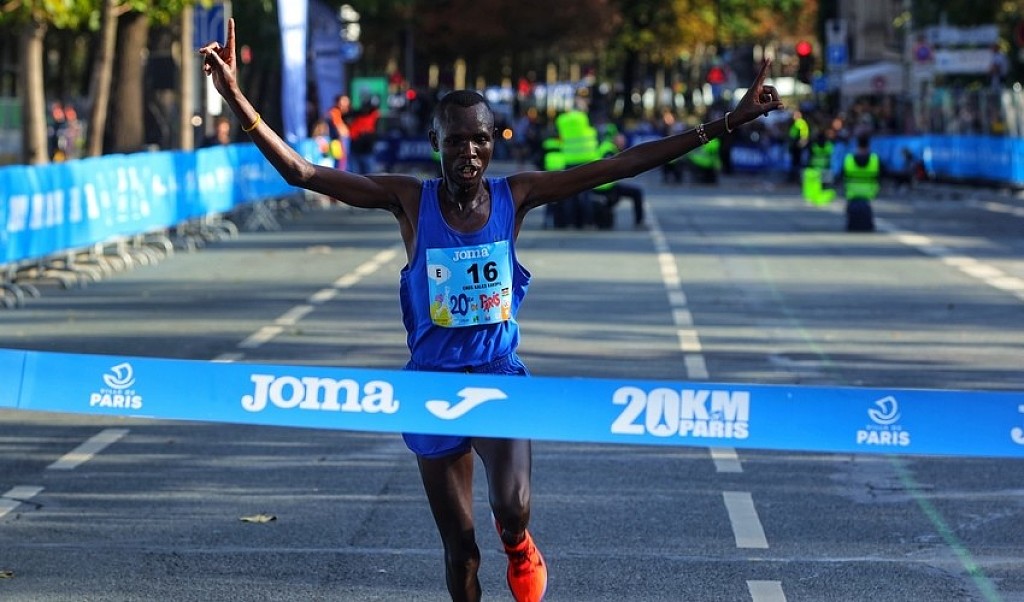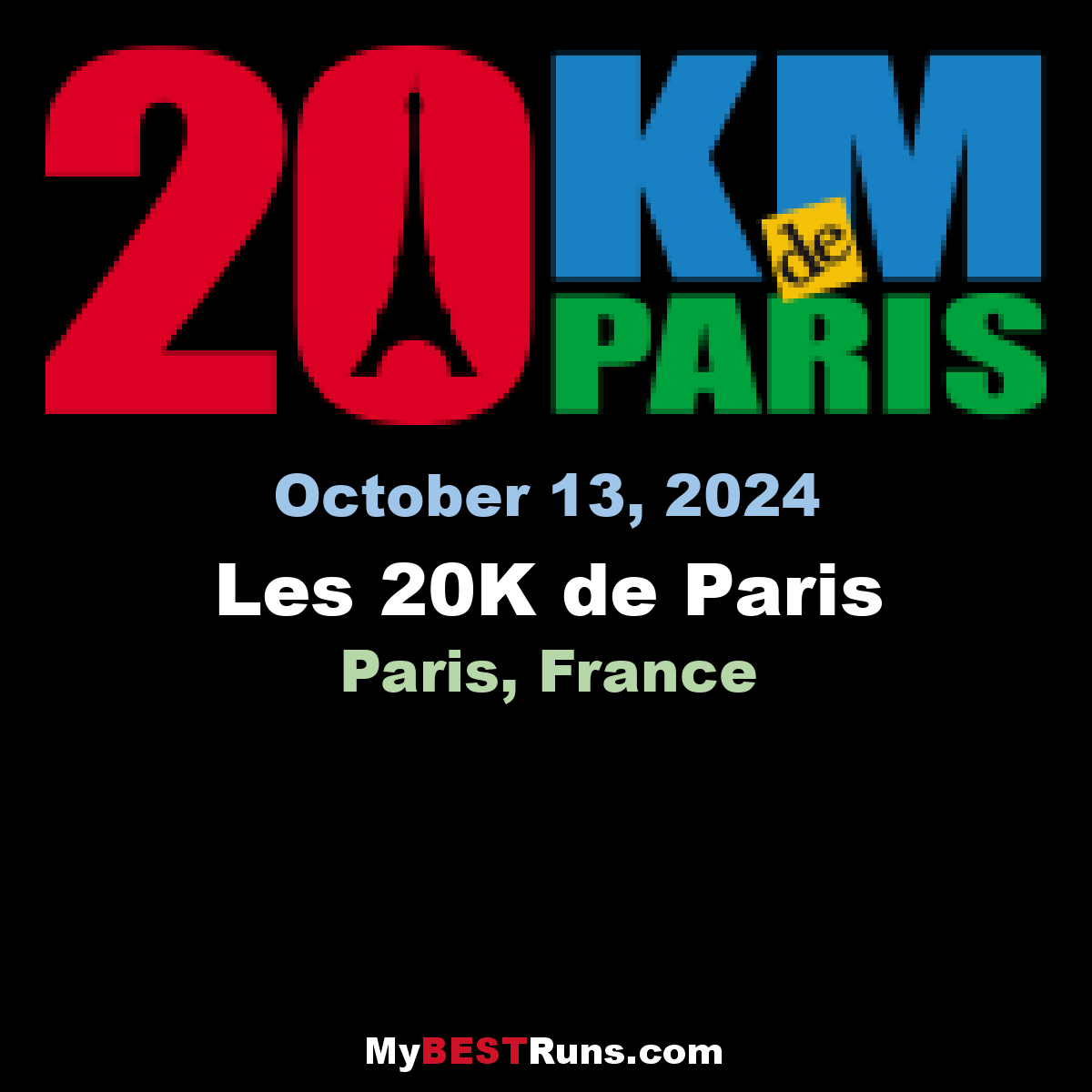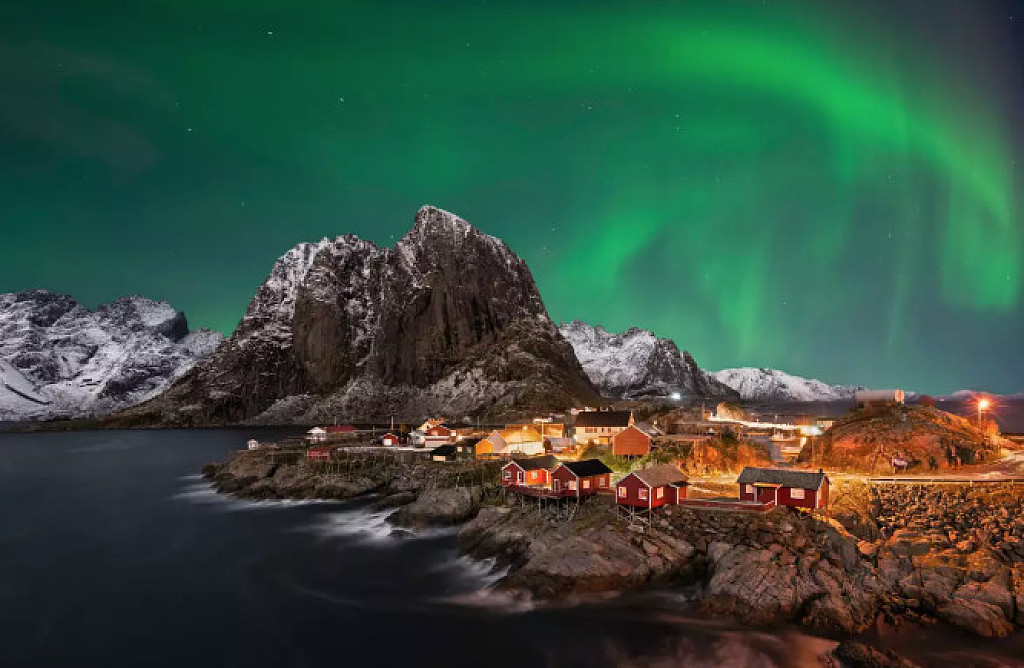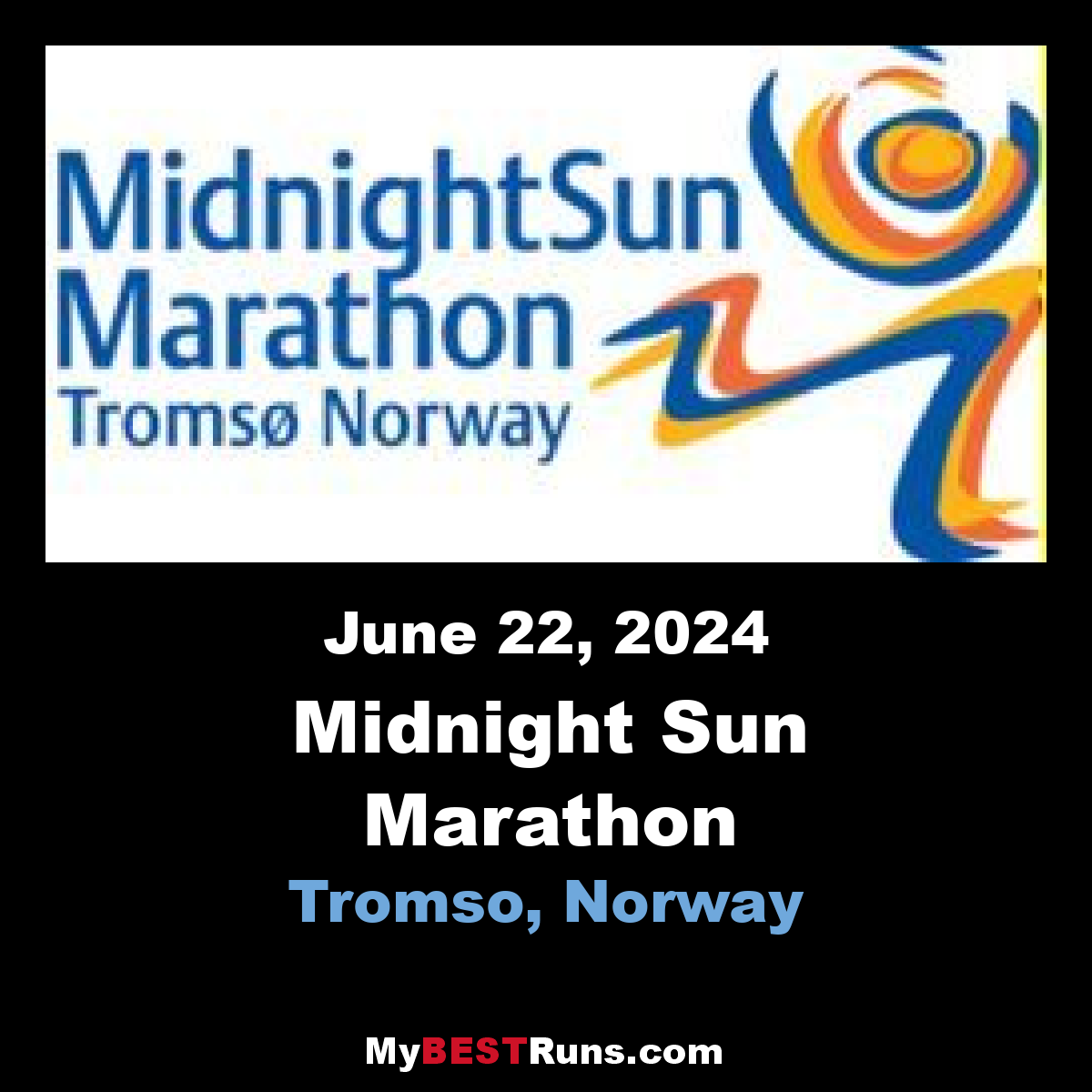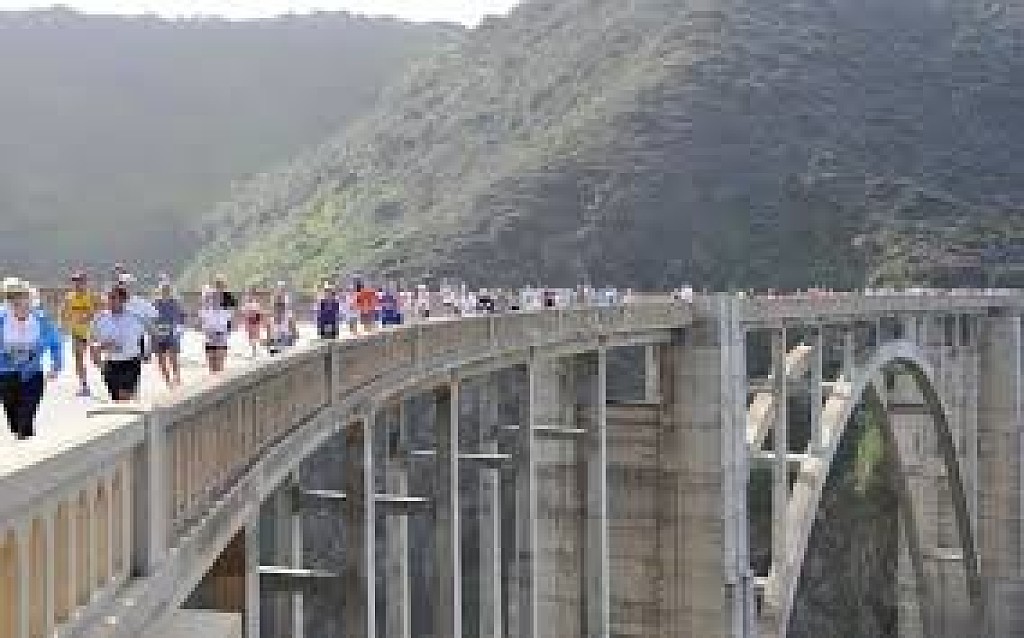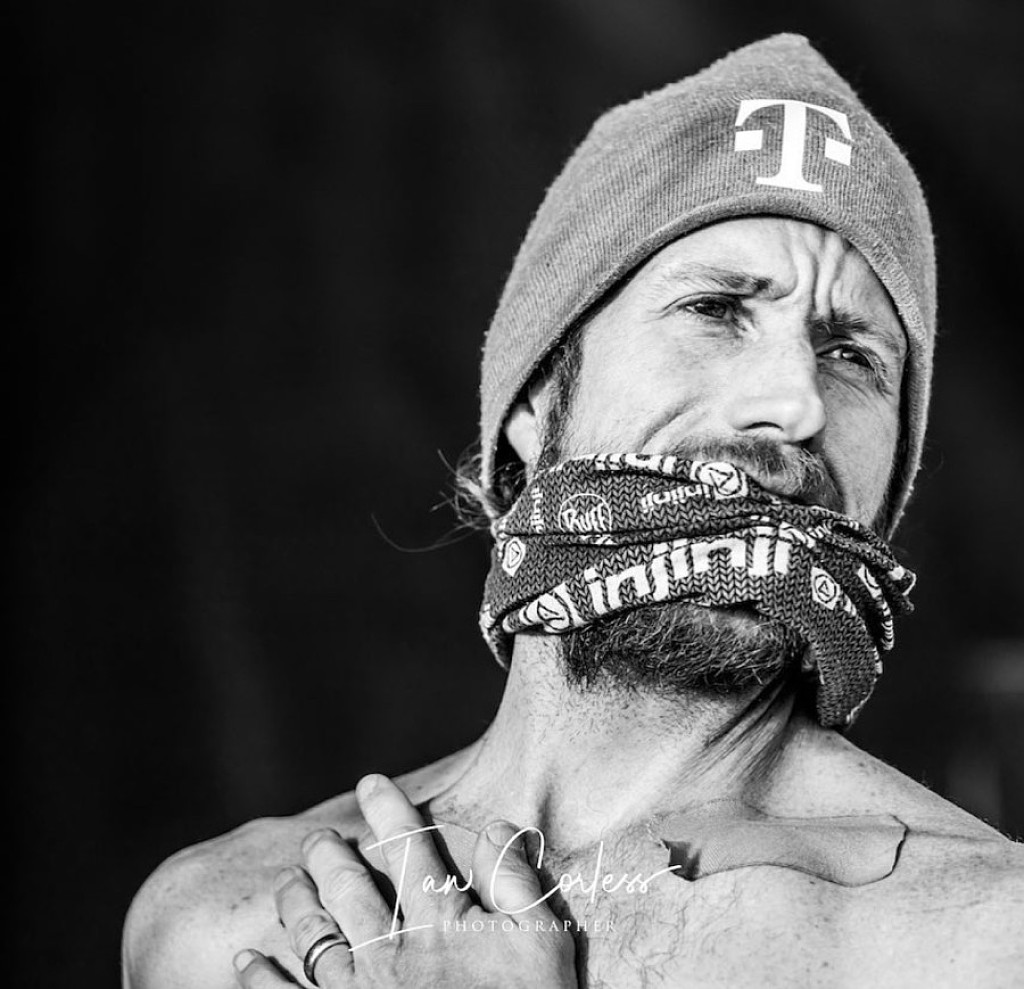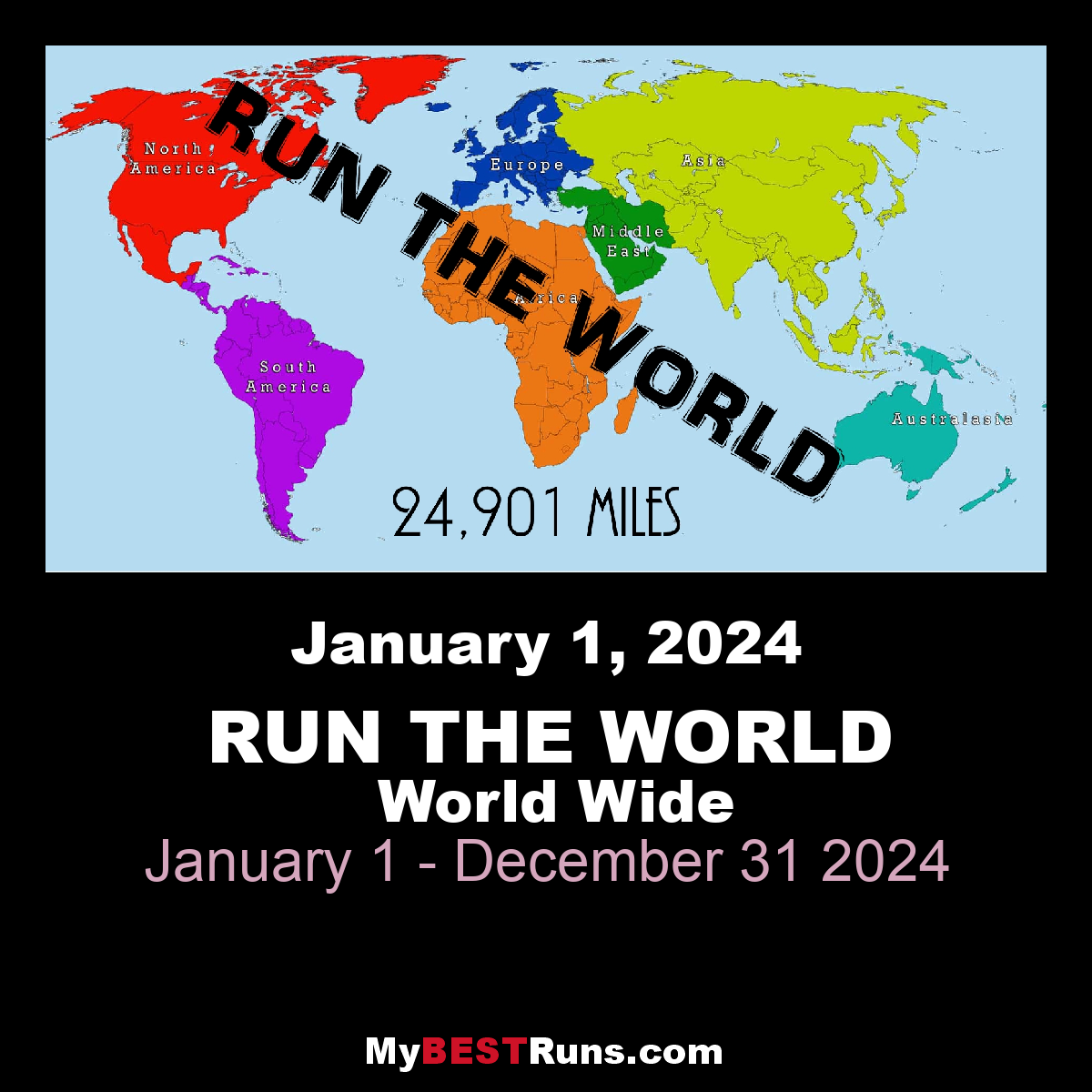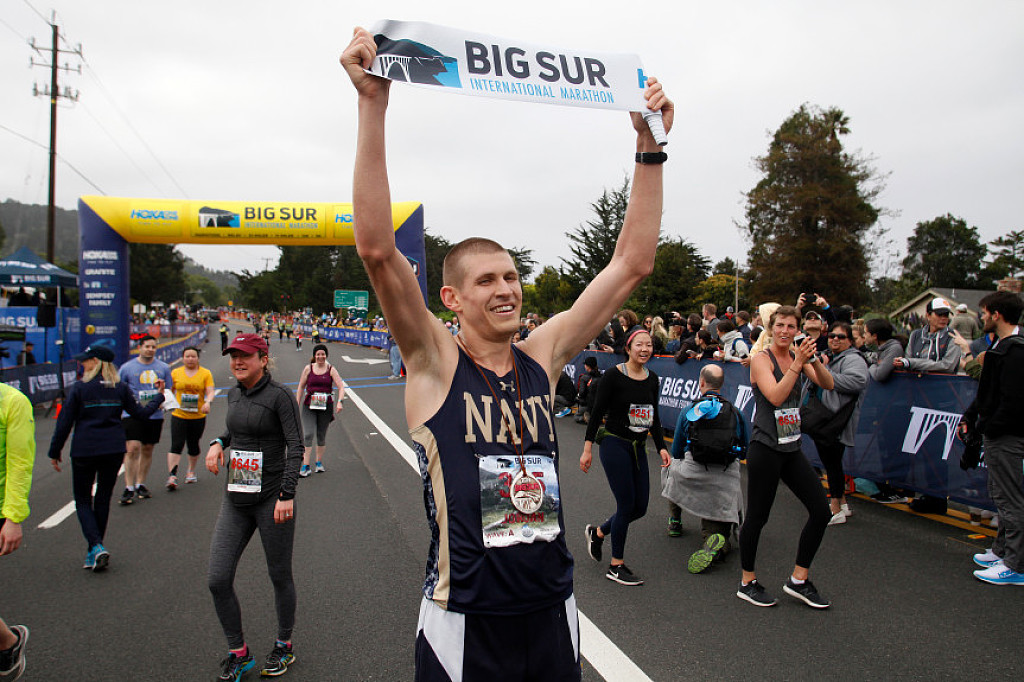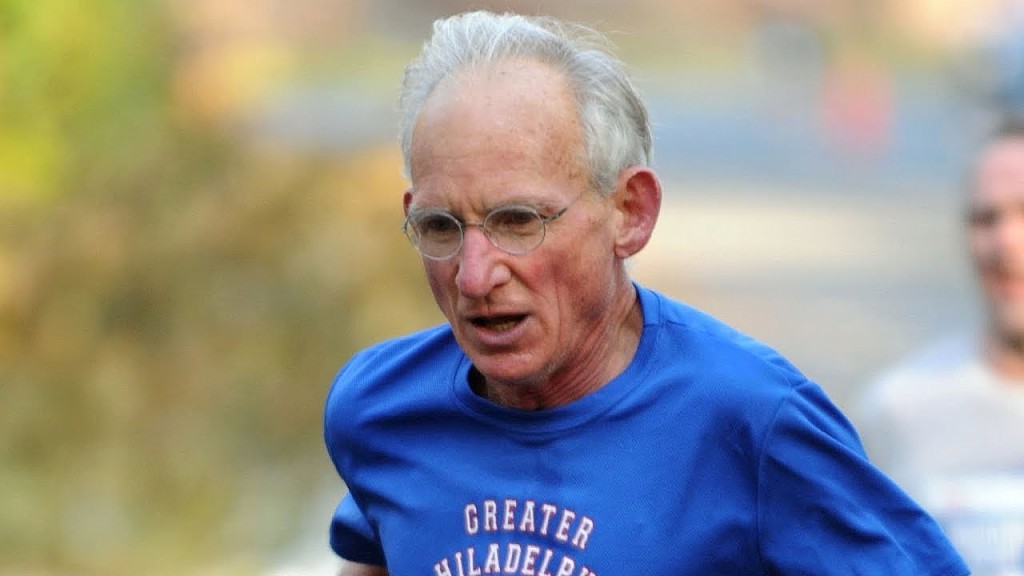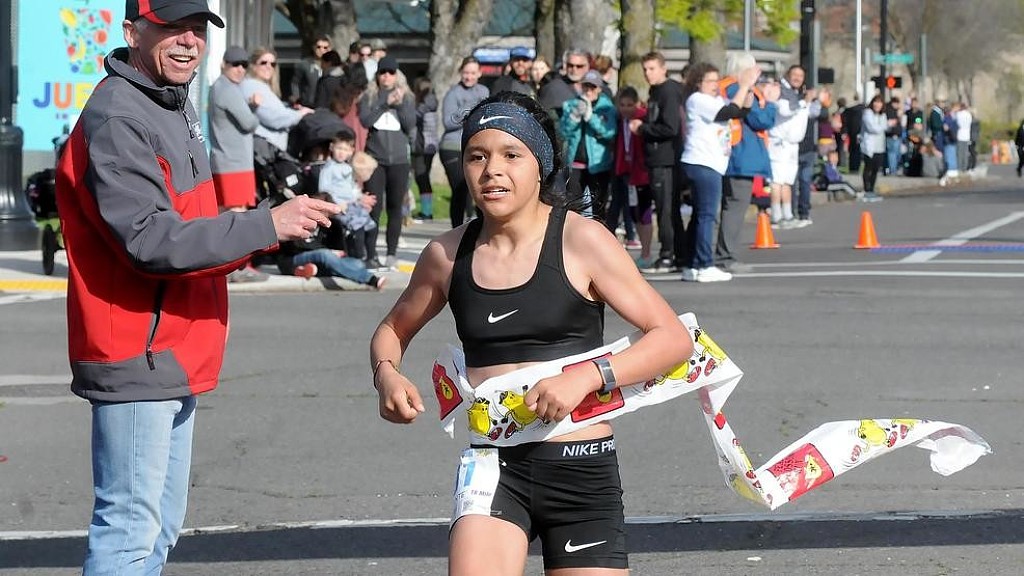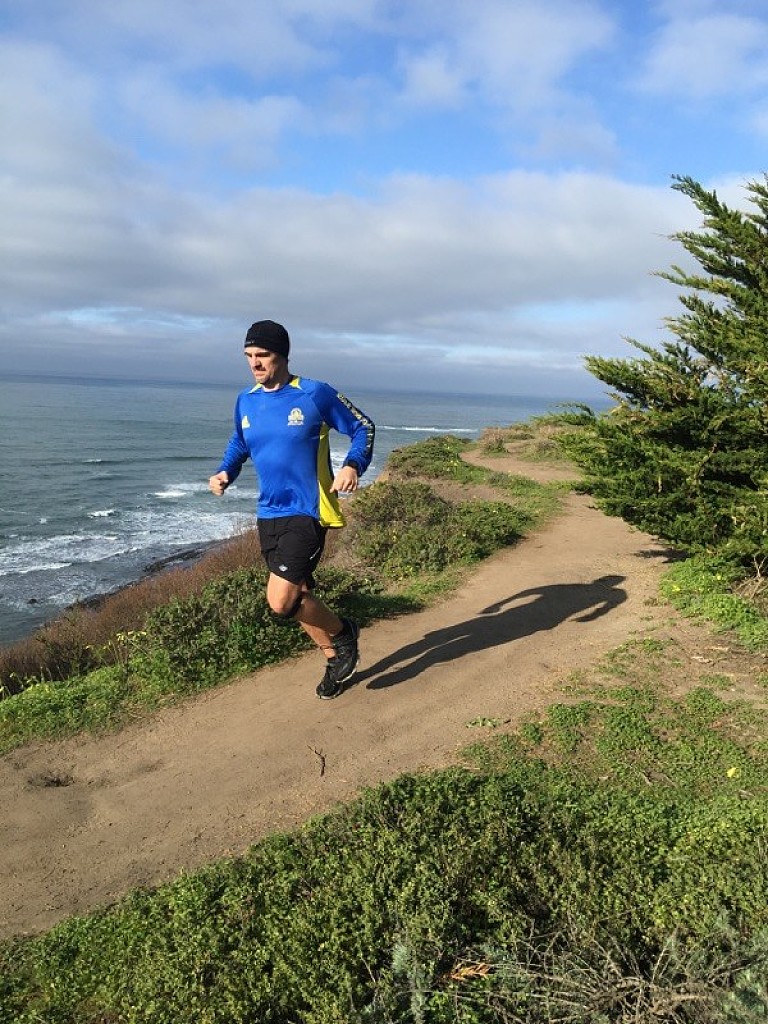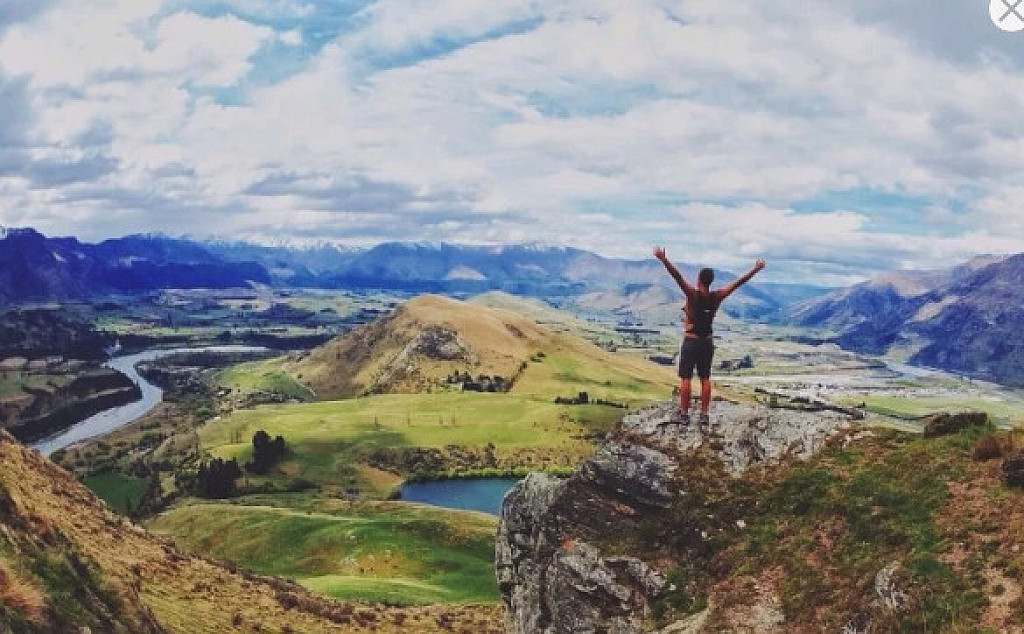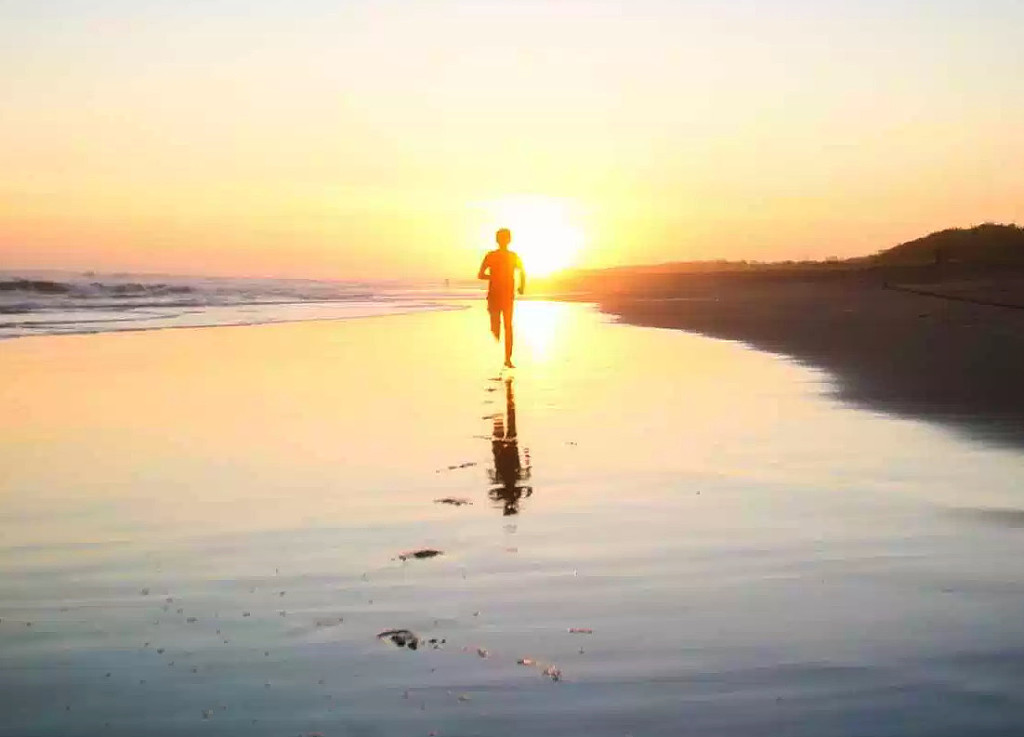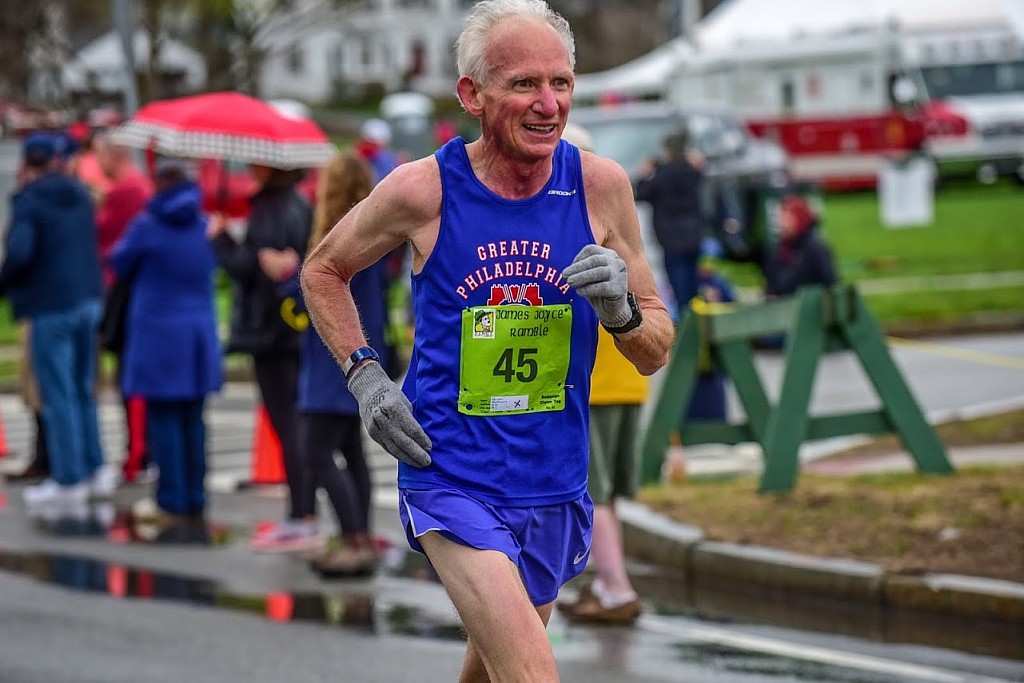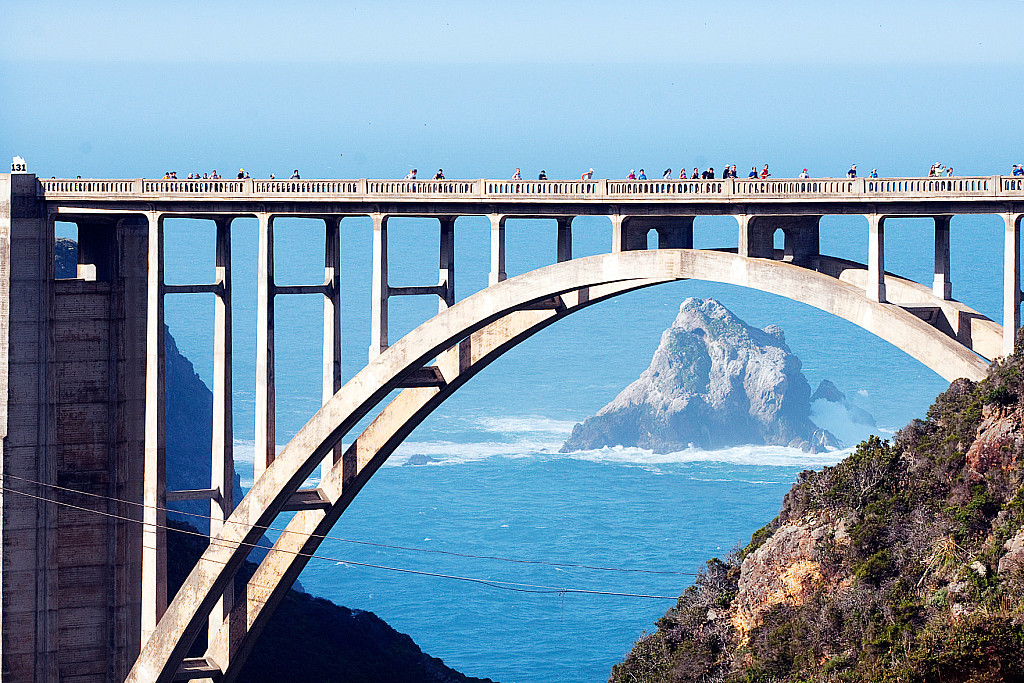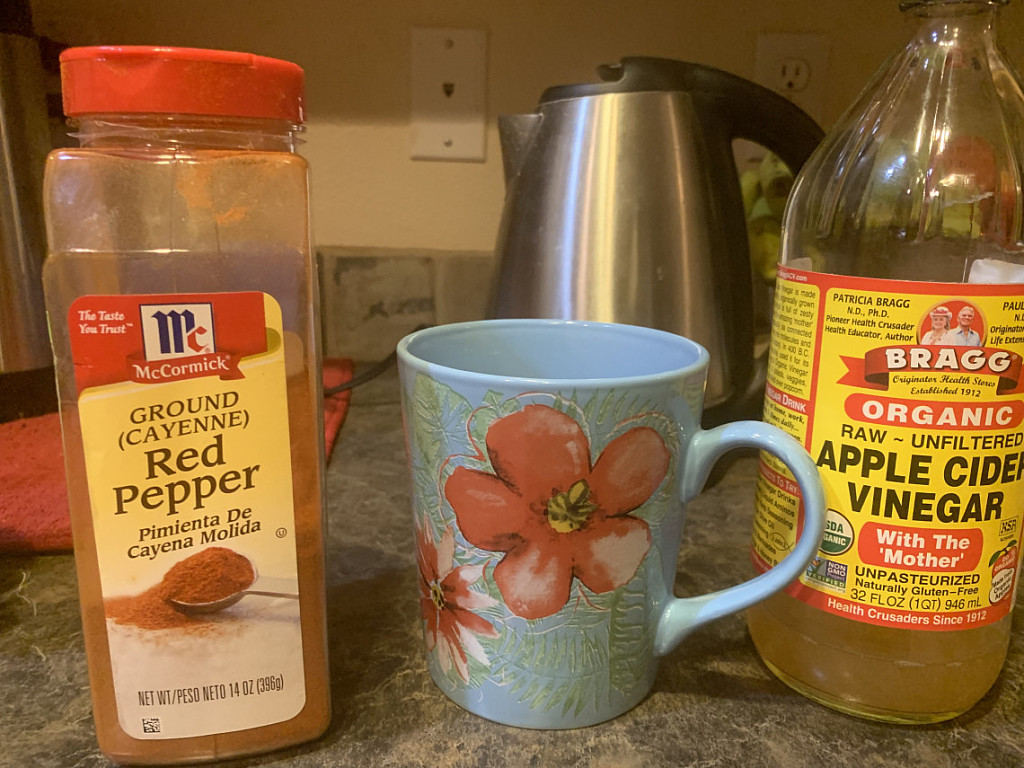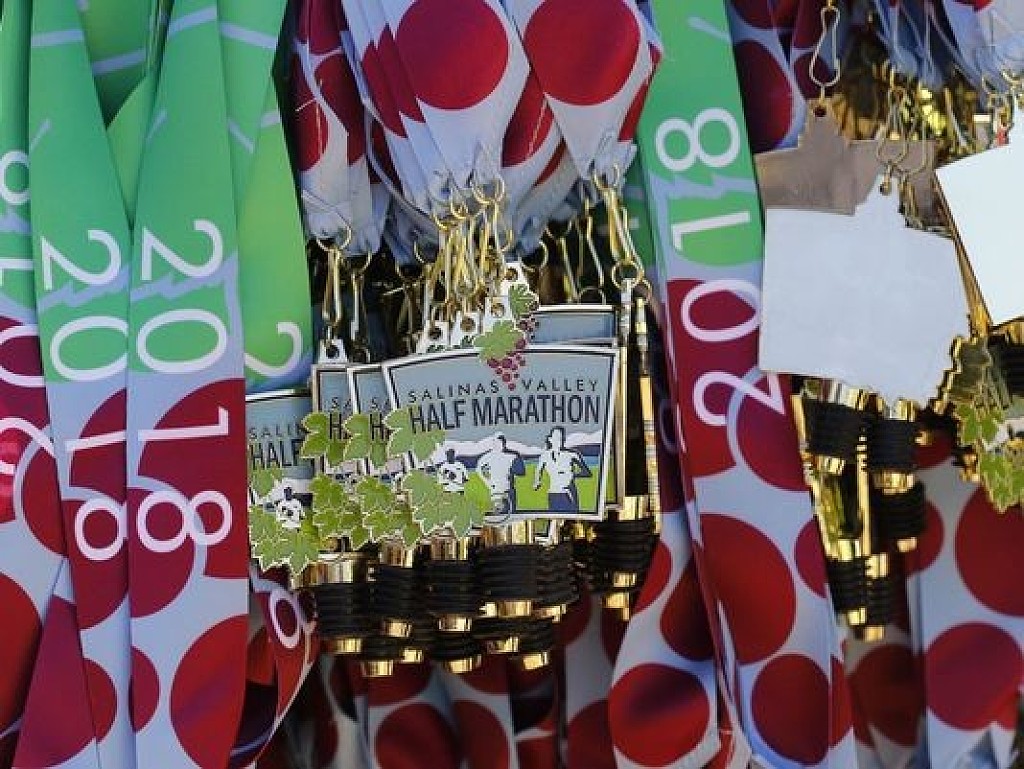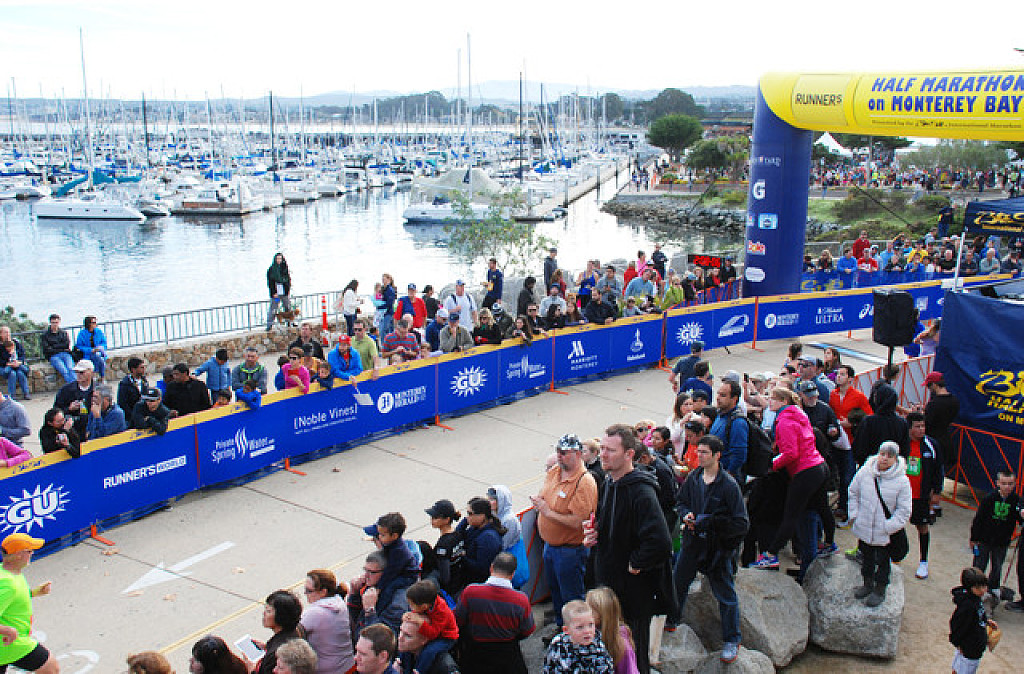Running News Daily
Running News Daily is edited by Bob Anderson. Send your news items to bob@mybestruns.com Advertising opportunities available. Train the Kenyan Way at KATA Kenya and Portugal owned and operated by Bob Anderson. Be sure to catch our movie A Long Run the movie KATA Running Camps and KATA Potato Farms - 31 now open in Kenya! https://kata.ke/
Index to Daily Posts · Sign Up For Updates · Run The World Feed
Articles tagged #Big Sur
Today's Running News
Mulugeta Uma Returns to Defend TCS Toronto Waterfront Marathon Crown
Ethiopia’s Mulugeta Uma, the 2024 TCS Toronto Waterfront Marathon champion, has confirmed he will return to Canada’s premier road race on October 19 to defend his title. The 27-year-old says his focus is clear:
“My aim is to run a fast time but if I am unable to run a fast time I must win the race.”
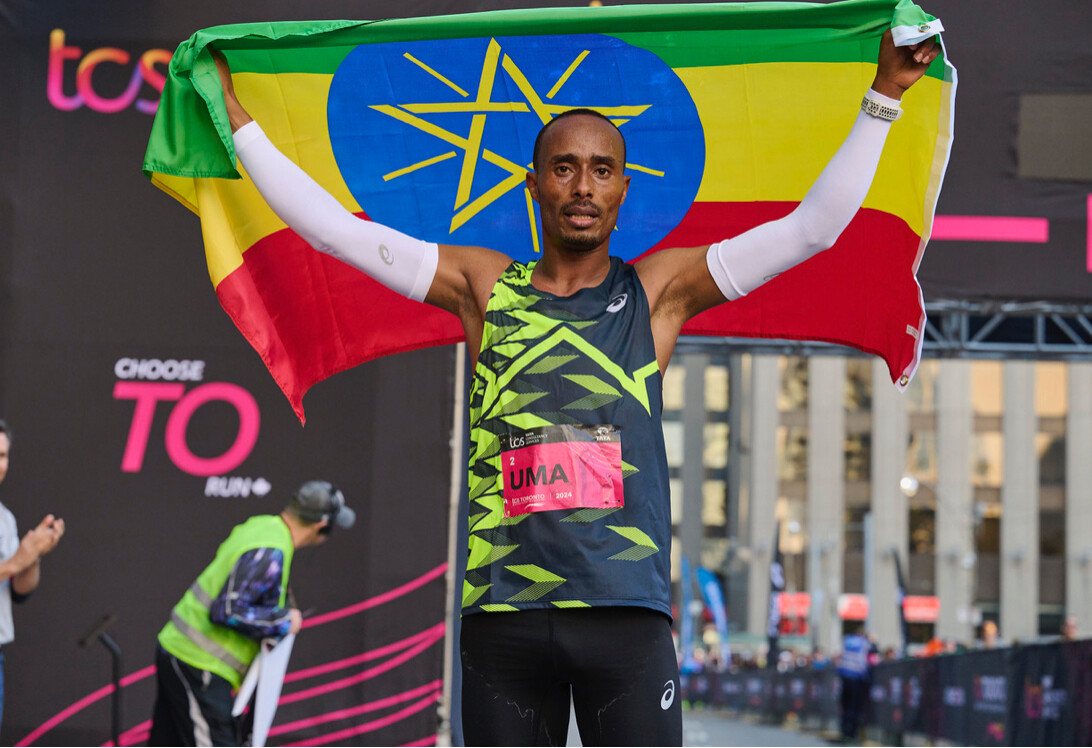
Podium Rematch
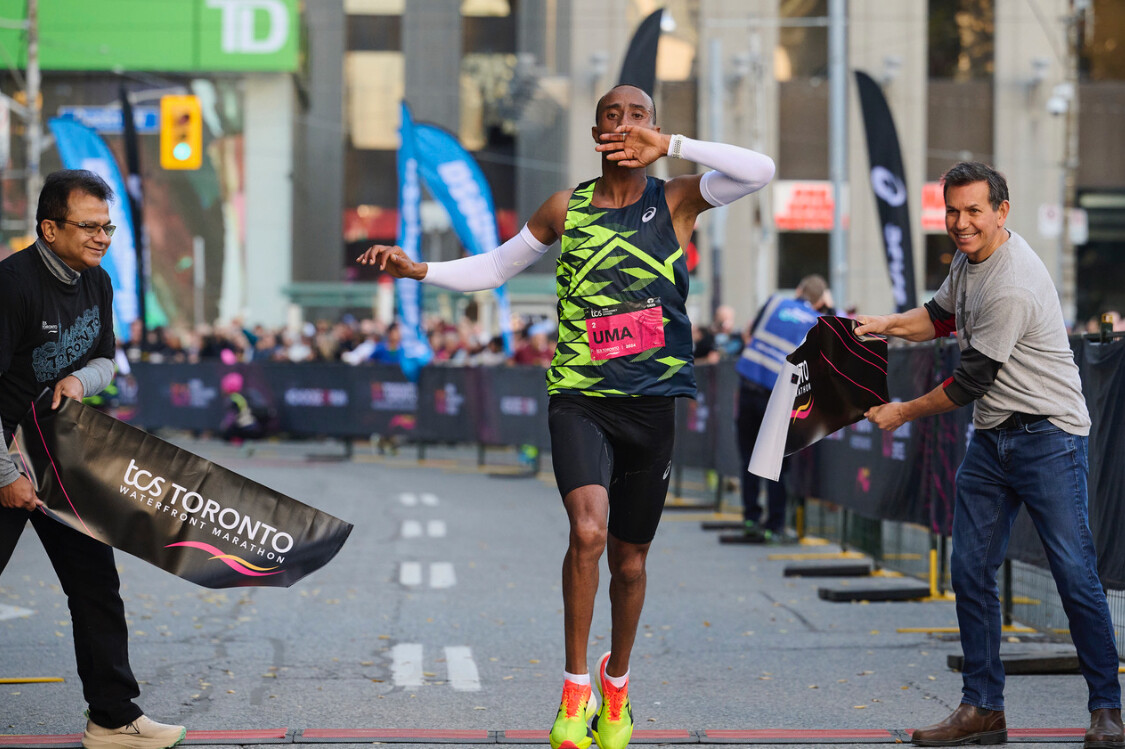
Uma’s addition to the field sets up an exciting reunion with the two men who joined him on last year’s podium. Kenya’s Dominic Ngeno, who finished second in 2024, and Noah Kipkemboi, who claimed third, have already been confirmed for this World Athletics Elite Label race.
Though Uma won Toronto last year in 2:07:16, he has proven he can run much faster. His personal best of 2:05:33 came at the 2024 Paris Marathon, and he clocked 2:05:46 for fifth place earlier this year at the prestigious Tokyo Marathon, a World Marathon Major.
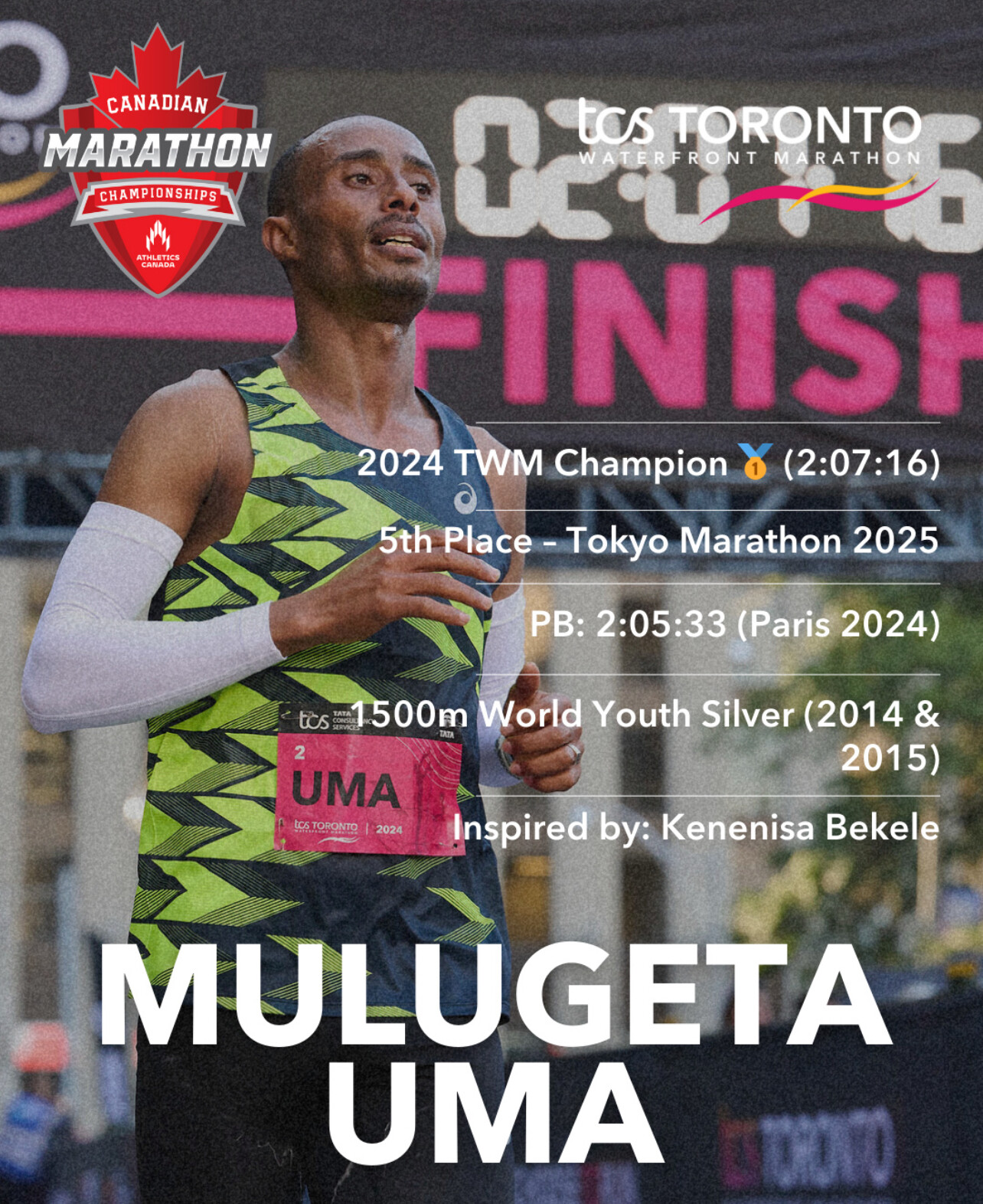
Remembering Toronto 2024
Uma recalls how last year’s Toronto victory unfolded dramatically.
“After halfway, no one was willing to lead but the Kenyan athlete (Ngeno) had a big surge and disappeared from our sight,” he remembers.
“We decided to leave him and thought we were going for second place. After a while I decided to try my best to catch him and, finally, I caught him and managed to win the race.”
His win earned him $20,000 CAD—a payday that has since risen to $25,000 for the 2025 edition. Beyond the prize money, Uma says he enjoyed his first visit to Canada’s largest city.
“I enjoyed the course and had an amazing experience in Toronto. I do have friends there and they are the ones who took me sightseeing.”
From Waliso to the World Stage
Born in Waliso, about 100 kilometers southwest of Addis Ababa, Uma grew up in a farming family. Inspired by Ethiopia’s Olympic heroes, he pursued running as a child and quickly made a name for himself in the 1,500m, winning silver at the 2014 Olympic Youth Games and the 2015 IAAF World Youth Championships.
But his career was derailed when he ruptured his Achilles tendon—an injury he attributes to racing in spikes. It forced him into a seven-year hiatus.
His return to the sport was fueled by watching his hero, Kenenisa Bekele, transition to the roads.
“Kenenisa was the athlete who inspired me. I was eager to achieve what he did on the track. Annoyingly, my injury prevented me from the track racing I loved, but still my role model showed me I could run sub-2:02. I am working hard to run a fast time like him.”
Bekele, a three-time Olympic champion, famously ran 2:01:41 in Berlin in 2019—just two seconds shy of the then world record.
Family and Future Goals
Uma is married to Bone Chuluka, who represented Ethiopia at two World Cross Country Championships, winning medals in the mixed relay event. The couple, who currently have no children, train together as they pursue their athletic goals.
Looking ahead to October, Uma has his eyes not just on defending his crown but also on history. The course record in Toronto remains 2:05:00, set in 2019 by Kenya’s Philemon Rono.
Asked if he might challenge that mark, his response was simple:
“Yes, why not?”
Few would doubt his ability to deliver.
by Paul Gains
Login to leave a comment
TCS Toronto Waterfront Marathon
The Scotiabank Toronto Waterfront Marathon, Half-Marathon & 5k Run / Walk is organized by Canada Running Series Inc., organizers of the Canada Running Series, "A selection of Canada's best runs!" Canada Running Series annually organizes eight events in Montreal, Toronto and Vancouver that vary in distance from the 5k to the marathon. The Scotiabank Toronto Waterfront Marathon and Half-Marathon are...
more...Why So Many People Are Running Marathons Now
April 27, 2025, is shaping up to be one of the biggest marathon days in history. Across the globe, tens of thousands of runners are lining up to test themselves over the classic 26.2-mile distance. The surge in marathon participation reflects a larger movement: more people than ever before are choosing to challenge themselves, honor loved ones, improve their health, and be part of something bigger than themselves.
At the London Marathon alone, more than 56,000 runners are expected to take part, potentially setting a new world record for the largest official marathon field. Each runner will bring their own story to the streets of London — whether it’s running for a charity, celebrating recovery, or simply achieving a personal goal. Since the event’s founding, the London Marathon has raised over £1.3 billion ($1.7 billion) for charity, reinforcing how marathons have become deeply tied to causes and community.
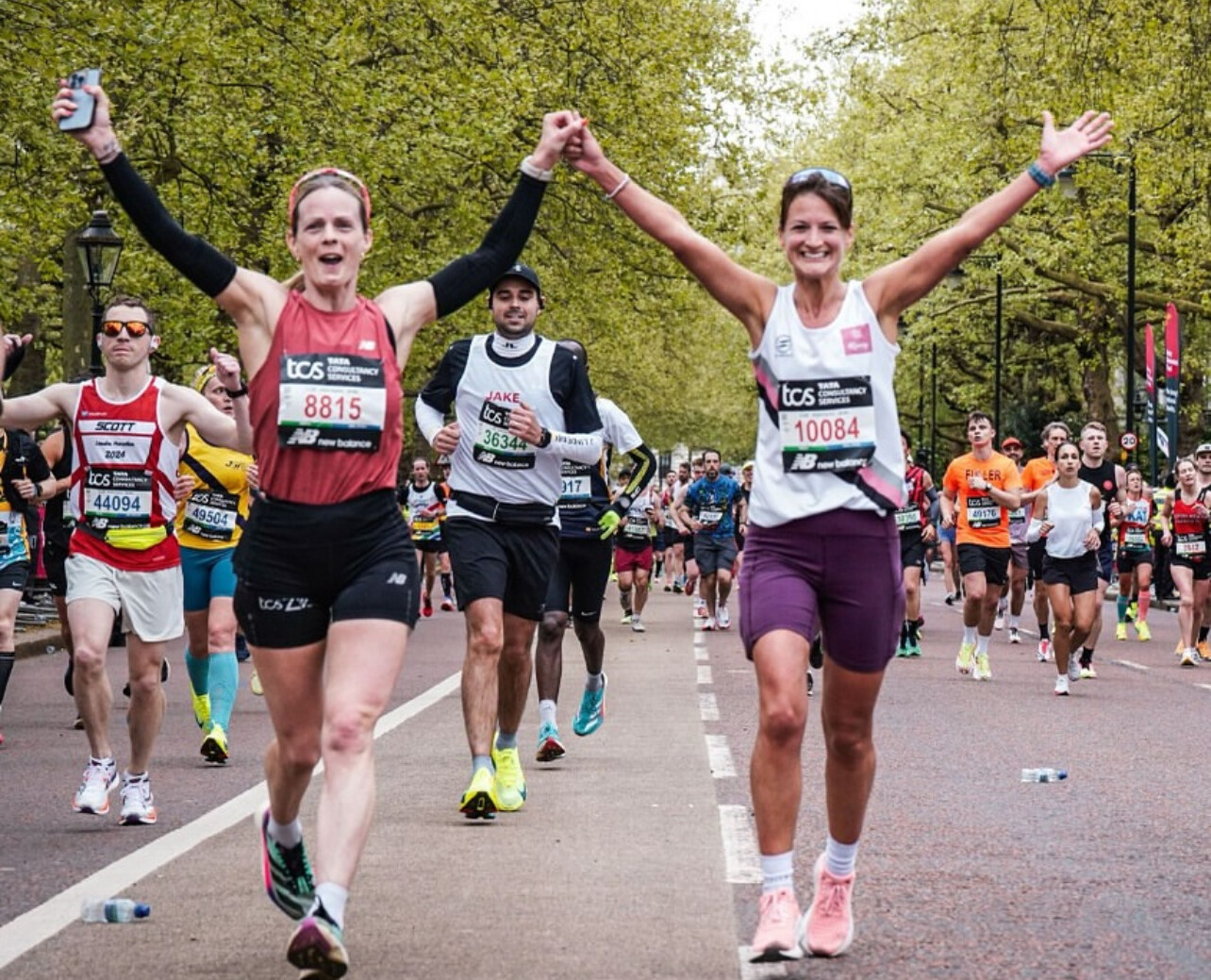
Meanwhile, thousands more will take to the start line at the Haspa Hamburg Marathon in Germany, the Madrid Marathon in Spain, and the Uniper Düsseldorf Marathon, which is returning after a six-year hiatus. In the United States, marathons like the Big Sur International Marathon in California, the Oklahoma City Memorial Marathon, and the Glass City Marathon in Toledo are also drawing strong fields.
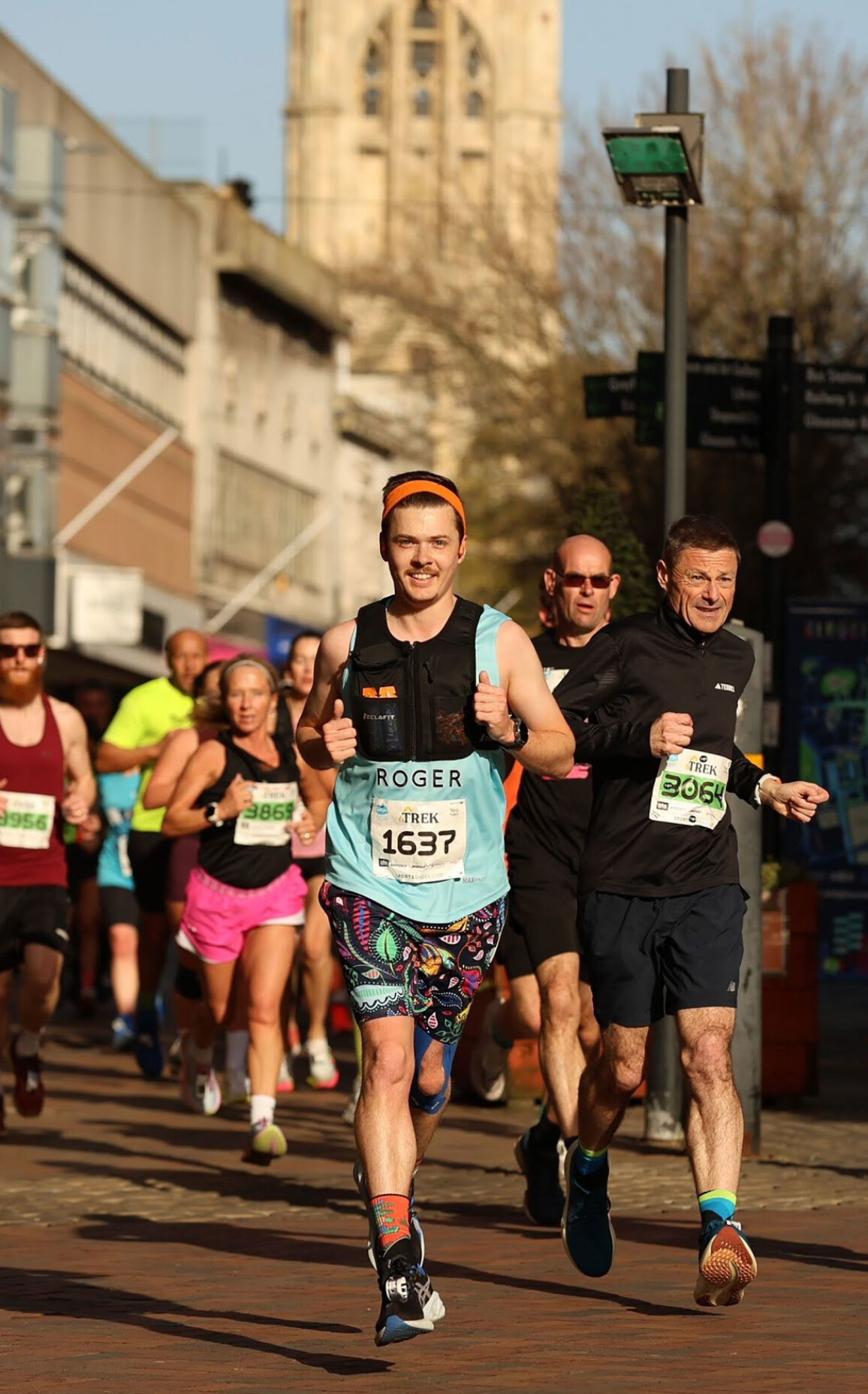
One of the biggest reasons for the boom in marathon running is the personal connection runners feel to the challenge. For some, like Julie Wright, who is running London in memory of her daughter who passed away from breast cancer, marathon training became a way to heal and to move forward. For others, the marathon offers a tangible milestone at a time when traditional life achievements like homeownership or career stability can feel increasingly out of reach. Completing 26.2 miles offers a powerful sense of accomplishment.
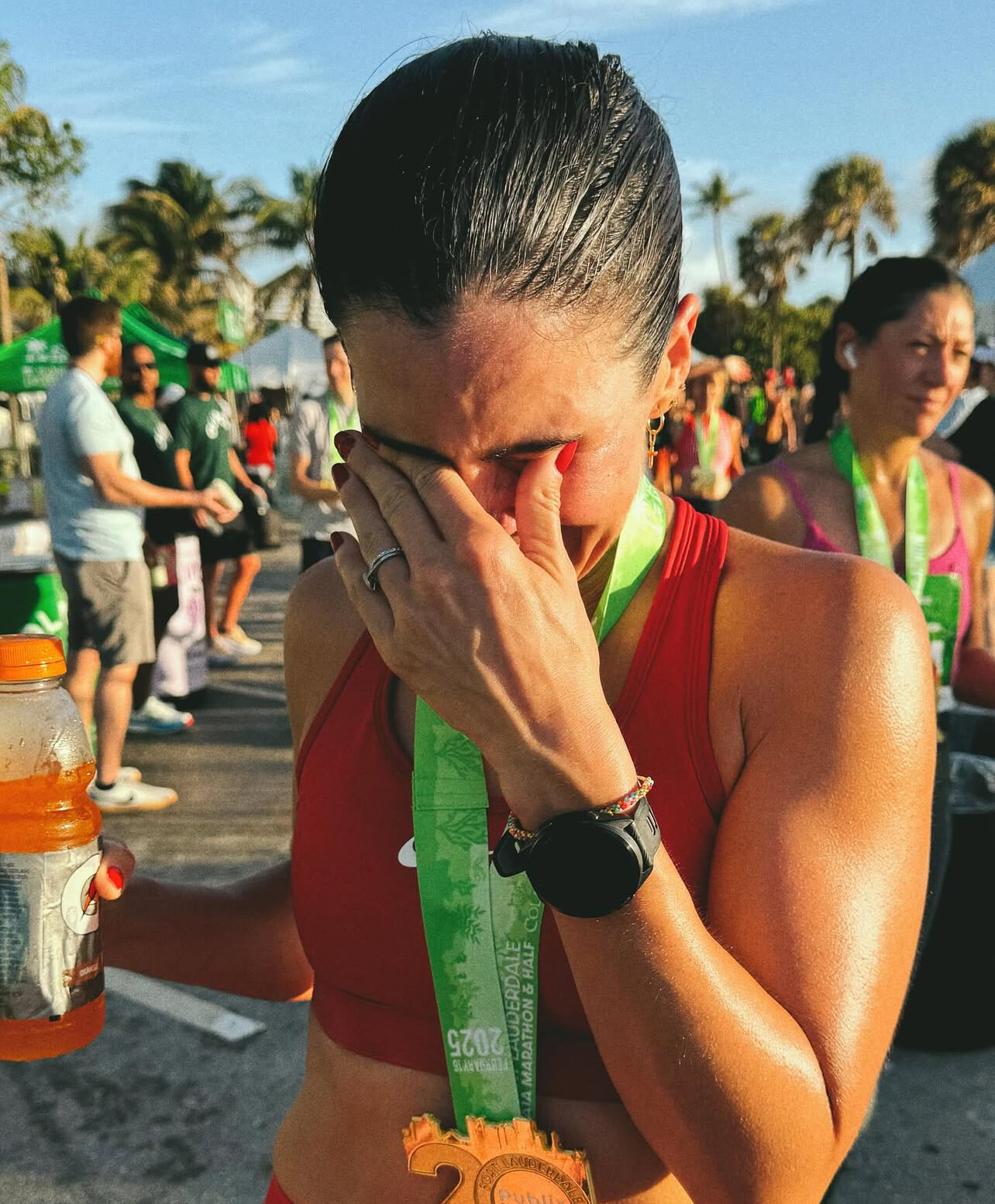
Advances in running technology have also helped fuel the rise. New shoes with carbon-fiber plates, better cushioning, and smart training apps make it easier for newcomers to successfully prepare. Social media has helped too, creating vibrant global communities where runners can share training tips, encouragement, and race day celebrations.
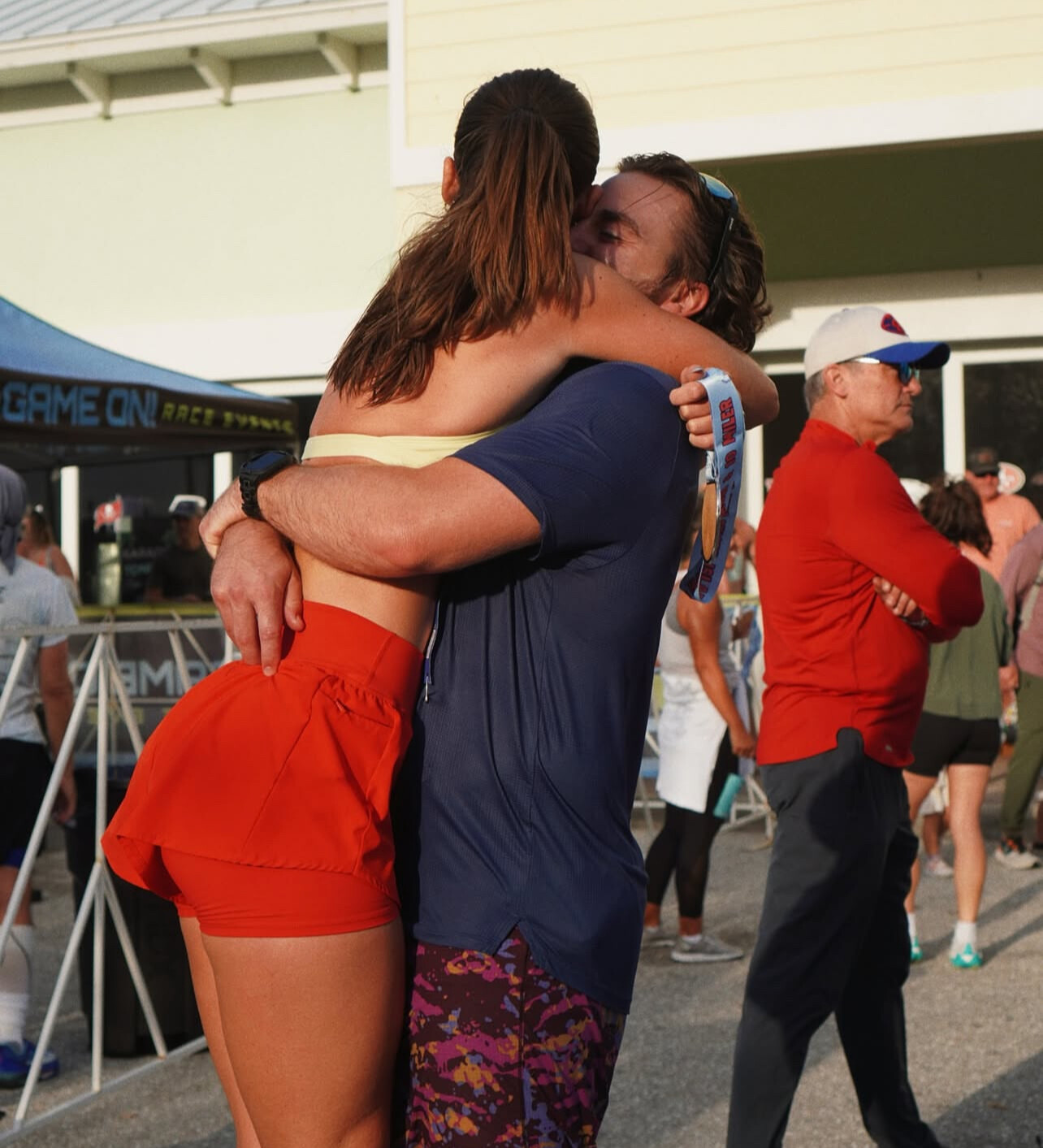
Finally, marathons today are more inclusive than ever before. Age, experience, and speed are no longer barriers. At the London Marathon, runners from 18 to over 80 years old will be lining up together. It’s this spirit — community, personal challenge, and shared experience — that continues to draw more people to marathons every year.
Today, April 27, 2025, the marathon stands stronger than ever, a symbol of resilience, passion, and the enduring human spirit.
My Best Runs is your source for running news, race coverage, features, training insights, and inspiring stories from the world of distance running.
by Boris Baron
Login to leave a comment
The Last Push Before Summer: How Runners Are Peaking This Spring
As the calendar turns toward May, runners across the globe are entering a crucial phase in their annual training cycles: the final opportunity to race hard and fast before summer heat shifts the strategy.
While many spring races are just wrapping up—or happening this weekend—runners are still chasing personal bests and season goals. The London Marathon, Madrid Marathon, and Big Sur International Marathon are all set for this Sunday, capping off one of the most exciting stretches of the global racing calendar.
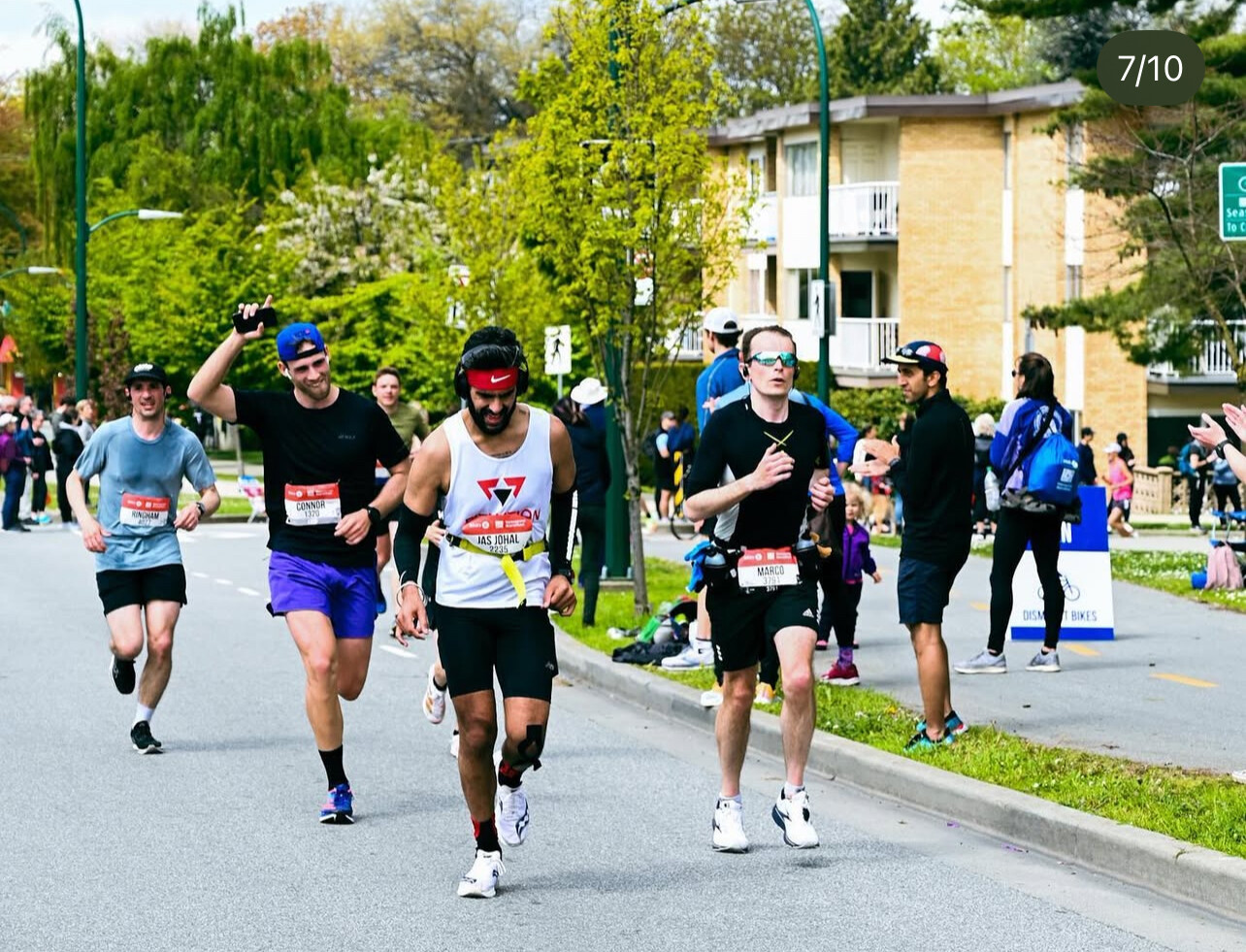
But the season isn’t quite over yet. The Eugene Marathon, Vancouver Marathon, Pittsburgh Marathon, and other early May events are giving runners one more shot to test their fitness—and many are taking full advantage.
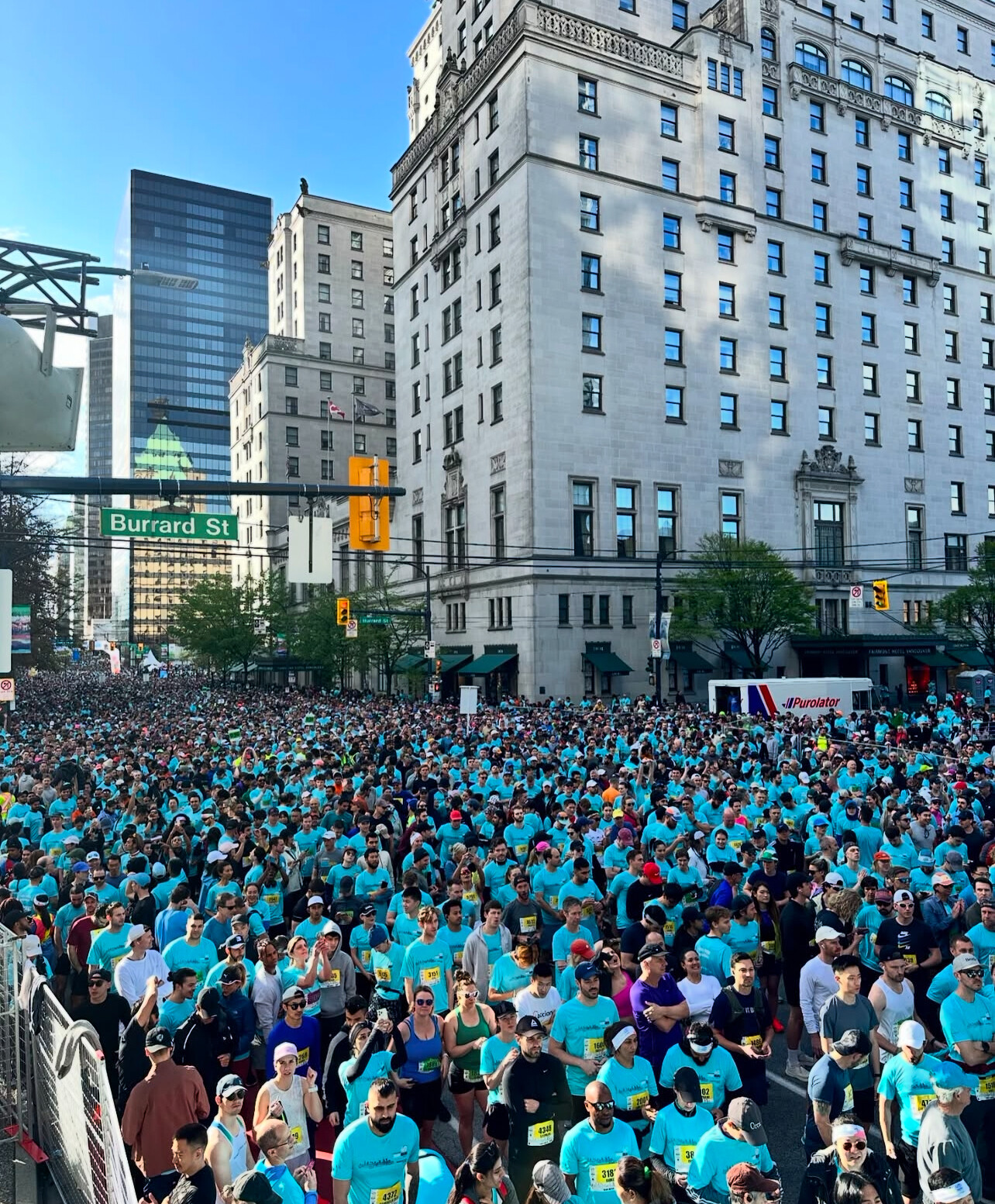
A Critical Window for Speed and Strategy
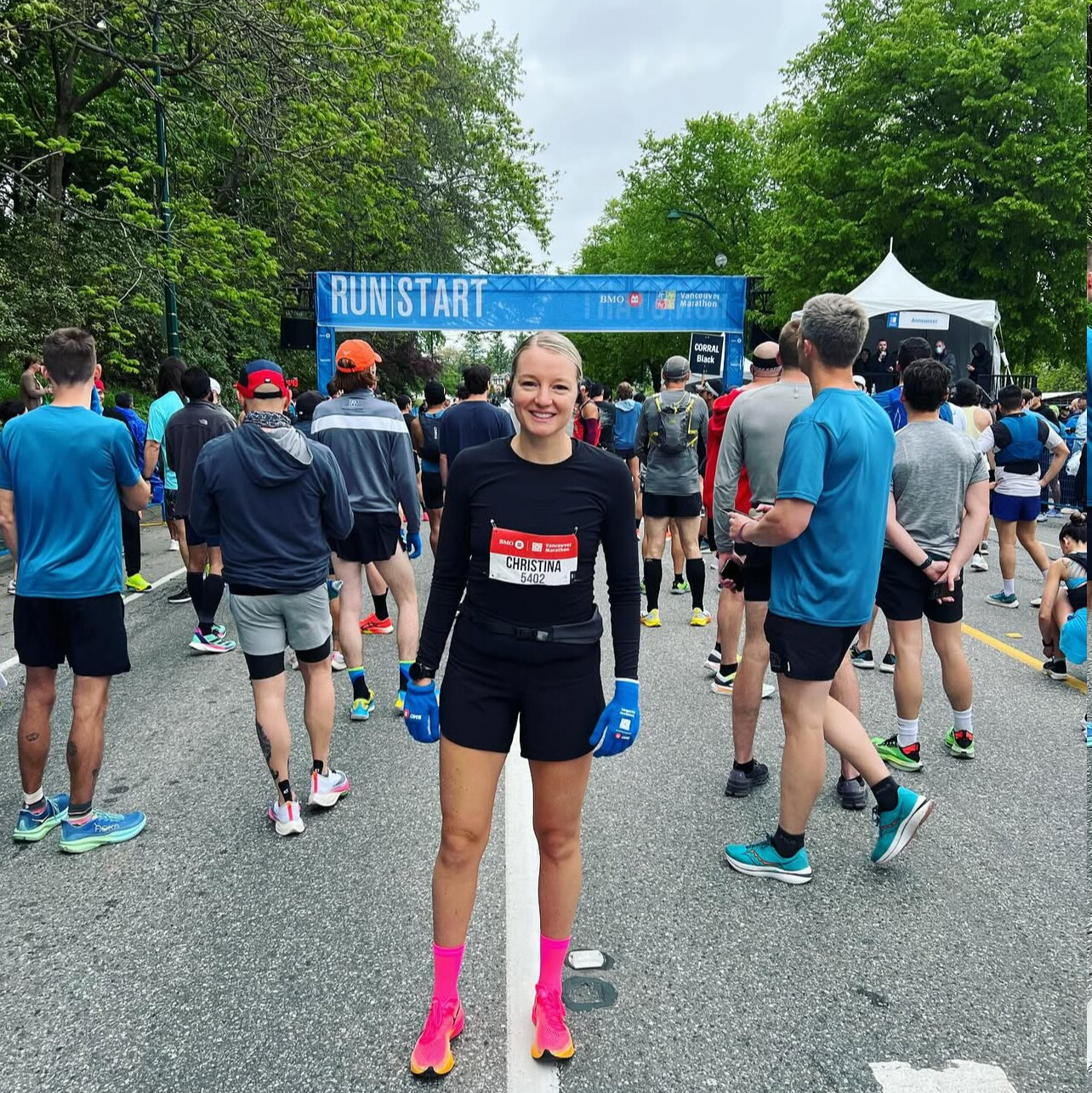
“This is one of the best times of year to be fit,” says Coach Dennis from KATA Portugal. “Runners who stayed healthy through the winter and peaked for April races are now sharper than ever. If you can handle one more race effort, this is the time to go for it.”
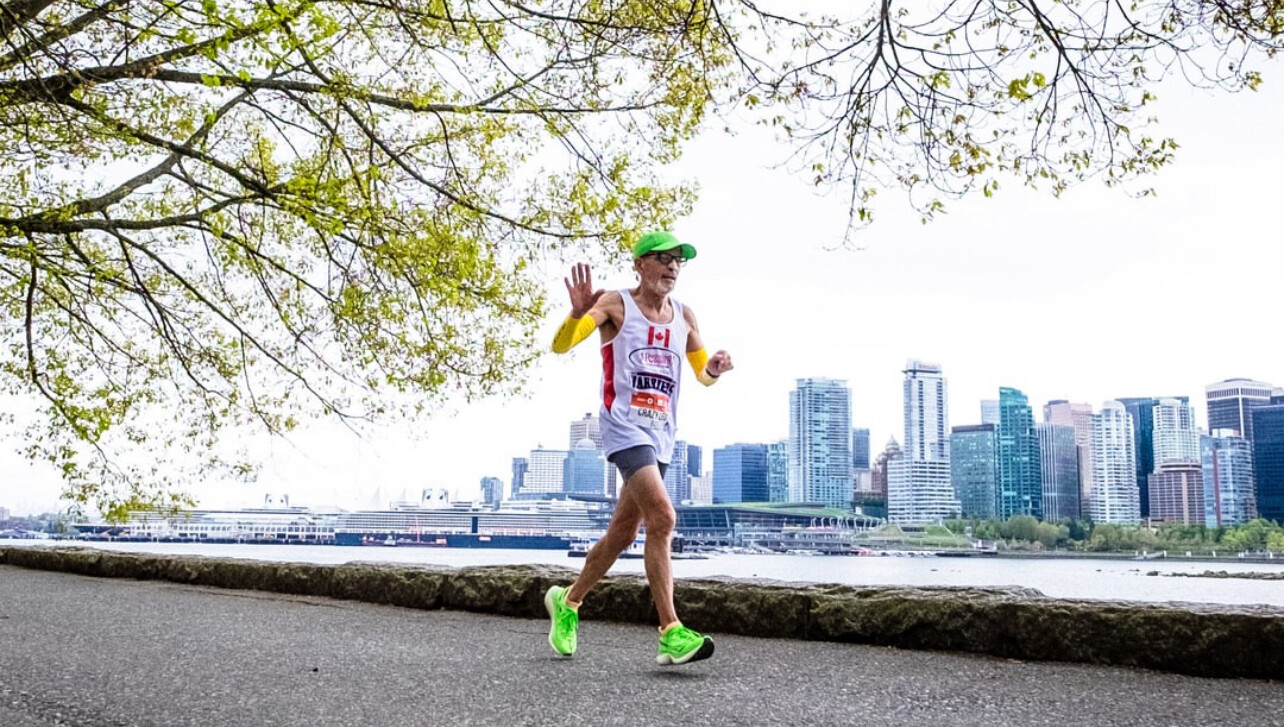
Late April and early May offer ideal racing weather in much of the Northern Hemisphere. Cool mornings and calm conditions are perfect for PRs, BQ attempts, or one last tune-up before switching into base-building mode.
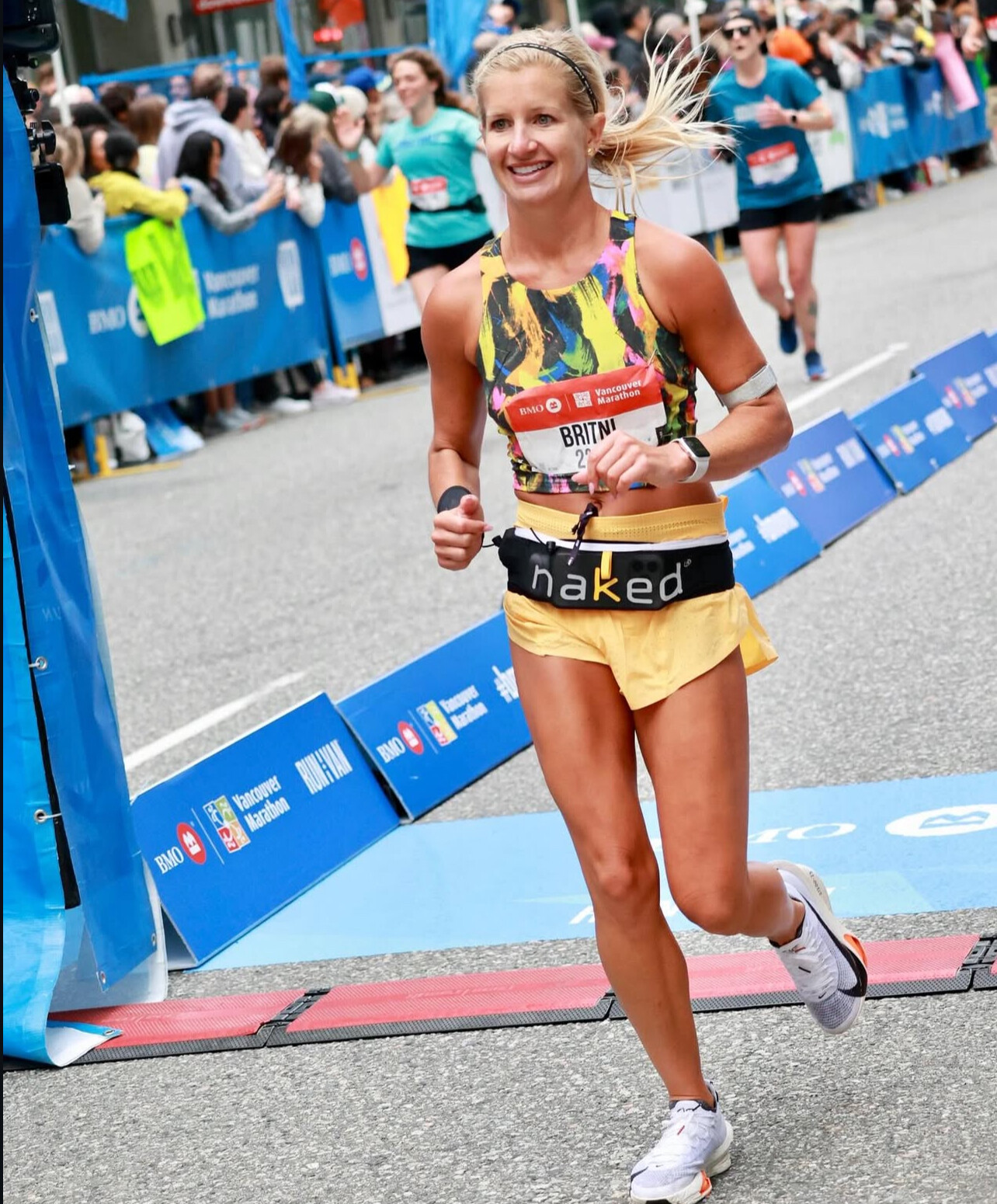
The Spring Surge Continues
The Eugene Marathon (April 27) and BMO Vancouver Marathon (May 4) are both known for fast, scenic courses and well-organized race weekends. They attract everyone from local club runners to elites trying to salvage a qualifying time or simply end the spring on a high note.
“My goal race is Berlin this fall, but Eugene gives me a mid-year checkpoint,” says California-based runner Mallory James. “If I’m not racing now, I’m falling behind.”
Time to Recover—or to Launch
Some runners will use May for recovery after a hard season. Others—especially those gearing up for summer trail and mountain races—are just now hitting their peak mileage. Events like the Dipsea, Mt. Washington Road Race, and Western States 100 are fast approaching.
Coach’s Tip: Plan Your Summer Wisely
According to KATA coach and 2:07 marathoner Jimmy Muindi, spring is where momentum is built—but summer is where runners evolve. “If you raced well this spring, great. Now shift the focus to long-term strength. Summer is for building, not burning out.”
Whether you’re racing this weekend or logging miles toward your fall marathon, this is your moment to finish strong—and set the tone for everything that comes next. As the calendar turns toward May, runners across the globe are entering a crucial phase in their annual training cycles: the final opportunity to race hard and fast before summer heat shifts the strategy.
by Boris Baron
Login to leave a comment
Chasing the Sea Breeze – Big Sur Marathon Offers Runners One of the World’s Most Scenic Courses
As the 2025 edition of the Big Sur International Marathon kicks off this Sunday, runners from around the world will gather on California’s Highway 1 to experience what many call the most breathtaking course in America. This isn’t a race for personal bests—it’s for personal moments.
Winding from Big Sur Station to Carmel, the 26.2-mile route hugs the edge of the Pacific Ocean, weaving past towering redwoods, crashing surf, and rugged cliffs. Runners ascend nearly 2,200 feet across the course, including the iconic Hurricane Point climb—nearly two miles of relentless uphill that rewards the brave with panoramic ocean views.
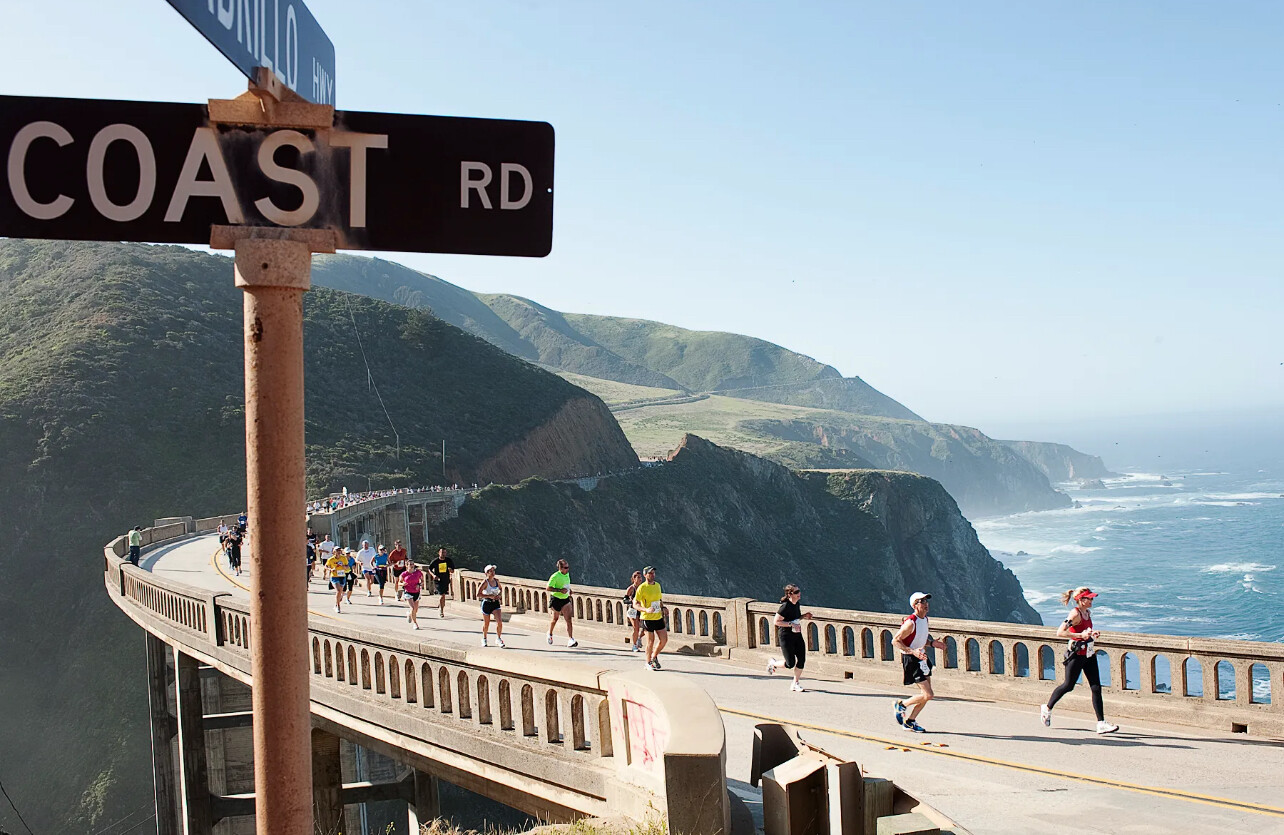
At the halfway mark, runners cross the Bixby Creek Bridge, where a live grand piano performance fills the air—a beloved tradition unique to Big Sur.
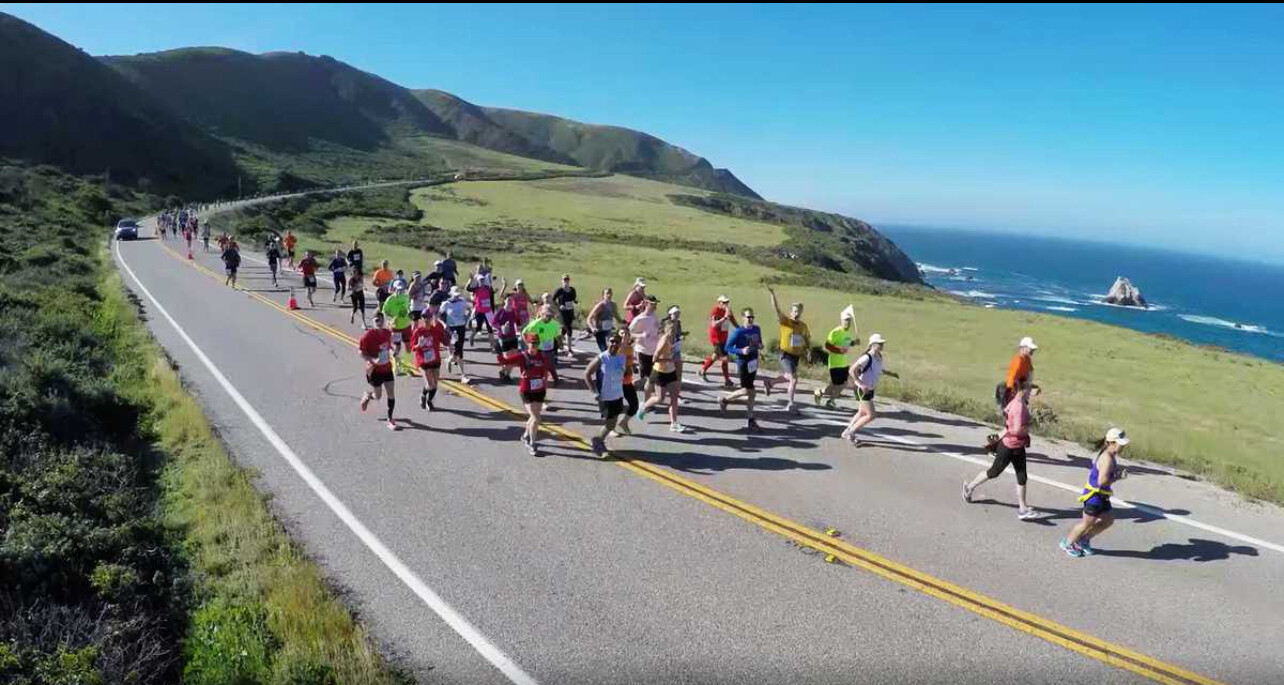
A Race Built on Beauty, Not Speed
Because of the elevation changes, fierce headwinds, and tight curves, the Big Sur Marathon is rarely a place to chase personal records. In fact, many elite runners come here not to win, but to reconnect with the joy of running in nature.
That said, the course does have its records:
Men’s Course Record: Brad Poore – 2:16:39 (2006)
Women’s Course Record: Nuta Olaru – 2:44:58 (2006)
Both marks have stood for nearly two decades—a testament to the course’s difficulty and unpredictability.
Not Just a Marathon
The Big Sur race weekend includes a variety of events: a 21-miler, 10.6-miler, 12K, 5K, and even a relay. All races share portions of the scenic coastal course, and all finish in Carmel.
For many, Big Sur is more pilgrimage than race. The field is intentionally capped at just a few thousand runners to preserve the intimate and environmental integrity of the course.
Why It Matters in 2025
As the global running calendar becomes increasingly fast, flat, and record-chasing, Big Sur stands apart. This year’s edition continues the tradition of mindfulness, nature, and endurance. In a world where speed often dominates headlines, Big Sur reminds us that the soul of running lives in the journey—not just the stopwatch.
by Boris Baron
Login to leave a comment
Big Sur Marathon
The Big Sur Marathon follows the most beautiful coastline in the world and, for runners, one of the most challenging. The athletes who participate may draw inspiration from the spectacular views, but it takes major discipline to conquer the hills of Highway One on the way to the finish line. Named "Best Marathon in North America" by The Ultimate Guide...
more...Marathon Momentum: Why the Next 30 Days Are the Biggest in Distance Running
From the cobblestones of Prague to the iconic slopes of Heartbreak Hill, mid-April to early May marks one of the most exhilarating periods on the global running calendar. During this time, the world’s most prestigious and scenic marathons take center stage, with tens of thousands of runners lacing up for career-defining performances and unforgettable experiences.
2025 Spring Marathon Highlights
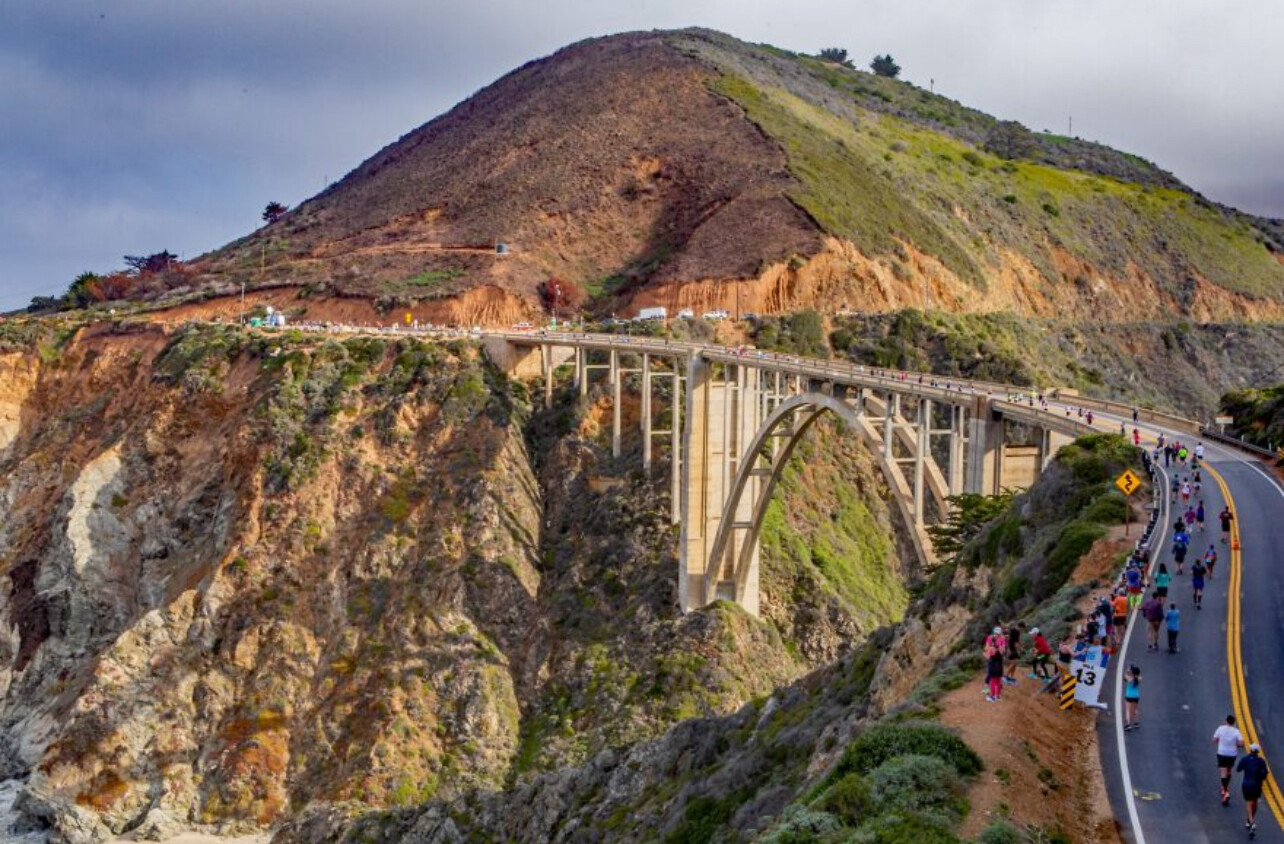
April 21 – Boston Marathon (USA)
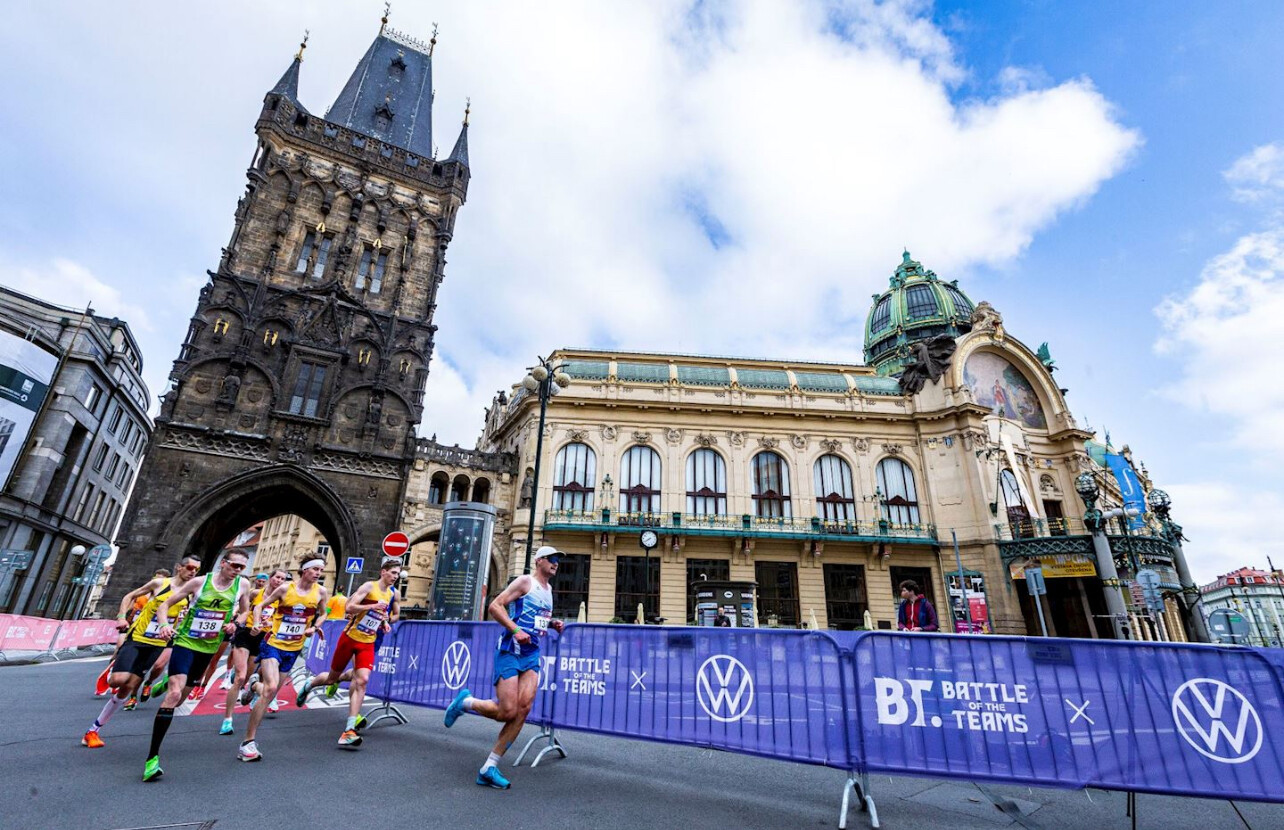
The 129th Boston Marathon delivered historic performances. Kenya’s John Korir overcame an early fall to win the men’s race in 2:04:45, the second-fastest time in event history. His victory, following his brother Wesley’s 2012 win, marks the first time siblings have both claimed Boston titles. In the women’s race, Sharon Lokedi set a new course record of 2:17:22, defeating two-time defending champion Hellen Obiri. The event also commemorated the 50th anniversary of the first wheelchair division, with Marcel Hug and Susannah Scaroni winning their respective races .
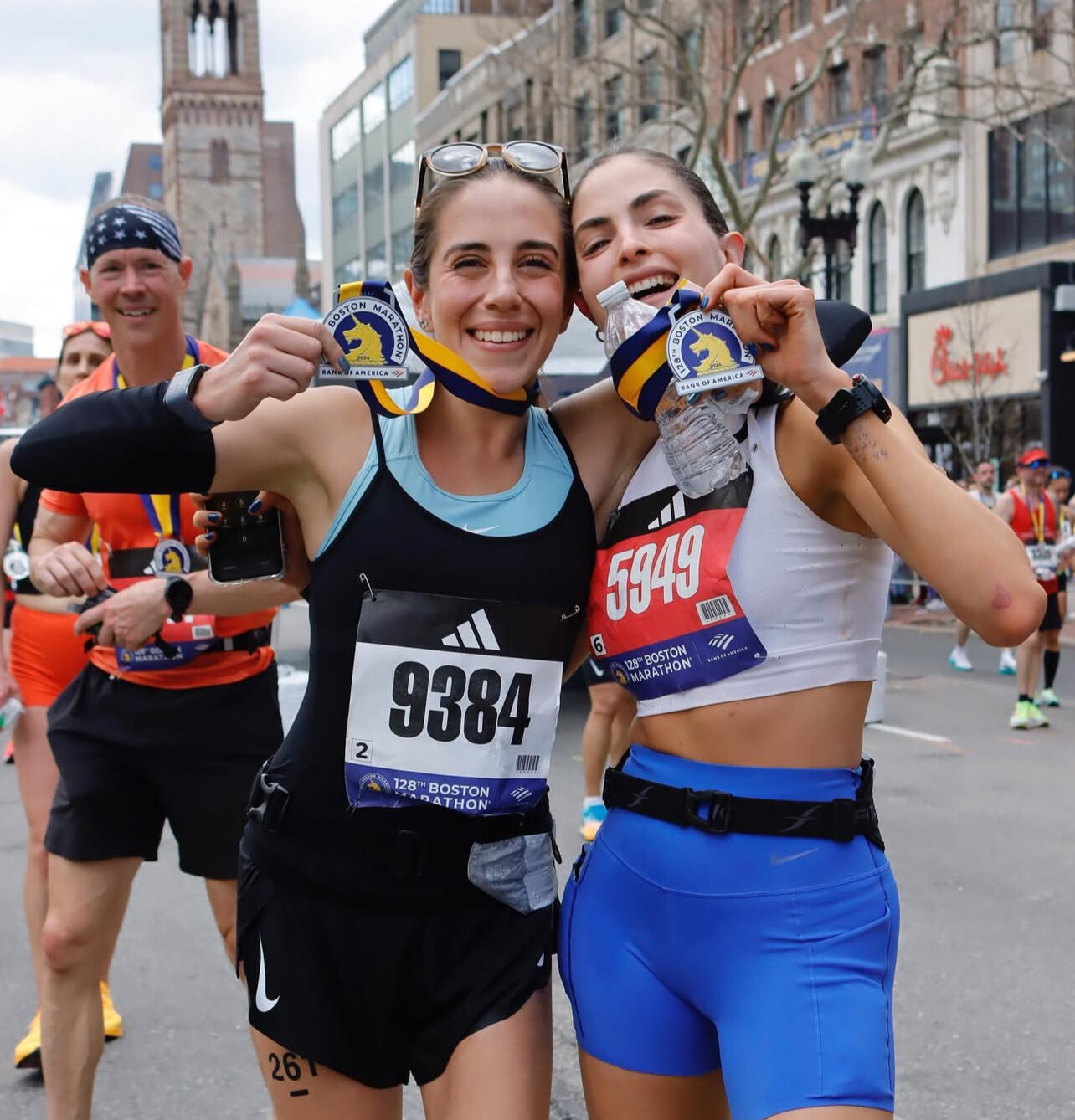
April 27 – London Marathon (UK)
The TCS London Marathon is renowned for its flat course and elite competition. This year’s race featured a deep field of Olympic hopefuls and major contenders, making it one of the most anticipated editions in recent history .
April 27 – Big Sur International Marathon (USA)
On the same day, the Big Sur Marathon offered runners a contrasting experience with its scenic route along California’s Highway 1. Known for its challenging hills and breathtaking ocean views, Big Sur remains a bucket-list race for many .
May 4 – BMO Vancouver Marathon (Canada)
Vancouver’s marathon combines urban landscapes with natural beauty, featuring routes through city streets, along the coastline, and through forested areas. The event continues to grow in popularity, attracting runners from around the world .
May 4 – Generali Prague Half Marathon (Czech Republic)
The Prague Half Marathon showcased impressive performances, with Rodrigue Kwizera of Burundi winning the men’s race in 58:54, becoming the first winner from his country. In the women’s race, Lilian Kasait Rengeruk of Kenya claimed victory with a time of 1:05:27 .
Why This Month Matters
These next 30 days represent the peak of spring racing season. Elites are using these events to fine-tune Olympic campaigns or solidify sponsorships. Everyday runners are chasing PRs, qualifying times, or simply the thrill of a world-class course.
Spring weather, fresh fitness, and the return of major in-person races make this stretch a celebration of everything running stands for: discipline, joy, and community.
Are You Racing This Spring?
We want to hear from you! Tag @MyBestRuns or send us your photos and stories—whether you’re running in Boston, Big Sur, or your own local race. This is the season that keeps the running world turning.
by Boris Baron
Login to leave a comment
This Runner Learned the Importance of Easy Days After Trying to Train Hard for Too Long
“Running has made me a better thinker—I’m able to solve problems when I’m on a run, and often find new and creative solutions to or perspectives on something that’s bothering me."
I played sports (baseball, basketball, lacrosse) growing up, but running was always used as a form of punishment. I didn’t understand the people who “enjoyed” running or would willingly run. I also didn’t want anything to do with running because I was too scared to lose any of the muscle I worked so hard to put on. (I picked up weightlifting in college.)
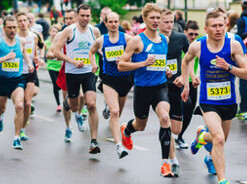
That’s when running became the perfect escape for me physically and mentally. Some of my best thoughts came from mid-afternoon runs around the suburbs of Irvine, California. While I realized that I wasn’t cut out for med school, I will say that my personal statement would have been a lot worse had I not gotten some creative inspiration on my runs.
When I first started running, I didn’t really know how to run—so I downloaded the first (good) app I could find—the Nike Run Club app. I really liked it because they had in-app coaches to help guide you through the run, plus tips on how to gauge my intensity proved helpful.
Prior to that, I would just run as fast as I could for three to four miles with zero periodization on a day-to-day or week-to-week basis. I didn’t do any races, but I did a self-imposed “5K every day” challenge in November 2020. The goal was to get faster by the end of November. I went out and ran a 5K every day at max effort, expecting to get faster by day three. Instead, I had a pretty big regression, so it wasn’t the best training method for me.
I think most beginners think that doing more of the same thing will get them to become better, when in reality periodization is what actually compounds progress the most. I thought I needed to be running at a high intensity daily. It took me two years until I realized that I only needed a few max effort sessions per week, and to simply focus on making my hard days hard and easy days easy.
I’ve also noticed that many former high school/college athletes get into running and their biggest Achilles’ heel is making easy days just as hard as hard days, and I totally get that. Running three miles at a 10-minute pace when I know I can be cooking some sub-seven-minute miles is not something my brain nor body were used to when I started.
In 2020, I decided to run an impromptu half marathon, which was my proudest running moment. To the Allen who had never hit double-digit mileage in one run, 13.1 miles was simply a mythological number.
For that run, I hadn’t followed any real training beforehand, nor did I have any gels or water (biggest mistake I made that day). It was just me, my phone, some AirPods, and my new bright orange Nike AlphaFlys. Needless to say, my first half marathon ended with me cramping and locking up outside of the Chipotle that was less than a mile from my house. I wouldn’t run more than 10 miles again until March 2022.
I almost entirely stopped running in April 2021 when I got back to the gym. However, running found me again when I signed up to participate in the Birthday Series’ 131-mile Relay Race from Montauk, New York to Times Square in June 2023. I ran 25 to 30 miles in the race. I went from running ten to 20 miles a week inconsistently (from March to May 2023) to 50-plus miles a week later that summer.
Most recently, this past April, I ran my first marathon—the Big Sur International Marathon. I was doing well and on target for a 3:15 marathon until my entire body started cramping at the end of mile 22 and my split went from a 7:30 pace to a 15-minute pace. I remember getting to a 1.5-mile enclave (from mile 23 to 24) and that was the longest 1.5 miles of my life.
Those miles were never ending, which was such a juxtaposition since the miles before it felt like they were just breezing by. I remember fully stopping and thinking to myself: “I might have to lie down in this bush,” because my legs were writhing in pain from the cramps.
At the peak of training for that marathon, I was running five days a week in Central Park and logging 50-plus miles on the rolling hills, but this still wasn’t enough to get me fully acclimated to the rolling hills of Big Sur!
But, I am definitely ready for more races in the future. I plan to run Big Sur in 2025, as I will be seeking some redemption, but I’d also like to do shorter races in between.
At this point in my life, I enjoy yoga, Pilates, running, powerlifting, and bodybuilding. Overall though, running has made me a better thinker—I’m able to solve problems when I’m on a run, and often find new and creative solutions to or perspectives on something that’s bothering me. For that, I’m grateful!
But then things changed when I didn’t have a chance to go to the gym in 2020, so I finally gave running a chance. I was also caught in the post-grad bubble of despair, and I wasn’t sure where my life was heading, so running seemed like a good way to pass the time.
My entire undergrad experience was defined by pre-med courses and a little more than 2,000 hours of sports medicine internship. Naturally, applying to graduate/medical schools was the obvious choice, but really I was applying because it was the only socially acceptable form of procrastination. (A pretty poor use of time considering some of the med school applications felt more like a job than the jobs I was working.)
During that time, I had lost two part-time jobs: demoing energy drinks at various gyms around Los Angeles and modeling. So, I was back living at home with no job, spending some 10 hours a day (wish I was kidding) on trying to craft the perfect personal statement for my med school application. I really just needed to do something for my body.
These tips have made my running journey a success:
1. Take it easy
I never liked running up until a few years ago, because I always equated “running” to “sprinting” because that was the punishment we had if we missed too many free throws in a game or missed a ground ball during lacrosse practice.
It was when I joined a run club a year ago that I realized running is not just sprinting, and can be an enjoyable, social activity with or without the presence of others.
2. Be okay with failure
You can do everything correctly during training and still not get the desired results. The benefit of running is that you can make mistakes without any major or lasting consequences. You can then try to apply that philosophy to other areas of your life.
3. Develop an athlete mentality
Whether or not you were an athlete growing up, the deal you make with yourself when you start running is that you become an athlete. If you want the opportunity to improve then you must start treating yourself with respect—like with good nutrition, rest, and health check-ups. Whether you want to run faster, further, more frequently, or just be able to start running at the drop of a hat, you need to give your body the respect it deserves, because running can quickly expose the holes in your health.
4. Invest in good shoes
Get a decent pair of shoes that can handle lots of mileage. Don’t get the most expensive shoe you see online thinking it will make you a better runner—because while it might feel that way, those effects are inflated.
5. Enlist support
Follow a program, an app, a coach, or find a running buddy. If none of those suit you, join a run club! Run clubs really help making running enjoyable with the added benefit of having built-in accountability. You likely know when and where the run is and all you have to do is show up. (One run club I like is Endorphins Running.)
6. Keep an open mind
If you are trying to better yourself and your health, keep an open mind when trying new things. If you think of your health more as a philosophy instead of a rigid set of rules, you will learn that you can start to take ideas from the things you enjoy and mold your own version of health that’s sustainable.
Allen’s Must-Have Gear
→ Normatec 3 Legs: I use these after every long run and occasionally before bed. It just feels really good to get your leg squeezed after a hard workout and it usually forces me to relax (which is great before bedtime).
→ Mito Red Light: I try my best to do everything I can to prevent injury. I’ll use my red light device at home on any areas that’ve been nagging me, as well as a few focus areas as a way to warm up. I typically do five minutes on each leg before a long run.
→ Hoka Mach 6: These have been my workhorse shoes the past few months (almost at 200 miles already on a pair). Love them for track workouts and long runs. They just get the job done.
Login to leave a comment
Is Running a Four-Minute Mile the Secret to Longevity?
A new study shows that running may increase your longevity and that elite runners live longer than their peers.
The 200th person to break four minutes for the mile, according to the National Union of Track Statisticians, was a Swiss runner named Rolf Gysin. On August 16, 1974, Gysin clocked a 3:56.88. It wasn’t a big surprise: he had already run 3:37 for 1,500 meters the year before, which is equivalent to about a 3:54 mile, and had competed in the Munich Olympics a few years earlier. He was 22 when he broke four; he’s now 72—and still kicking, so to speak.
Gysin was the last guy to make the cut in a new British Journal of Sports Medicine study assessing the longevity of the first 200 runners to break four minutes in the mile, timed to coincide with the seventieth anniversary of Roger Bannister’s famous run. Sub-four doesn’t have the cachet it used to—Track and Field News announced last year that they would stop tracking American sub-fours because the barrier was no longer relevant, though it later reversed the decision—but it’s still a big deal now and was even more so a few generations ago. So did the rigors of pushing their bodies past a once impassable barrier shave years off the lives of these supermen? In a word, no. The study adds another data point to the general finding that elite endurance athletes—Olympians, Tour de France riders, runners—are rewarded with increased longevity. What this finding actually means, though, is perhaps less obvious than it seems.
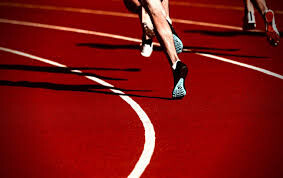
The study was led by Stephen Foulkes and Mark Haykowsky of the University of Alberta along with André La Gerche of St. Vincent’s Hospital Melbourne in Australia. Its set-up is straightforward. Take the first 200 sub-four milers, and hit up Google to see when they were born and when or if they died. Overall, 60 of the 200 men had died, at an average age of 73.6. Those still alive had an average age of 77.6 and counting. The researchers weren’t able to obtain causes of death for everyone, but of the seven who died before the age of 55, six were traumatic deaths or suicide and one was cancer.
For each runner, they then calculated their life expectancy on the day they broke four. For Bannister, the relevant comparison was how long a 25-year-old Englishman would be expected to live in 1954; for Gysin, it was a 22-year-old Swiss in 1974. Then they aggregated the results to see whether the runners had greater longevity than their age- and sex-matched countrymen.
Here’s what the survival curve looks like, with the x-axis showing years since first sub-four mile:
On average the runners outlive the matched general population by 4.7 years. There’s a generational effect: those who broke four in the 1950s outlived their peers by 9.2 years, while those who did it in the 1960s or 1970s had an edge of 5.5 or 2.9 years, respectively. That could be because the health of the general population is improving thanks to better medical care. But a bigger factor, I assume, is that most of the milers are still alive. Check back in another decade or two, and Rolf Gysin and his 1970s peers will (touch wood) have added to their longevity stats.
The main spur for this study was the long-running debate on whether “extreme” levels of exercise can damage your health—and lead to heart problems in particular. You may think that running a mile isn’t very extreme. But training to run a sub-four-minute mile is definitely extreme: this analysis from a few years ago found that top milers generally run between 75 and 105 miles a week, with around 20 percent of it at very high intensities. So it’s good news to find that barrier-breaking milers aren’t dropping like flies.
Still, there are a bunch of caveats to this kind of study. One is that outliving the average person is a pretty low bar to clear. How do athletes fare compared to someone doing the modest amount of exercise recommended by public health guidelines? One estimate found that the equivalent of just five hours of brisk walking per week extends your life expectancy by 4.2 years. Other estimates, to be fair, are less optimistic—but a comparison of sub-four milers with, say, 5:00 or 6:00 milers rather than the average couch-potato would be interesting.
The other big question is how much of the milers’ longevity is a result of genetics. I’m of the opinion that breaking four is something that only a small fraction of the world’s population can achieve, regardless of how hard they train, how healthily they eat, how fervently they believe in themselves, and how springy their shoes are. Perhaps the traits that make a four-minute mile feasible—strong heart, robust metabolism, great immune system—also favor longevity. Maybe Bannister would have lived just as long even if he had never run a step.
These are tricky problems to solve: you can’t randomly assign people to follow one lifestyle or another for decades, so every dataset has weaknesses. This particular study is also, yet again, all men. The women’s mile record is Faith Kipyegon’s 4:07.64, set last summer. At first I was thinking you could pick an alternate benchmark to study in women, like sub-four for 1,500 meters. But that barrier wasn’t broken until 1976, and by 2000 only 64 women had done it, most of whom are presumably still alive. Even if you pick lower thresholds, there simply weren’t that many women competing until longer track events were added to the Olympic program in the 1970s. Unfortunately, this sort of longevity analysis for female endurance runners will likely have to wait a few more decades.
But even if you could tease out the effects of genetics and training, I suspect there might still be something missing from the analysis: the mystique of the four-minute barrier. I’d love to see a comparison of those first 200 sub-four milers with their contemporaries who ran between 4:00.0 and 4:01.0 in the same era—the near-misses. Back in 2018, a Dutch economist named Adrian Kalwij studied the longevity of U.S. Olympic medalists between 1904 and 1936. All the medalists lived longer than the general population, but silver medalists lived about three years less than gold or bronze medalists. There was something about being “first loser” that was even worse than coming third—an observation that has been confirmed by facial expression analysis on the podium, which finds that silver medalists are the least likely to smile.
Kalwij is interested in the effect of socio-economic status (SES) on health: why do rich people live longer than poor people, and by how much? But his theory is that it’s not just about resources; it’s also about the psychological effects of winning and losing—whether it’s a race, or a spot at an elite college, or a job promotion. In a follow-up study in 2019 (which I wrote about here), he found that the effect of SES on the longevity of Dutch Olympians has been growing, from no effect in the earliest cohort to a difference of 11 years between high- and low-SES athletes in the most recent cohort. That reflects, he believes, an increasingly winner-take-all society in which we all have more opportunities to succeed but also more opportunities to fail. Those who accrue loss after loss in these micro-competitions pay a price in our health.
Whenever I see a study about the longevity of athletes—or, say, Oscar winners, who live longer than Oscar nominees—I’m reminded of Kalwij’s work. I have no doubt that physical activity is the single most powerful lever we have to improve health. I’m fairly confident that those benefits accrue even to those who train really hard, even if the new miler study doesn’t prove it. But I also wonder how much you benefit from the transcendent experience of reaching the top of the mountain—perhaps because my own best 1,500 time, according to World Athletics scoring tables, is equivalent to a 4:00.03 mile. Ouch.
by Outside Online
Login to leave a comment
How to Add Hills to Your Marathon Training
Everything to know about adding inclines to training, including how often to tackle them and the best strength moves for prepping your legs.
Running a marathon is a difficult feat in and of itself. Add in a hilly course—like you’ll find in the Big Sur, Boston, New York City, or San Francisco marathons, for example—and that adds a new level of challenging.
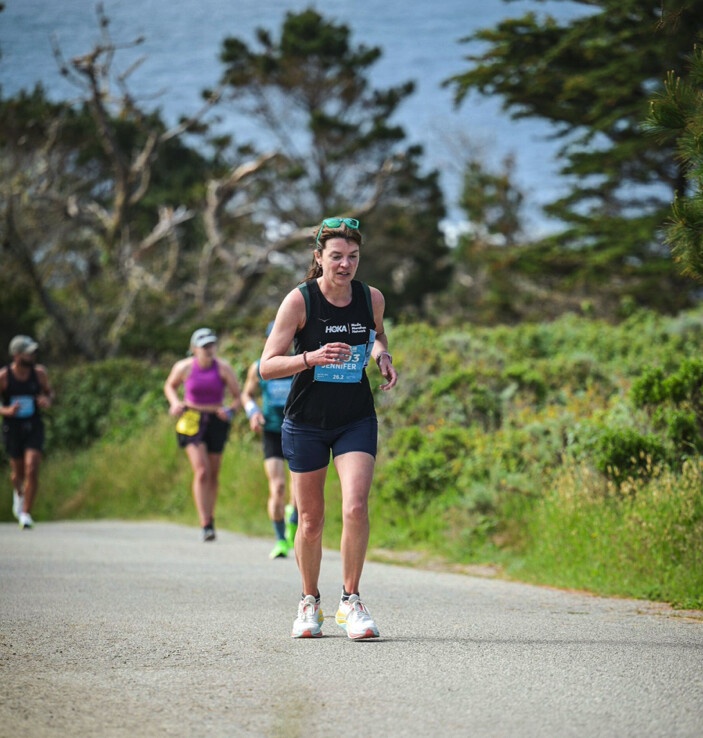
Having just run the Big Sur International Marathon, thanks to an invitation from the Hoka team last month, I learned the importance of incorporating hills into my marathon training cycle from Ben Rosario executive director of the HOKA Northern Arizona Elite in Flagstaff, Arizona, who was also my running coach.
In order to prepare for the demanding elevation changes of the course, I tackled hills every week of my training. Being that I live in Eastern Pennsylvania with many rolling hills, it wasn’t hard to seek out inclines regularly.
“You’re going to have a more enjoyable experience on race day, if you hill train throughout your marathon training,” says Rosario, whose advice rang true for me.
On race day, by mile 20, I had had enough of the hills mentally. Despite the breathtaking views of the Pacific ocean in the distance, six more miles still felt like an eternity in my head. However, I reminded myself that physically I had more to give because of the work I’d put into training, especially having pushed through so many tough climbs. I conquered the last 10K that day, and hit my marathon goal.
So how can you add hills to your own marathon training plan? Can running hills all the time be too much? And what do you do if you don’t have access to hills? To answer these questions, we chatted with expert run coaches to find out their best tips for how to train for hilly marathons.
How Often to Incorporate Hills Into Your Marathon Training Plan
If you live in a hilly area there’s nothing wrong with running hills on your regular runs—it will only help you come race day, Rosario says. “Not the hilliest run you can find necessarily, but there is nothing wrong with having a little bit of up and down in your runs everyday,” he adds.
If you don’t live in a hilly area, but you’re able to get to some place with hills, adding hills to your runs twice a week is smart, especially if you’re a more seasoned runner who has some base fitness. Incorporating hills into your weekly long run and speed session is a good place to start, Rosario suggests.
For novice runners taking on a hilly marathon, who have never consistently run hills before, be careful not to take on too much too fast, as you can get injured if you add hills into your training too aggressively or too quickly, says Richelle Weeks, D.P.T., physical therapist, certified run coach, and marathoner in Ottawa, Canada.
To make sure you don’t overdo it, Weeks advises new runners start with adding hills to one shorter run per week, until you get comfortable with climbing. Then, gradually add distance and more hills over the course of four to six weeks. “This is why I recommend a marathon training session be 20 weeks so there’s plenty of time to introduce hills,” says Weeks.
She also recommends runners have a comfortable base of running fitness first, before tackling inclines. “Most runners who get injured training for a marathon get their injury in the first month or the last month,” Weeks says. That’s because runners often are upping too many variables at once, like frequency, volume, speed, and hills. “Build frequency and volume first to get a good base. Then add in hills or speed, one at a time,” she adds.
I have a five-mile loop from my home with four big hills involved, so I would always incorporate this loop into my weekend long run, sometimes doubling it as my distance increased over the weeks. In previous marathon training, I mainly stuck to flat paths for longer runs, but knew this wouldn’t help me train for Big Sur. While my times were slower on that loop because of the hills, I did notice the more I ran it, the more efficient I was at covering climbs.
My weekend long run consisted of, on average, 1,200 feet of elevation gains for my 10- to 15-mile runs, reaching more than 1,500 feet for my 20-miler, which was helpful considering the Big Sur Marathon course features 2,182 feet of elevation gain.
How to Prep for a Hilly Marathon on a Treadmill if You Don’t Live Near Hills
If you can’t find a hilly route, finding a treadmill with both incline and decline capabilities is the next best thing, says Rosario. For many runners who don’t have access to a treadmill with decline options, Weeks advises strength training to build your quadriceps, which you need strong to tackle tough descents (see moves below).
You can research the elevation changes on the course you’ll run, and simulate that on the treadmill. If you’re doing a 15-mile treadmill run, for example, Rosario suggests plugging in the course inclines based on the elevation changes. For example, if you notice your course has a 6-percent grade at mile nine that stretches for one mile, add that percent and duration into your treadmill workout.
How to Handle Recovery Runs on Hills
It’s a good idea to keep recovery runs flat and easy during marathon training, as you want your easy runs to stay easy! If that means driving to a flat path or track, and you have the time, certainly do so, Rosario says.
If you can’t get to a flatter area, it’s okay to have those hills on your easy runs, with one caveat: Accept that you’ll really slow down your pace. “If you’re doing a recovery run, make sure you keep it easy, and if that means stopping and walking to go up the hills to keep your heart rate low and to make it feel like a relaxed run, then walk up the hills,” says Weeks.
For example, I ran some of the steeper hills on my recovery runs at a 10- to 12-minute mile pace, while my typical recovery pace is about a nine-minute mile. This strategy of adding hills to my recovery runs actually helped throughout the race. When the hills got long and taxing toward the end of the Big Sur course, I reminded myself to find my recovery pace and settle into it, so I could make it through the hills and feel strong for the subsequent miles.
The Garmin Forerunner 265S helped me maintain a lower effort on recovery runs, as I could keep an eye on my pace and heart rate, making sure I wasn’t exerting too much effort.
What to Do About Speed Workouts When Prepping for a Hilly Marathon
A mistake many runners make when it comes to training for a hilly marathon is tackling their hard workouts—like mile repeats or tempo runs—on the track or flat path that they’re comfortable with, Rosario says. The reason that’s an issue is because you’re not training your leg muscles to handle the demands of running hills at a harder effort.
Hill-based workouts ask more of the quads and calves and better prepare you for race day, Rosario adds, which is why speed workouts are precisely where you should incorporate hills. Just remember: “Hilly loops aren’t as cut and dry as training on a track,” he says, meaning your times are going to vary more as you run uphill and downhill, rather than sticking with a specific pace.
If you’re doing a speed session with hills, pay attention to your effort instead of pace, Rosario says, and give the workout the same effort you would on the track. For example, if you’re doing mile repeats with hills at threshold, instead of focusing on trying to hit a specific time, focus on maintaining about a 6 to 7 on the RPE scale (that’s a hard effort, but you can still say a few words).
Repeating the same hilly loop over and over again for those repeats will also help you see how you’re improving.
How to Strength Train for a Hilly Marathon
On average, two strength workouts a week is a good goal for most runners looking to prepare for a hilly marathon, says Weeks. Those workouts can include both uphill and downhill strength movements in each session.
“In the classic hilly marathons like Boston and Big Sur, it’s the quads that are beat to shreds after the race,” says Rosario. That’s why it’s important to incorporate strength moves to build up the quads so they can withstand the impact.
If you’re a lower mileage runner (around 30 or fewer miles per week), you can do strength work on non-running days. High mileage runners who do two or more speed sessions per week and a long run would benefit from keeping their easy days easy and hard days hard. So Weeks suggests pairing strength work with speed days.
Form Tips for Running Hills in a Marathon
Downhills are more dangerous than the uphills, say Rosario, because they cause us to run in a way that is less efficient. “When we run up a hill, there’s no way to get up it except fairly efficiently,” he says. “You’re running in a way that’s as close to perfect [form] as possible [on the uphill].”
That said, you still want to focus on solid running form when going up an incline. Think about running with a tall posture (avoid dropping your head and shoulders), a forward lean from the ankles, and avoid overstriding by keeping your foot strike underneath you. Also, use your glutes to push off and offer power.
When running downhill, runners tend to land hard on their heels, which sends a lot of shock through and up the kinetic chain—from the heel to the legs and hips—which causes eventual soreness postrace because the body is having to violently absorb all that shock, Rosario says.
Allow your feet to land closer to the hips, as opposed to way out in front of you in an overstride, as this creates a more gentle impact on the body, Weeks adds.
What runners need to practice, Rosarios says, is letting gravity do the work on the downhill. “You don’t want to bomb down the hill out of control, but you also don’t want to put on the brakes. You want to run as smoothly as possible down the hill,” he says. “It’s that medium effort that you want to find [running downhills] which takes time to learn and practice.”
As for accomplishing your hilly marathon: Give yourself grace, flexibility, plenty of time to train, and learn the marathon course you’ll run as best you can before race day. Marathons with a lot of inclines aren’t for the faint of heart, but now having raced one, I can say I’m proud I accomplished it. Afterall, American novelist and poet Jack Kerouac, who spent time living in a cabin at Big Sur in the 60s and traveling the United States wrote: “Because in the end, you won’t remember the time you spent working in an office or mowing the lawn. Climb that goddamn mountain.” In this case, just run it, for as long as you can.
by Runner’s World
Login to leave a comment
Big Sur International Marathon to change route after road collapse
One of North America’s most well-known and scenic marathons, the Big Sur International Marathon, has been forced to change its course three weeks before the April 28th race day due to a road collapse on the Pacific Coast Highway (Highway 1) just south of Carmel-by-the-Sea, California.
Traditionally, the marathon starts at Big Sur Station, covering 42.2 kilometres north on Highway 1 to the Crossroads in Carmel. However, a slip-out from a March 30 rainstorm damaged the southbound lane on Highway 1 near Rocky Creek Bridge, just south of Notleys Landing. As more rain fell later in the week, the situation worsened. “There’s no road,” one local source told Canadian Running.
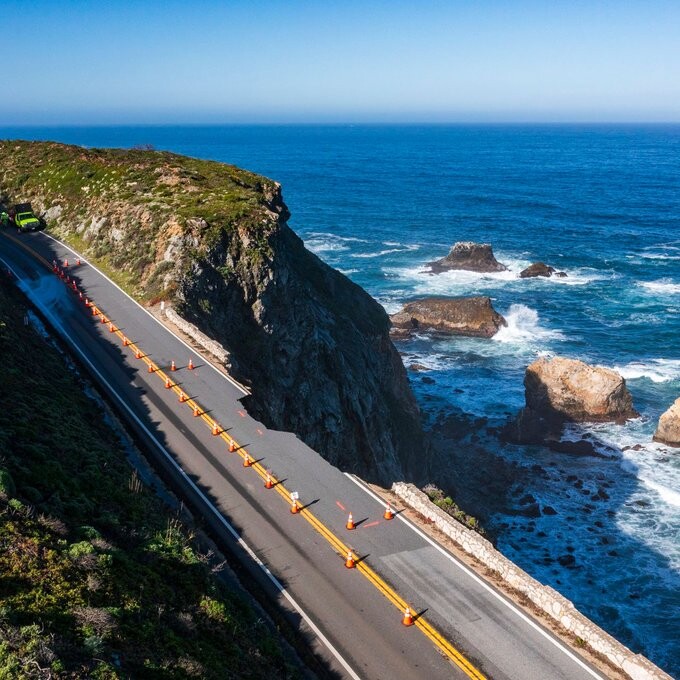
Highway 1 has been closed to all traffic since March 31st and is only open to locals who live in the area and essential workers.
Despite the road closure, race organizers remained optimistic about holding their 37th annual marathon, now revising it to an out-and-back course from Carmel-by-the-Sea to Notleys Landing. The marathon will start and finish in Carmel-by-the-Sea, bypassing the damaged area. The other races (11-miler, 12K, and 5K) will maintain their original courses, unaffected by the damage.
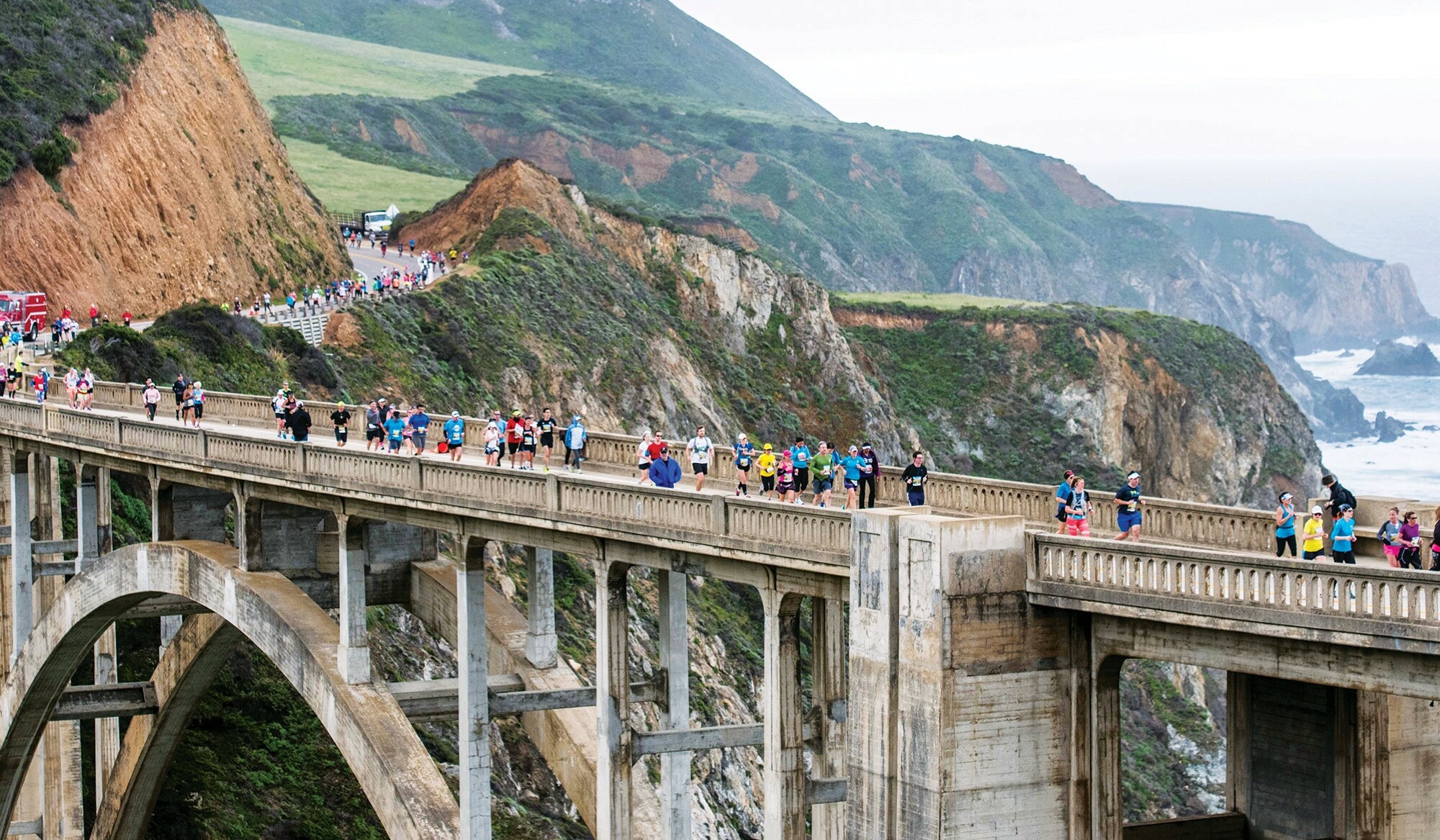
Josh Priester, the race director for the Big Sur Marathon, said in a press release that the team has been working tirelessly to identify solutions and prepare for race day on April 28th. “I am extremely grateful for the commitment and dedication that I have seen from our entire community supporting us during this process. After multiple discussions, it has been determined that running the point-to-point route from Big Sur to Carmel past the slip-out location is not an option.”
This is not the first time the race has had to deal with a reroute. In 1998 and 2011, the Big Sur International Marathon was also rerouted to an out-and-back format due to a landslide on Highway 1. Each year, the race attracts about 4,500 participants from around the world.
Login to leave a comment
Big Sur Marathon
The Big Sur Marathon follows the most beautiful coastline in the world and, for runners, one of the most challenging. The athletes who participate may draw inspiration from the spectacular views, but it takes major discipline to conquer the hills of Highway One on the way to the finish line. Named "Best Marathon in North America" by The Ultimate Guide...
more...A Chunk of the Big Sur Marathon Course Has Fallen Into the Ocean
Race organizers are scrambling to find a solution with the race just a few weeks away.
With the news of Highway 1’s partial collapse near Rocky Creek Bridge earlier this week, Big Sur Marathon officials are scrambling to devise a solution before the race, set for April 28.
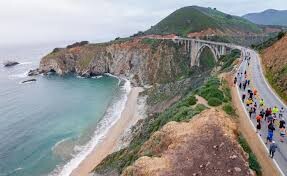
“As you can imagine, we have a variety of agendas,” Josh Priester told the Monterey Herald. “We have 25 days until the event.”
An official decision won’t be made until Friday at the earliest, but Priester says nothing—including running the full course—has been ruled out. The course typically begins at Big Sur Station and runs along Highway 1, ending in Carmel.
“CalTrans is still accessing everything,” Priester said to the Monterey Herald. “We are looking at a variety of options, including the race as it is. I would be hesitant, though, to say much more at this time.”
One lane remains open at the site of the collapse, which occurred just over half a mile from the Bixby Bridge, but only road workers are currently permitted to be in the area.
A similar incident in the past altered the 38-year-old race—a landslide in 2011 that occurred further south on Highway 1. The race has only been canceled twice, in 2020 and 2021, both owing to the COVID-19 pandemic.
The 2011 course was out-and-back, starting and finishing at the Crossroads in Carmel, veering off to Point Lobos State Park for one portion.
“That is a conversation we need to have with the State Parks,” Priester told the Monterey Herald. “We want to be able to collaborate with our agencies. Sometimes, courses have to change for a variety of reasons.”
This landslide occurred closer to the finish line than in 2011, making the prospect of altering the course a bit trickier, but Priester is hopeful. “As of now, we’re still offering all races,” Priester said. “We have a great committee of support for the marathon. I feel it more than ever.”
While the course is one of the most scenic marathons in the world, Priester admits that the very nature of its location, which provides such beauty, also makes it unpredictable.
“What makes the race so special and unique also makes it vulnerable,” Priester said to the Monterey Herald. “We have a great spot for these events. Sometimes Mother Nature does its thing.”
In a post on Instagram, race officials say they are working with various agencies, including CalTrans, California Highway Patrol, CAL FIRE, Monterey County Sheriff, and California State Parks, to find a possible solution for the marathon. An update is expected at 4 p.m. PT on Thursday.
“We’re working toward a great outcome for thousands of runners,” Priester said. “We want to be as transparent as much as we can. But we’re in holding pattern. We are optimistic the race will go on.”
Login to leave a comment
What Blood Testing Data Reveals About Runners' Health
I used to think running was a panacea. "If the furnace is hot enough, anything will burn, even Big Macs," as the fictional miler Quenton Cassidy once said. Then, about a decade ago, there was a big surge of doubt about the health effects of running. Most prominent was the suggestion that even modest amounts of running might damage your heart-"One Running Shoe in the Grave," as the Wall Street Journal put it-but running was also accused of broader sins like promoting inflammation, causing muscle loss, and wreaking havoc on blood sugar levels.
As a runner and a journalist, I spent a lot of time trying to understand these claims, and reevaluating my own understanding of running's health effects-a process that continues to this day. Part of that process involved going back to the original research that led us to believe that running is healthy. And to be honest, the evidence wasn't as clear as I'd assumed. Does running (or aerobic exercise more generally) really improve health markers, or is it just that healthy people are more likely to choose to run? Do the benefits max out after a few minutes per day, or do they keep growing? Can you outrun a bad diet?
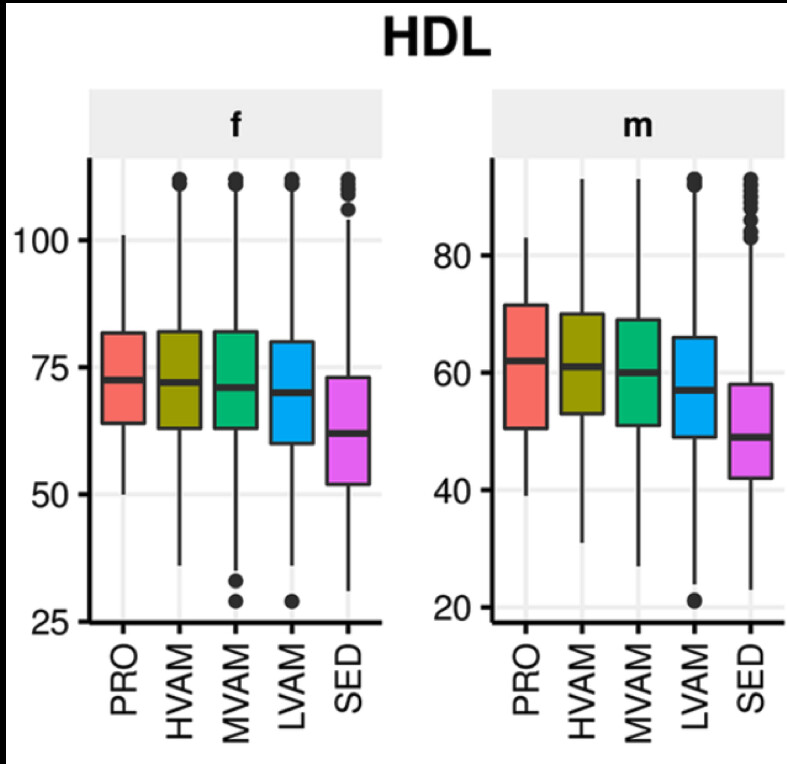
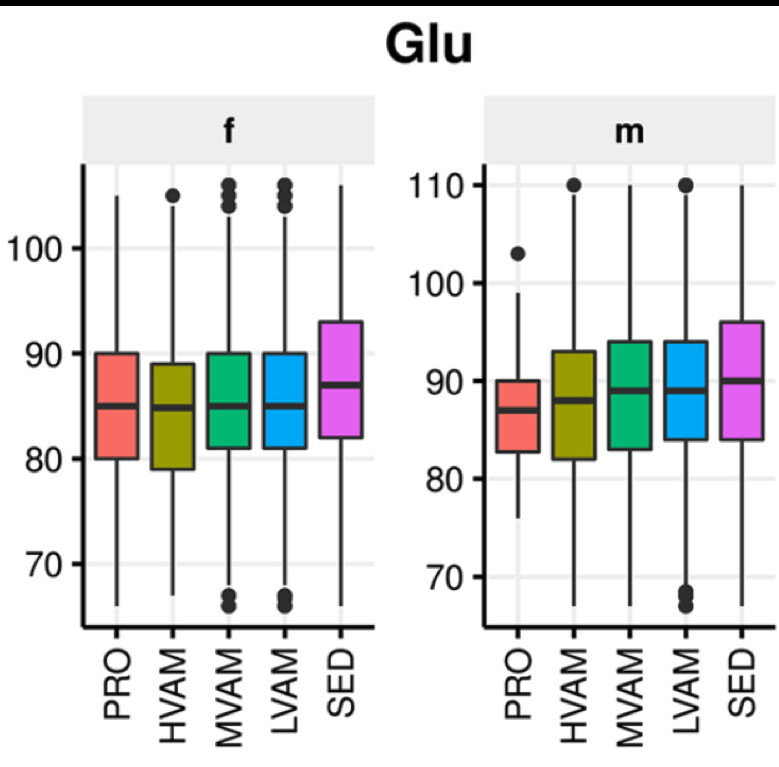
I have opinions about all these questions, but I no longer assume that the answers are obvious. So I'm always interested in new data, like a recent study in PLoS ONE from the science team at InsideTracker, a company that sells personalized blood testing to track various health biomarkers. The paper offers a peek at the aggregated results of more than 23,000 customers who report various levels of running, divided into three groups: low volume (less than three hours of running per week), medium volume (three to ten hours per week), and high volume (more than ten hours per week). For comparison, they also include results from 4,400 sedentary non-runners, and at the opposite end of the spectrum, 82 professional distance runners.
There are two important caveats to point out before diving into the data. First, this is observational data, not a randomized trial. That makes it hard to determine whether running causes any of the patterns in the data (though, as we'll see below, there are some ways to test our assumptions about causation). Second, this is a self-selected cohort. Even the sedentary group is made up of people who are interested enough in their health that they've decided to spring for a service that starts at $699 for a single battery of blood tests. Since this control group is already fairly healthy, detecting any improvements will be more challenging.
The Raw Data
The journal article (which is free to read online) presents data on 27 different biomarkers that were significantly different between runners and non-runners. I'm just going to pick out a few categories that are particularly interesting.
First, here's HDL (i.e. "good") cholesterol levels, for females (f) and males (m) in each of the five groups: pro runners, high-, medium-, and low-volume amateurs (HVAM, MVAM, and LVAM, respectively), and sedentary people.
The biggest difference is between runners and non-runners: runners have clearly higher levels, which is good. And among the runners, the trend is that more running is associated with higher levels. Similar patterns are seen for LDL ("bad") cholesterol and triglycerides: running is good, and more running is better.
The pattern here is much less pronounced. There's still a significant difference between runners and non-runners, but the dose-response effect of more mileage is smaller in men and non-existent for women. The same is true when looking at HgbA1c levels, which offer an estimate of long-term average blood sugar levels rather than a single snapshot. In that case, there's a more pronounced difference between runners and non-runners, but no dose-response response effect. For blood sugar, then, running is good but more running isn't necessarily better.
One key point: the sedentary control group has remarkably good blood sugar levels, with an average below the prediabetes cutoff. Given that 98 million Americans have prediabetes, this confirms that the control group is already pretty healthy. If you were to compare runners to the average population, you'd probably see a bigger effect.
Another group of biomarkers is associated with chronic low-grade inflammation. The pattern here is a little more complicated, but data on C-reactive protein, white blood cell count, and ferritin collectively suggest that greater volumes of running are associated with lower levels of inflammation. The fact that ferritin is considered a marker of inflammation was a surprise to me, since I think of it as an indicator of iron levels in endurance athletes. But it turns out ferritin levels can mean different things in different contexts.
For most of the biomarkers, there's a fairly smooth trend from sedentary to pro runners. But there are a few examples where the pro runners are noticeably different from everyone else, even the amateurs who claim they're running more than ten hours a week. Most notably, the pro runners tended to have low magnesium levels-an observation that mirrors earlier data from British Olympic track athletes. The British study also found that athletes with a history of tendon problems were most likely to have low magnesium levels, which suggests that it's something to watch for if you're training hard.
Is It All About BMI?
All the results I mentioned above were statistically adjusted for body-mass index, age, and sex. That's important, because there were significant differences in BMI among the groups. Here's that data:
Now, I look at this graph and think, "Yep, all else being equal, the more you run the less you weigh." This used to strike me as a painfully obvious statement. The current scientific consensus, on the other hand, is that exercise is ineffective for weight loss. And it's true that lots of studies have assigned people to exercise, sometimes quite vigorously, and have seen underwhelming results for weight loss. This is a complex topic whose nuances I'll leave for another day, but suffice to say that the new data agrees with my feeling that, if you're running more than an hour a day, you very likely weigh less than you would if you weren't running.
You can get another level of insight by adding in some of the genetic data that InsideTracker also collects from some of its customers. There are a large number of separate gene variants that are associated with higher BMI; by checking which of these variants a given individual has, the researchers calculated a "polygenic risk score" for obesity. In the sedentary group, those with higher risk scores tended to have higher BMI. Among the high-volume and pro runners, in contrast, that trend was flattened: those with higher risk scores had similar BMI to those with lower scores. Though the sample size was too small to draw definitive conclusions (since relatively few customers opted to get genetic testing), the results suggest that running counteracted the gene variants associated with obesity.
The BMI data raises another important question: are all the other apparent health benefits of running just secondary effects of lower BMI? Here they use a cool technique called Mendelian randomization (which I wrote about in another context earlier this year). It's a way of turning a large observational study into a randomized trial. The randomization occurs at birth: as noted above, some people have gene variants that predispose them to have a higher BMI. These variants are randomly distributed, so if people with the low-BMI versions tend to also have better cholesterol scores (for example) regardless of whether or not they run, it suggests that BMI is what's driving the cholesterol scores.
The results of the Mendelian randomization-again limited by low sample numbers-are somewhere in the middle. It does appear that BMI explains much of the group's difference in cholesterol and inflammation levels, for example-but not all of it. For example, gene variants didn't predict LDL levels, suggesting that it's an independent effect of running.
But the closer you look, the blurrier the line between genes and behavior gets. Some of the genes associated with exercise are also associated with motivation and self-control; people who exercise a lot are also more highly motivated to eat healthily; and so on. We're back to the challenge I mentioned at the top: teasing out the independent health effects of going for a run is really hard. The InsideTracker researchers conclude that "a holistic wellness lifestyle approach is in practice the most likely to be most effective toward preventing cardiometabolic disease." That borders on tautological, but their data adds another small brick to the pile of evidence suggesting that endurance exercise, even or perhaps especially in large quantities, is a useful part of that holistic wellness lifestyle.
by Trail Runner Magazine
Login to leave a comment
What Blood Testing Data Reveals About Runners' Health
I used to think running was a panacea. "If the furnace is hot enough, anything will burn, even Big Macs," as the fictional miler Quenton Cassidy once said. Then, about a decade ago, there was a big surge of doubt about the health effects of running. Most prominent was the suggestion that even modest amounts of running might damage your heart-"One Running Shoe in the Grave," as the Wall Street Journal put it-but running was also accused of broader sins like promoting inflammation, causing muscle loss, and wreaking havoc on blood sugar levels.
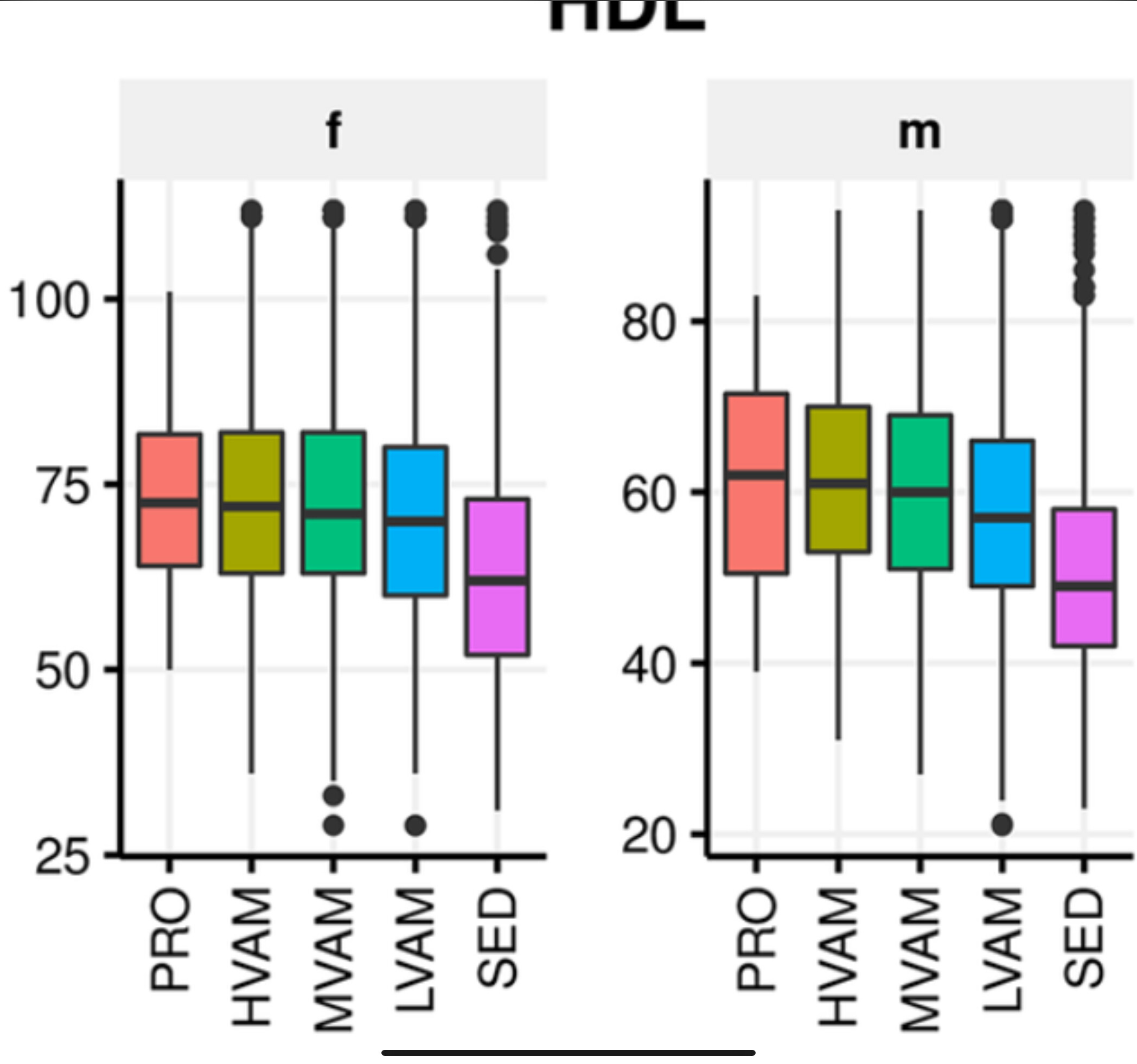
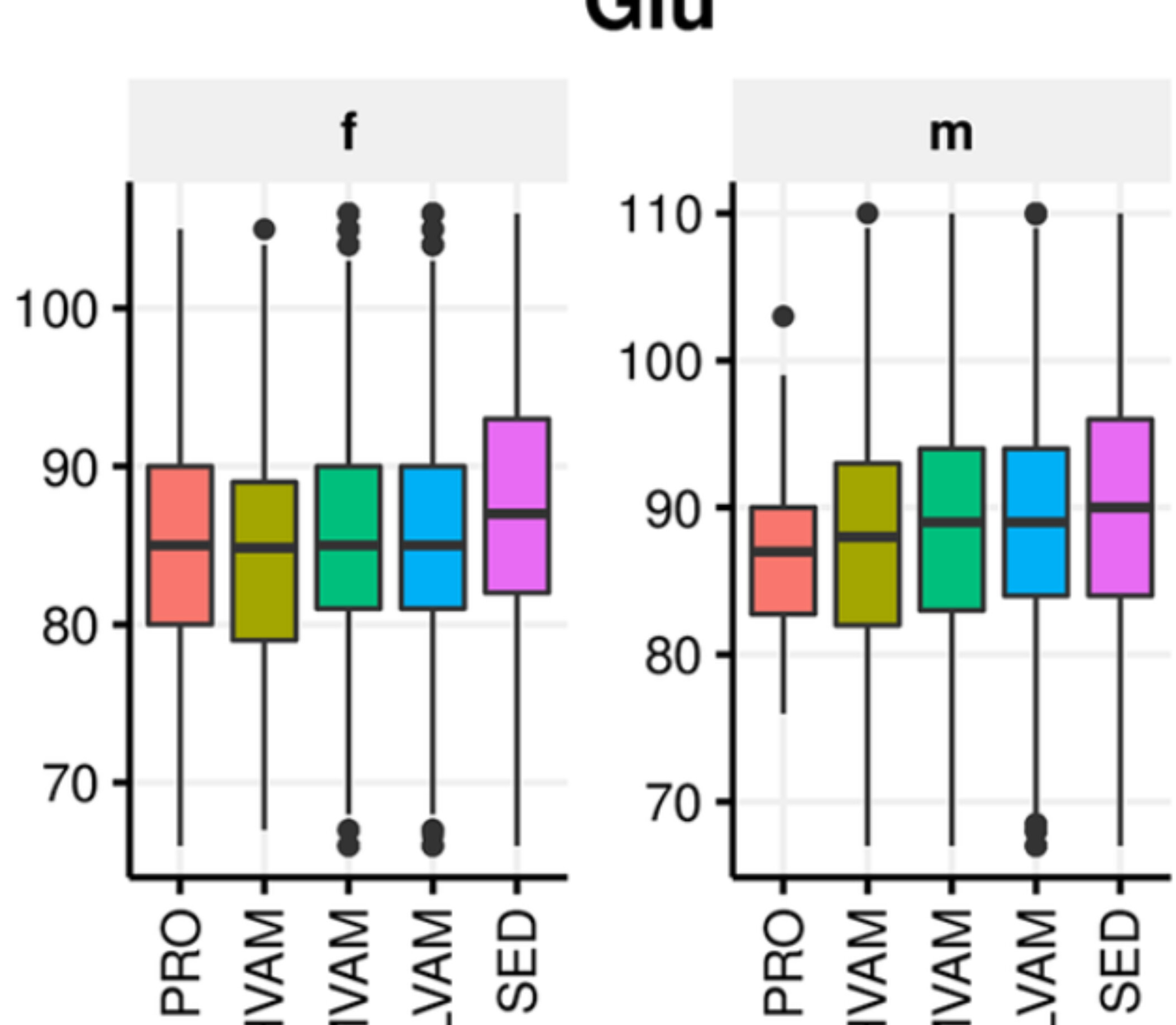
As a runner and a journalist, I spent a lot of time trying to understand these claims, and reevaluating my own understanding of running's health effects-a process that continues to this day. Part of that process involved going back to the original research that led us to believe that running is healthy. And to be honest, the evidence wasn't as clear as I'd assumed. Does running (or aerobic exercise more generally) really improve health markers, or is it just that healthy people are more likely to choose to run? Do the benefits max out after a few minutes per day, or do they keep growing? Can you outrun a bad diet?
I have opinions about all these questions, but I no longer assume that the answers are obvious. So I'm always interested in new data, like a recent study in PLoS ONE from the science team at InsideTracker, a company that sells personalized blood testing to track various health biomarkers. The paper offers a peek at the aggregated results of more than 23,000 customers who report various levels of running, divided into three groups: low volume (less than three hours of running per week), medium volume (three to ten hours per week), and high volume (more than ten hours per week). For comparison, they also include results from 4,400 sedentary non-runners, and at the opposite end of the spectrum, 82 professional distance runners.
There are two important caveats to point out before diving into the data. First, this is observational data, not a randomized trial. That makes it hard to determine whether running causes any of the patterns in the data (though, as we'll see below, there are some ways to test our assumptions about causation). Second, this is a self-selected cohort. Even the sedentary group is made up of people who are interested enough in their health that they've decided to spring for a service that starts at $699 for a single battery of blood tests. Since this control group is already fairly healthy, detecting any improvements will be more challenging.
The Raw Data
The journal article (which is free to read online) presents data on 27 different biomarkers that were significantly different between runners and non-runners. I'm just going to pick out a few categories that are particularly interesting.
First, here's HDL (i.e. "good") cholesterol levels, for females (f) and males (m) in each of the five groups: pro runners, high-, medium-, and low-volume amateurs (HVAM, MVAM, and LVAM, respectively), and sedentary people.
The biggest difference is between runners and non-runners: runners have clearly higher levels, which is good. And among the runners, the trend is that more running is associated with higher levels. Similar patterns are seen for LDL ("bad") cholesterol and triglycerides: running is good, and more running is better.
Here are the fasting glucose (i.e. blood sugar) levels:
The pattern here is much less pronounced. There's still a significant difference between runners and non-runners, but the dose-response effect of more mileage is smaller in men and non-existent for women. The same is true when looking at HgbA1c levels, which offer an estimate of long-term average blood sugar levels rather than a single snapshot. In that case, there's a more pronounced difference between runners and non-runners, but no dose-response response effect. For blood sugar, then, running is good but more running isn't necessarily better.
One key point: the sedentary control group has remarkably good blood sugar levels, with an average below the prediabetes cutoff. Given that 98 million Americans have prediabetes, this confirms that the control group is already pretty healthy. If you were to compare runners to the average population, you'd probably see a bigger effect.
Another group of biomarkers is associated with chronic low-grade inflammation. The pattern here is a little more complicated, but data on C-reactive protein, white blood cell count, and ferritin collectively suggest that greater volumes of running are associated with lower levels of inflammation. The fact that ferritin is considered a marker of inflammation was a surprise to me, since I think of it as an indicator of iron levels in endurance athletes. But it turns out ferritin levels can mean different things in different contexts.
For most of the biomarkers, there's a fairly smooth trend from sedentary to pro runners. But there are a few examples where the pro runners are noticeably different from everyone else, even the amateurs who claim they're running more than ten hours a week. Most notably, the pro runners tended to have low magnesium levels-an observation that mirrors earlier data from British Olympic track athletes. The British study also found that athletes with a history of tendon problems were most likely to have low magnesium levels, which suggests that it's something to watch for if you're training hard.
Is It All About BMI?
All the results I mentioned above were statistically adjusted for body-mass index, age, and sex. That's important, because there were significant differences in BMI among the groups. Here's that data:
Now, I look at this graph and think, "Yep, all else being equal, the more you run the less you weigh." This used to strike me as a painfully obvious statement. The current scientific consensus, on the other hand, is that exercise is ineffective for weight loss. And it's true that lots of studies have assigned people to exercise, sometimes quite vigorously, and have seen underwhelming results for weight loss. This is a complex topic whose nuances I'll leave for another day, but suffice to say that the new data agrees with my feeling that, if you're running more than an hour a day, you very likely weigh less than you would if you weren't running.
You can get another level of insight by adding in some of the genetic data that InsideTracker also collects from some of its customers. There are a large number of separate gene variants that are associated with higher BMI; by checking which of these variants a given individual has, the researchers calculated a "polygenic risk score" for obesity. In the sedentary group, those with higher risk scores tended to have higher BMI. Among the high-volume and pro runners, in contrast, that trend was flattened: those with higher risk scores had similar BMI to those with lower scores. Though the sample size was too small to draw definitive conclusions (since relatively few customers opted to get genetic testing), the results suggest that running counteracted the gene variants associated with obesity.
The BMI data raises another important question: are all the other apparent health benefits of running just secondary effects of lower BMI? Here they use a cool technique called Mendelian randomization (which I wrote about in another context earlier this year). It's a way of turning a large observational study into a randomized trial. The randomization occurs at birth: as noted above, some people have gene variants that predispose them to have a higher BMI. These variants are randomly distributed, so if people with the low-BMI versions tend to also have better cholesterol scores (for example) regardless of whether or not they run, it suggests that BMI is what's driving the cholesterol scores.
The results of the Mendelian randomization-again limited by low sample numbers-are somewhere in the middle. It does appear that BMI explains much of the group's difference in cholesterol and inflammation levels, for example-but not all of it. For example, gene variants didn't predict LDL levels, suggesting that it's an independent effect of running.
But the closer you look, the blurrier the line between genes and behavior gets. Some of the genes associated with exercise are also associated with motivation and self-control; people who exercise a lot are also more highly motivated to eat healthily; and so on. We're back to the challenge I mentioned at the top: teasing out the independent health effects of going for a run is really hard. The InsideTracker researchers conclude that "a holistic wellness lifestyle approach is in practice the most likely to be most effective toward preventing cardiometabolic disease." That borders on tautological, but their data adds another small brick to the pile of evidence suggesting that endurance exercise, even or perhaps especially in large quantities, is a useful part of that holistic wellness lifestyle.
Login to leave a comment
Stephanie Bruce on running while pregnant: “It doesn’t have to make sense to everyone”
"This is a gift–to be out doing what I love while growing a baby," Bruce says.
American marathoner Stephanie Bruce is not letting pregnancy slow her down. In May, 18 weeks into her third pregnancy, Bruce was the top female finisher at the Big Sur 12K in 45:41, coming in second overall, only a minute behind first place.
Known for her upfront talk about post-pregnancy running after the birth of her other two children, Bruce has been sharing social media updates chronicling the joys and challenges of running (and racing) while pregnant, noting, “It doesn’t have to make sense to everyone.”
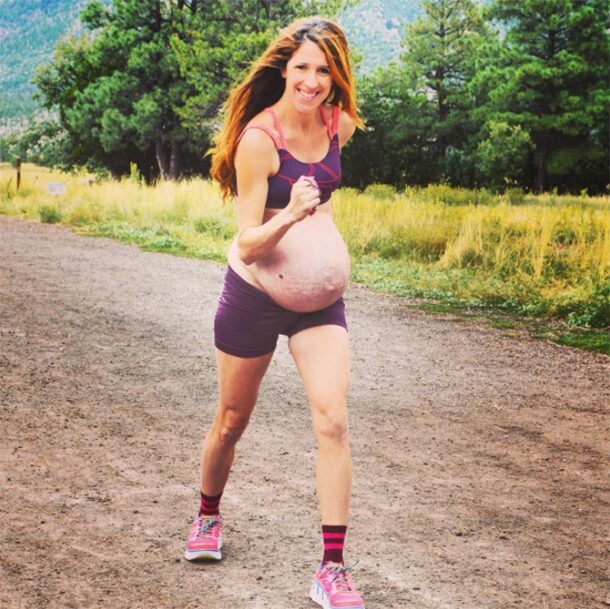
Bruce has had a prolific career in cross-country, representing the U.S. twice at the World Cross Country Championships, in 2017 and 2019. Bruce was the second American behind Emma Bates at the 2019 Chicago Marathon, where she ran her personal best time of 2:27:47, and she had a 10th place finish at the NYC Marathon in November (2:31:05). She has spent the last decade training with Ben Rosario’s Hoka NAZ Elite team in Flagstaff, Ariz.
In January 2022, Bruce announced she would be retiring at the end of the season, after she was diagnosed with a congenital heart condition called bicuspid aortic valve disease (BAVD), a dysfunction of the aorta valve limiting the amount of blood flowing from your heart to the body.
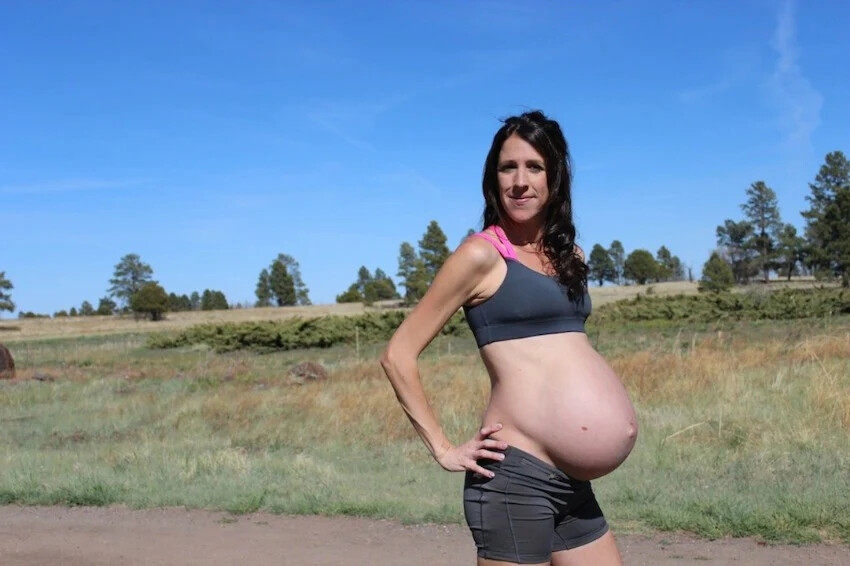
A few months later, in what she called “the pivot,” she changed her mind, sharing on her blog that “after a period of deep reflection–now I have had a change of heart. I am not ready to hang up my racing shoes.”
A few months later, Bruce announced her pregnancy. The athlete plans to return to racing competitively after her baby is born and has been documenting her journey to inspire others. Bruce says still she can still run reps between a 3:00 and 3:30 min/km pace, but is finding turning over in bed is becoming difficult. In her third trimester, she says that she misses competing.
Bruce explains her goal in sharing her pregnant running experience: “To show women our bodies can handle it, if we choose, not everyone and that’s ok if we stay on the couch and don’t feel motivated. Every pregnancy experience is different and I am simply sharing how mine is playing out.”
Bruce recently published a book, written with Rosario, titled Follow Your Heart, The Story of Stephanie Bruce’s Not-So-Final Season.
by Keeley Milne
Login to leave a comment
Stephanie Bruce won the women’s Big Sur 12K—at 18 weeks pregnant—and then held the finish tape for her husband who won the marathon
While elite runner Stephanie Bruce waited for her husband, Ben, to run the Big Sur Marathon last weekend, she “snuck in [her] own little race,” and won. Oh, and she’s 18 weeks pregnant with her third child.
Bruce, who had announced her retirement from professional running in early 2022 and then reversed her decision, was the top female finisher in the Big Sur 12K in 45:41, coming in second overall, just 62 seconds behind first place.
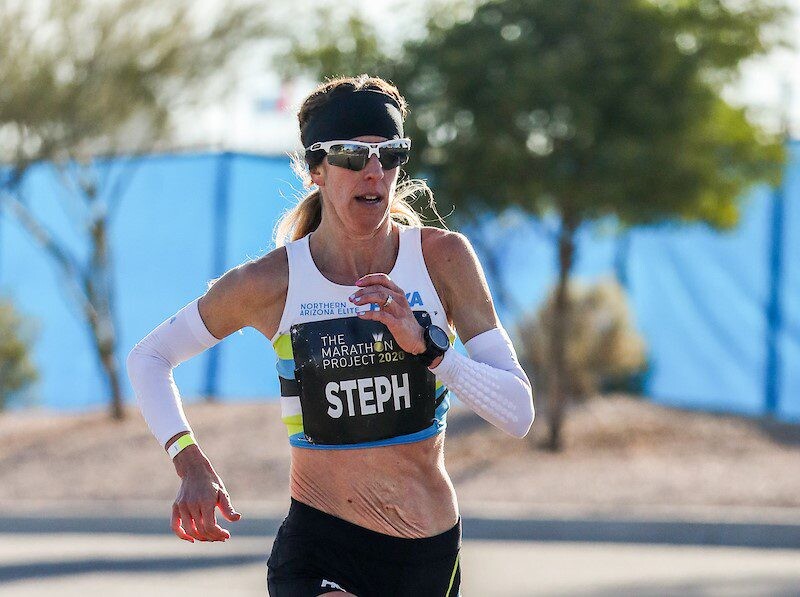
“Averaged 6:09 pace. Proud of that at 18 weeks,” Bruce tweeted.
Bruce told Runner’s World earlier this year that 2022 was a “really amazing year” for her. She finished as the 12th woman in the Boston Marathon, running her second-fastest time (2:28:02), won the USATF 10K Road Championships, broke the Great Cow Harbor 10K course record (31:52), set a road PR at the NYC Mini 10K (31:49), and finished 13th at the New York City Marathon (2:30:34).
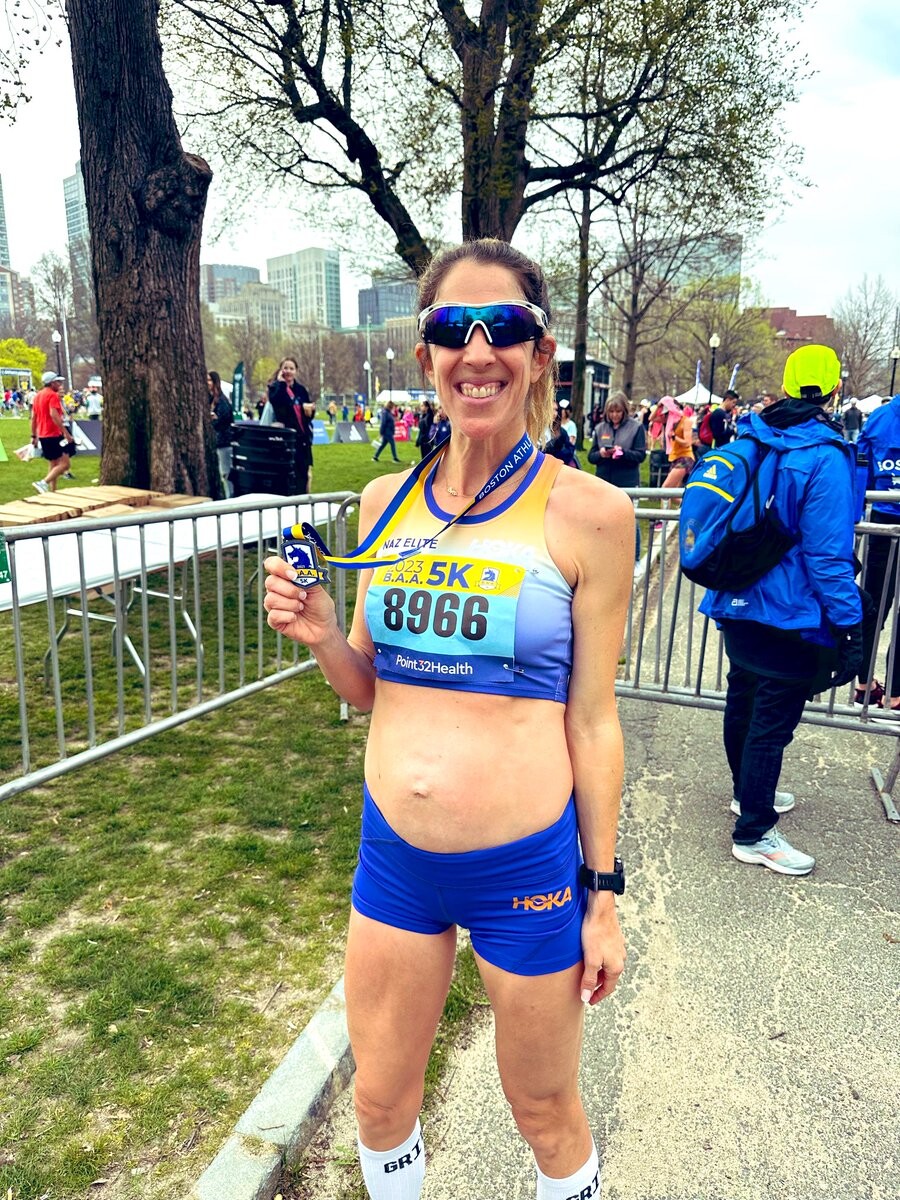
“When I look back, I think I had so much that happened to me in 2021; my mom died and then I found out I had a congenital heart condition,” she told Runner’s World last month. “I don’t know if I’d call it a midlife crisis, but I think I just hit a crossroads, and I was really deeply evaluating my life, and I’m like, should I still be running?”
Two weeks ago, Bruce ran 17:04 at the Boston Athletic Association 5K at 16 weeks pregnant, and last week, she posted a gender reveal video on Twitter (it’s a girl!). Plus, after her Big Sur 12K, she held the tape as her husband won the marathon in 2:36:59.
by Heather Mayer Irvine
Login to leave a comment
Big Sur Marathon
The Big Sur Marathon follows the most beautiful coastline in the world and, for runners, one of the most challenging. The athletes who participate may draw inspiration from the spectacular views, but it takes major discipline to conquer the hills of Highway One on the way to the finish line. Named "Best Marathon in North America" by The Ultimate Guide...
more...San Francisco Half Marathon returns for its 39th year this weekend
The San Francisco Half Marathon, 10K, and 5K presented by Pamakid Runners returns on February 5, 2023, after a renewal from title sponsor, Kaiser Permanente. This year marks the race’s 39th year running through the streets of San Francisco, and Kaiser Permanente’s 19th year as title sponsor.
The San Francisco Half Marathon started in 1983 and has become one of the city’s largest road races, with over 100,000 runners having crossed the finish line. Over the years the race has raised over $1 million which goes right back into the community. Registration numbers have rebounded to pre-pandemic levels as the race remains a long-time fixture on the Bay Area running calendar.
According to club President Jerry Flanagan, “Pamakid Runners take great pride in promoting a healthy lifestyle and supporting our local community and charitable causes through our participation, volunteering, and financial support. Through the continuing success of the Kaiser Permanente San Francisco Half Marathon, Pamakid Runners was able to donate over $120,000 in 2022 to many local and regional nonprofits. More to come in 2023!”
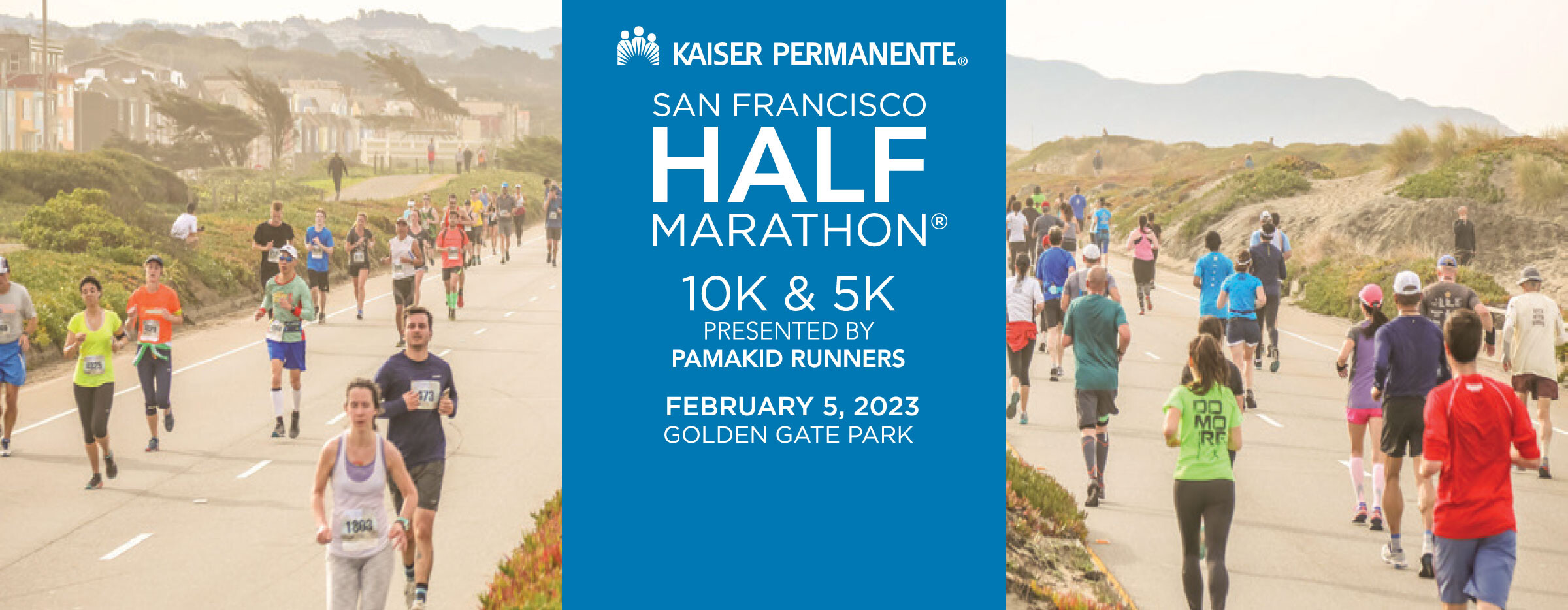
This year, the race’s charity partners include Girls on the Run, Salvation Army Harbor Light, Running for a Better Oakland, and Support for Families of Children with Disabilities.
Kaiser Permanente’s ongoing support has been instrumental to the success of the event. Over 100 Kaiser Permanente employees are involved in executing the race’s medical plan, ensuring a safe race day experience for all. “We approach the runners as if they were patients in our office. On race days, we see everything from minor injuries, such as scraped knees and sprained ankles, to hypothermia and shortness of breath. Our Kaiser Permanente health professionals work to assess and treat any issues,” says Race Medical Director, John Touhy who is a Kaiser Permanente San Francisco sports medicine physician.
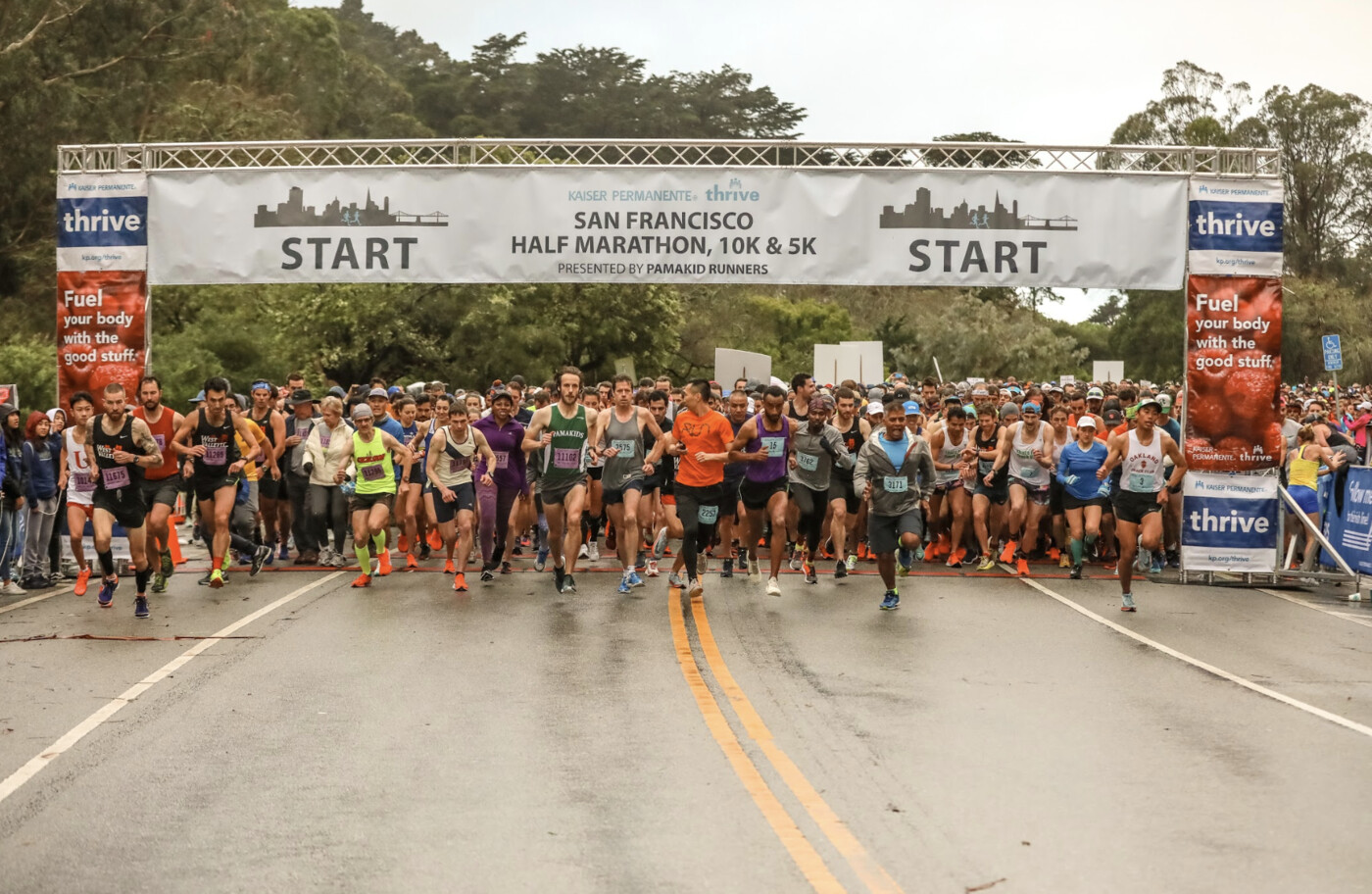
The 39th annual race, produced by Blistering Pace Race Management, is Sunday, February 5th in Golden Gate Park with three distances to choose from including a 5K, 10K, and Half Marathon. Registration is available at www.sanfranciscohalfmarathon.org
About Pamakid Runners: Established in 1971, the Pamakid Runners strive to promote a healthy lifestyle, support the running community and charitable causes by organizing, volunteering, and participating in running-related and social events in the San Francisco Bay Area. Visit www.pamakidrunners.org for more information.
About Blistering Pace Race Management: Founded in 2016, BPRM works in a variety of race management capacities, ranging from staffing to full operational oversight. Clients include the Kaiser Permanente San Francisco Half Marathon (10K & 5K), the Kaiser Permanente Napa Valley Marathon and Half Marathon, the Big Sur Marathon Foundation, Chicago Event Management, and the New York Road Runners. For more information, visit www.blisteringpace.com
by Running USA
Login to leave a comment
Kaiser Permanente San Francisco Half
The Kaiser Permanente San Francisco Half Marathon® is a runners’ favorite for its scenery and value. A fast and certified course through San Francisco’s scenic Golden Gate Park, the race has been selected as Road Race of the Year by the Road Runners Club of America several times. The 5K is a fast, downhill 3.1 mile course certified by USA...
more...Some races are down since the pandemic took charge of road racing for a couple of years but there is some good news
Even marquee events have seen declines of 25 percent or more between 2019 and 2022.
Across the country, many road races are returning after the COVID-19 pandemic forced them into a two-year hiatus. But runners haven’t yet come back to those events in the same numbers as they were turning out in 2019.
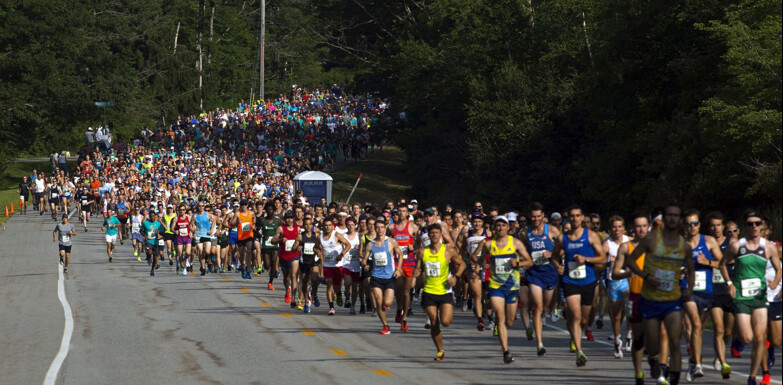
A few examples from the first eight months of 2022:
The BAA 10K in June had 5,144 finishers, down from 8,003 in 2019, a decrease of 35 percent.
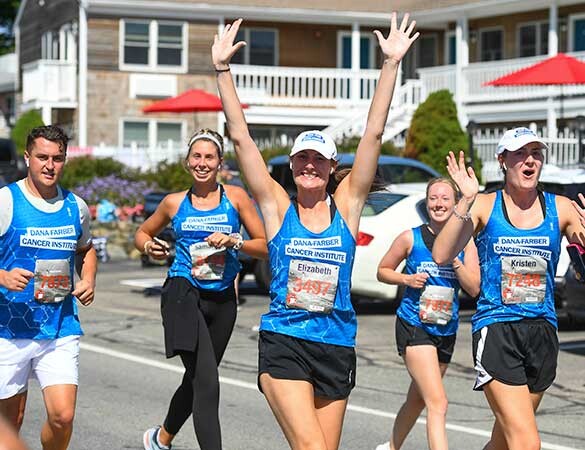
The Utica Boilermaker 15K in July had 5,848 finishers, which was up from 2021, when it had 3,480, but down from the 2019 tally of 11,194, for a three-year decrease of 47 percent.
In Colorado, the Cherry Creek Sneak, a 5K, 5-miler, and 10-miler in Denver, had its final running in 2022 after 40 years. Combined participation in the three events had already been falling before the pandemic, and it fell an additional 38 percent between 2019 and 2022 (from 3,390 finishers to 2,092).
Larger, well-known events haven’t been immune from the declines. The Cherry Blossom Ten Mile Run in April in Washington, D.C., had 2,700 fewer runners, for a decline of 15 percent.
The Falmouth Road Race in Massachusetts and the Beach to Beacon 10K in Cape Elizabeth, Maine, two popular destination summer road races, saw declines of 24 percent and 16 percent, respectively. The town of Falmouth reduced the field size of the race to 10,000 runners this year (from its usual 12,800) but only 8,610 finishers appear in the results.
Jean Knaack, CEO of the nonprofit Road Runners Club of America, wrote in an email to Runner’s World, “We are seeing a slow recovery in 2022, and we are tracking with participation data showing about 84 percent return.”
Why aren’t runners coming back to events? Industry experts cited many theories:
The economy: “I think inflation will be a factor for 2023 as events plan and people pick what events they can afford to run,” wrote Knaack. The cost of travel to races—for flights, hotels, rental cars, gas—has gone up. So, too, have race entry fees for many events, especially for runners who wait until the last minute to register.
Competing events: Long-postponed weddings are back on. So are family vacations. The annual road race might need to take a back seat this year.
COVID concerns: Many runners worry about contracting COVID at a race, or they get sick at an inopportune time, keeping them from the starting line.
Shifting priorities: Erin Vandenberg, 42, for years raced at least monthly, often more, at distances from 5K to the marathon. Running a race with coworkers and then getting drinks after in downtown Chicago was a common occurrence. But she always felt a certain pressure to be training hard and performing well, worried what the time read on the clock at the finish.
Since the pandemic, she has taken a new approach to running. “I want to enjoy it; not stress myself out about it,” she said. “I don’t know that getting up at 5 a.m. to hit a certain pace and worry whether I’m fueling correctly is how I want to spend my time.”
Vandenberg has run three races in 2022—including one with her dog.
Not every race is down. Michelle La Sala, president of race management company Blistering Pace, says two of the events her company works on—the Big Sur Marathon and the Napa Marathon—have emerged largely unscathed from the pandemic. Big Sur was down only 240 runners (6.8 percent) and registration is tracking strongly for 2023. Same for Napa, which “should grow significantly this year,” La Sala said.
The bigger “bucket list” marathons, with a few exceptions, are not having any problems at all, she said, while smaller, regional races, without a compelling point of differentiation, are “on the struggle bus.”
Grandma’s Marathon along Lake Superior in Minnesota was off only 6.4 percent in 2022 from its 2019 tally, and well up from 2021. The Eugene Marathon, in May in Oregon, and the Missoula Marathon, in June in Montana, were both well ahead in finisher numbers, although many might have been deferred entries from the cancellations of 2020 and 2021. Vandenberg has a deferred entry from the Chicago Marathon in 2020, and she plans to use it in 2023.
John Mortimer, owner and founder of Millennium Running in Bedford, New Hampshire, sounded an optimistic note as well. Millennium has 30 of its own events of varying distances, manages and times others, and it has a running store. Sales are strong at the retail location, showing him that people continue to walk and run, even those who took it up during the pandemic.
And race participation in Millennium events continues to be robust, in part, because the company developed a time trial start system during the pandemic as an alternative to a mass start race. For many months, they had the only events happening in New England.
The company kept in frequent contact with runners and tried to make the race experience safe and convenient for them. They continue to offer the option to make any race a virtual race, up until the last minute, if runners would otherwise have to be a no-show at an event—thereby ensuring the runners would at least be mailed their tee shirts and medals.
That policy will continue, Mortimer said. “Every week we’re shipping out apparel and medals and bibs,” he said. “We’re trying to make it easy for the participant to be a part of the running community.”
The effort aimed at keeping relevant has paid off, Mortimer said, and registrations for most of the company’s events haven’t declined. The same can’t be said, he knows, for races that have been off for two years.
For them, “It’s out of sight, out of mind,” he said. “People have moved on.”
by Runner’s World
Login to leave a comment
Flying Pig Marathon Weekend Celebrates Hometown Marathon Winners
The 24th running of the Cincinnati Flying Pig Marathon powered by P&G celebrated two Greater Cincinnati runners earning their first Flying Pig marathon wins.
The men’s division winner was 29-year-old Zac Holtkamp of Alexandria, Kentucky, in a time of 2:27:18. Holtkamp won this year’s Heart Half Marathon and in 2020 finished second in the Mesa Marathon with a time of 2:22:29. “I waited until after the Heart Half to sign up for the Flying Pig,” said Holtkamp. “After the Heart Half I thought, OK I can do it.”
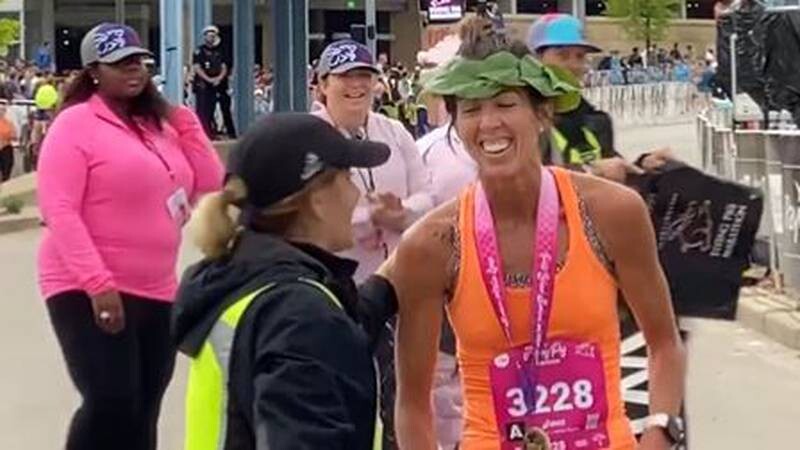
This was Holtkamp’s first Flying Pig after moving back to the area from Arizona. “I held off for years doing the Flying Pig,” he said. “So many people out there cheering me on, people that I knew, people that I didn’t know at all. For me, personally, that’s what keeps me going, every person who cheers for me, it’s like a mini aid station, it keeps me going.”
Second in the men’s division was 24-year-old Will Cadwell of Covington, in a time of 2:28:11. Cadwell won last October’s Fall Flying Pig Toyota 10K and also won the FCC 3 in July 2021. Third was 37-year-old Jeremy Wysocki of Miamisburg, Ohio with a time of 2:35:19.
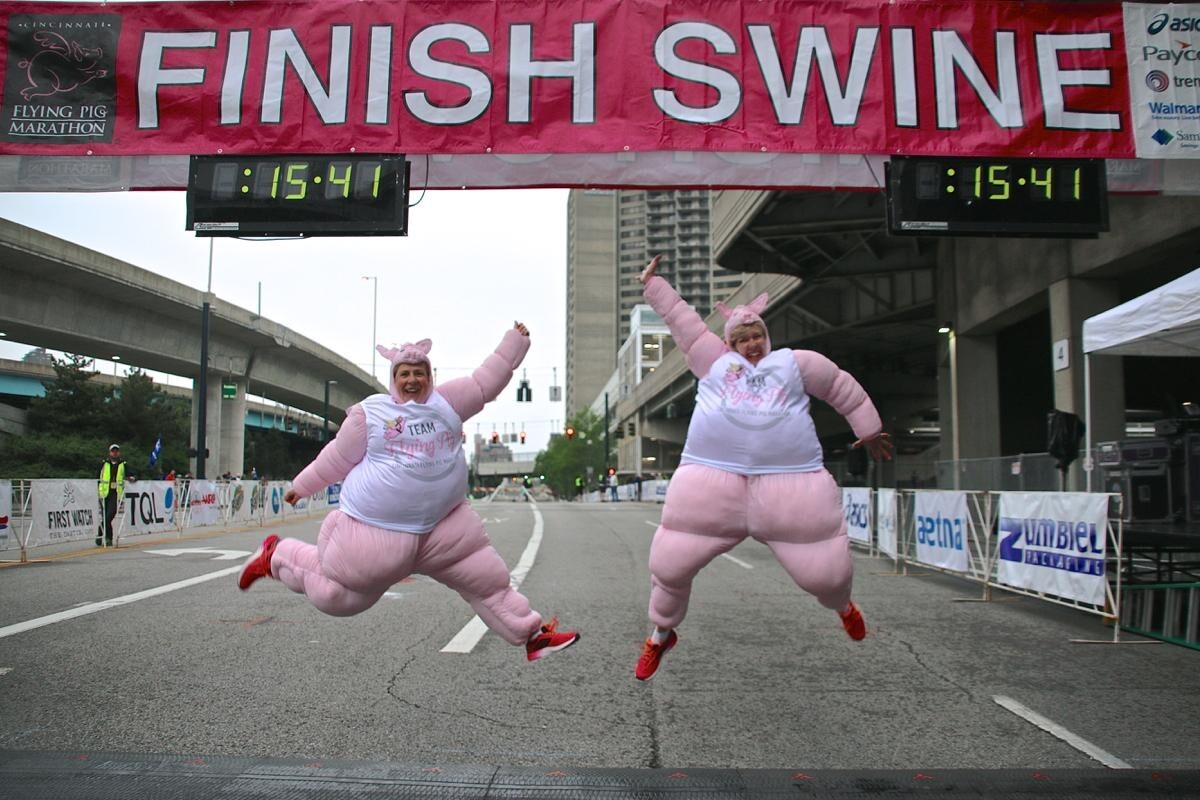
In the women’s division, 34-year-old Grace McCarron of Loveland, Ohio won with a time of 2:50:00 in her first Flying Pig. McCarron won the Glass City Marathon in Toledo, Ohio in 2021. “The atmosphere, the crowd, is just amazing. Often when you do a marathon there are some quiet spots, but here people are cheering all the time,” she said. “You’re out there, you’re working so hard, and to hear those cheers makes all the difference.”
Second in the women’s division was 26-year-old Madeline Dawson, who won the Heart Half Marathon earlier this year. Her time in the marathon was 2:52:51. Pacing third was two-time Flying Pig Marathon winner Anne Flower of Covington, who finished in 2:54:04. Flower won the Big Sur Marathon in California just last weekend.
In the Paycor Half Marathon, Cincinnati native Caitlin Keen, a two-time winner of the Cincinnati Flying Pig Marathon (2018, 2021), won her first Paycor Half Marathon in a time of 1:21:08. The 29-year-old ran a half marathon in Waco, Texas, near her home in Fort Worth, last weekend, but because of a wrong turn, the course was shortened by two miles for the leaders. She made a last minute decision to return to Cincinnati this weekend for the half.
“The experience here is something I never expected. People stop me on the street here and say, ‘You’re Caitlin, I know you, congratulations on winning the Pig.’ I want to be here because that’s how much the people here mean to me.”
Second in the women’s division was 28-year-old Katarina Smiljanec from Covington in a time of 1:24:57. She also placed second in Friday night’s Fifty West Mile elite division. Third in the half was 24-year-old Aimee Piercy from Cincinnati in 1:25:53, who was third in Friday’s Fifty West Mile.
On the men’s side of the Paycor Half Marathon, 43-year-old Josh Whitehead from Huntsville, Alabama, won in a time of 1:12:14. Whitehead has made a remarkable recovery from a bicycle accident in 2020, when he was hit by a car and suffered a broken back, dislocated shoulder and partially collapsed lung.
Second in the men’s division was 30-year-old Eric Gruenbacher of Loveland, Ohio in 1:12:56 and third was 28-year-old Kyle Klingler of Cincinnati in 1:13:14.
The 24th annual Cincinnati Flying Pig Marathon weekend powered by P&G began Friday night with sub 5:00 miles in the newly-configured Fifty West Mile, part of the TQL Beer Series.
This year the elite “dash for cash” mile started inside Cincinnati’s Transit Tunnel off Pete Rose Way and ended at the traditional finish line on Mehring Way. The fastest male among the elites was 22-year-old Andrew Taylor of Hilliard, Ohio, in 4:23. In a near photo finish, second place was 23-year-old Jack Cordonnier from Morrow, Ohio, in 4:25 and third was 28-year-old Charlie Michel of Cincinnati in 4:26.
Among the female elites, 27-year-old Gina McNamara from Washington D.C. won in a time of 4:59. Second among the elites was 28-year-old Katarina Smiljanec from Covington, Kentucky in 5:04 and third was 24-year-old Aimee Piercy from Cincinnati in 5:11.
Saturday’s slate of events began with the Toyota 10K, won by two-time Cincinnati Flying Pig Marathon winner Jack Randall of Cincinnati. The 27-year-old won in a time of 31:45. In another close finish, second place was 29-year-old Logan Barrett of Jeffersonville, Kentucky, just one second behind at 31:46. Third was 23-year-old Walter Ramsey of East Lake Center, Georgia, in 35:46.
In the women’s division of the Toyota 10K, 42-year-old Shawanna White of Columbia, South Carolina, won in a time of 39:35. Second was 31-year-old Ashley Case of Angola, Indiana, in 40:45 and third was 31-year-old Kaitlin Budke from Blue Ash, Ohio in 40:51.
In the sold-out Tri State Running Company 5K, 24-year-old Jakob Mueller from Monroe, Ohio, was the winner in 16:07, with 31-year-old Anders Ludvigsen of Cincinnati second in 17:04 and 38-year-old Bryan Wagner of Lawrenceburg. Indiana third in 17:22.
For the women, 22-year-old Meredith Grace Gieske from Fort Mitchell was the winner in 18:57. Second was 45-year-old Amy Parker of Dublin, Ohio, in 19:26 and third was Abby Mace in 19:32.
Also held Saturday was the First Watch Flying Piglet, Cincinnati Children’s 26th Mile, PigAbilities presented by Goodwill Industries, and the Flying Fur.
by Running USA
Login to leave a comment
Cincinnati Flying Pig Marathon
This beloved race found it's name from Cincinnati's pork history which dates back to the early 1800's. Cincinnati is also known as "Porkopolis."Our weekend line up of events are designed to welcome athletes of all abilities from the Diaper Dash to the full Marathon and everything in-between, we truly have something for everyone. We even added a dog race several...
more...Jordon Trof defens his title at Big Sur Marathon
Six days after running a career-best for a marathon in Boston, 21 days after surviving a 150-mile ultra-marathon in the Sahara Desert, Jordan Tropf treated himself to a trip to the California coast.
A mini-vacation with his wife, though, would not be complete without a little competition – or in this case, returning to defend his Big Sur International Marathon title.
“I’m just happy my schedule allowed me to get back out here and feel the energy of this crowd,” said Tropf, an orthopedic surgeon at the Walter Reed National Military Medical Center just outside Washington DC.
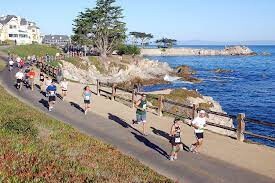
Still, on an adrenaline rush from clocking a career-best last Monday in Boston, Tropf went out and fed off the crowd down the stretch Sunday to comfortably win the 26-mile, 385-yard Big Sur Marathon in two hours, 26 minutes and 51 seconds.
The time was a record for an individual who ran both Boston and Big Sur one week apart. Tropf ran the Boston Marathon in 2:24.42. The overall meet record for Big Sur was set in 1987 by Brad Hawthorne, who ran 2:16:39.
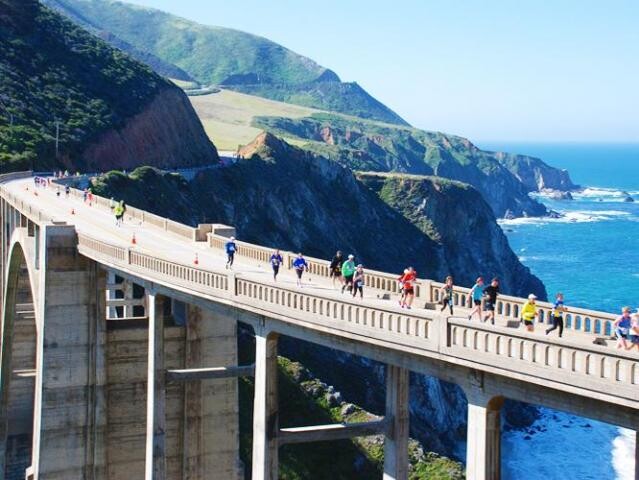
“I’ll take it,” said the 30-year-old Tropf, who lives in Silver Spring, Maryland and is taking his wife to Yosemite Monday for hiking and sightseeing. “That is so cool.”
Anne Flower made her Big Sur debut memorable, jumping out in front early in capturing the women’s division in 2:49.49 – the only woman to break three hours.
Tropf is building a resume worth nothing, defending his title from 2019 – the last time the Big Sur Marathon was held before the pandemic shut it down the past two years.
Tropf has challenged himself over the past year in his training with 3:30 a.m. runs while becoming a surgeon.
Last year he entered the Guinness Book of World Records after running marathons in Baltimore, Chicago and Boston in three straight days, averaging 2:30 per marathon.
“My fitness is off the charts,” Tropf said. “But with all the miles I’ve logged of late, I was able to keep it together over the final 6 miles.”
The Naval Academy graduate Tropf asserted himself from the start, taking the lead early.
“I tried to keep him close,” said five-time winner Adam Roach of Pacific Grove, who took third. “He was going too fast for my pace in the first mile. I hoped I might be able to reel him in.”
Instead, Tropf set a blistering pace that he maintained over the hilly and at times windy course, averaging 5:36 per mile.
“I just went out early and took the lead,” Tropf said. “I felt good. With how my spring is going, all marathons are different.”
This was Tropf’s seventh marathon of the year, along with his 150-mile, six-stage run through the African desert four weeks ago.
Login to leave a comment
Big Sur Marathon
The Big Sur Marathon follows the most beautiful coastline in the world and, for runners, one of the most challenging. The athletes who participate may draw inspiration from the spectacular views, but it takes major discipline to conquer the hills of Highway One on the way to the finish line. Named "Best Marathon in North America" by The Ultimate Guide...
more...Big Sur International Marathon makes its return Sunday
Three years is a long time to wait at the starting line. But the Big Sur International Marathon is raring to go.
Canceled in both 2020 and 2021 because of COVID-19 safety concerns, the world-renowned race returns this weekend, where a sold out slate of about 9,800 entrants will take part.
“It feels good to be back,” said Doug Thurston, race director and executive director of the Big Sur Marathon Foundation, which organizes both the Big Sur International Marathon and Monterey Bay Half-Marathon each year. “Runners have responded well, and we’re ready for a great race.”
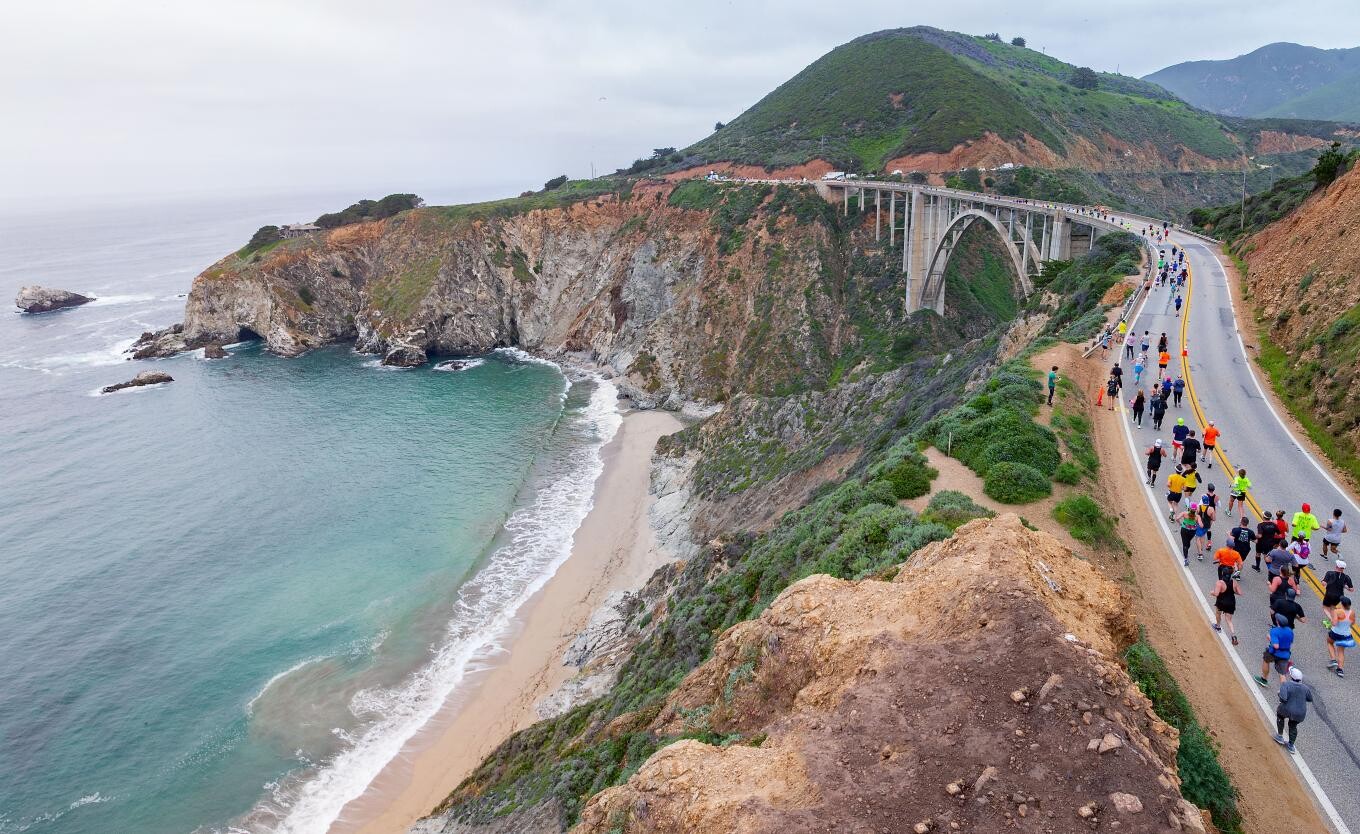
Speaking to an unabated enthusiasm for the event, Thurston explained that racing slots filled as quickly – if not quicker – than they “ever had before.” The Big Sur International Marathon has sold out in each of the past 10 years it has been held. To the excitement of Thurston, the Big Sur Marathon Foundation, and a more than 100-person organizing committee that manages the event year-round, 2022 proved to be no different.
“It’s a great testament to our volunteers and the community,” said Thurston. “The scenery can’t be beat, but good scenery doesn’t mean a great race. Great volunteers and community support for more than 30 years speaks volumes to how important the race is. (And) they’re anxious to provide a world-class experience to people this weekend.”
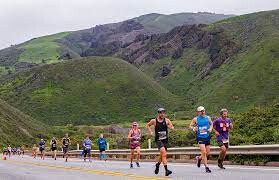
The much-anticipated affair will kick off early Sunday morning, with marathoners taking their mark at Big Sur Station at 6:35 a.m. Beyond the 26-mile, 365-yard scenic stretch along Highway 1, runners are set to take part in a host of other races happening alongside the big distance, including a 21-miler, 11-miler, 12K and 5K. All are set to commence before 8 a.m. Sunday.
Though years have passed since runners were last invited to skirt the Big Sur coastline, Thurston said the course itself is reminiscent of previous races, barring a few recent upgrades meant to render routes safer. Those include a freshly paved roadway and a revamped starting line process, Thurston said.
Yet, what may bring an added element of notoriety to this year’s slate of races – apart from the anticipation of their return – is an enhanced backdrop, Thurston continued, even if topping the peak of picturesque is hard to imagine.
“I think these mid-spring rains that we had last weekend and are anticipating over the next couple of days will make this one of the most green and most spectacular races for runners to enjoy,” he explained. “There’s going to be some special color along hills with wildflowers and things. … It’s going to be beautiful.”
Entrants set to relish in the panoramic trek include five-time Big Sur International Marathon men’s champion Adam Roach, defending 2019 men’s champion Jordan Tropf and elite runner Ben Bruce. Between the three, Thurston is anticipating an “interesting” race, particularly among Tropf and Bruce, who both just competed in the Boston Marathon Monday.
The Big Sur International Marathon includes a special category for those runners determined enough to take on both events: Boston 2 Big Sur. Attracting 400 of the world’s fittest athletes, the challenge combines Boston and Big Sur chip times and awards participants for their pace across the two marathons. This year, the races are less than six days apart. That’s more than 52 miles of running in the span of a week.
Besides those poised to push racing limits, Thurston said he’s particularly looking forward to a group of runners he dubs the “grizzled veterans,” who have participated in every Big Sur International Marathon since it started in 1986.
Still, Thurston said well over a majority – more than 80% – of entrants in the races each year are first and only timers to the event.
“For thousands and thousands of runners, this is their one opportunity to experience something like this,” he said.
That desire to check off the Big Sur International Marathon on a larger running bucket list, Thurston added, is a factor in why 30% of runners previously entered in the canceled 2020 event returned this year to finally satisfy their ambition. These already listed entrants had priority coming into the 2022 race. Thurston is glad to see some retain their racing plans two years later.
“People had invested time and energy in preparing for the race,” he said. “Nobody knew in the summer of 2019 when folks registered that there would be a pandemic in late winter of 2020. …But it was canceled five to six weeks before they could participate. Now they can look forward to doing it again.”
For non-runners looking to watch, the only spectating opportunity will be at the finish line at Rio Road in Carmel. There will be no points to watch at the start or along the course. Non-official bicycles are likewise not allowed Sunday. While the marathon goes on – which is bound to a six-hour course limit – Highway 1 will be closed to traffic. It will reopen at 1 p.m. Sunday.
While proof of vaccination or recent negative test will not be required to attend the event per current county guidelines, organizers are strongly encouraging all entrants and attendees to arrive fully vaccinated or be tested for COVID within 48 hours of their visit if unvaccinated. Thurston also noted that masks will be worn on buses carting runners to the starting line. Those taking part in Friday and Saturday’s pre-race Health and Fitness Expo at the Monterey Conference Center will also be asked to wear masks, Thurston said.
More information about this weekend’s Big Sur International Marathon can be found at https://www.bigsurmarathon.org/.
by Tess Kenny
Login to leave a comment
Big Sur Marathon
The Big Sur Marathon follows the most beautiful coastline in the world and, for runners, one of the most challenging. The athletes who participate may draw inspiration from the spectacular views, but it takes major discipline to conquer the hills of Highway One on the way to the finish line. Named "Best Marathon in North America" by The Ultimate Guide...
more...Not Surprisingly, Alcohol Isn't Doing You Any Favors When It Comes to Building Muscle
Too much booze is bad news, research shows.
There probably aren’t many people out there who imagine that drinking a case of beer will make you a better athlete. Still, there are lots of people who argue that it doesn’t really matter either way—that training is training and social life is social life, and the two don’t really affect each other.
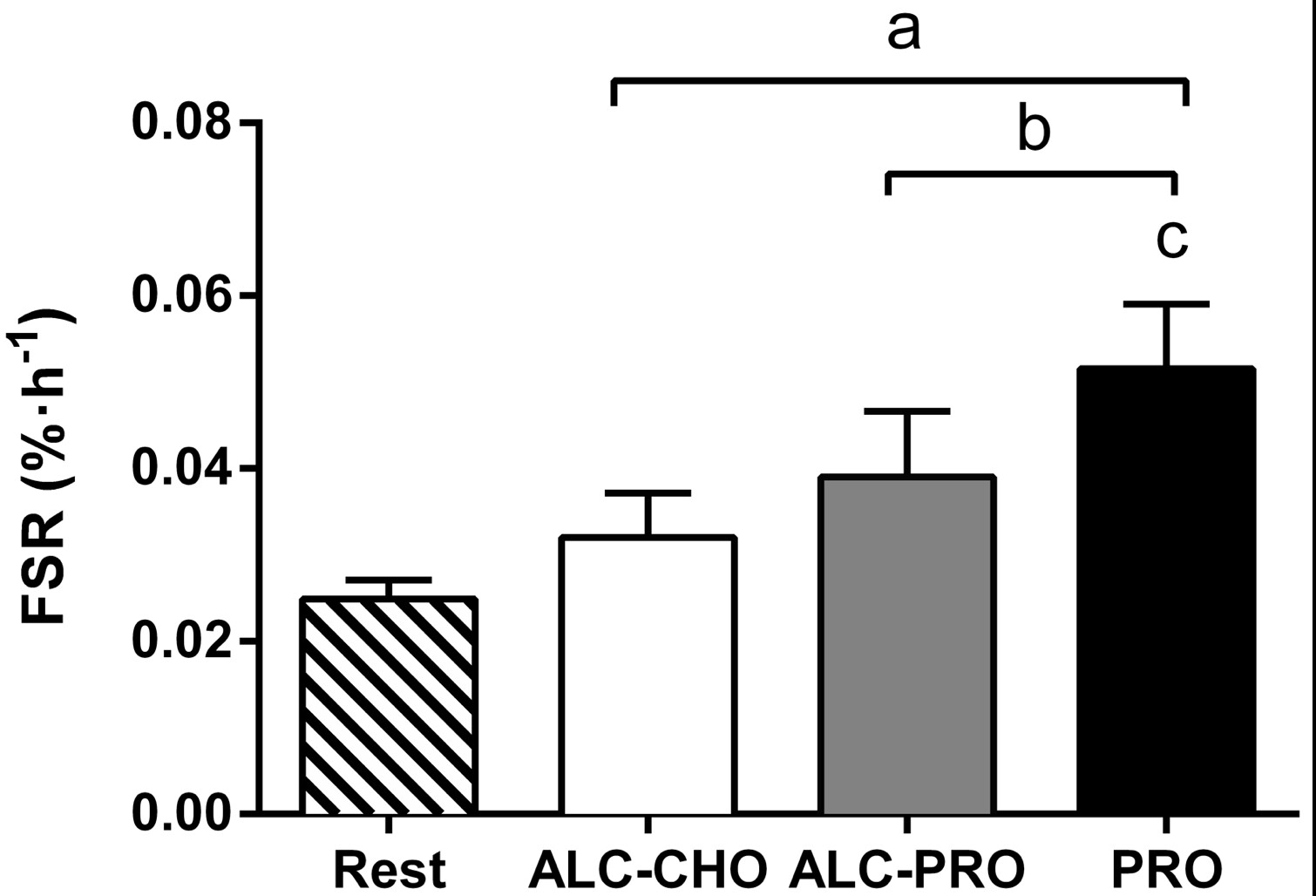
The basic idea of the study was straightforward:
Put volunteers through a rigorous exercise routine (it was a mix of weights, sustained cycling, and high-intensity sprints, designed to simulate the demands of a team-sport match); have them do it three times. After two of the trials, give them the “optimal” post-exercise nutrition: 25 grams of protein immediately after, a carbohydrate-rich meal two hours later, and another 25 grams of protein four hours later. During this recovery period, have them drink a bunch of drinks, either containing placebo or a total of 1.5 grams of alcohol per kilogram of body weight. In a third trial, give them alcohol, but replace the protein with calorie-equivalent carbohydrate.
What makes this study so good is that the scientists looked right into the muscles to observe what was happening in response. That means each of the three trials involved three muscle biopsies and 17 blood samples—not for the faint of heart!
There are a lot of outcomes, but the bottom line is muscle protein synthesis: how much muscle is being built to repair damage from the exercise and build bigger/stronger new muscle?
Here’s what the synthesis rates look like:
Not surprisingly, the pre-exercise (rest) value is the lowest, and the optimal (post-exercise, no booze) value is the highest. In between, you’ve got the two alcohol trials.
Alcohol plus protein is better than alcohol plus carb, but not as good as protein alone. Note that this has nothing to do with how much rest you’re getting, how hungover you are, or any of that other business. This is simply showing that if you exercise and then drink 1.5 g/kg of alcohol, the signals that would normally tell your body to adapt and get stronger are suppressed immediately.
The results don’t come as a big surprise. For example, scientists at Massey University in New Zealand published a series of studies showing that recovery from delayed-onset muscle soreness is hampered by alcohol.
The big question, of course, is dose. How much is 1.5 grams per kilogram, anyway? Well, in the U.S., a “standard drink” is considered to be 14 grams of alcohol. So for someone who weighs 150 pounds, 1.5 g/kg is 102 grams in total, which translates to 7.3 standard drinks—a fairly big evening for most people. In the New Zealand study, 1.0 g/kg (4.9 drinks for the 150-pound person) hindered recovery, but 0.5 g/kg (2.4 drinks) didn’t.
Again, this should score pretty low on the surprise-o-meter. If you’re downing seven drinks in an evening, you’re presumably prioritizing something other than optimal muscle protein synthesis—and that’s fine, as long as you understand this and are making an informed decision. Just don’t kid yourself.
by Runner’s World
Login to leave a comment
Big Sur Marathon will return in 2022
The absence of the world-renowned Big Sur International Marathon for the past two years has left a void for the local running community. But while normalcy remains in the distance, organizers from the Big Sur Marathon Foundation have announced the event is returning on April 24, 2022.
“That’s our goal,” said Doug Thurston, race director and executive director of the Big Sur Marathon Foundation.
Registration for the race will begin Monday.
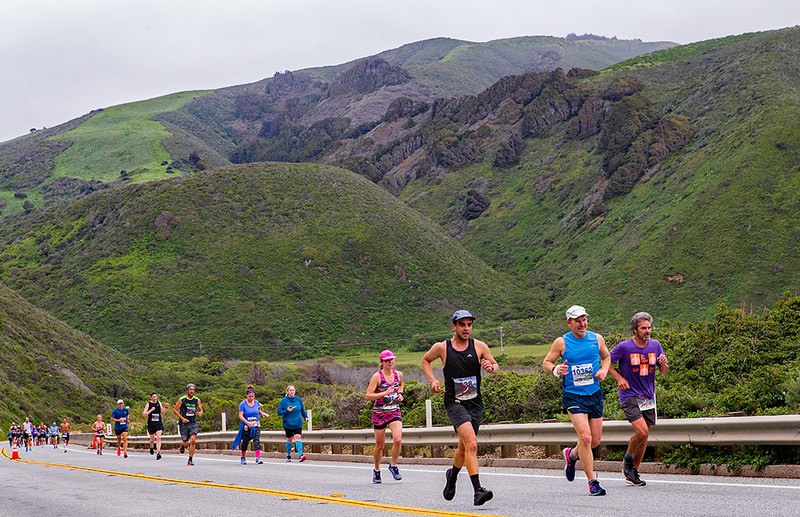
The decision to bring back the marathon was made with input from a health advisory committee the Big Sur Marathon Foundation formed in navigating through the pandemic.
“We looked at the current and projected data,” Thurston said. “We felt by April the pandemic would be a little more settled, and more importantly, the rate of vaccination use will be high enough for runners and volunteers to feel safe.”
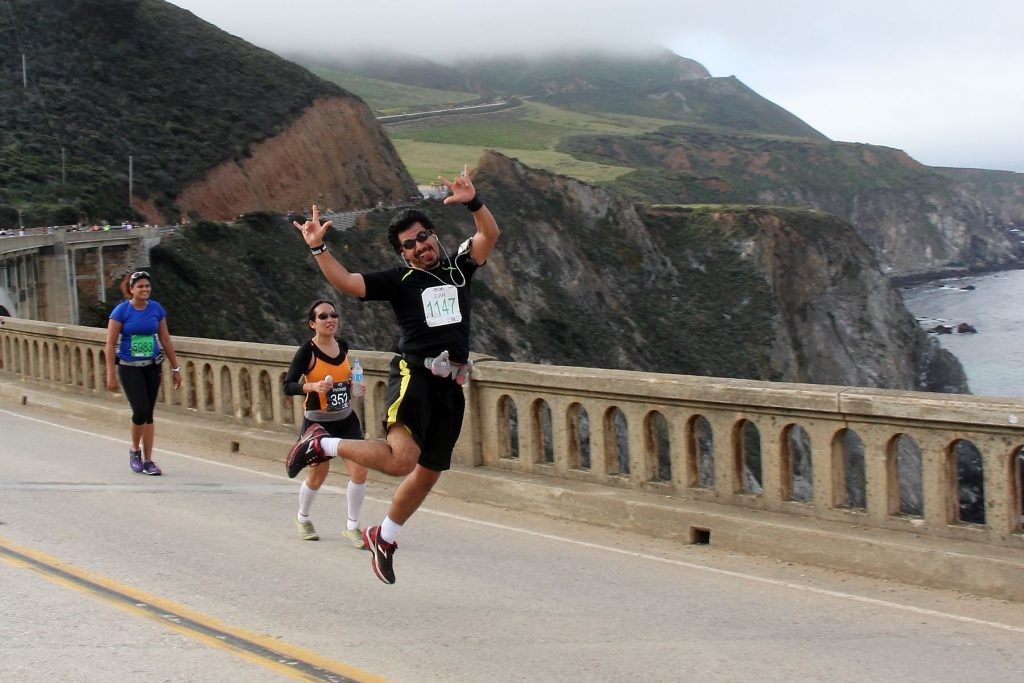
The event has sold out in each of the past 10 years it has been held, bringing thousands of runners from all over the world to take part in one of the more grueling, but picturesque races on the globe.
“It is a bucket list event,” Thurston said. “More than 80 percent of our marathon competitors do it one time.”
All of next April’s events could come with strings attached. While nothing has been decided, it’s likely that proof of vaccination or a negative test for COVID will be required to compete.
“What we are saying at this point is runners and volunteers should all anticipate that they’ll need to show proof of vaccination or have a negative test three days before the race,” Thurston said.
Because priority for the marathon race will go to entrants from the canceled 2020 race, availability to the general public could mean fewer spots in 2022.
“We have not reduced capacity as much as we are providing priority to those that signed up in 2020,” Thurston said. “We don’t know how many of those 2020 entrants will return. But we think the number of available spots for the general public will be fewer.”
While there are several other shorter races going on along Highway 1 simultaneously during the marathon, the maximum entrees for the 26-mile, 385-yard event is limited to 5,000.
“Based on the interest we’ve gathered, we anticipated all the races to sell out,” Thurston said.
There will be another registration date in late November that will be called a second chance drawing, according to Thurston.
Because the Big Sur Marathon Committee doesn’t know how many spots will open up, it will have just two drawings this year.
“We have a supply and demand situation,” Thurston said. “Historically, we have more people that want to get in than we have space. So we’ve gone to a random drawing this year.”
The Monterey Bay Half Marathon, which is also organized by the Big Sur Marathon Committe and has traditionally been run in November, has been canceled the past two years because of the pandemic.
Thurston said the two annual races often raise more than $400,000 for 100 non-profit organizations in the county,
“We’re a nonprofit organization raising money for other nonprofit organizations,” Thurston said. “It’s been trying times for our organization to not give grants to the community. It’s why we put these races on.”
While the past 18 months have been challenging for the Big Sur Marathon Committee, Thurston said that the organization is looking forward, not backward.
“In some ways, it went real slow,” Thurston said. “But here we are getting ready for April, 2022. As the pandemic has taught us over and over again, it makes its own rules. Most of the plans you make are subjective to whatever is happening with the pandemic.”
Because the race day experience is primarily outdoors, Thurston is confident that the event can be held in a safe and healthy manner as runners flood scenic Highway 1, where often the only sounds are the shoes slapping pavement, the wind howling off Hurricane Point and the ocean waves crashing against the rocks below.
“We will follow whatever the federal, state and county health departments provide,” Thurston said. “We are a health and fitness organization. We feel April 24 will be a viable date to host the race.”
by John Devine
Login to leave a comment
Big Sur Marathon
The Big Sur Marathon follows the most beautiful coastline in the world and, for runners, one of the most challenging. The athletes who participate may draw inspiration from the spectacular views, but it takes major discipline to conquer the hills of Highway One on the way to the finish line. Named "Best Marathon in North America" by The Ultimate Guide...
more...The Big Sur Marathon Foundation (BSMF) Taps Blistering Pace Race Management as Organization Reboots
As the running industry eagerly returns to in-person racing, the Big Sur Marathon Foundation (BSMF) is excited to announce their expanded partnership with Napa-based Blistering Pace Race Management (BPRM). On October 1, 2020, the Big Sur Marathon Foundation suspended most business operations in order to preserve resources during pandemic-era shutdowns. As California begins to lift restrictions and develops guidelines for large in-person events, the organization is planning for 2022 events with BPRM and Race Director, Doug Thurston, at the helm.
BPRM, who has worked with BSMF since 2016, is expanding their scope of work with more operational responsibilities and added marketing and communications, sponsorship, and registrations.

“After working with the Big Sur Marathon Foundation in increasing capacities for the last five years, we have been fortunate to learn about their events, work alongside their staff, board of directors, and committee members, and build a very strong relationship of trust between us,” said Michelle La Sala, President of Blistering Pace Race Management. “We are thrilled to take the next step with the foundation and look forward to delivering continued success and a world-class participant experience.”
In order to allow adequate time to plan and execute a safe event weekend, BSMF’s next in-person race is the Big Sur Marathon weekend of events scheduled for April 22-24, 2022. The next in-person Monterey Bay Half Marathon weekend is planned for November 11-13, 2022.
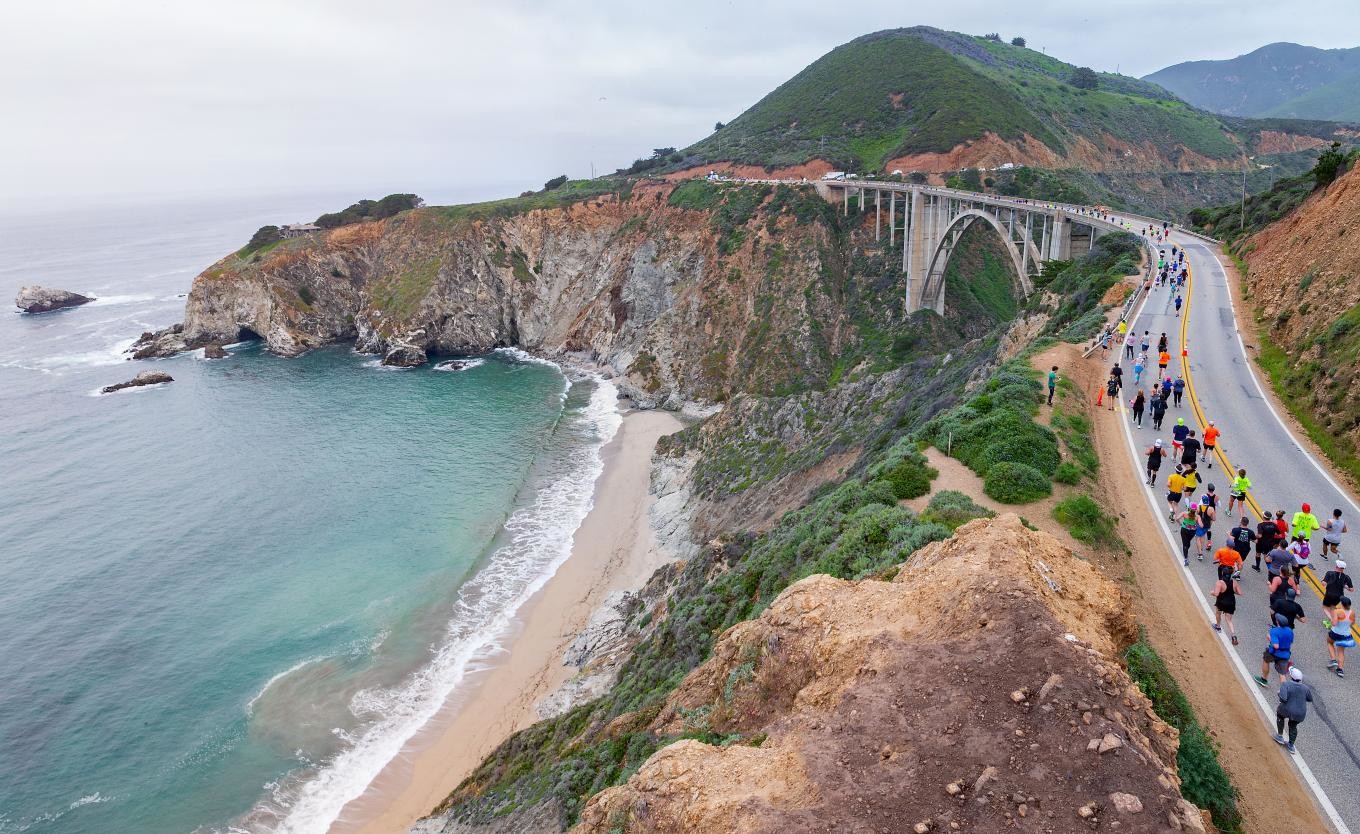
“We’re excited to expand our relationship with Blistering Pace,” said Doug Thurston, race director. “She has built a world-class team that is dedicated to the runner experience and helping our non-profit organization rebuild from the effects of the pandemic.”
The Big Sur Marathon Foundation’s mission is to “create beautiful running events that promote health and benefit our community.” BSMF aims to expand upon their mission by employing BPRM’s strategic counsel and professional implementation for their two flagship races. BPRM brings six years of wide-ranging industry experience to the BSMF portfolio of events, along with a full-time staff of five.
About Blistering Pace Race Management
Founded in 2016, BPRM works in a variety of race management capacities, ranging from staffing to full operational oversight. Clients include the Kaiser Permanente San Francisco Half Marathon, 10K & 5K, the Napa Valley Marathon and Half Marathon, the Big Sur Marathon Foundation, the Bank of America Chicago Marathon, and the TCS New York City Marathon. For more information, visit the website.
About the Big Sur Marathon Foundation
The Big Sur Marathon Foundation is a nonprofit organization whose mission is to create beautiful running events that promote health and benefit the community. Under the brand are two individual race weekends: Big Sur International Marathon in April and the Monterey Bay Half Marathon in November. For more information, visit www.bsim.org #bigsurmarathon
by Running USA
Login to leave a comment
Big Sur Marathon
The Big Sur Marathon follows the most beautiful coastline in the world and, for runners, one of the most challenging. The athletes who participate may draw inspiration from the spectacular views, but it takes major discipline to conquer the hills of Highway One on the way to the finish line. Named "Best Marathon in North America" by The Ultimate Guide...
more...Pacer Great Britain's Jake Smith makes mid-race decision to run full marathon and wins in 2:11:00
British road runner Jake Smith ran an impressive debut marathon on Sunday, taking the win at the Cheshire Elite Marathon in Wales in 2:11:00. His win was a big surprise, not because he was an underdog in the race, but because he wasn’t supposed to finish the marathon at all. Smith started the race as a pacer, but after his planned exit point, he decided to keep running on a whim, and he carried on to the finish line far ahead of second place and well under the Olympic standard of 2:11:30.
Smith is one of the fastest British half-marathoners ever, and his PB of 1:00:31 (which he ran at the 2020 World Athletics Half Marathon Championships, where he finished in 18th) is third-best in national history, behind only Callum Hawkins (1:00:00) and British legend Mo Farah (59:32). His success over 21.1K made him a perfect pacing candidate to help marathoners through the first half of their races, and he did so on several occasions before Sunday.
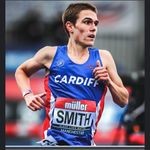
In October, just two weeks before he ran at the World Half Marathon Championships in Gdynia, Poland, Smith paced a group of elite men (including Canadian Cam Levins) at the London Marathon. As Smith wrote on Instagram after that race, he led that pack through 21.1K in 1:03:45, and instead of stopping, he kept going for another mile or so before his coach told him he had to get off the course. “The marathon life is not for me just yet,” Smith wrote.
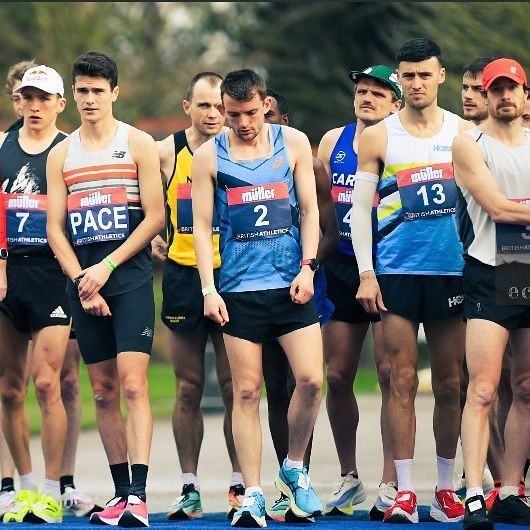
Next up was the British Olympic Marathon Trials, once again in London, in March. Back on Instagram, Smith wrote before the race that he planned to run 25K, leading the front pack through halfway in around 1:05:00. Again, he went farther than originally planned, sticking in the race until 29K, writing that he was “tempted at one stage to keep going.” He fought this impulse, though, and pulled out well ahead of the finish, again noting that he wasn’t ready to run a full marathon, saying, “[I] think I’ll pass on the distance for a few more years.”
It turns out that waiting period was actually only a few weeks, and on Sunday, just a month after his run in the British Olympic Marathon Trials, Smith was back on pacing duties, but this time he let the urge to keep running win. He entered the event expecting to pace elite men in both the half and full marathons, but at around 27K into the run, he decided to finish the race. “Looked down at the watch at like mile 17 and thought ‘sod it,’ let’s try to run the Olympic time,” Smith wrote on Instagram.
He had carried the leaders close to two thirds of the way at that point, and with his role as a pacer fulfilled, he shifted focus to his own goal — one that he hadn’t known he wanted to hit until that moment mid-race. He ran away from the rest of the field and closed impressively (despite never having run that fast for that long before), crossing the line in 2:11:00, 38 seconds in front of the second-place runner. Smith’s run now places him at 30th all-time among British runners, and he didn’t even train specifically for the event.
To add to his achievement, Smith’s debut marathon win came just four days after he won a 1,500m, also in Wales, in 3:50.89. After his run on Sunday, he wrote on Instagram that he plans to focus on the shorter event this season, and based on both times, he’s certainly capable of thriving at either distance.
by Ben Snider-McGrath
Login to leave a comment
President Uhuru Kenyatta's gift, Kipchoge library project
With the London Marathon just over two weeks away, defending champion and world record holder Eliud Kipchoge maintained his tight programme on Wednesday, making time for the ground-breaking ceremony for a library project that he inspired.
He was joined at the ceremony at Kapsisiywa Secondary School in his home Nandi County by Education Cabinet Secretary George Magoha.
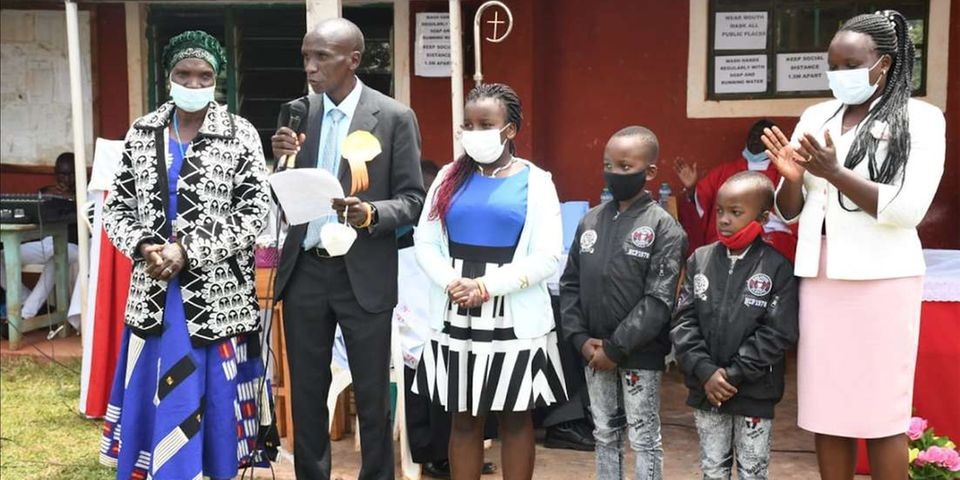
The project has been funded by President Uhuru Kenyatta.
The marathon great narrated that at a meeting in Mombasa last year President Kenyatta asked him what gift he wanted after his exploits on the world stage, and he settled for a communal library.

“I'm here to witness one of my dreams come true. My vision to transform my community has come true courtesy of the President.
“I appreciate the President's gesture which confirms to me that, indeed, no human is limited," said an elated Kipchoge who was accompanied by his family.
Kipchoge said it came as a big surprise to him when the President made the offer.
“The answer is what we have here today,” Kipchoge said, noting that a library is crucial and that reading had expanded his thinking and outlook in life.
“Books have been my loyal friend. Books are the perfect mode to travel out of any locality through. Books have helped me navigate through many challenges in life. I'm happy the President will be with us in every step of the way in this project,” added Kipchoge, with his usual touch of philosophy.
President Kenyatta last year issued a directive for the construction of a multi-million library at Kipchoge’s home village of Kapsisiywa.
“Eliud Kipchoge who is alive and here with us has also inspired the world that no human effort is futile, that we can dream and make our dreams a possibility. He has demonstrated that through integrity, hard work and commitment to excellence nothing is out of reach,” said the President when he honoured the athlete last year after his successful exploits in Austria when he broke the two-hour barrier for the marathon.
President Kenyatta decorated Kipchoge with the Elder of the Order of the Golden Heart (E.G.H) award, lauding his work in inspiring future generations to achieve the seemingly impossible.
Magoha, accompanied by Ministry officials, on November 22 last year delivered the offer letter from the President to the famous athlete as well as the Kapsisiywa Secondary School principal.
Kipchoge made history last year after becoming the first man to run a marathon in under two hours – clocking one hour, 59 minutes and 40 seconds at the “Ineos 1:59 Challenge” staged in Vienna, Austria.
by Wycliff Kipsang & Tom Matoke
Login to leave a comment
Big Sur Marathon Foundation Suspends Operations Amidst Pandemic
Plans for all 2021 races have been frozen until further notice
CARMEL, CA –The Big Sur Marathon Foundation (BSMF) announced Thursday that they will suspend all race operations, effective September 30, 2020. Citing the many unknowns concerning the coronavirus pandemic, organizers say the timeline for resuming race planning and registrations is unclear and ever-changing.
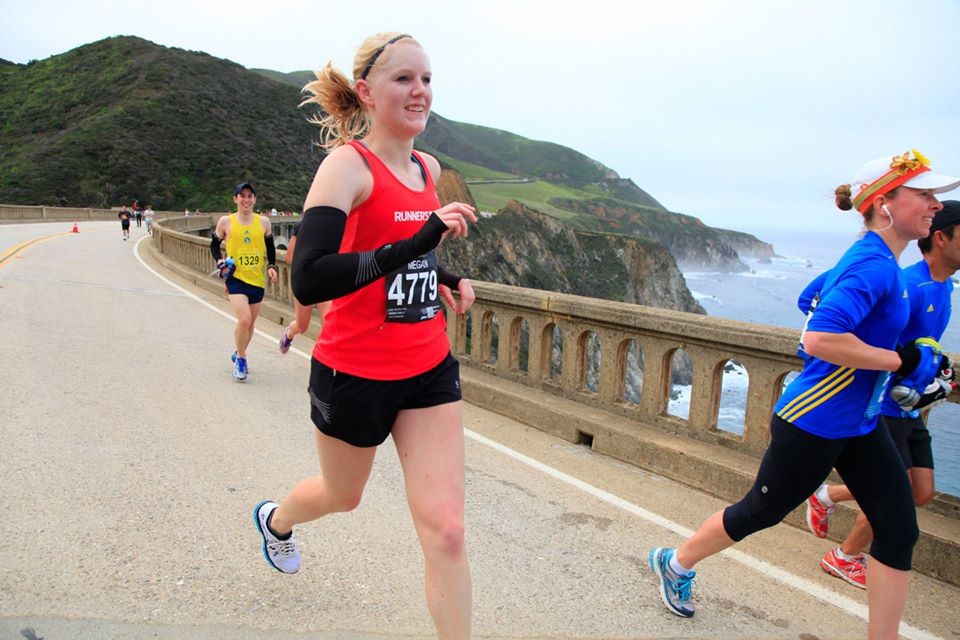
“We are devastated about canceling all our in-person events and programs for 2020 and now for 2021,” said Race Director Doug Thurston. “That said, we have refocused our staff’s creative efforts on producing our Big Surreal Virtual Challenge and look forward to hearing how our runners enjoy the experience.”
By placing the 36-year-old nonprofit organization in a hibernation of sorts, race officials hope to minimize financial and operational damage so the organization can once again organize world-class races when safe to do so. Securing permits to hold large mass-participation events like marathons likely won’t happen until vaccines or other coronavirus therapeutics are widely in use.
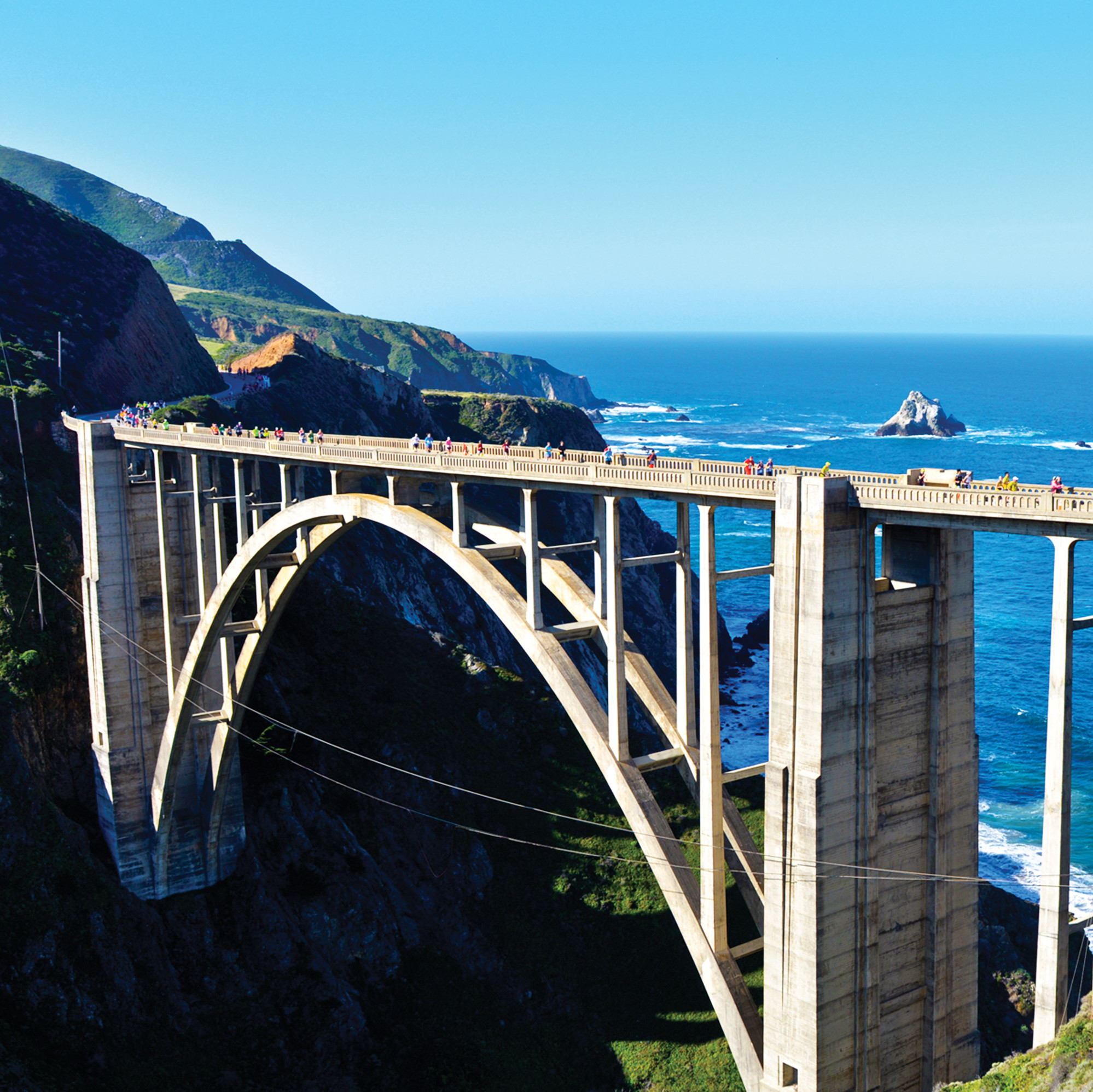
As a result, the following events/programs have been cancelled:
The November 2020 Monterey Bay Half Marathon in-person and virtual races. Registration had not yet opened for either event.
The JUST RUN youth fitness program for the 2020-2021 school year.
BSMF has suspended all plans for the following 2021 events/programs:
The April 2021 Big Sur Marathon weekend of races
The June 2021 Run in the Name of Love
The November 2021 Monterey Bay Half Marathon
With no current races on the horizon, the BSMF Board also made the difficult decision to reduce their staff to just two employees – Race Director Doug Thurston and Administrative Manager Chris Balog. Five of the organization’s seven full-time employees have been laid off.
The organization says it will continue to monitor updates regarding the pandemic including vaccine development and distribution and remain hopeful that they will be able to safely hold races and other programs in 2022.
For answers to common questions related to these updates, please visit the FAQ page located on the Big Sur Marathon website. BSMF asks fans to continue to monitor their social media pages and websites for updates in the months to come.
The Big Sur Marathon Foundation is a nonprofit organization whose mission is to create beautiful running events that promote health and benefit the community. Under the brand are three individual race weekends: Big Sur International Marathon in April,Run in the Name of Love 5K and 2K in June, and theMonterey Bay Half Marathon, 5K and 3K in November. In addition, the Foundation oversees the award-winning JUST RUN® youth fitness program.
Login to leave a comment
Big Sur Marathon
The Big Sur Marathon follows the most beautiful coastline in the world and, for runners, one of the most challenging. The athletes who participate may draw inspiration from the spectacular views, but it takes major discipline to conquer the hills of Highway One on the way to the finish line. Named "Best Marathon in North America" by The Ultimate Guide...
more...The World’s Toughest Foot Race is on and going to be the first race covered by MBR since March 8. The 43rd annual event is set for July 6-8
The last race MBR posted results for was the LA Marathon March 8. Since then every race we cover, and we only cover the best, most unique and interesting races in world have either been cancelled or postponed. We are talking about races like the Boston Marathon, Big Sur and the Berlin Marathon only to name three.
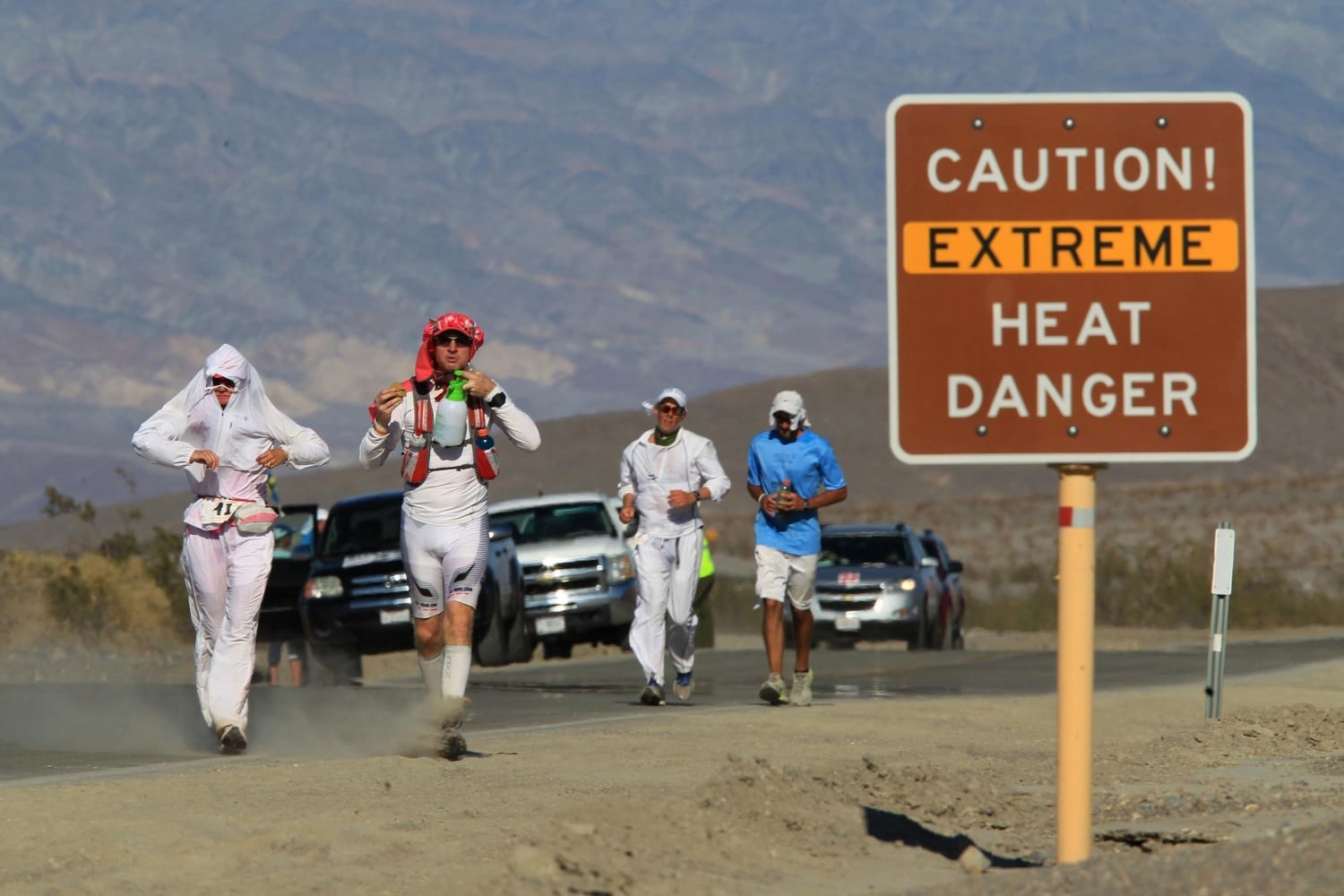
The big question has been, what race is going to be the first? it appears it is going to be an ultra race. A race celebrating 43 years. The Badwater 135. No races for four months.
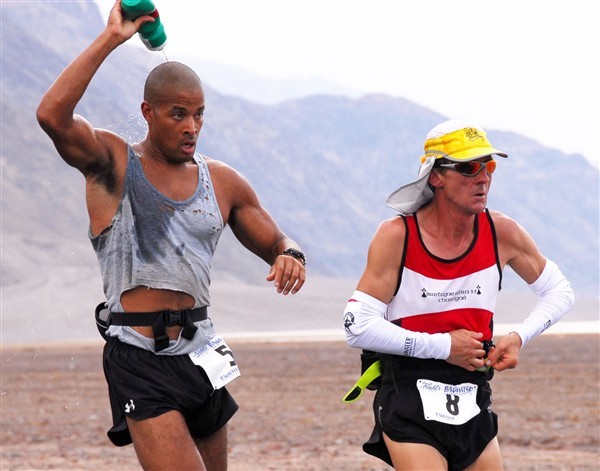
Covering 135 miles (217km) non-stop from Death Valley to Mt. Whitney, CA, the Badwater® 135 is the most demanding and extreme running race offered anywhere on the planet.
The start line is at Badwater Basin, Death Valley, which marks the lowest elevation in North America at 280’ (85m) below sea level. The race finishes at Whitney Portal at 8,300’ (2530m), which is the trailhead to the Mt. Whitney summit, the highest point in the contiguous United States. The Badwater 135 course covers three mountain ranges for a total of 14,600’ (4450m) of cumulative vertical ascent and 6,100’ (1859m) of cumulative descent.
Competitors travel through places or landmarks with names like Mushroom Rock, Furnace Creek, Salt Creek, Devil’s Cornfield, Devil’s Golf Course, Stovepipe Wells, Panamint Springs, Darwin, Keeler, Lone Pine, Alabama Hills, and the Sierra Nevada.
The 43rd edition will take place Monday-Wednesday, July 6-8, 2020.
by Bob Anderson
Login to leave a comment
Badwater 135
Recognized globally as "the world’s toughest foot race," this legendary event pits up to 90 of the world’s toughest athletes runners, triathletes, adventure racers, and mountaineers against one another and the elements. Badwater 135 is the most demanding and extreme running race offered anywhere on the planet. Covering 135 miles (217km) non-stop from Death Valley to Mt. Whitney, CA, the...
more...Big Sur Marathon and Half have become another victim of COVID-19
Six weeks after postponing race weekend, Big Sur International Marathon organizers canceled this year’s marathon and all related events Wednesday because of the fluid developments of the coronavirus pandemic.
The marathon, which in early March was still on schedule for April 26, was rescheduled in April for Nov. 15. The Monterey Bay Half Marathon, originally scheduled Nov. 15 on its traditional course in Monterey and Pacific Grove for the same day, was moved to Nov. 14.
Now, all of the events, with one exception, will return next year, likely including auxiliary races canceled when the marathon was originally postponed. The Monterey Bay Half Marathon will be held as a virtual event Nov. 14.
Registration for the virtual Monterey Bay Half Marathon will open this summer with details pending.
“The (race) board made the decision based on a variety of factors, including the phased state reopening plan,” said Doug Thurston, executive director and race director. “It’s a concern for the safety of participants, volunteers and the community, and access to needed public safety and medical resources including volunteers and PPE (personal protection equipment).”
Among the country’s most popular marathons, the 35th annual race was expected to include its recent year field participant demographics.
According to Thurston, marathon events have about 425 entrants among 9,000 runners from outside of the United States. About 39 percent of the international participants are from Canada with 40 from other countries.
The data was the impetus for organizers to keep the marathon as originally scheduled. As the pandemic severity advanced, the event was postponed.
“Since we last communicated with you on April 13, California adopted a comprehensive reopening plan,” organizers detailed on the marathon’s website. “In this plan, it now appears that mass gathering events like our weekend of races will not be possible until the final reopening phase when a vaccine or other therapeutics are widely available.”
The marathon had never previously been canceled, but poor air quality from the Camp Fire forced the cancellation of the 2018 Monterey Bay Half Marathon.
Thurston said the marathon organization has canceled several other events in the past five years, including the 2016 Salinas Valley Half Marathon and four other races, including three this year.
“Our team conducted a very thorough analysis in order to provide our runners with the greatest restitution possible,” organizers explained on the event’s website. “Races around the country and world have offered various entry restitution programs according to each organization’s unique situation.
“Unfortunately, our organization has had to weather five race cancellations in the last four years due to circumstances beyond our control. Providing a higher refund or deferrals to future races are not viable options if we want to ensure our organization has the capacity to put on races once again in better times.”
To originally reschedule the marathon and its corresponding runs and walks, organizers worked with businesses throughout the Monterey Peninsula to determine if the Monterey Conference Center and host hotels would be able to participate.
“We went right down the line,” said Thurston. “It obviously took some time particularly with people out of work or sheltering employees or just not available. But we were able to put in in place.”
Local businesses will now be without marathon-related revenues.
The Big Sur Marathon Foundation, a non-profit organization, typically provides nearly $400,000 in annual grants to more than 100 other Monterey County-based nonprofit organizations.
This year, organizers reported that with the loss of more than $2 million in entry fees and other income sources due to event cancellations, it will be unable to provide support to the organizations.
Race organizers also announced all of the 2020 Big Sur Marathon, Relay, 21-Miler, 11-Miler, 12K, and 5K are eligible to receive a 60 percent refund of their entry fee or opt to donate their entry fee to our nonprofit organization.
WeatherTech Laguna Seca Raceway has also amended its yearly calendar several times because of the coronavirus. Its current 2020 calendar is scheduled to begin with the Monterey Pre-Reunion, Aug. 8-9.
“We are assessing the feasibility of being able to hold the Monterey Motorsports Reunion this August,” said Barry Toepke, Director of Marketing and Communications. “We are in close touch with many of our participants who have been accepted to gauge how they feel coming to Monterey.
“Our highest priority is for the safety and well-being of the participants, their crews and families, as well as guests and our community, and have strict protocols ready to be enacted. A final decision will be made very shortly after objectively assessing the landscape with County of Monterey officials.”
The Sea Otter Classic, also held at Laguna Seca Raceway and surrounding areas, was postponed from its usual April dates to a four-day event schedule and expo still scheduled beginning Sept. 30
Login to leave a comment
Big Sur Marathon
The Big Sur Marathon follows the most beautiful coastline in the world and, for runners, one of the most challenging. The athletes who participate may draw inspiration from the spectacular views, but it takes major discipline to conquer the hills of Highway One on the way to the finish line. Named "Best Marathon in North America" by The Ultimate Guide...
more...I was suppose to be running the Big Sur Marathon today
Today was the day I was supposed to run the Big Sur International Marathon. With all major races cancelled or postponed due to the Covid-19 pandemic I am reading about all my fellow runners moving forward with their own virtual races. I did about 10 miles this weekend, but got too bored on my treadmill to go a full marathon. Looking forward to when we can race for real again.
by Winton Jew
Login to leave a comment
Big Sur Marathon
The Big Sur Marathon follows the most beautiful coastline in the world and, for runners, one of the most challenging. The athletes who participate may draw inspiration from the spectacular views, but it takes major discipline to conquer the hills of Highway One on the way to the finish line. Named "Best Marathon in North America" by The Ultimate Guide...
more...The date for this year’s Big Sur Marathon has been confirmed after being postponed due to COVID-19
A month after it was postponed because of the coronavirus, organizers of the Big Sur International Marathon announced Monday the 35th edition will be part of a revamped version of an area traditional running weekend in November.
The marathon, originally scheduled April 26 but postponed because of coronavirus concerns, will be held Sunday, Nov. 15 from Big Sur to Carmel. The Monterey Bay Half Marathon, originally scheduled Nov. 15 on its traditional course in Monterey and Pacific Grove, has been moved to Saturday, Nov. 14.
“We don’t really have any goals as far as participation,” said Race Director Doug Thurston. “We hope as many of the April 2020 entrants will come back on Nov. 15.
“We will be prepared for them. But I think just having an event this year with all of the craziness in the world, I think that will be considered a win.”
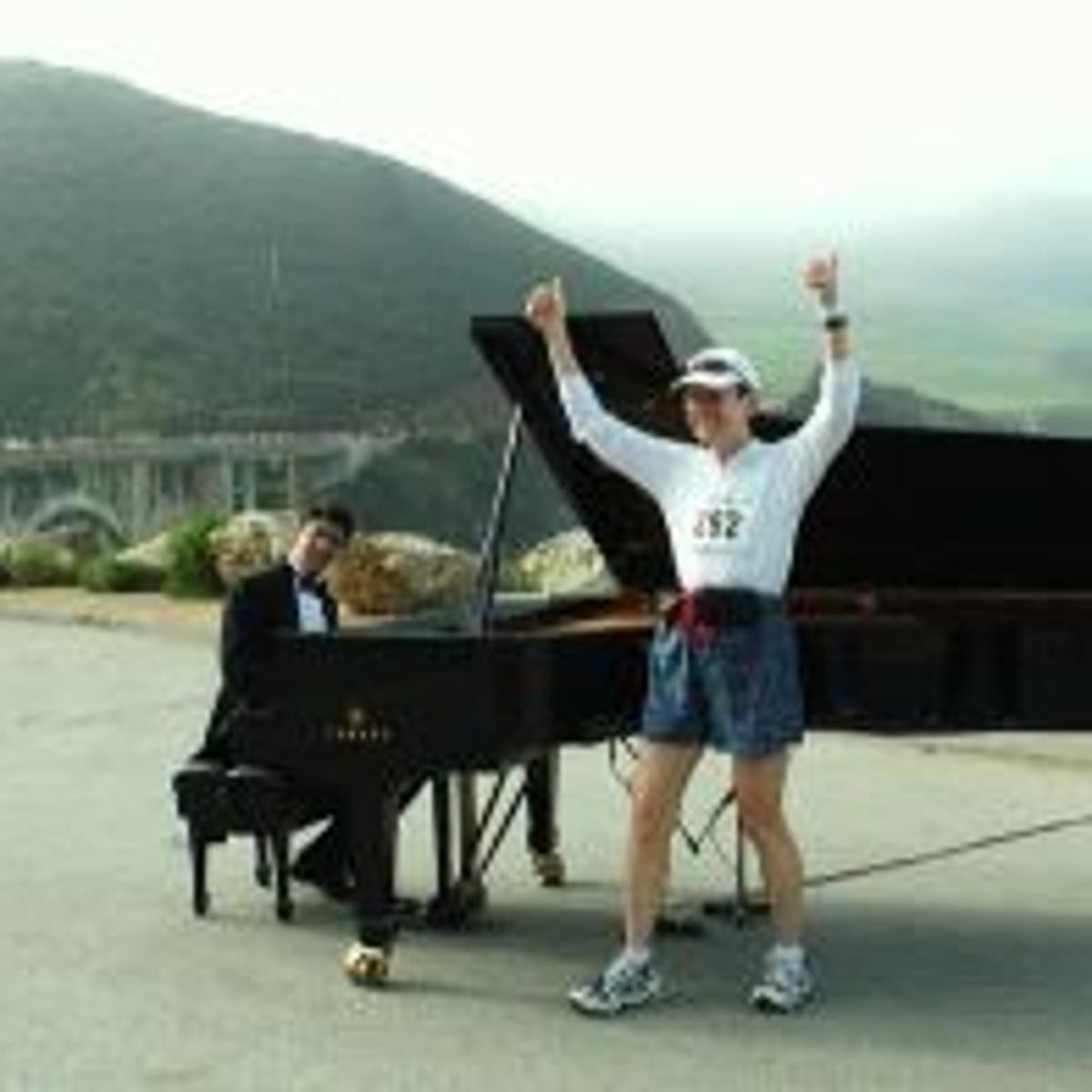
In addition to the marathon and half-marathon changes, marathon organizers said other distance races originally planned for April 26 have also been switched to Monterey Bay Half Marathon weekend. All April race distances, except the 5K and 3K, will be held Sunday, Nov. 15 in their original locations on Highway 1.
Registrants who entered the April 5K will automatically be registered for a new 5K to be integrated within the Half Marathon on Nov. 14. The By-the-Bay 3K will not be held this year.
“First, we want to thank you for your patience and support over these past few weeks as our board, staff, and volunteers worked to navigate this new reality,” said event management via its website announcement.
While other Peninsula events postponed or canceled events this year, Big Sur organizers were hopeful of maintaining original dates. A decision was made in mid-March to postpone.
To reschedule, organizers worked with businesses throughout the Monterey Peninsula to determine if, for example, the Monterey Conference Conference and host hotels, would be able to participate.
Login to leave a comment
Big Sur Marathon
The Big Sur Marathon follows the most beautiful coastline in the world and, for runners, one of the most challenging. The athletes who participate may draw inspiration from the spectacular views, but it takes major discipline to conquer the hills of Highway One on the way to the finish line. Named "Best Marathon in North America" by The Ultimate Guide...
more...Organizers of the 35th Annual Big Sur International Marathon postponed Due to Growing Coronavirus Threat
Organizers of the 35th Annual Big Sur International Marathon, originally set for Sunday, April 26th, have announced that the race will be postponed until later this year. Over the past several weeks, the Big Sur Marathon Foundation has been monitoring updates from county, state, federal, and international public safety and health agencies regarding the global coronavirus (COVID-19) pandemic. With state and local efforts to control the virus expanding quickly, the Foundation’s governance board, medical director, and race officials decided that postponing the race is the best way to help ensure the safety of participants, volunteers, spectators, and residents.
Race officials are currently coordinating with local agencies, partners, and other impacted entities to secure a reschedule date for the 2020 Big Sur Marathon, Relay, 21-Miler, 11-Miler, 12K, and 5K. They aim to reschedule for late summer or early fall and plan to update participants as soon as a date is secured. The By-the-Bay 3K, which draws roughly 4,500 schoolchildren from Monterey County Schools each year, will not be rescheduled for 2020.
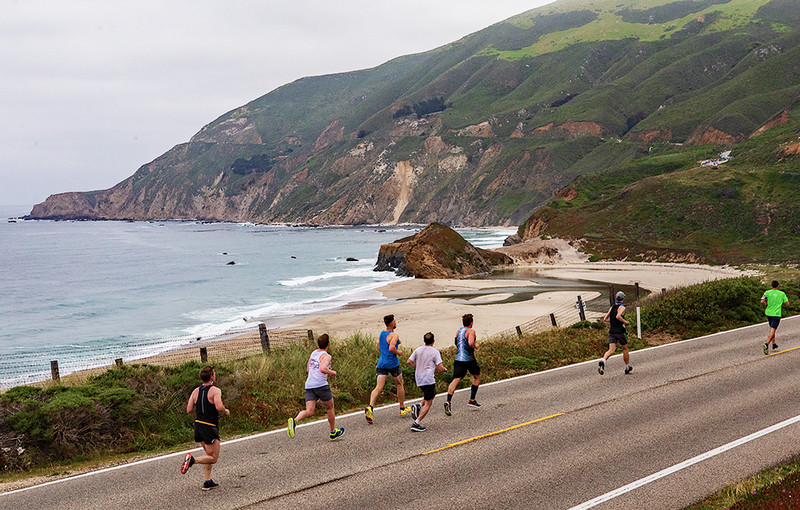
“Like our participants, we were disappointed to have to move the race to a later date, but we strongly feel it is the responsible thing to do,” said Doug Thurston, Race Director and Executive Director of the Big Sur Marathon Foundation. “This situation is moving so quickly locally, nationally, and world-wide and we all have to work together to try to stop the spread of this virus.”
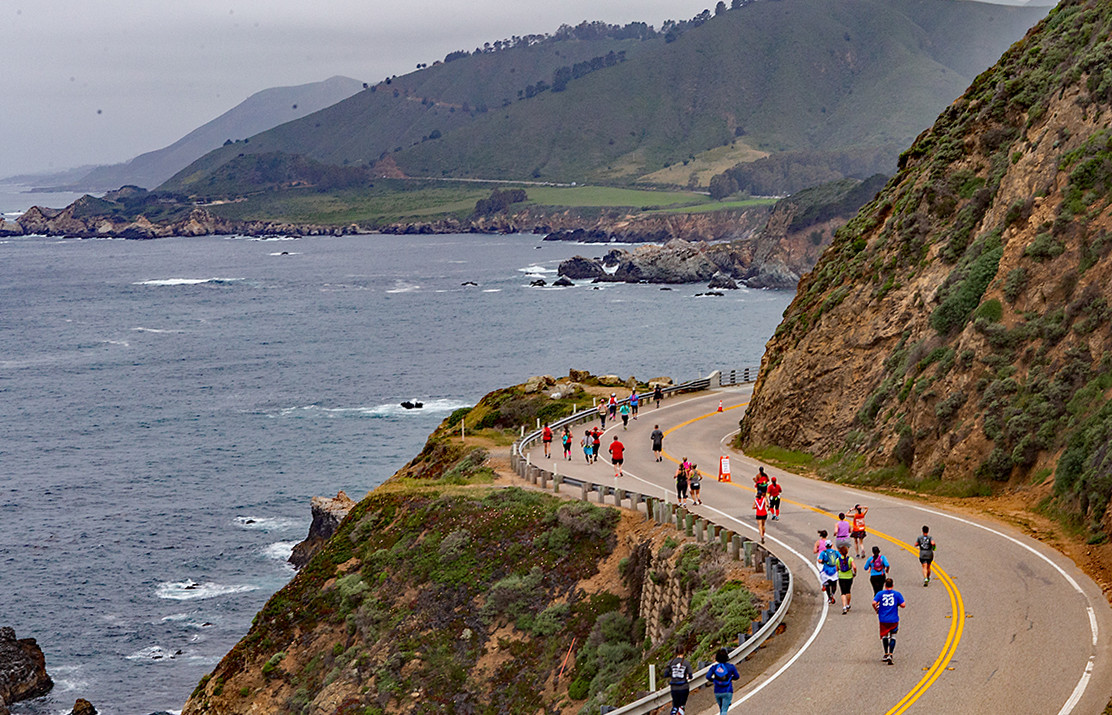
Registered runners in the 2020 Big Sur Marathon weekend of events will be given the chance to run their race on the rescheduled date or choose from other options, the details of which are in process. Thurston said all options will be made public as soon as possible.
“We understand a postponement might not work for some of our participants and we are working hard to determine alternate options for those runners,” Thurston said. “We appreciate the patience, understanding, and concern of all those affected during this stressful time.”
The mission of the Big Sur Marathon Foundation is to “create beautiful running events that promote health and benefit [the Monterey County] community.” This year, the marathon and other race weekend distances were scheduled to receive a sold-out, 13,000-plus participant field from all 50 U.S. states and 40 countries. To hold the Big Sur Marathon next month would be in direct opposition to the organization’s mission of promoting health. The swiftly evolving nature of the COVID-19 pandemic caused race officials also to consider the event’s potential impact on local health care and public safety resources.
“When we conduct one of our races, we partner with several local health-care and public safety resources. We need to ensure that these resources are available for our community,” said Thurston.
The Big Sur International Marathon is produced by the Big Sur Marathon Foundation, a nonprofit organization dedicated to supporting the health of the Monterey County community. The organization carries out its mission by providing grants to local groups who volunteer at Foundation races throughout the year and other charitable programs including the year-round JUST RUN youth fitness program.
The 2020 Big Sur Marathon is the third Foundation event to be affected by situations outside the organization’s control. The Salinas Valley Half Marathon in 2016 and the Monterey Bay Half Marathon in 2018 were canceled due to poor air quality from nearby wildfires.
Login to leave a comment
Big Sur Marathon
The Big Sur Marathon follows the most beautiful coastline in the world and, for runners, one of the most challenging. The athletes who participate may draw inspiration from the spectacular views, but it takes major discipline to conquer the hills of Highway One on the way to the finish line. Named "Best Marathon in North America" by The Ultimate Guide...
more...Chumo and Bekere take Barcelona half marathon wins
Kenya’s Victor Chumo and Ethiopia’s Ashete Bekere took their respective titles at the eDreams Mitja Marato Barcelona, a World Athletics Gold Label road race, on Sunday (16). On a perfect day for running, the 33-year-old Chumo succeeded after a thrilling sprint finish in 59:58 while Bekere was an overwhelming victor to smash her career best by exactly four minutes to 1:06:37.
Paced by the Kenyan pair of Cornelius Kiplangat and Boniface Kibiwot, the men’s race kicked off at a moderate tempo as the large main group went through the opening 5km in 14:18. The rhythm then heated up over the following kilometres, with the lead pack reaching 10km in 28:04, well on schedule to attack the course record of 59:44 set in 2018. Six men remained in contention: Kenyans Chimo and Moses Koech, Uganda’s Stephen Kissa and Mande Bushendich, and Eritrea’s Abrar Osman and Ethiopia’s Tesfahun Alkanew.
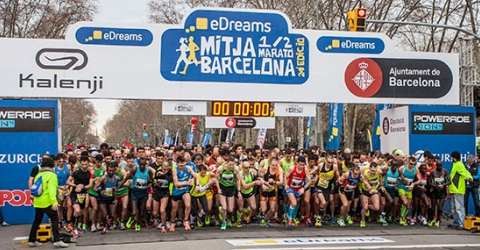
Once the pacesetters dropped out the six athletes took turns with the pacing duties. First Chumo took command, then Osman, the only athlete with sub-60 minute credentials, pushed hard. Even Kissa moved to the front on his first ever try over the distance.
By 15km, the clock was reading a promising 42:24 with six men still battling it out. But the speed decreased a bit over the following kilometres with a 54:14 19km split eliminating any chance of a course record. Over the closing kilometre, Chumo, Koech and Kissa proved to be the strongest and pulled away targeting a sub-one hour run.
Chumo prevailed at the tape in 59:58, clipping five seconds from his previous best with Kissa and Koech next in 1:00:00, an interesting debut for the Ugandan and a career best for the 22-year-old Kenyan by 11 seconds.
“I have been looking for an under 60 minute time for so long so I’m very satisfied with my win and my clocking today,” Chumo said.
Bekere dominates women’s race, Dereje falters
Held simultaneously with the men’s race, the women’s contest began conservatively as the four-woman leading group went through the opening five kilometres in 15:51. That pack included pre-race favourite Roza Dereje, her fellow Ethiopians Ashete Bekere and Asnakech Awoke plus Kenya’s Dorcas Kimeli. Always paced by Daniel Feyisa, the quartet passed 10km in 31:32 for a 15:41 5km split, but not fast enough to threaten either the world record or the course record set by Florence Kiplagat in a then world record of 1:05:09. By then, Britain’s Charlotte Arter travelled in fifth (32:390 alongside Ugandan Rachael Chebet while Germany’s Alina Reh ran 22 seconds behind that duo.
After another 15:51 5km section for an overall 47:23 15km split, the big surprise came when Dereje simply could not live with the pace and began to struggle leaving behind any chance of a podium finish. Simultaneously, Bekere, the winner at the last Berlin marathon in a PB of 2:20:14, began to push hard and Kimeli soon lost ground. Awoke managed to keep up with her compatriot for some 1200m, Bekere’s relentless pace proved too fast. She broke from Awoke with three kilometres remaining and finished unchallenged in 1:06:37 for a massive PB. Awoke’s 1:07:04 was also a lifetime best by over three minutes. Kimeli completed the podium six seconds behind Awoke in 1:07:10 also a career best for the Kenyan. As for Dereje, she finished two minutes behind the winner in 1:08:38.
Arter managed to hold off the late challenge by fast-finishing Reh to finish fifth in 1:10:01, seven seconds ahead of the German.
Login to leave a comment
Barcelona Half Marathon
The eDreams Mitja Marató de Barcelona by Brooks, also known as the eDreams Barcelona Half Marathon, is an annual half marathon held in Barcelona, Catalonia, Spain. Organized by RPM Sports and ASO, the event is scheduled for February 16, 2025. In 2023, the race attracted 21,477 runners, with 33% of participants coming from abroad, representing 101 nationalities. The half marathon...
more...HydraPak will bring its premium reusable hydration to Support Cupless Racing at Big Sur Marathon
With over a decade of uninterrupted designation as a zero-waste event organization, the Big Sur Marathon Foundation (BSMF) is excited to announce a partnership with HydraPak as their official reusable hydration gear partner. HydraPak will bring its premium reusable hydration product line and sustainability mission to participants and visitors of the 35th Annual Big Sur International Marathon this April.
Crafted in Northern California, HydraPak designs and produces flexible performance hydration systems aimed at reducing single-use waste and supporting athletes and adventure-seekers in the pursuit of personal goals.
BSMF prioritizes the development of ecologically and environmentally-sustainable practices and is always looking for new ways to conserve resources. The marathon’s budding partnership with HydraPak is the first step in the organization’s quest to eliminate all single-use cups on course at BSMF events.
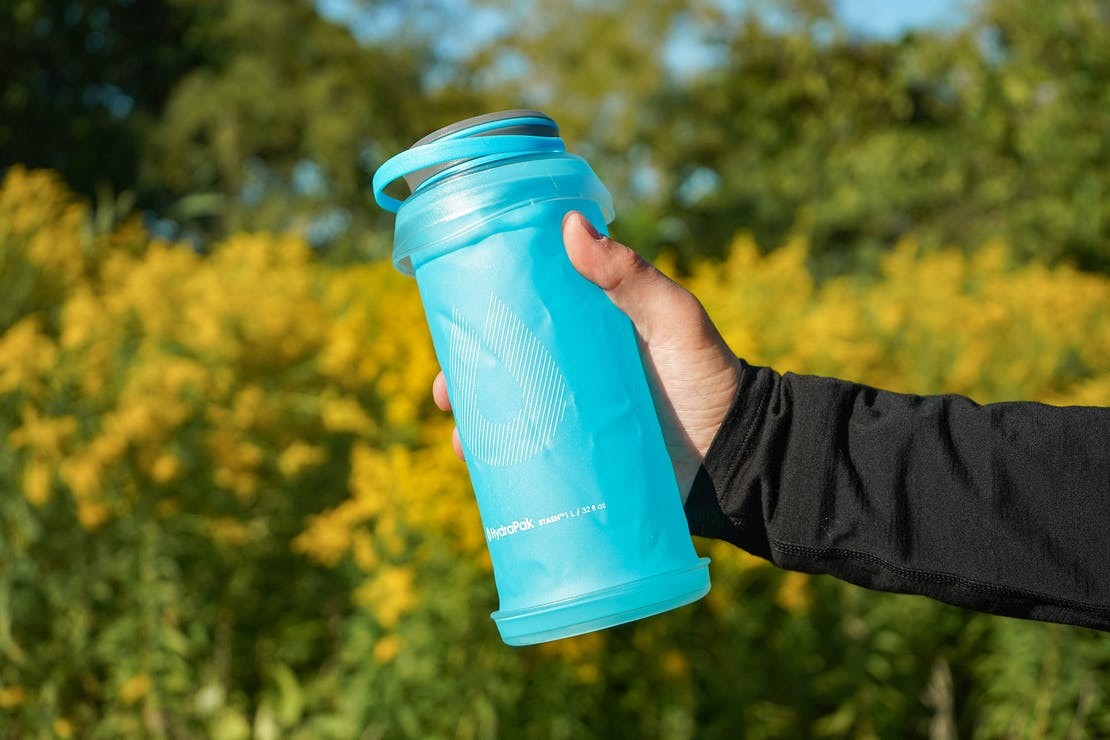
Participants in the 2020 Big Sur Marathon and related race weekend events will be invited to opt-in to a cupless experience during their race. The Big Sur Marathon Foundation and HydraPak are aiming for a 33% opt-in rate for participants across all race weekend events, eliminating tens of thousands of single-use cups on course.
The first 4,000 participants to take the cupless pledge will receive a complimentary Big Sur Marathon branded SpeedCup™, courtesy of HydraPak. It is hoped these participants will use this cup during their race, and after crossing the finish line in the recovery zone and finish village. With 11 aid stations on course, each marathon participant who takes the cupless pledge will potentially reduce their individual disposable footprint by 22-33 cups. Custom branded hydration offerings will also be available for sale online and at the Health & Fitness Expo, held the two days before the marathon.
Starting this year, the Big Sur 12K, the only distance to run through the Point Lobos State Natural Reserve, will be a cupless race. All participants will receive a HydraPak SpeedCup™ to use at the refill-only fluid station inside the park, saving over 1,500 disposable cups from being distributed on course and avoiding any cup waste in the sensitive area.
"Finding ways to reduce our footprint is always top of mind," said Doug Thurston, race director and executive director of the Big Sur Marathon Foundation. "We’ve made several important shifts to more sustainable practices and the decision to bring HydraPak on board to help us reduce single-use cups on course is a natural progression. We are very pleased to partner with HydraPak on this program.”
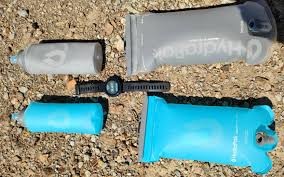
HydraPak’s collapsible and reusable SpeedCup was designed specifically for runners, and offers an alternative to single-use cups at race events. Made of ultra-light TPU, a 100% BPA and PVC-free material, the SpeedCup’s flexible design allows runners to collapse the cup and stuff it in their pocket or use the integrated finger loop, making for easy transport from start to finish.
“We’re eager to add value to the sustainability efforts of the BSMF by adopting the use of reusable hydration solutions with their road race events,” said Morgan Makowski, Director of Marketing at HydraPak. “Not only are we reducing waste with reusable cups, but we’re helping educate runners and other event hosts about different environmental impacts.”
The Big Sur International Marathon will celebrate its 35th presentation on April 26th, 2020, with 15,000 total entrants expected in seven different races. The full marathon and all other Sunday race distances are sold out with limited spots still available in the innovative Boston 2 Big Sur Challenge and Saturday’s 3K event in Pacific Grove.
Login to leave a comment
Big Sur Marathon
The Big Sur Marathon follows the most beautiful coastline in the world and, for runners, one of the most challenging. The athletes who participate may draw inspiration from the spectacular views, but it takes major discipline to conquer the hills of Highway One on the way to the finish line. Named "Best Marathon in North America" by The Ultimate Guide...
more...New York marathon champion Joyciline Jepkosgei eyes London or Tokyo in 2020
New York marathon champion Joyciline Jepkosgei will gauge her fitness in cross country before coming to return to marathon running in April.
The 26-year-old, is still pinching herself after she staged one of the biggest coups in 2019 when running her only second marathon won in New York clocking an impressive 2:22:38, beating race favorite and defending champion Mary Keitany.
"It was a big surprise to me to win New York City marathon. Certainly, it was not in the plans because there were top contenders and I was there to make a new attempt to the distance after I had flopped in London," Keitany said on Monday.
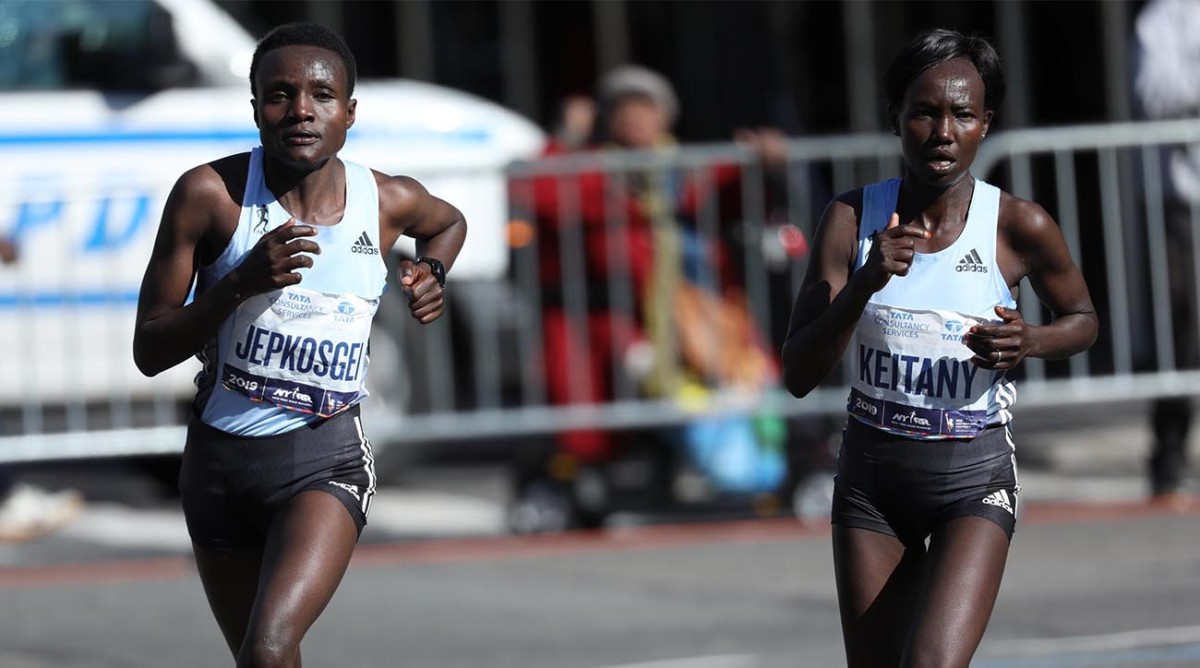
Though she started light training after her run in New York, Jepkosgei said that it will be a while before she is fit to race again. However, she is open to run in Boston, London or Tokyo in 2020.

"The muscles still hurt and it is one day at a time. I was nervous at the start and I only realized that I could go for it after the halfway mark. The win crowned my season and beating my mentor was no mean task. Mary Keitany is up there with the greats in marathon and she will always win big races. The pressure was too much, but I took it in my stride."
She also won in June the New York half marathon clocking 70:07 minutes. But her winning time on New York race in November was just seven seconds off the course record.
"I always have the desire to take up challenges and I feel it is the right time to run the full marathon. I had already achieved in half marathon and taking up a new challenge was good for my career," she added.
In 2017, Jepkosgei smashed the world half-marathon record to become the first woman to run 21km in under 65 minutes. Brigid Kosgei later broke her record as she set 64.28 minutes.
Jepkosgei hopes one day she will be strong enough to challenge the world record in full marathon. Brigid Kosgei has reshuffled the tables with a fast run in Chicago in October when she posted a new world record of 2:14:04. She shreds Paula Radcliffe's record that had stood since 2003 of 2:15:25.
by Mu Xuequan
Login to leave a comment
TCS London Marathon
The London Marathon was first run on March 29, 1981 and has been held in the spring of every year since 2010. It is sponsored by Virgin Money and was founded by the former Olympic champion and journalist Chris Brasher and Welsh athlete John Disley. It is organized by Hugh Brasher (son of Chris) as Race Director and Nick Bitel...
more...Vicoty Chepngeno was the first across the finish line at the 16th annual Monterey Bay Half Marathon holding off the elite men who started nine minutes and five seconds behind her
Chepngeno, a Kenyan living and training in Grand Prairie, TX, covered the 13.1-mile course in 1:08:03, smashing the women’s course record by over a minute and half. As the race began Sunday morning, the 25-year-old made a clear break from her competitors and maintained a healthy lead throughout the race, clicking off 5:10 miles. Futsum Zienasellassie, 26, of Flagstaff, AZ took the top spot for the men in 1:02:33, logging the second-fastest men’s finish in the race’s history.
Still, he and the other male competitors were unable to catch Chepngeno as she neared the finish line. As the first runner across the line, Chepngeno collected an additional $3,000 on top of the $4,000 award for being the first female.
“I’m so happy to be here, and I love the people of Monterey,” said Chepngeno. When asked if she’d return next year to defend her title, Chepngeno replied, “Absolutely, I can’t wait to be back out on the beautiful course next year.”
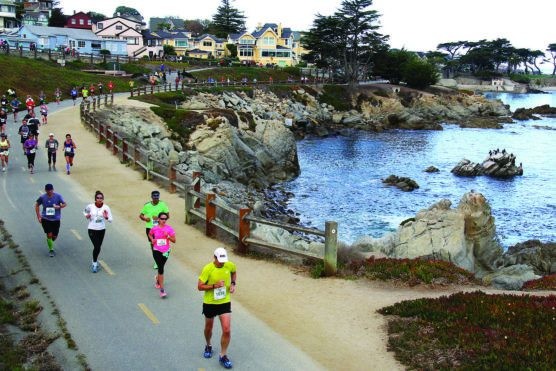
Panuel Mkungo of Coon Rapids, MN took second for the men in 1:02:37, and Patrick Smyth of Sante Fe, NM took third in 1:02:39. Second female was Australian Milly Clark in 1:11:49, followed by 2017 women’s champion Monicah Ngige in 1:11:59.
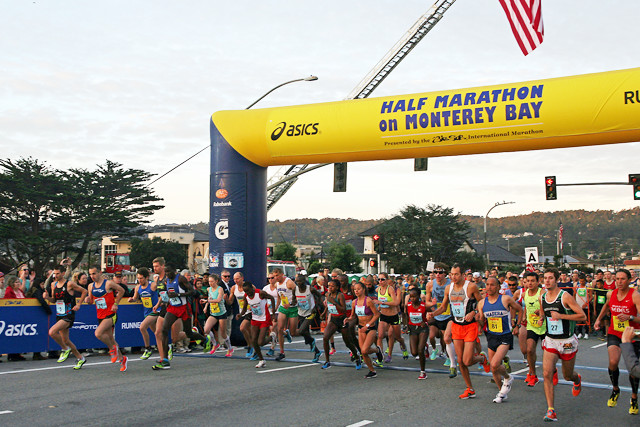
The top eight runners in the men’s and women’s divisions competed for a total purse of $25,000 plus another $5,000 in total bonus money for the first three runners of either gender to finish.
Runners were met with ideal conditions with overcast skies and temperatures from the low-50s to 60s during the race. Roughly 6,700 participants set out along the 13.1-mile scenic course that includes historic downtown Monterey, Cannery Row, and the Pacific Grove shoreline and Asilomar State Beach to finish back in downtown Monterey near Fisherman’s Wharf.
“It was a spectacular day with many runners setting personal bests,” said Doug Thurston, Race Director. “We were so glad to welcome back thousands of runners from our canceled race last year and many new runners to our race along the beautiful Monterey Bay.”
The 2018 Monterey Bay Half Marathon was canceled the day before when shifting winds brought smoky and unhealthy air into the area from the Camp Fire.
The Big Sur Marathon Foundation is a nonprofit organization whose mission is to create beautiful running events that promote health and benefit the community. Under the brand are three individual race weekends: Big Sur International Marathon in April, Run in the Name of Love 5K and 2K in June, and the Monterey Bay Half Marathon, 5K and 3K in November.
Login to leave a comment
Monterey Bay Half Marathon
The Monterey Bay Half Marathon on Monterey Bay contributes to the Ronald McDonald House, Breast Cancer Fund and Big Sur Marathon's JUST RUN Youth Fitness Program. ...
more...After last year’s cancellation, the big news heading into the weekend of the Monterey Bay Half Marathon is that the race is on for Sunday
“We’re just really excited to have the race this year after last year’s unfortunate cancellation,” said Doug Thurston, executive director and race director for the Big Sur Marathon Foundation. “We’re not affected at all by any of the wildfires in California.”
Officials canceled the race last year the evening before the event when shifting winds brought high levels of smoke from the Camp Fire in Butte County into the area causing unhealthy air quality on the Monterey Peninsula. The 3K and 5K races were held the day prior in moderate air quality.
“We’ve got great weather forecasts and we’re looking forward to a record number of participants,” Thurston said. “All events will be sold out, so it will be the largest race weekend in the 17-year history of our half marathon.”

The half marathon itself has reached its limit of 9,000 participants in past years, though more than 4,000 entrants to last year’s canceled race deferred their registration fees to this year’s race causing the capacity to be reached several months ago. Thurston said the Pacific Grove Lighthouse 5K, with a capacity of 2,000 entrants, sold out as well.
The weekend’s festivities begin with the Health and Fitness Expo opening up noon Friday at the Monterey Conference Center, giving entrants a chance to pick up their bib and race packet as well as providing information, services and the sales of merchandise. The races begin Saturday with the By-the-Bay 3K at 8 a.m. and the Pacific Grove Lighthouse 5K, both starting at Lovers Point in Pacific Grove, at 8:30 a.m.
The Monterey Bay Half Marathon starts Sunday at 6:50 a.m. on Del Monte Avenue at El Estero before traversing the Monterey Peninsula’s coastline to Asilomar State Beach, where runners will turn around and head back.
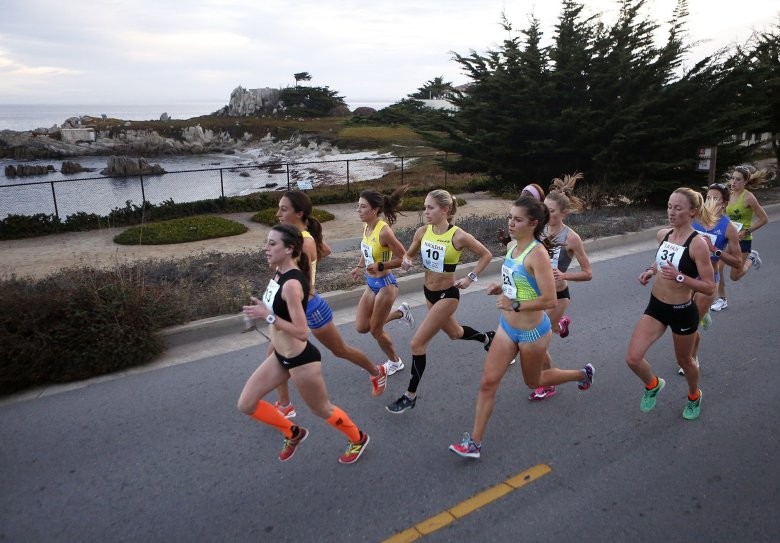
The race is different from many others in that it has 15 waves of starters, which Thurston said spreads the field out to make for smoother running through some of the more narrow sections of the course. The waves are set based on predicted times when entering the races.
“It allows people to run with people of similar ability for more consistent pacing throughout the race,” he said, adding that the out-and-back nature of the course allows for everyone to watch as the elite racers catch up and pass the others.
The top finisher among the men and among the women will each win a $4,000 top prize. The elite women will get a nine-minute, five-second head start against the elite men. The top finisher overall will then get an additional $3,000 “Equalizer Challenge” bonus.
Thurston said race organizers appreciate the support of the community, including those who come out to cheer. In Pacific Grove, school groups and others line the course to watch and cheer on the competitors.
“The enthusiastic support of friends and family and the community can really help people get through the later miles of the race,” he said
by Tom Wright
Login to leave a comment
Monterey Bay Half Marathon
The Monterey Bay Half Marathon on Monterey Bay contributes to the Ronald McDonald House, Breast Cancer Fund and Big Sur Marathon's JUST RUN Youth Fitness Program. ...
more...Enos Kales and Naomi Jebet from Kenya win the Paris 20km
The pace of the men’s race was aggressive from the outset. “It was really fast. I decided to let it go with some others French runners,” said Florian Carvalho afterwards. The Frenchman, third two years ago, then bridged the gap at about two kilometres into the race.
A group of 10 runners hit the 5km mark in 14:25, but the pace was irregular. Carvalho decided to take the lead after 10km, reached in 29:05, with eight other runners still in contention.
After the 15km mark, hit in 43:58, Enos Kales, who entered the race at last minute, made a big move. His compatriots Shewalem Yergalem and Joseph Mbatha as well as Ethiopia’s Getinet Mele Gedamu were able to stick to his stride as the French trio Carvalho, Michael Gras, and Nicolas Navarro struggled to sustain the pace.
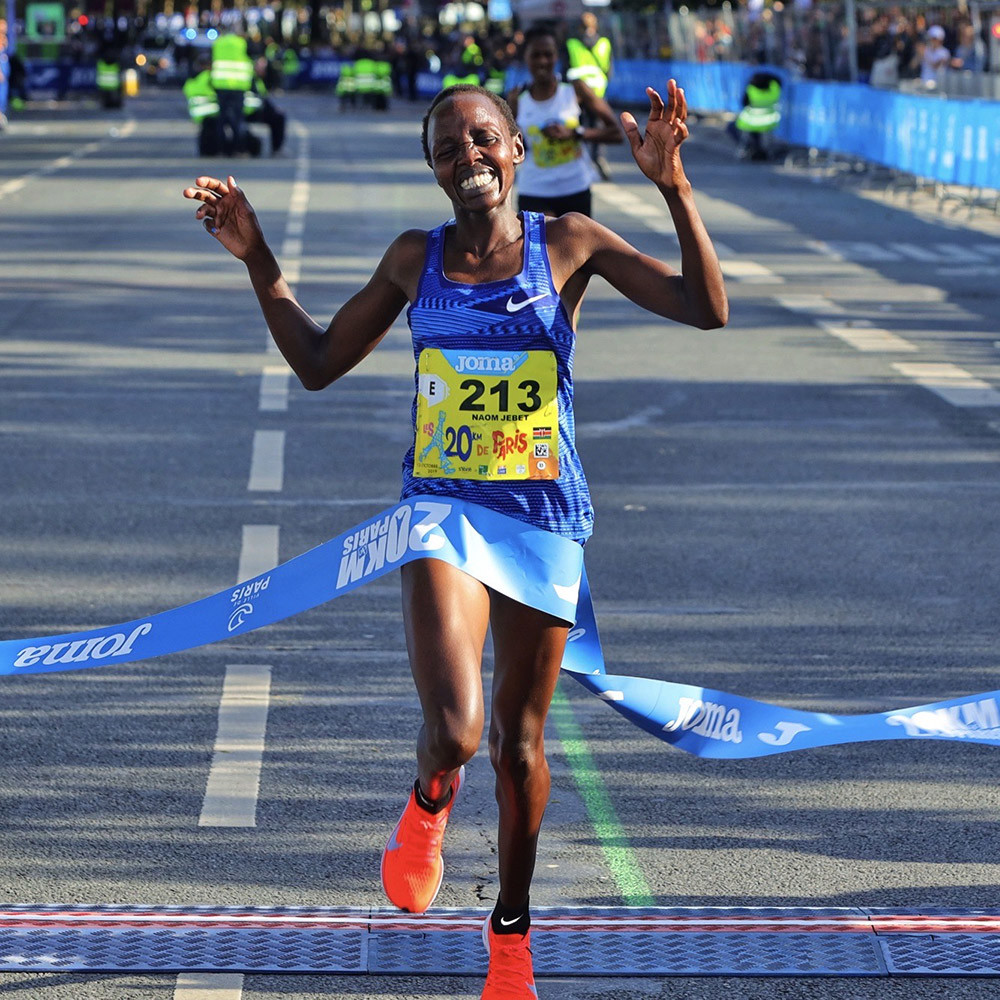
In the closing stages, Yergalem and Mbatah couldn’t handle the pace and Kales broke off. At about the same time, Carvalho and Gras drew level with the chasers.
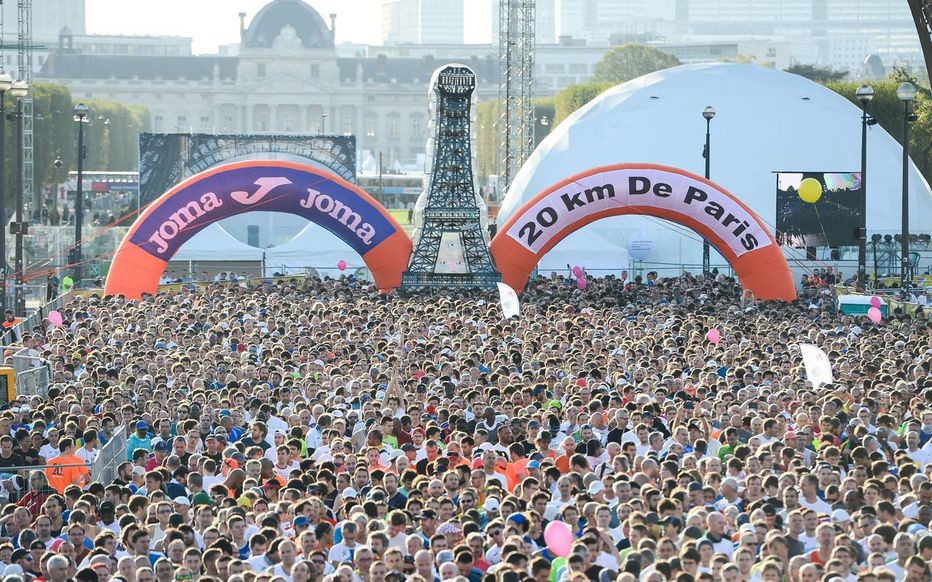
Kales held on for the win and crossed the line in 58:28, following a 14:30 last 5km section, as Carvalho finished second in 58:56, 16 seconds outside his time from 2017. “It bodes well for the Valencia Marathon, which is my main goal,” said Carvalho.
Gras managed to hold off Yergalem and Mbatha to round the podium in a personal best of 59:02.
In contrast to the men’s race, the women’s race set out at a relatively slow pace. Nine runners hit the 5km mark in 17:52, suggesting a possible finish time of 1:11:30, far from the results of past editions. The group, spearheaded by Kenya’s Naomi Jebet, ramped up the tempo during the next 5km section to reach the 10km checkpoint in 35:06.
With five kilometres to go (52:30 at 15km), there were still eight contenders for the win, including Jebet, Adawork Aberta, Chaltu Dida as well as the French pair Liv Westphal and Samira Mezeghrane.
Jebet made a big surge after 15km and only Dida and Aberta were able to follow her. Aberta then struggled to sustain the pace with two kilometres remaining, and Jebet sealed the win in 1:08:51, following a 16:21 5km section, the fastest of the race, six seconds ahead of Dida. Aberta finished third, 33 seconds adrift of the winner.
“I am very happy,” said Jebet, who clocked a half marathon PB of 1:08:08 last month. “I didn’t expect to win that race.”
by IAAF
Login to leave a comment
Les 20K de Paris
The 20 Kilometers de Paris (Paris 20 km) is an annual road running competition over 20 kilometers which takes place on the streets of Paris, France in October. First held in 1979, the race attracts top level international competitors and holds IAAF Bronze Label Road Race status. The competition was the idea of Michel Jazy, a French runner who was...
more...The worlds 10 most scenic marathons that are worthy of your bucket list
These are the 10 most scenic marathoners you need to put on your bucket list
1) Midnight Sun Marathon, Norway. Head to Tromso, Norway to try an Arctic Marathon where the sun doesn’t set…literally! Norwegians experience the “Midnight Sun” from May 20 to June 22, which allows runners to run a marathon during the night. A big portion of the race happens along the coast, so runners enjoy picturesque views of the Norwegian sea as well as the snow-capped peaks.
2) BMW Berlin Marathon, Germany. This marathon that starts and ends at the Brandenburg Gate takes runners in a large loop around the city. This is the perfect marathon to experience a slice of history as marathoners will pass the iconic Reichstag, Berlin Cathedral, Tiergarten and Potsdamer Platz, to name a few.
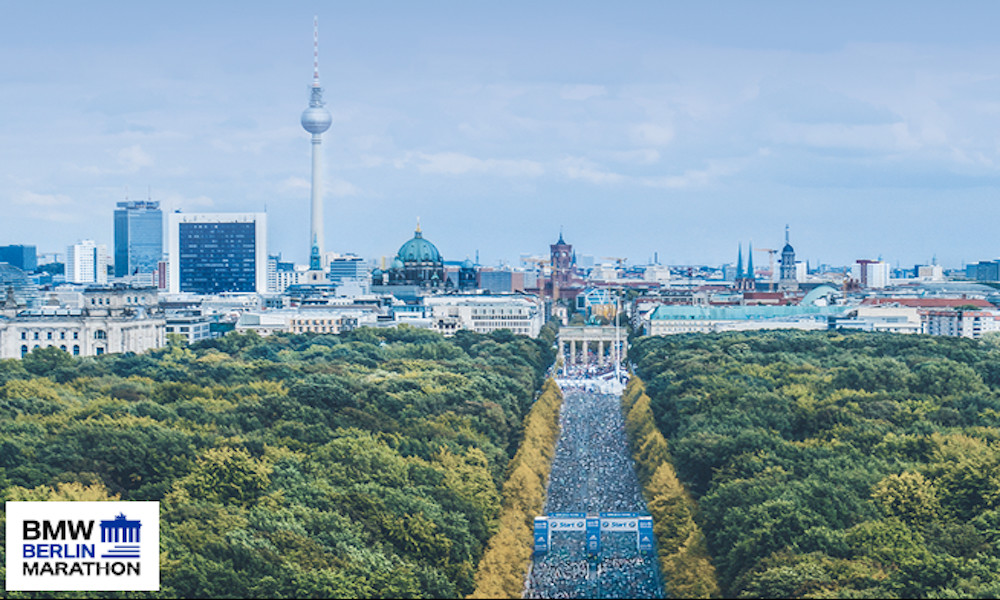
3) ​Marathon du Medoc (France). This is a wine and food festival disguised as a marathon! The course will take you through the vineyards of the Médoc in Gironde. Held in the Southwest of France near Bordeaux; food stands and wine tasting stalls dot the entire course of this event. Nibbles offered include pastas, oysters, cheese, steaks, fruits, and the region's famous wines to wash down everything. This fun marathon usually turns into a carnival of spirited, costumed runners as participants are encouraged to dress, according to the year’s theme.
4) The Hong Kong Marathon (Hong Kong). This is easily the biggest participation sporting event in Hong Kong with over 70,000 runners from 90 countries participating in it. Marathoners enjoy some of the best urban landscape. This iconic race unfolds against the backdrop of Hong Kong’s breath-taking skyline and harbour. The full marathon and half marathon, both start at Nathan Road in Tsim Sha Tsui racing up into New Territories, and heading back down to a spectacular finish in Victoria Park on Hong Kong Island. The Hong Kong Marathon has been awarded Gold Label status since the 2016 and with total prize money of US$300,000, it is one of Asia's most prominent marathons.
5) Big Five Marathon (Limpopo, South Africa). This is undoubtedly the wildest marathon in the world! Conducted within the private Entabeni Game Reserve in South Africa, this marathon runs through the African savannahs. True to the marathon’s name, you have a chance of bumping into lions, leopards, rhinos, elephants, and cape buffaloes in addition to the other animals like giraffes, antelopes, etc., along the way. The safety of the runners is not compromised as park rangers watch over the Big Five Marathon to ensure that participants can gaze safely at zebras, leopards, and antelopes as they run.
6) Great Wall Marathon (China). This marathon isn’t for the faint hearted, but it’s the race of a lifetime. Strictly speaking, the marathon route overlaps the Great Wall of China for a small section of the race, but this relatively short section on the Wall is a challenging 5,164 steps. Participants get to run through old villages and see sweeping hillside views, with hundreds of enthusiastic locals cheering for them.
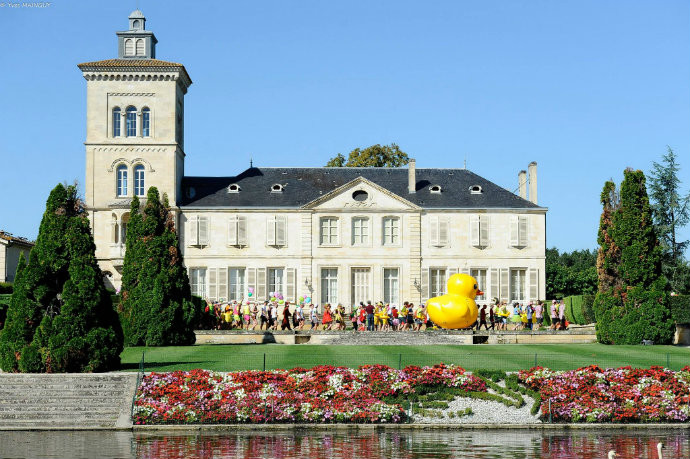
7) Skarkasse 3-Laender Marathon (Germany, Austria and Switzerland). This unique marathon offers runners an opportunity to run through three countries - Germany, Austria and Switzerland in one single race! This 26.2-mile journey starts on the island of Lindau, Germany, before taking runners through several Austrian towns, and then crossing the Swiss border and finishing in Bregenz. The flat terrain, half of which courses along the shores of Lake Constance, features a mix of cobblestone, gravel and asphalt.
8) Big Sur Marathon (California, USA). For the past two years, the Big Sur Marathon sells out in record time! Traversing through one of the world’s most scenic courses, meandering through the coastline along the azure blue waters of the Pacific ocean and redwoods, the Big Sur International Marathon held in California ranks high on the list of challenging marathons due to its alpine terrain and strong headwinds. Known for its incomparable natural beauty and dramatic coastal scenery, this race has a strict 6-hour time limit to complete it.
9) Patagonian International Marathon (Patagonia, Chile). This marathon will take you through the jaw-dropping landscapes of Torres del Paine National Park, a route which makes way through turquoise waters, towering peaks and pristine glaciers. This is also the most eco-friendly race in the world. Instead of medals, participants have a tree planted in their name. The organisers also encourage you to carry your own water bottles to avoid cup waste. So, go ahead and fulfil your dream of running in one of the most pristine places on the planet!
10) Australian Outback Marathon (Australian). Big open skies, cool rock formations, soft red earth under your feet, this marathon was made for adventure seekers and nature lovers. This marathon will give runners a glimpse of the famous Uluru and Kata Tjuta rock formations and sacred sites of the aboriginals of the area.
Login to leave a comment
Midnight Sun Marathon
The Midnight Sun Marathon first started in 1989 and has runners from most of the world, attracted by its special feature of running in the midnight sun. The race starts and finishes at the city center. The runners are facing the Tromso Bridge after 2 km; an uphill from 6 to 43 meters over sea level. After running about 20...
more...2020 Big Sur International Marathon Random Drawings offer runners multiple opportunities to secure an entry into this iconic race
Registration to enter a series of random drawings for the April 26, 2020 Big Sur International Marathon, will begin on Monday, July 15th.
The Big Sur International Marathon has sold out for years and is a “bucket list” race for runners from around the globe. To increase accessibility to this popular event, the Big Sur Marathon Foundation offers various drawings and entry categories to earn a spot in the late-April race.
The Groups and Couples drawing will be held first, followed by Loyalty, Locals, First-Timers, and finally, the Last Chance drawing. Prospective participants wishing to bypass the random drawings can enter through one of four first-come, first-served categories: Big Sur VIP presented by HOKA ONE ONE®, Marathon Tours, Boston 2 Big Sur, and JUST RUN Charity Entries.
“This is the fifth year for us to use a random drawing for the majority of Marathon entries,” said Doug Thurston, Executive Director and Race Director for the Big Sur Marathon Foundation. “Our system provides multiple opportunities and has helped thousands of new and returning runners enjoy our race.”
The schedule to register for the various categories is as follows:
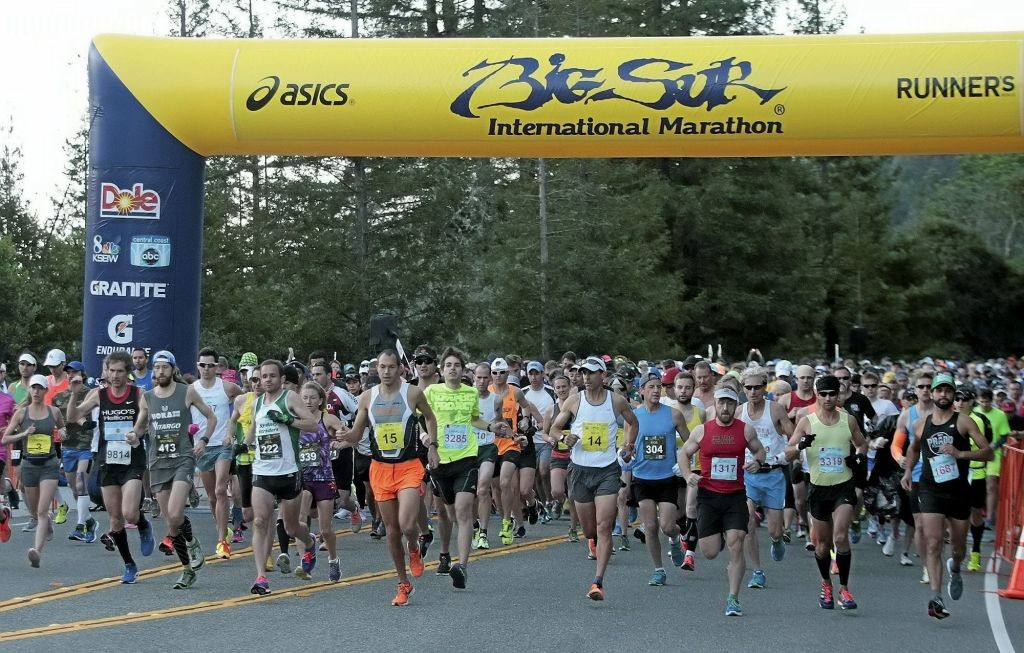
GROUPS & COUPLES: Registration takes place 7/15 – 7/23 with results announced on 7/25. This category is for groups of two to 15 people who want to participate only if everyone in the group is chosen.
LOYALTY: Registration open from 7/26 – 8/5; results announced 8/6. For those who have finished one or more 26.2-mile Big Sur Marathons.
LOCALS: Registration open from 7/29 – 8/7; results announced 8/8. For both veteran and first-time marathoners whose primary residence is in Monterey County, CA (939XX zip code).
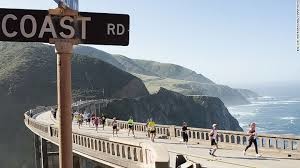
FIRST TIMERS: Registration open from 7/31 – 8/11; results announced 8/12. For those who have never finished the 26.2-mile Big Sur Marathon.
LAST CHANCE: Registration open from 8/12 – 8/20; results announced 8/21. For anyone not selected or who didn’t participate in earlier drawings.
There is no fee to enter any of the drawings.
Login to leave a comment
This is a tough marathon with a beautiful course. For sure a bucket-list race. - Bob Anderson 7/10 9:56 pm |
Big Sur Marathon
The Big Sur Marathon follows the most beautiful coastline in the world and, for runners, one of the most challenging. The athletes who participate may draw inspiration from the spectacular views, but it takes major discipline to conquer the hills of Highway One on the way to the finish line. Named "Best Marathon in North America" by The Ultimate Guide...
more...The Run The World Global 52-week Challenge has finished. The team logged 122,123 miles or 335.5 daily. Michael Wardian was first American and Kenyan's Eliud Esinyen ran the most miles averaging 15.7 miles daily logging 5,738
Run The World Global Challenge is a world-wide celebration of running. The program was started by Bob Anderson one year ago, July 4, 2018. Since that time 281 runners around the world ran or walked and then logged 122,123 miles. This equals 335.5 miles daily or 2,348 miles weekly for 52 weeks which equals 4.9 times around the world.
"One of the key reasons we started this program," says creator Bob Anderson, My Best Runs and Runner's World magazine founder, "was to motivate people, bring together runners from all over and to run miles all over the world."
That all happen. Runners from 20 countries participated, miles were run in 75 countries and it certainly motivated many runners to run more miles than they were running before.
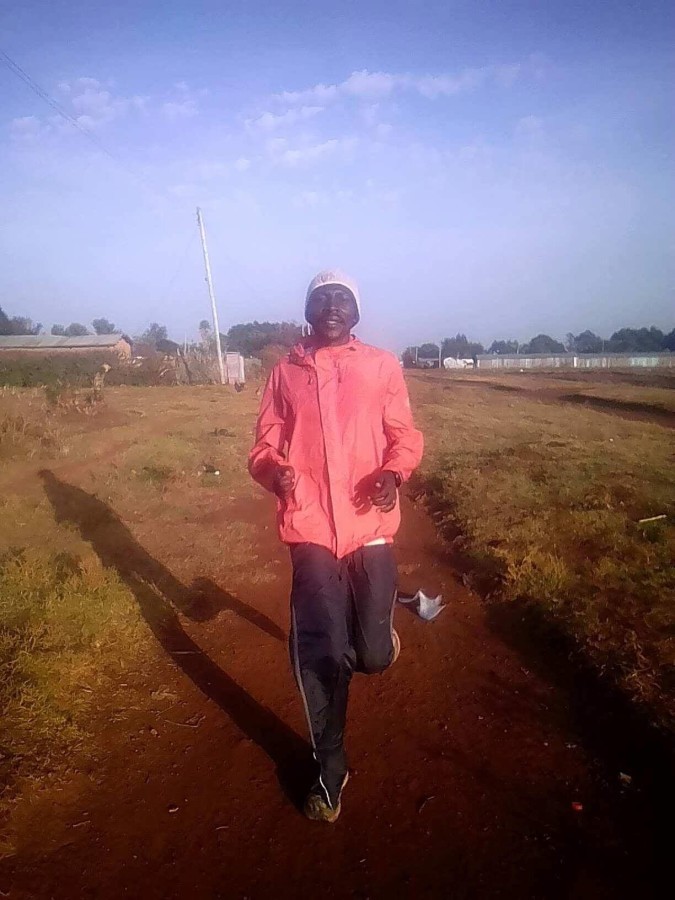
53-year-old James Kalani had not run much over the last few years and then he entered the RTW Challenge. After getting in good shape over several months, he started pushing it for Challenge #5 which started March 31. Over the last 94 days he ran and logged 1536 miles. That's 114 miles weekly. It was not just covering miles, many were quality. On June 16 he ran 30.6 miles at an average pace of 6:41 per mile.
Before the RTW Challenge creator Bob Anderson was running on average 20 miles weekly. "I got so motivated by this challenge," says Bob. "I looked forward to running not just one time daily but often I would run two or three times. I took a photo everyday and posted it in our Runner's Feed. I also read every post and commented on each for the whole year. I have been running since 1962 and have run nearly 1,000 races. I am an addicted runner but I needed something new and this was it."
In the end Bob averaged 5 miles daily or 35 miles weekly for a total of 1830 miles for the year. With the added miles he also improved his racing performance. He ran 7:54 pace for 10k and placed third 70 plus at the London 10,000 in May. A race with nearly 20,000 runners.
The RTW Challenge team did some amazing things during the year. 69-year-old Brent Weigner lives in Cheyenne Wyoming but many of his 2036 miles were run outside of the United States. In fact Brent ran miles in 30 different countries.
The most miles were run and logged in the United States. The top five countries were: United States (64,899 miles), Kenya (24,066 miles), Palau (8,242 miles), India (7,423 miles) and South Africa (6,765). The amazing story here is that the little country of Palau has less that 22,000 inhabitants and placed third. Their team leader Aaron Salvador logged 1,584 miles himself and encouraged his team to run and log.
The team leader for South Africa, Liz Dumon, is the key reason why her country placed fourth. She herself ran and logged 1000 miles. Liz encouraged people to sign up. In fact our youngest members were twins she recruited along with mom and grandma. The 7-year-old twins Jonathan (logged 118 miles) and his sister Michelle (logged 100 miles) had loads of fun and posted regularly in the Runners Feed. Their dogs joined in on the fun too. (Third photo of twins with Grandma)
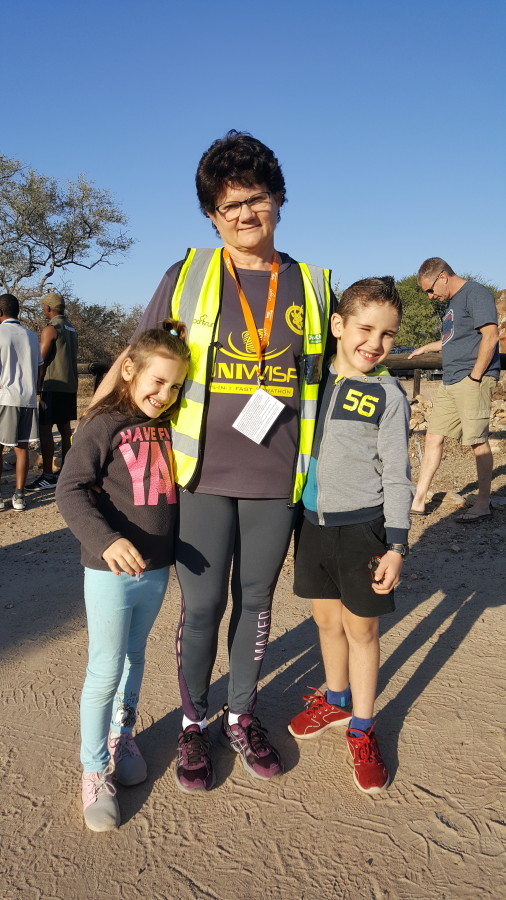
Their 56-year-old grandma (Johanna Fourie) logged 672 miles and placed 10th for females. Right behind her was mom (Erika Fourie) with 625 miles.
Who said age is just a number? The top three overall females were 65 plus. Placing first was 68-year-old Kat Powell (USA). She logged 1271 miles. Not far back was 69-year-old Linda Robinson (USA) with 1145 miles followed by 65-year-old Carmella DiPippa (PW) with 1040 miles. Sixth female was 71-year-old Karen Galati (USA) who logged 835 miles.
On the men's side there were so many stars. 35-year-old Kenyan Eliud Esinyen averaged 15.7 miles daily or 110 miles weekly (second photo). Many times he ran three times daily. On April 21 he ran a marathon on a tough course at high altitude clocking 2:22:46 which is 5:27/mile pace. On January 27 he ran a 10k clocking 31:05. Eliud ran and logged the most with 5,738 miles.
Kenya's team leader Willie Korir (27) placed second overall with 5195 miles. He also posted images regularly in the Runners Feed along with comments. He also wrote several stories for My Best Runs Running News Daily column including finding inside information about the king of the marathon, Eluid Kipchoge.
The first American and third overall was 45-year-old Michael Wardian with 3618 miles (frist photo). This ultra star pulled off many amazing feats during the year. Most recently on June 29 he ran 89.9 miles around Washington DC. On May 4th he ran 62.14 miles at 7:14/mile average pace in Sacramento. He ran the Big Sur Marathon in 2:35:18 making the podium. He had run the Boston Marathon earlier a little faster clocking 2:33:23.
In March he travelled to Israel and posted the fastest known time on the 631-mile Natoinal Israel Trail. He covered this distance in 10 days, 16 hours and 36 minutes. Earlier he not only ran seven marathons on seven continents in seven days (winning them all) he tacked on three more marathons when he got home. That's ten marathons in ten days. He is the complete runner with a wide range. On Feb 10th he ran a 5k in 17:01.
"Michael is one amazing versatile runner and we were happy when he decided to join our team," says Bob Anderson.
Second American and fifth overall was 75-year-old Frank Bozanich who logged 3523 miles. Frank has run many ultra races over the years and have won many. Lots of these miles were not real fast compared to what he has done before. But on July 30th last year he ran 20 miles in Reno in two hours and 43 minutes. That is an 8:09/mile pace.
Finishing in seventh place was 72-year-old Paul Shimon who logged 2835. Like so many of our team, Paul had to deal with a lot of bad weather in Kansas during the winter. But he layered up and got in the miles.
Michael T Anderson (61) placed eighth overall logging 2,798 with lots of fast times along the way. He has run over 130,000 miles in his lifetime so far. On June 8th he ran 19:13 for 5k in Atlanta where he lives. On April 28 he clocked 39:25 for 10k.
"The fastest runner on our team was Joel Maina Mwangi," says Bob Anderson. This 34-year-old Kenyan placed 13th overall with 1,953 miles logged. On March 10 he ran a 30:14 10k in Torino Italy. He ran six half marathons under 1:05. His fastest was run in Aosta, Italy where he clocked 1:02:50 on September 30.
"There are as many amazing stories," says Bob Anderson. "I am glad our event is helping motivate runners all over the world. I am looking forward for year two."
What's next? Run The World Global Challenge #6 will be a 10-week program. There is no entry fee. You just need to have a free My Best Runs (the sponsor of this program) account and sign up for Run The World.
Login to leave a comment
Run The World Global Challenge
Run The World Global Challenge (My Best Runs Running Log)is a world wide celebration of running. RYW Challenge 14 started Jan 1, 2026 and will go the entire year ending Dec 31, 2026. See how many miles you can log of running and walking. The continuing RTW1 Challenge started July 4, 2018. Participants run or walk and then log in...
more...Jordan Tropf was not well known by others at the Big Sur Marathon but he took the lead from the start and pulled away to the finish
The Big Sur International Marathon had more than 4,000 runners tackle the 26.2-mile course along the Pacific Ocean on Sunday.
Jordan Tropf was the winner clocking 2:25:21.
This is the first year in a long time that a new face has won the marathon.
D'Ann Arthur, 31, of Redondo Beach won the women's overall division clocking 2:45:41. Arthur is in residency for orthopedic surgery in Southern California.
Tropf is a Navy doctor from Silver Springs, Maryland, who said that he set a personal record on Sunday. He was the race leader from start to finish.
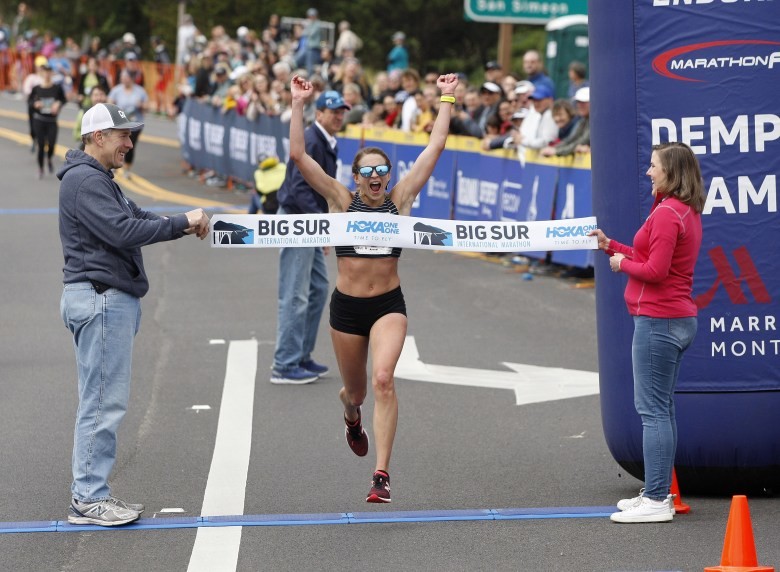
Defending male champion and local favorite, Adam Roach, 33, of Pacific Grove, placed second. Michael Wardian placed fourth and was first master.
Adam and Michael have dominated the annual race the past few years, having won the last seven races between them. But Wardian told Roach before the sun came up Sunday to be aware of Jordan Tropf, who won the Baltimore Marathon in 2017.
“I didn’t know he was even in the race until Michael mentioned him on the ride out,” said Roach, a Pacific Grove resident.
Tropf wasn’t on the list of elite runners entered in the race, although he is ranked among the nation’s top 200 marthoners having run 2 hours, 27 minutes and 23 seconds at the Boston Marathon on April 15 and 2:26.45 in the Marine Corps Marathon in October.
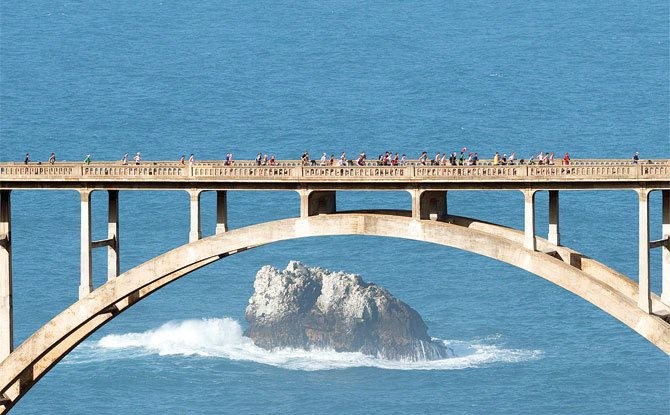
But Roach wasn’t sure which runner Tropf was until a few miles into race. By then, the Navy doctor had become a blur ahead of him, running off with the men’s division in 2:25:22.
“I had set a goal to get under 2:30,” said the 27-year-old Tropf, who is in the Naval Academy. “I just went out and ran my race and didn’t worry about anyone else.”
D’Ann Arthur of Redondo Beach didn’t let a night out for a wedding slow her down, as she went out and won the women’s race in 2:48.40 — nearly 13 minutes faster than last year’s winning time.
Tropf set a blistering pace that caught Roach — a five-time champion at Big Sur – off guard. He led from the start and gradually extended his lead throughout the 26-mile, 385-yard majestic course.
Running a 5:32 mile pace, Tropf’s time was nearly four minutes faster than Roach’s winning time last year and over five minutes faster than Wardian’s winning time in 2017.
Login to leave a comment
Big Sur Marathon
The Big Sur Marathon follows the most beautiful coastline in the world and, for runners, one of the most challenging. The athletes who participate may draw inspiration from the spectacular views, but it takes major discipline to conquer the hills of Highway One on the way to the finish line. Named "Best Marathon in North America" by The Ultimate Guide...
more...Gene Dykes, 71, is looking to break the Big Sur International Marathon record for his age group this weekend
For someone who has done two marathons 24 hours apart, two weeks between Boston and Big Sur may seem like an eternity for Gene Dykes.
Unlike others that have challenged themselves by doing the two marathons in a short time span, it’s not the reason Dykes is running in Sunday’s 34th Big Sur International Marathon.
Instead, the Philadelphia resident is calling it unfinished business from his last trip out west to run the world-renowned course.
“They took my record away when I was 65,” Dykes said. “I owned the course record in my age class for about two months. Then it was discovered on paper that someone ran faster years earlier.”
Ray Piva set the record in the 65-69 age division in 1992 at 3 hours, 10 minutes. Dykes ran 3:26.44 in 2013.
Dykes, 71, can’t get that record back. But he’s looked at the record in the 70-older division — 3:46.36 by Heinrich Gutbier in 1997. His eyes are set on rewriting the mark, adding to his mantel of record-setting accomplishments of late.
“I shouldn’t have trouble beating that mark,” said Dykes, who broke the Boston Marathon record in his age group on April 15, clocking 2 hours, 58 minutes, 50 seconds. “It’s how fast do I want to go.”
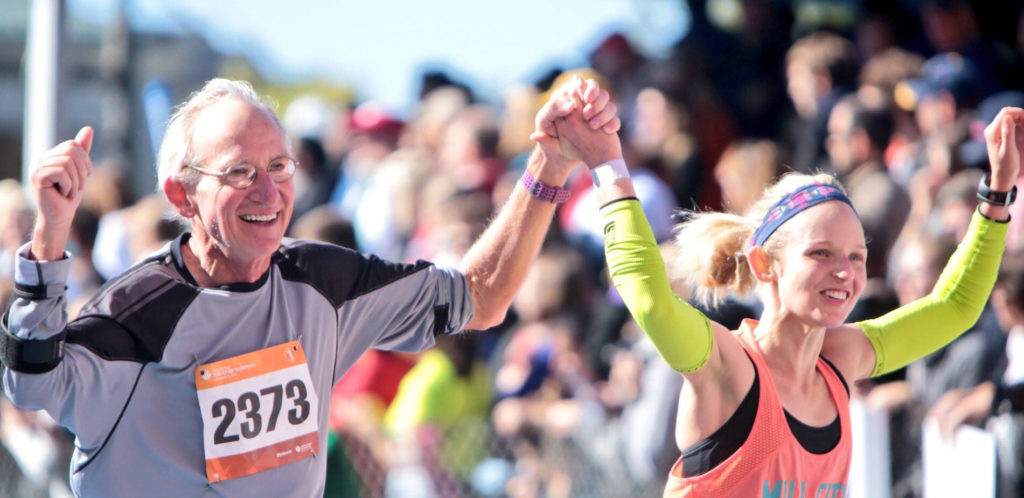
What could derail Dykes from shattering the record is he will run the race with his daughter, who is roughly 30 minutes slower than him in a marathon.
“It will depend on how long we run together,” Dykes said. “I’m going to try and get her to run a little harder in the first half. Then I’ll do a negative split the last half of the race.”
While Dykes is six years older than during his last appearance on the Monterey Peninsula, he’s gotten faster covering marathons of all kinds. Most of his personal bests have come in the last year.
“I hired a coach a few years back,” Dykes said. “I just keep dropping time. It’s more of a retirement achievement.”
This will be Dykes’ third crack at Big Sur, but the first time he’s running it after tackling Boston in the same year.
“I guess I’ve always wanted to do Boston-Big Sur,” Dykes said. “Running marathons close together is nothing new to me. It seemed like a good time to do it. Two weeks is plenty of time to recover.”
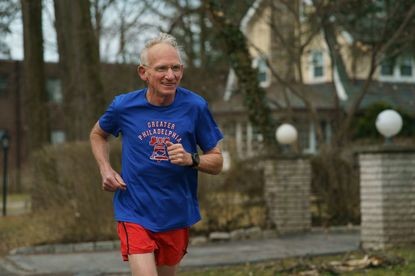
Dykes’ accomplishments as an ultra distance runner have gained nationwide attention. Last year, the Wall Street Journal labeled him “Earth’s fastest 70-year-old distance runner.”
After setting the record at Boston, men’s winner Meb Keflezighi tweeted “Special shout out to 71-year-old Gene Dykes, who ran an outstanding 2:58.50.”
For someone who didn’t run his first road race until 12 years ago, Dykes has become one of the top ultramarathon runners in his age class in the world.
“I was a jogger my whole life,” Dykes said. “I wasn’t very good in track in high school or college. I was a mediocre runner at best. So I golfed and bowled a lot. I jogged for fun.”
That is until Dykes got in with what he now jokes as a bad crowd — a group of runners, who talked him into his first road race, a half marathon in 2006.
From that point, running became an addiction. Dykes ran well enough that his time allowed him to bypass the lottery for the New York Marathon.
“I could not pass that up,” Dykes said. “So I ran my first marathon. I ended up earning a qualifying time for Boston. So I had to do that.”
By his estimation, Dykes will do 10 to 20 road races a year ranging from 200 miles to the regular 26-mile, 385-yard marathon.
“I race longer and more frequent,” Dykes said. “I’ve done five 200 milers. It’s an endurance race. The clock is running. You run when you can and sleep when you have to. I’ve done them in four days.”
Six weeks before Boston, Dykes completed a 200-mile race, a 100-mile event and two 50-mile races in 2019.
“Every year I try and stretch the boundaries,” Dykes said. “I don’t know if I can do it. So there’s only one way to find out. The hardest part is finding time to sleep. Four hours over four days isn’t much.”
Dykes comes into each race with a plan. After completing his ultra road races — totaling 400 miles — he began preparing for Boston with the mindset of breaking the record in his age division.
“I told my coach you’ve got six weeks to get me under three hours at Boston,” Dykes said
by John Devine
Login to leave a comment
Big Sur Marathon
The Big Sur Marathon follows the most beautiful coastline in the world and, for runners, one of the most challenging. The athletes who participate may draw inspiration from the spectacular views, but it takes major discipline to conquer the hills of Highway One on the way to the finish line. Named "Best Marathon in North America" by The Ultimate Guide...
more...A 10-year-old fifth-grader, Esperansa Morales won the women's division of the 10-mile Pear Blossom Run
In one of the most remarkable stories in the 43-year history of the Pear Blossom Run, Morales, a 10-year-old fifth-grader from Klamath Falls, won the women's division of the 10-mile race Saturday in front of Medford City Hall.
Although documentation of the ages of all previous winners wasn't readily available, there's little question Esperansa Morales is the youngest women's victor.
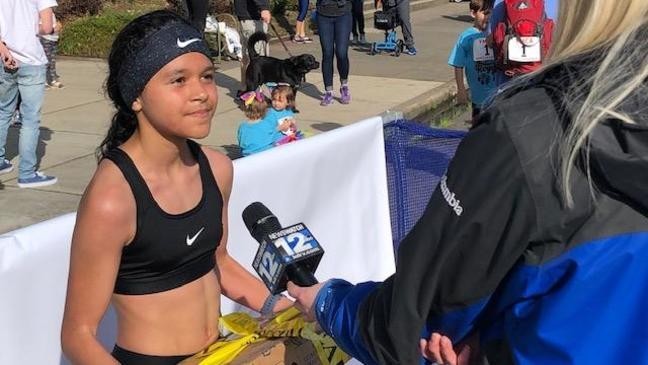
“That's crazy,” said Desiree Piter, the 28-year-old runner-up who captured the women's 5K last year before entering the 10-mile for the first time in seven years in the event. “She's super fast. She's got a lot of potential. I'm really proud of her.”
Morales' father, Sergio, himself a renowned distance runner in the Klamath Basin and a coach and constant training partner of his daughter's, was no less impressed.
As he often does, Sergio raced alongside Esperansa.
“Yeah, that’s incredible, right,” he said, referring to her winning the Pear Blossom at such a young age. “We didn’t expect that. That’s a big surprise.”
It was a performance for the ages.
Morales, who attends Mills Elementary School and will celebrate her birthday May 31, completed the slightly revamped course in 1:03:24 which is 6:21/mile.
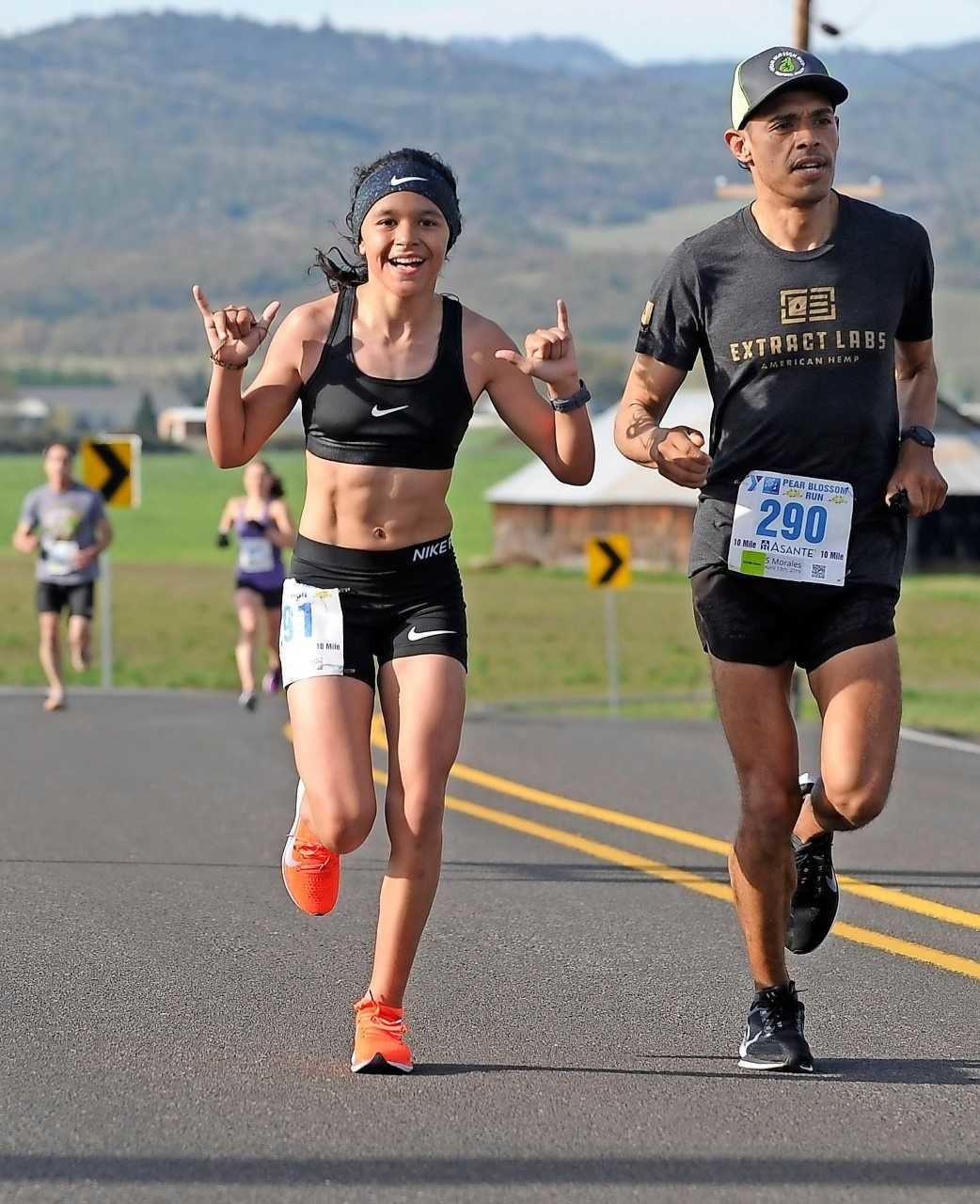
The last time she ran a 10-mile race was last year, when she was the first entrant as young as 9 to finish Pear Blossom’s marquee race, collecting that age-group record with a time of 1:14:59.
“I do remember there were a lot of people (running) around me,” she said.
Not so this time for the youngster with Olympic dreams.
Morales set out to break the 10-14 age-group mark. She did so by 7 1/2 minutes.
Winning the race was sweet, sweet icing on the cake.
“It’s a great honor, to be honest,” she said.
Login to leave a comment
Pear Blossom Run
This race run by YMCA starts at City Hall and goes through the town of Medford, OR. The first Pear Blossom Run held in 1977 was won by Frank Shorter, Olympic Gold and Silver Medalist. Thanks to Zellah and Jerry Swartsley who founded and led the Pear Blossom Run for the first 35 years. The race grew from 546 to...
more...I used to dislike hills so much - Michael Anderson on Running File 5
I remember my first marathon (Big Sur) and the days before driving the course. It is a very hilly point to point course on hwy one in Northern California.
Flash forward I did finish in just over 4 hrs. They have one hill called "hurricane hill" at the 13 mile mark, I remember getting to the top and saying "efff this, never again will hills be a challenge.”
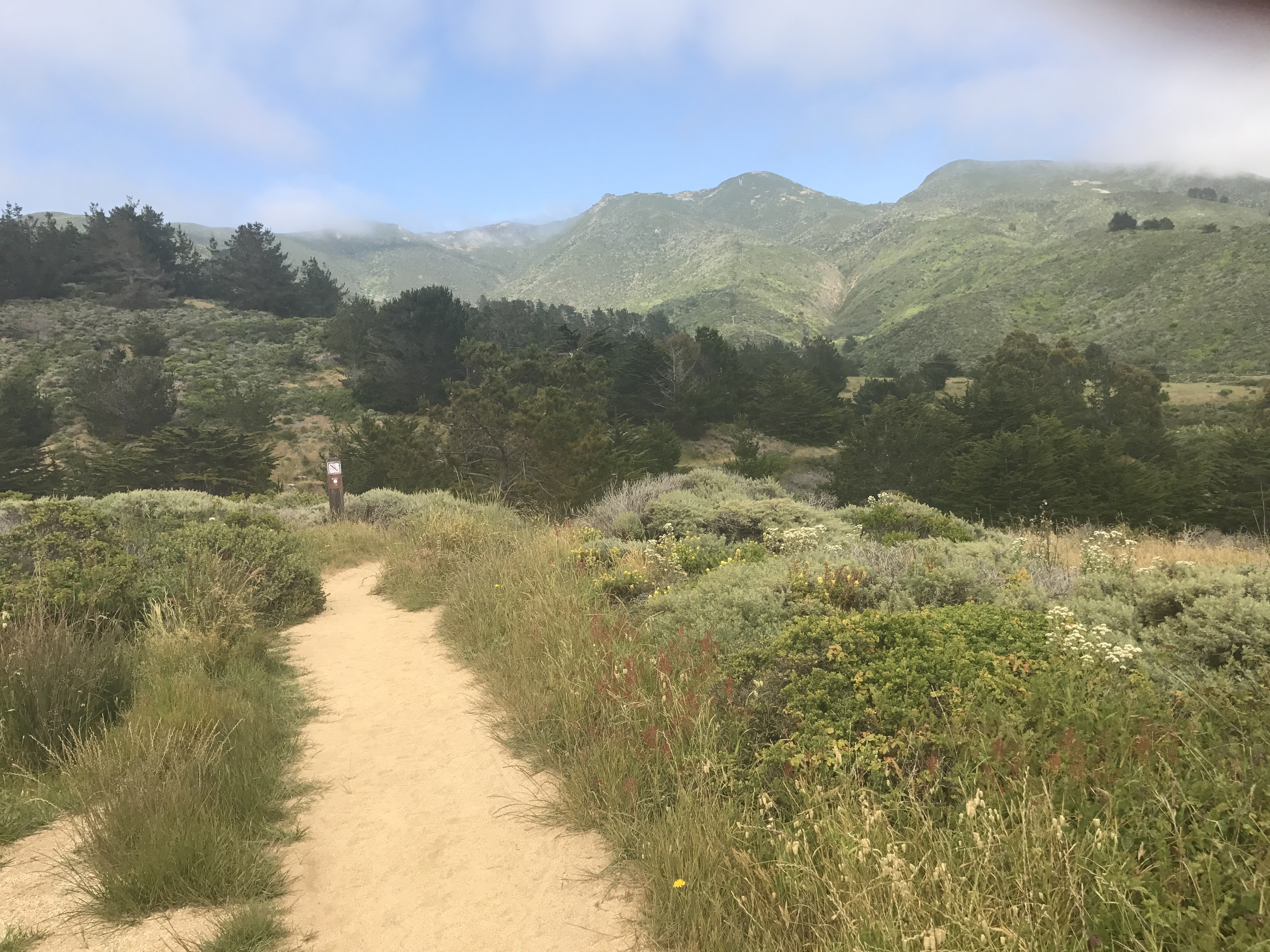
After this race I realized how important hill training is to a training schedule. No matter what you cannot escape hills, they are all around me in my home town.
I can hate them or learn to love them. I decided to love them and take them as mini accomplishments that need to be conquered. You grind it to the top and then look out over the views, it is very rewarding. I go heavy on hills on all my courses as most trail races are all about getting verticals it’s inevitable.
Hills and loving them!
I find the biggest hills near my house and run them regularly. You might not think it is helping you because it seems slow but you need to run hills to handle them. Just do them! But don’t run hills more than twice weekly and put a day or two in between.
I love to put my head down and take it one step at a time, sometimes if it’s a new hill I walk very steep sections and then know what the hard parts are and I can be better prepared on my next time up.
Take it as it comes and never say never. The more you run hills the easier they will become.
Michael Anderson on Running is a regular My Best Runs column.
by Michael Anderson
Login to leave a comment
Big Sur Marathon
The Big Sur Marathon follows the most beautiful coastline in the world and, for runners, one of the most challenging. The athletes who participate may draw inspiration from the spectacular views, but it takes major discipline to conquer the hills of Highway One on the way to the finish line. Named "Best Marathon in North America" by The Ultimate Guide...
more...Happy Course Hunting - Michael Anderson on running File 4
So many times I will be out on a run and spot some path and decide to just take it. This is my way of charting new courses and see where it takes me. Sometimes the path I take leads to a dead end which results in backtracking but most of the time it leads me to a whole new area that I have never been before and some awesome connector to something else.
On Thursday’s run I found such a path which lead me to a huge amount of other trails that are single track. It makes me so excited to explore the area and see what additional course I can chart out.
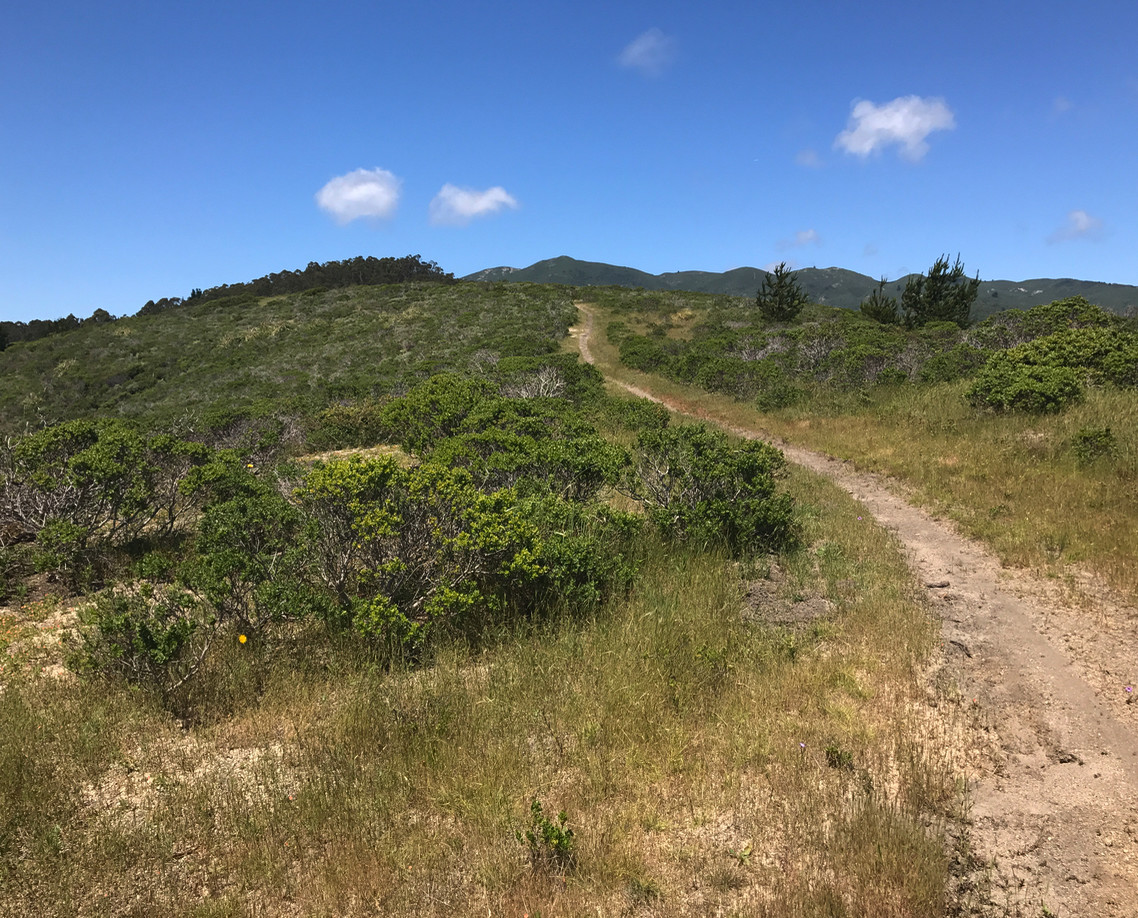
What I love about running is just this, the Exploration of the area, getting the lay of the land on foot that you will never experience driving a car. I just love it. Another bonus of running
Good indications to check out a path
A dirt road that seems to be a connector between two major roadways
A golf course path, but be careful
A Bike path, most cities have them
A hidden trail off the path, this will usually lead somewhere so be prepared that it doesn't twist you around
Happy Course hunting
(Editor’s note: Michael Anderson on running is a regular column covering common sense advice by a lifetime runner. He has run the Boston, Big Sur, San Francisco and Seattle Marathons and has been running most of his life.)
by Michael Anderson
Login to leave a comment
Use running as a way to release stress and quiet the mind - Michael Anderson on Running File 3
Work and life balance can be stressful, so much to do everyday and it seems like there is never enough time to get it all done. We are pulled in every direction and the feeling is one of being in a washing machine.
I can say I suffer with some form of mental despair, its hard for me to shut off my brain.
I feel therapy can be extremely important and its good to have someone to talk with. My advice is not one or the other (therapy or running) but some of both.
Running is a huge form of meditation and can be a perfect way to shut off the brain and focus solely on the task of one foot in front of the other.
Running can lead you to so much beauty especially when you get out on the trails and see true love. When you use running as a way to release stress and quiet the mind you really will see a difference.
Being a recovering alcoholic. running saved my life. Before I would escape with drinks but now I put in the miles and the results are endless life. I do have an addictive personality and I am for sure an running addict and proud of it.
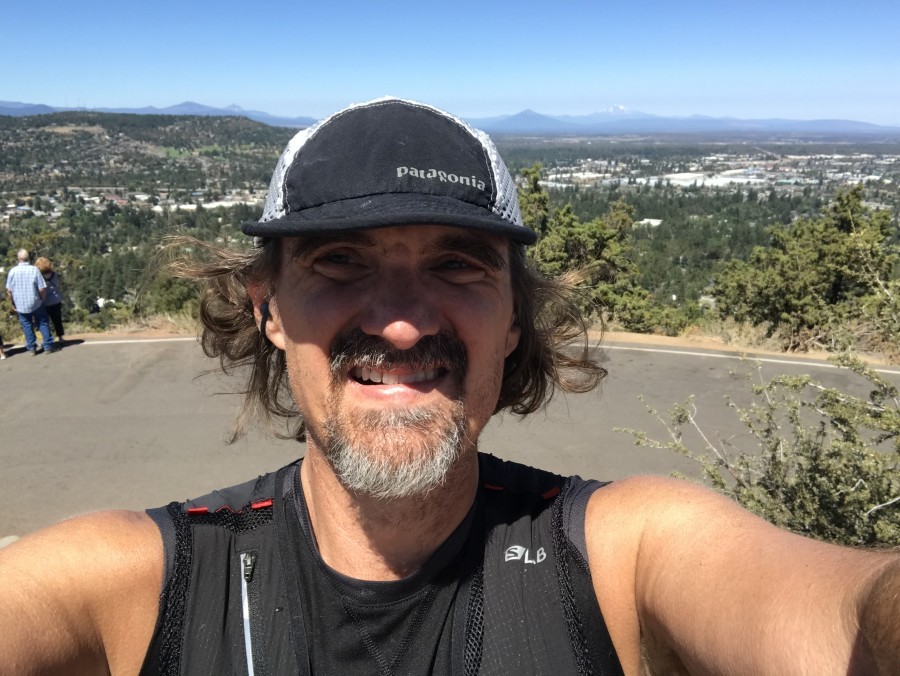
Running reliefs:
Running is the cure for when you feel down on yourself. How can you not feel good after pounding out a mile run and giving back to yourself.
Running is the cure for when you have had a hard day at the office, you gotta release the clutter and reset and a good run gets that done.
Running is a cure for stresses at home, wife and baby (love them) but they can add stress too, running is giving back to you and solely to you.
Running is a cure for the bad habits, (drinking and smoking) running will drop the weight and is such a natural high, best high I have ever experienced.
Happy, sad, glad or mad, Running is great for all of these emotions:
Happy- damn it will feel great to open it up.
Sad- flush out the tears and shed them on the roads.
Glad- damn glad to be out here today.
Mad- put that negative energy into pounding the roads, hit the high moments and release.
ALL good and run on! Michael Anderson on Running
(Michael Anderson has been running all his life. He has run four marathons including Boston, Big Sur, San Francisco and Seattle and has sights on running his first ultra soon. He has participated in all three Run The World Global Challenges and plans to do Challenge 4 starting March 1.)
by Michael Anderson
Login to leave a comment
Gene Dykes has an insane racing schedule for this year from 5k to 218 milles
Gene Dykes, the 70-year-old from Philadelphia whose marathon world record attempt ended in disappointment when he realized the event he chose (the Jacksonville Marathon in Florida) was not USATF-sanctioned has posted his chosen races for 2019 on his Facebook page–all 34 of them. (His 2:54:23 on a certified course is the fastest ever run by someone 70 plus.)
Dykes is as prolific a racer as 2018 Boston Marathon champion Yuki Kawauchi. Here’s what he has lined up for this year: 34 races, consisting of five marathons (including Boston, Big Sur, New York and Philadelphia), 13 ultras (10 of them on the trails, and including no fewer than four 100-milers and a 24-hour track race), and 16 shorter races.
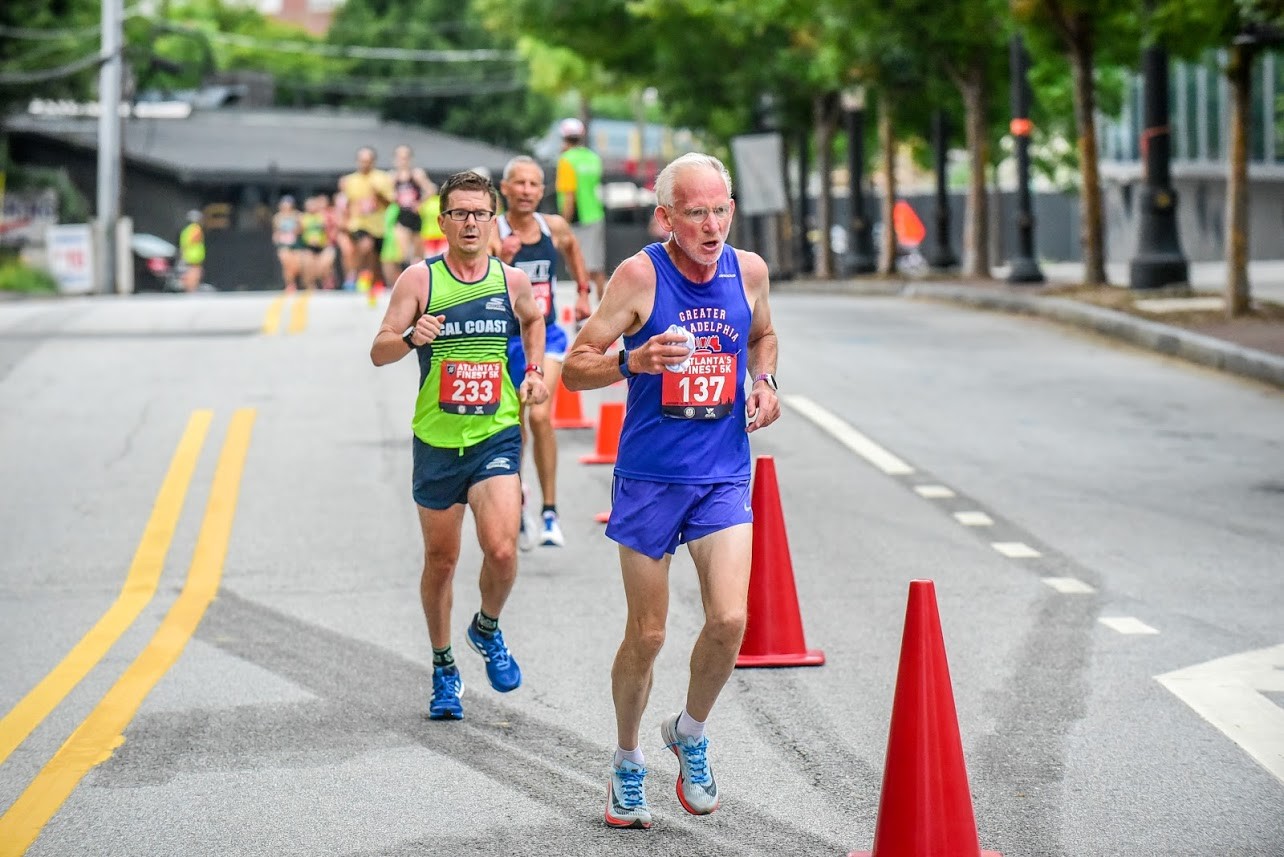
What does not appear on the schedule is another stab at the record he thought he’d bagged in Jacksonville. Though Dykes told us in December that he was planning another attempt at Ed Whitlock’s M70 record at either the Houston Marathon or the Louisiana Marathon (both are January 20), he has now said that’s off, partly because he’s recovering from a fall at the Wild Azalea 50-miler in Louisiana January 5.
Gene wrote on his Strava account, "Trail was particularly treacherous this year. Wet, roots covered in fallen leaves. I went down hard more than a dozen times. I banged up my knee pretty badly at the 30 mile mark but I was able to finish off the next 20 miles.
"I couldn't walk that evening or the next day. Often wondered if I'd ever run again. It's a week later now, and the swelling has mostly subsided."
He did post on Monday that he is feeling just fine now. He was able to run 8.5 miles January 15 at 7:49/mile pace. His next race on his schedule is the Chilly Cheeks 11k trail race January 20.
Login to leave a comment
The Big Sur Marathon Foundation has announced it will be making a donation of $110,550 to Northern California Fire Relief
The Big Sur Marathon Foundation has announced it will be making a donation of $110,550 to the North Valley Community Foundation following the cancellation of the 2018 Monterey Bay Half Marathon. The 16th Annual Monterey Bay Half Marathon, scheduled for Sunday, November 11th, was canceled due to smoke from the Camp Fire, located in Butte County northeast of the Monterey and Pacific Grove race course.
On Wednesday, November 14th, the 7,600 paid entrants in last year’s Monterey Bay Half Marathon were notified of their eligibility to choose one of five deferral or donation options. As of January 1, 2019, roughly 80 percent of these entrants had made their deferral or donation selection. Just over two-thirds of respondents chose to defer their registration to the 2019 Monterey Bay Half Marathon while 25 percent chose to donate $75 of their entry fee to Northern California Fire Relief. The deferral and donation options and the percentage of runners who chose each option are as follows:
67% - Defer my 2018 Half Marathon entry to the November 10, 2019 Monterey Bay Half Marathon
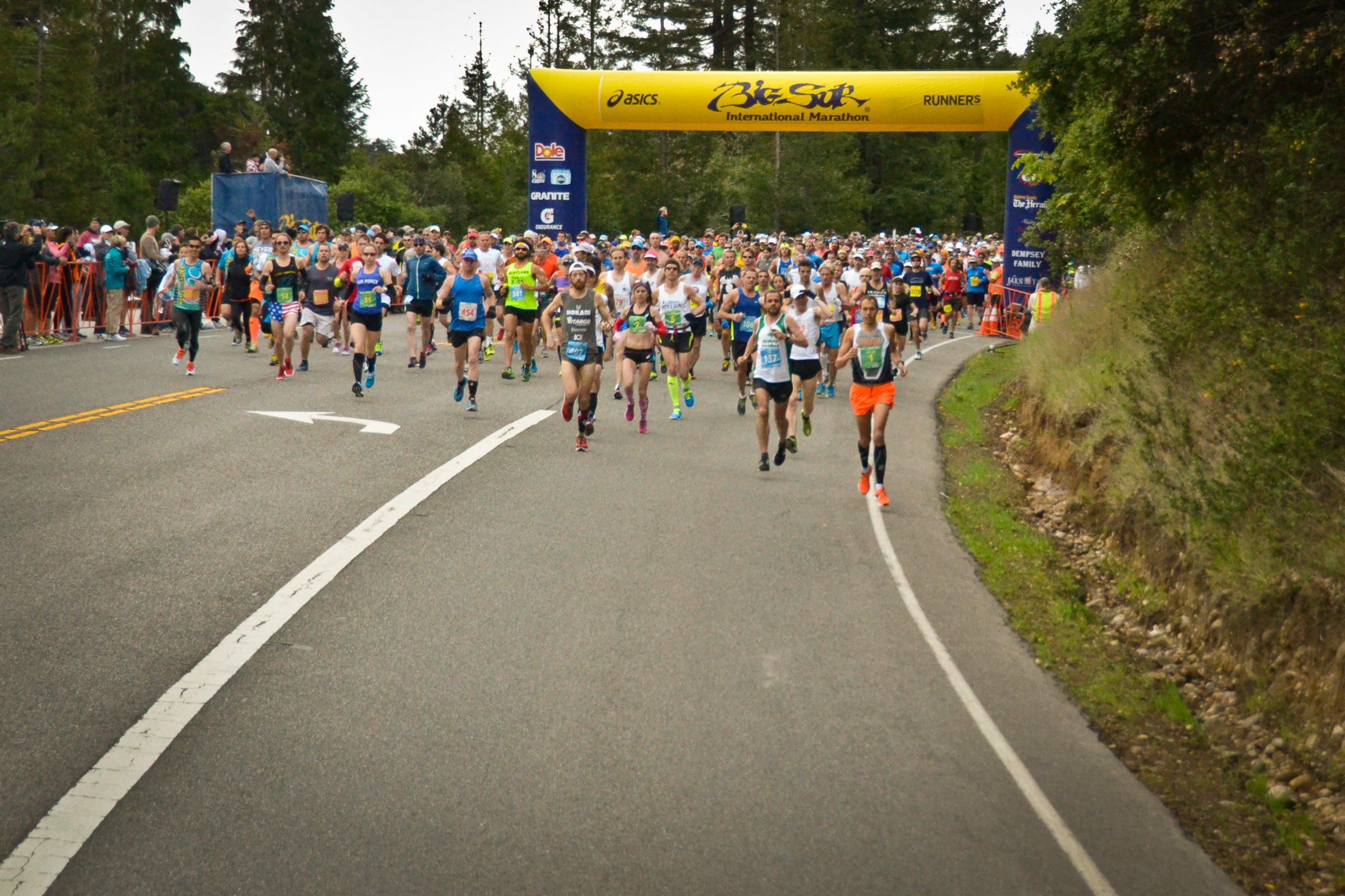
25% - Donate $75 of my entry fee to a non-profit agency supporting Northern California Fire Relief
5% - Defer my 2018 Half Marathon entry to the November 15, 2020 Monterey Bay Half Marathon
2% - Donate $75 of my entry fee to Monterey County charities funded by the Big Sur Marathon Foundation
1% - Defer my 2018 Half Marathon entry to the November 14, 2021 Monterey Bay Half Marathon
“We appreciate the strong response from runners wanting to return to the Monterey Bay area this November and also those who want to help the many folks who were affected by this devastating fire,” said Doug Thurston, Executive Director and Race Director for the Big Sur Marathon Foundation, organizers of the event.
Login to leave a comment
Monterey Bay Half Marathon
The Monterey Bay Half Marathon on Monterey Bay contributes to the Ronald McDonald House, Breast Cancer Fund and Big Sur Marathon's JUST RUN Youth Fitness Program. ...
more...Apple cider vinegar Cayenne tea will give a boast to your running - Michael Anderson on Running FIle 1
This time of the year can be a challenge to not get hit with the flu. For the last year I have been drinking a concoction that helps boost the immune system and fight the nasty. Since I have been drinking the tea my running has taken a huge boost, more energy and less fatigue and better recovery. I have more in the tank.
Apple cider vinegar adds Alkaline to the body A runners workout will create acid in your body and by drinking the tea it helps to add alkaline to your body. High acid in your body leads to fatigue and muscle soreness. By adding alkaline that is in apple cider vinegar, it neutralizes it.
Add Cayenne pepper which will help the blood flow and will help the boost. However, be careful with the Cayenne pepper. Just a little bit goes a long way.
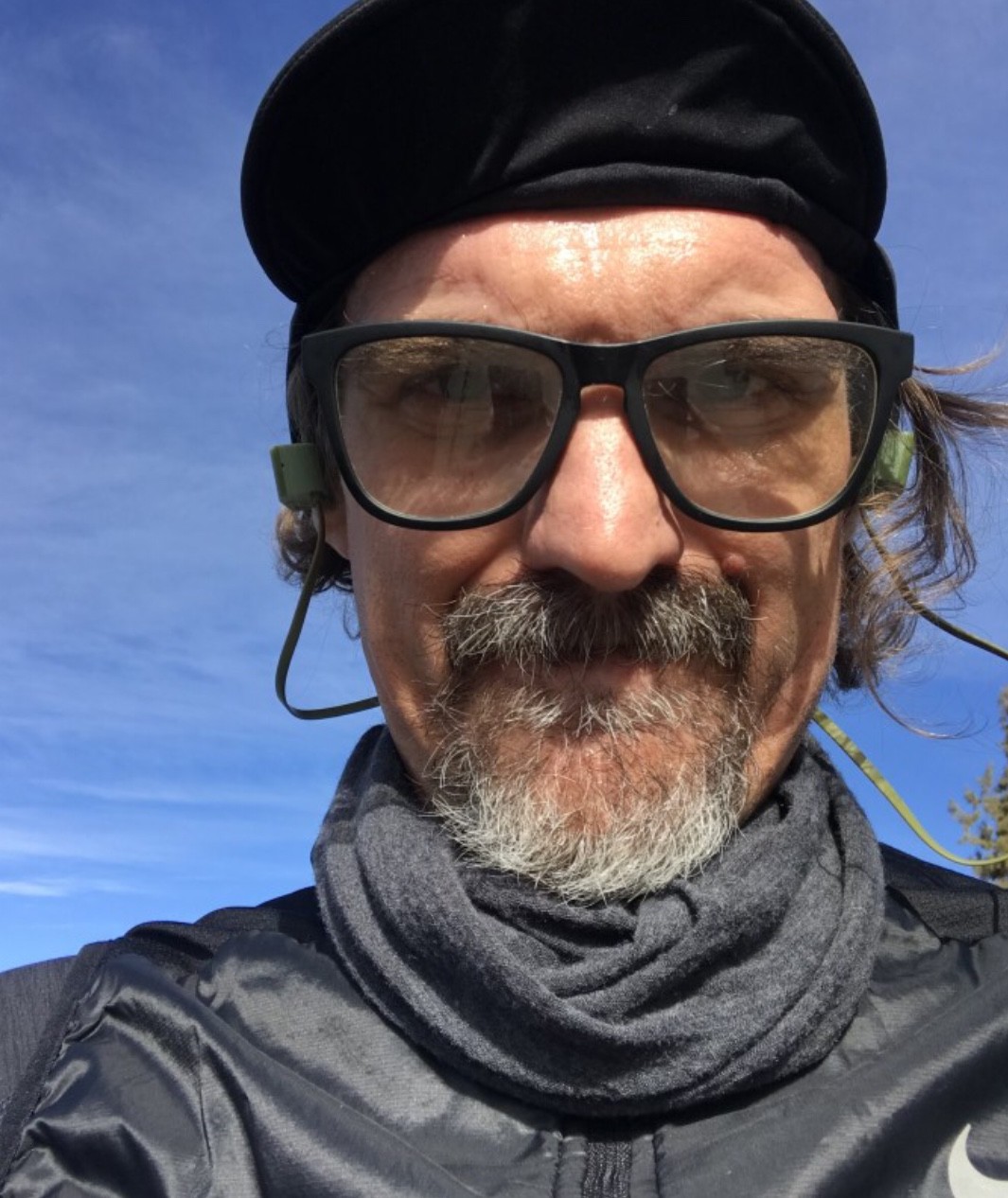
Here is my recipe:
Honey Cayenne Apple Cider Vinegar Drink
1 Tablespoon apple cider vinegar.
2 Tablespoons honey
1 dash cayenne pepper.
2 cups of warm/hot water.
(Michael has been running all his life and has already run the Boston Marathon, Big Sur, San Francisco and Seattle and has his sights set on his first ultra.)
by Michael Anderson
Login to leave a comment
The Salinas Valley Half Marathon has been discontinued by the Big Sur Marathon after almost a decade
Big Sur Marathon Foundation officials have announced that the Salinas Valley Half Marathon is being discontinued after almost a decade.
"The race had a dedicated group of area runners and we regret no longer being able to offer them the chance to enjoy the scenic course and the wine-themed finish festival," Doug Thurston, race director and executive director of the Big Sur Marathon Foundation, said in a statement Thursday. "But despite our best efforts, the event failed to attract participation across the state and region to be able to support other non-profits in the community.”
After eight years of the half marathon, the 2018 event included a shorter 5K run to build more support for the race. But that event didn't draw enough support to make the event financially viable.

The Big Sur Marathon Foundation took over organizing duties from the Salinas Valley Half Marathon foundation in 2016 to increase participation given the popularity of other Big Sur Marathon Foundation events.
Despite the increased incentives, including participants receiving an additional medal for doing multiple Big Sur Marathon Foundation events in one calendar year, participation in the Salinas Valley Half Marathon continued to drop.
“Only 772 (people) entered the last race (in 2018), down more than 50 percent from eight years ago,” Thurston said.
Login to leave a comment
Here are the options for those who entered the Monterey Bay Half Marathon which was cancelled
Login to leave a comment


